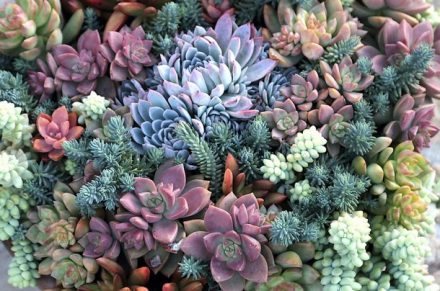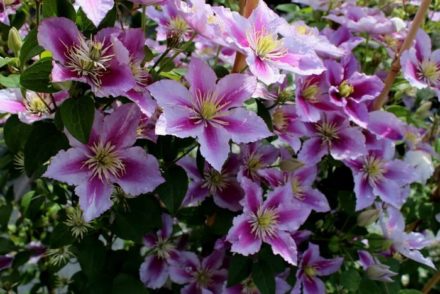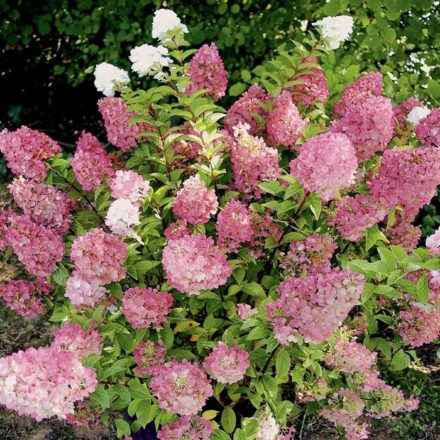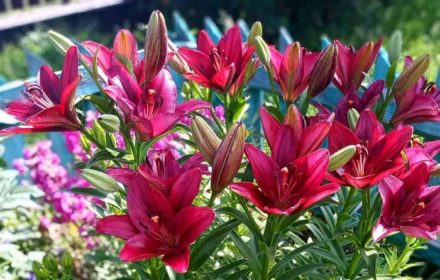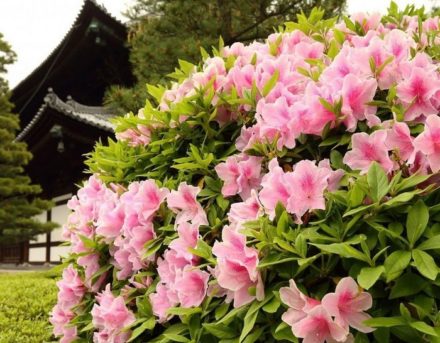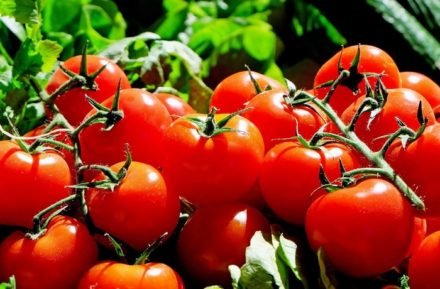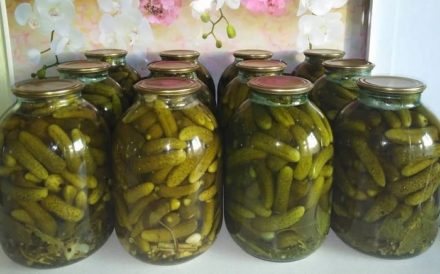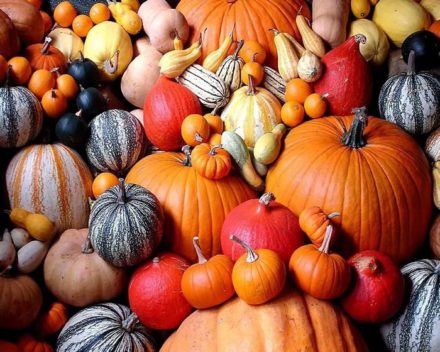Lavender (179 photos): planting and care in open ground and at home
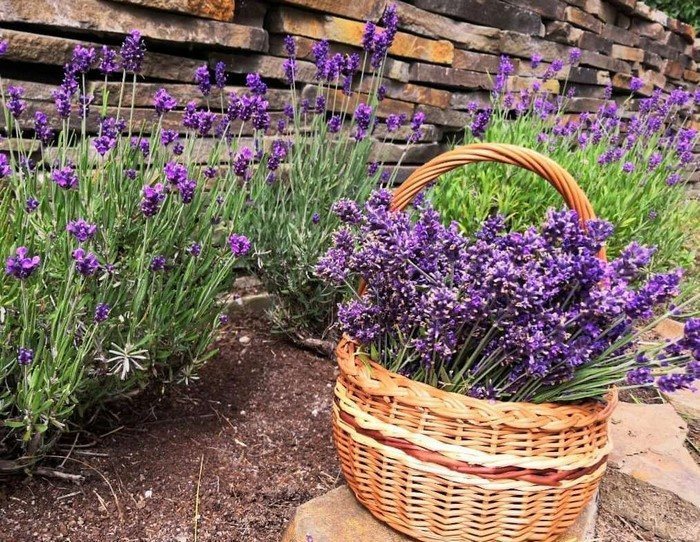
- Lavender is a perennial herbaceous crop that is valued for its medicinal properties and high decorativeness. It is characterized by long flowering and a unique aroma. The Mediterranean is considered the birthplace of the culture, but thanks to selection, species were obtained that can fully develop in a temperate climate. This made it possible to significantly expand the growing area of this unique perennial. Therefore, now lavender can be grown not only in the southern regions, but also in central Russia, the Moscow region, the Urals and Siberia.
- In the article we will tell:
- Botanical description
- Types of lavender and the most popular varieties
- Narrow-leaved or English
- Hidcote Blue
- Platinum Blonde
- Silver Mist
- Munstead
- Hidcote
- Rosea
- Elegance Ice
- Elegance Pink
- Alba
- Crimean Steppe
- Crimean Blue
- Crimean Vdala
- Broad-leaved or French
- Butterfly
- Delight
- Lilac Mist
- Provence
- Elegance
- Fred Booty
- Dutch
- Arabian Night
- Grosso
- Sourers
- Richard Gray
- French
- Yellow Vale
- Rocky Road
- Tahir
- Helmsday
- Bandera Pink
- Toothed
- Royal Crown
- Agnata
- Goodwin Creek Gray
- Multinational
- Normandy
- Yuzhanka
- Home Maintenance Conditions
- Temperature
- Humidity Indicators
- Lighting
- Where to Keep
- Home Care
- Soil
- Container
- Watering
- Fertilizer
- Pruning
- Transplanting
- Dormant Period
- Growing in Open Ground
- Choosing a Location
- Soil
- Planting Time
- Watering
- Fertilizer
- Flowering
- Pruning
- Transplanting
- Preparing for Winter
- Spring ProcessingLavender (179 photos): planting and care in open ground and at home
- Skip to content
- Wash
- Ironing
- Stains
- Cleaning
- Things
- Pests
- Technique
- Storage
Interior
Garden
Adviсe
Lavender (179 photos): planting and care in open ground and at home
Lavender is a perennial herbaceous crop that is valued for its medicinal properties and high decorative value. Characterized by long-lasting flowering and a unique aroma. The Mediterranean is considered the birthplace of the culture, but thanks to selection, species have been obtained that can fully develop in a temperate climate. This made it possible to significantly expand the growing area of this unique perennial. Therefore, now lavender can be grown not only in the southern regions, but also in central Russia, the Moscow region, the Urals and Siberia.
In this article we will tell you:
Botanical description
Rosea
Elegance Ice
Elegance Pink
Alba
Crimean Steppe
Crimean Sineva
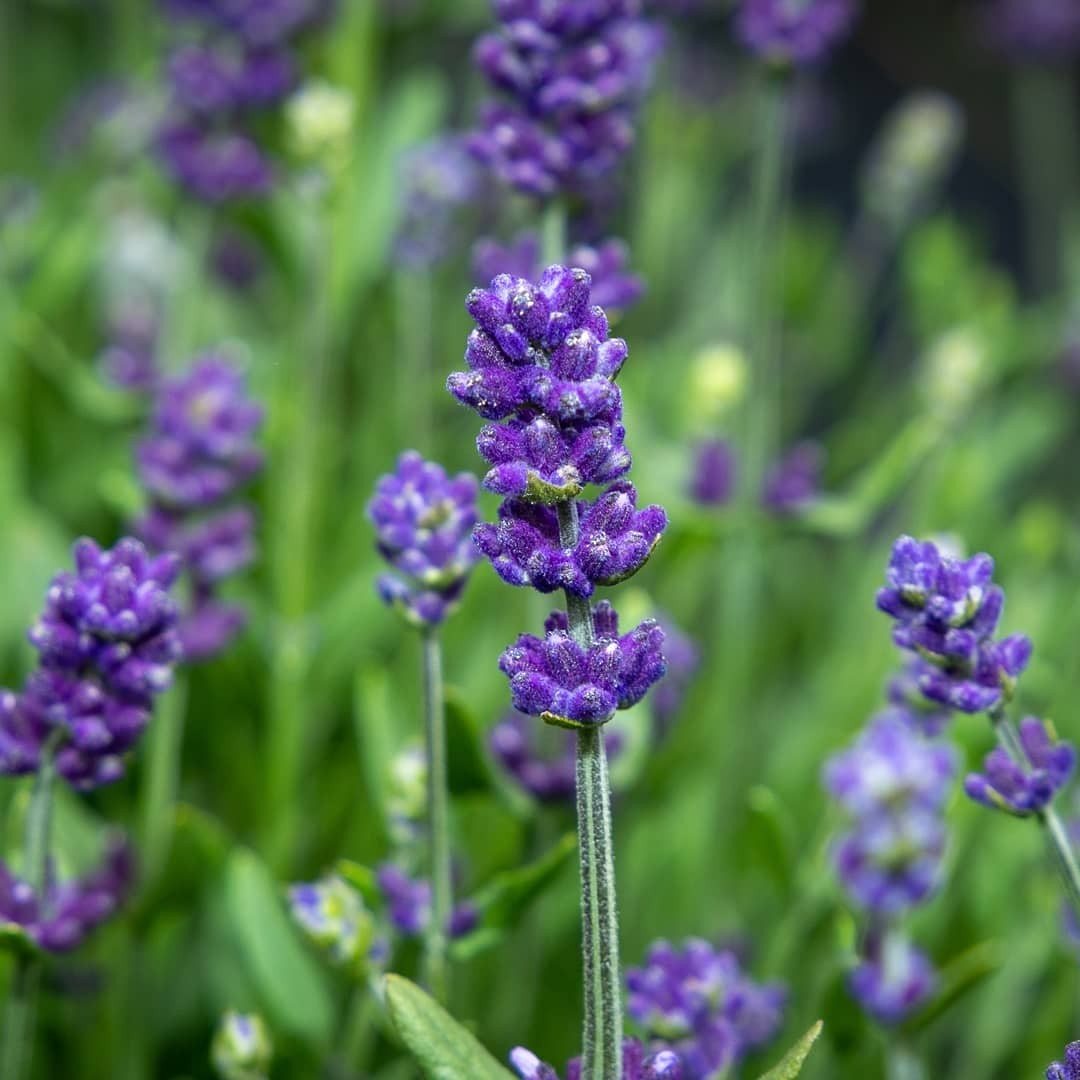

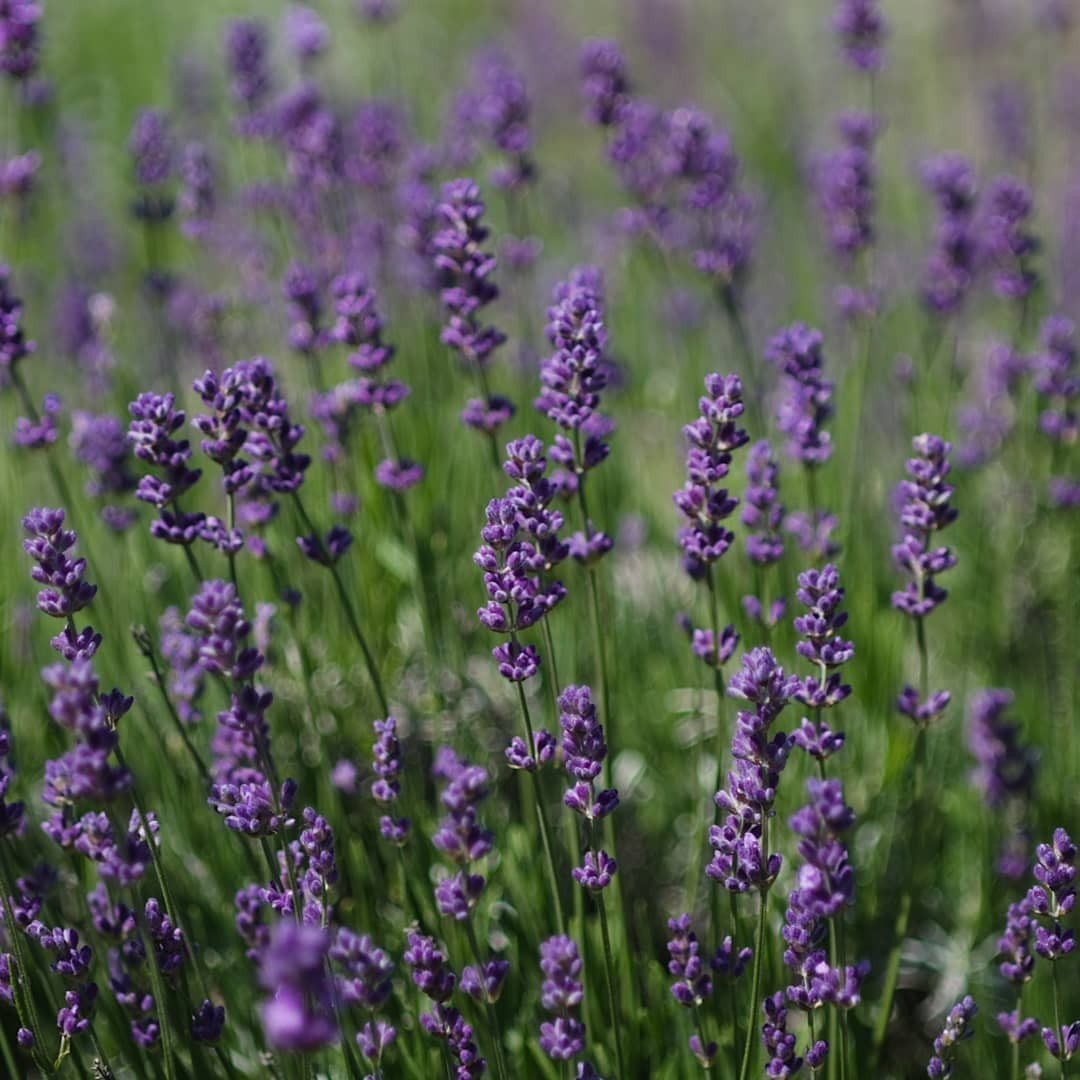
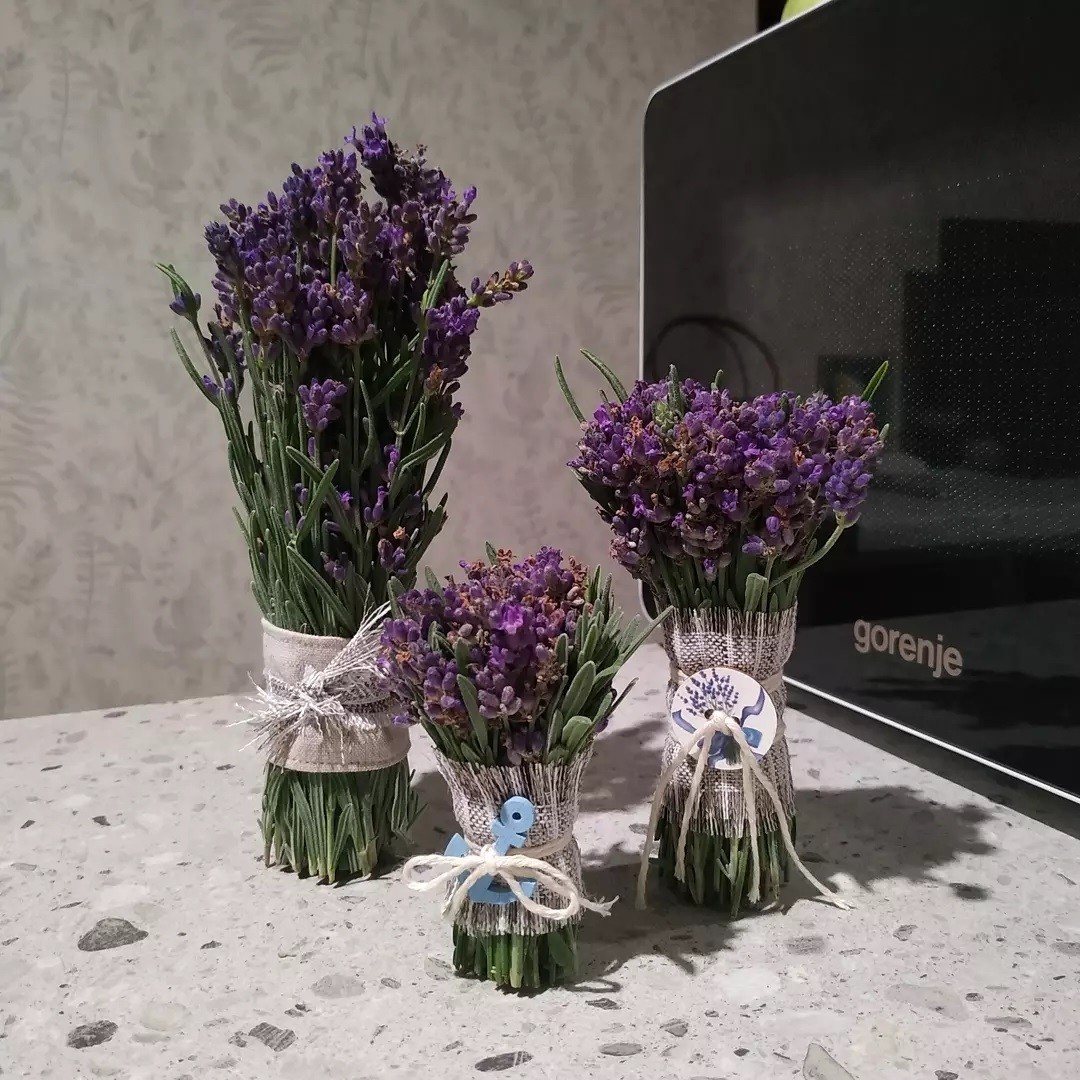
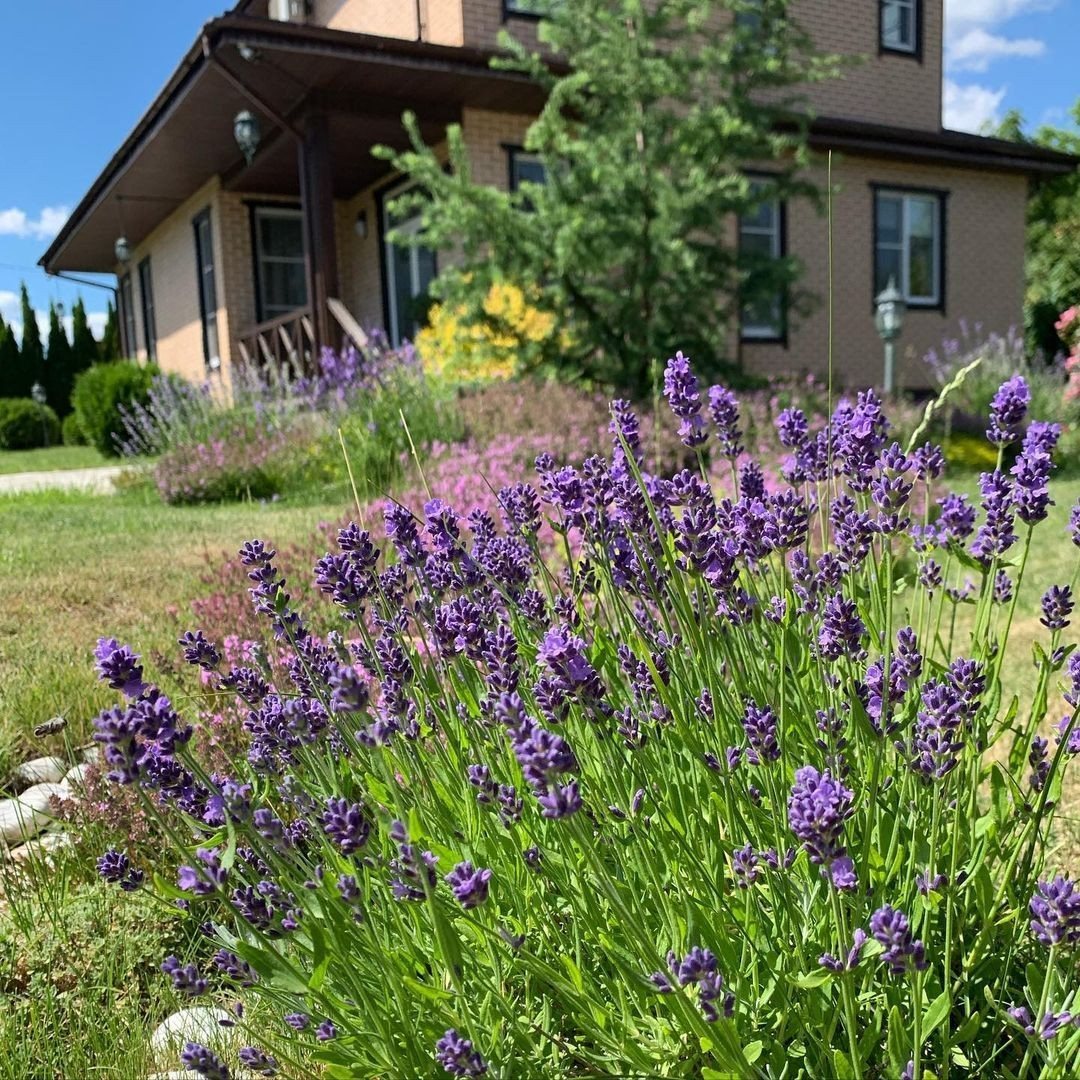





Crimean Vdala
Broadleaf or French

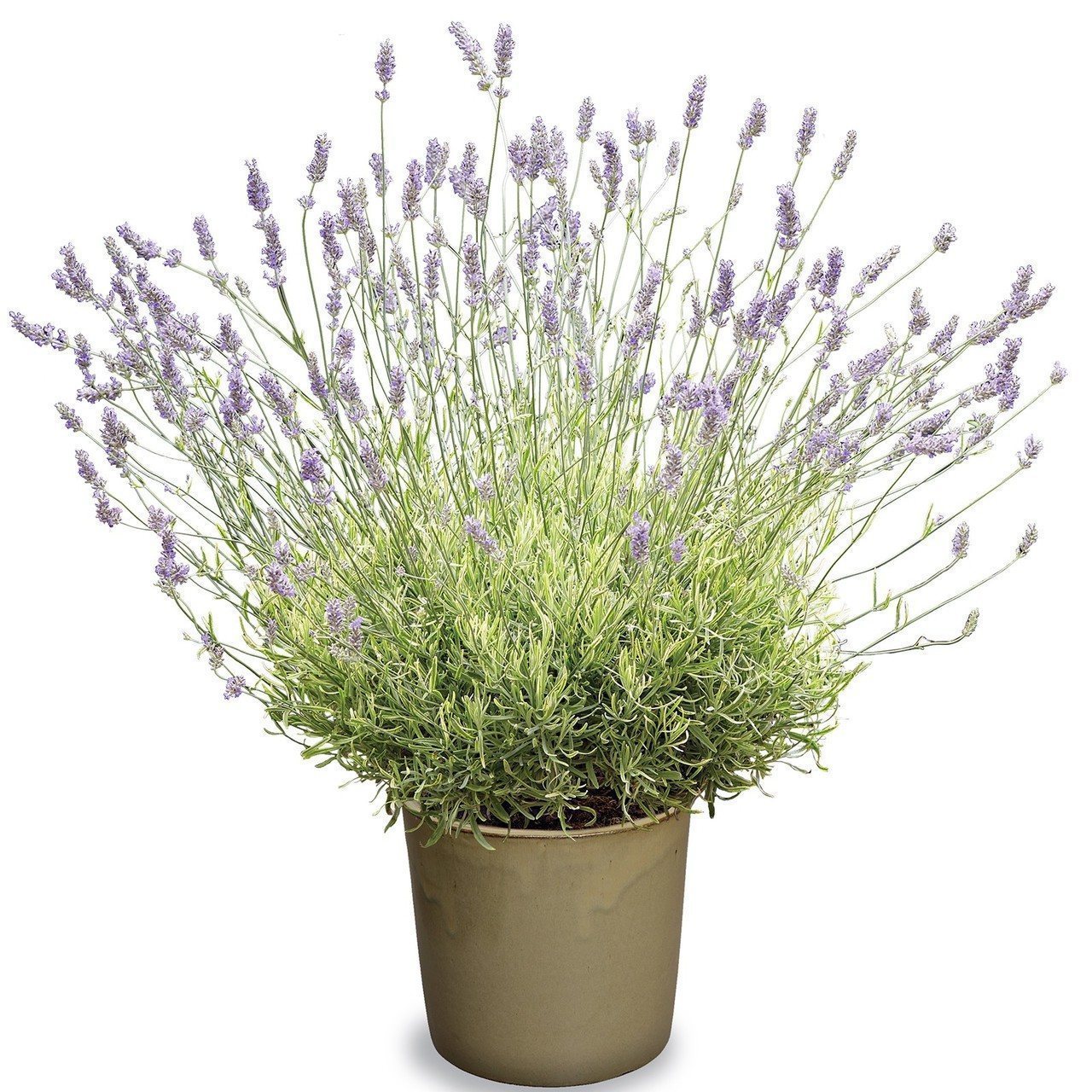
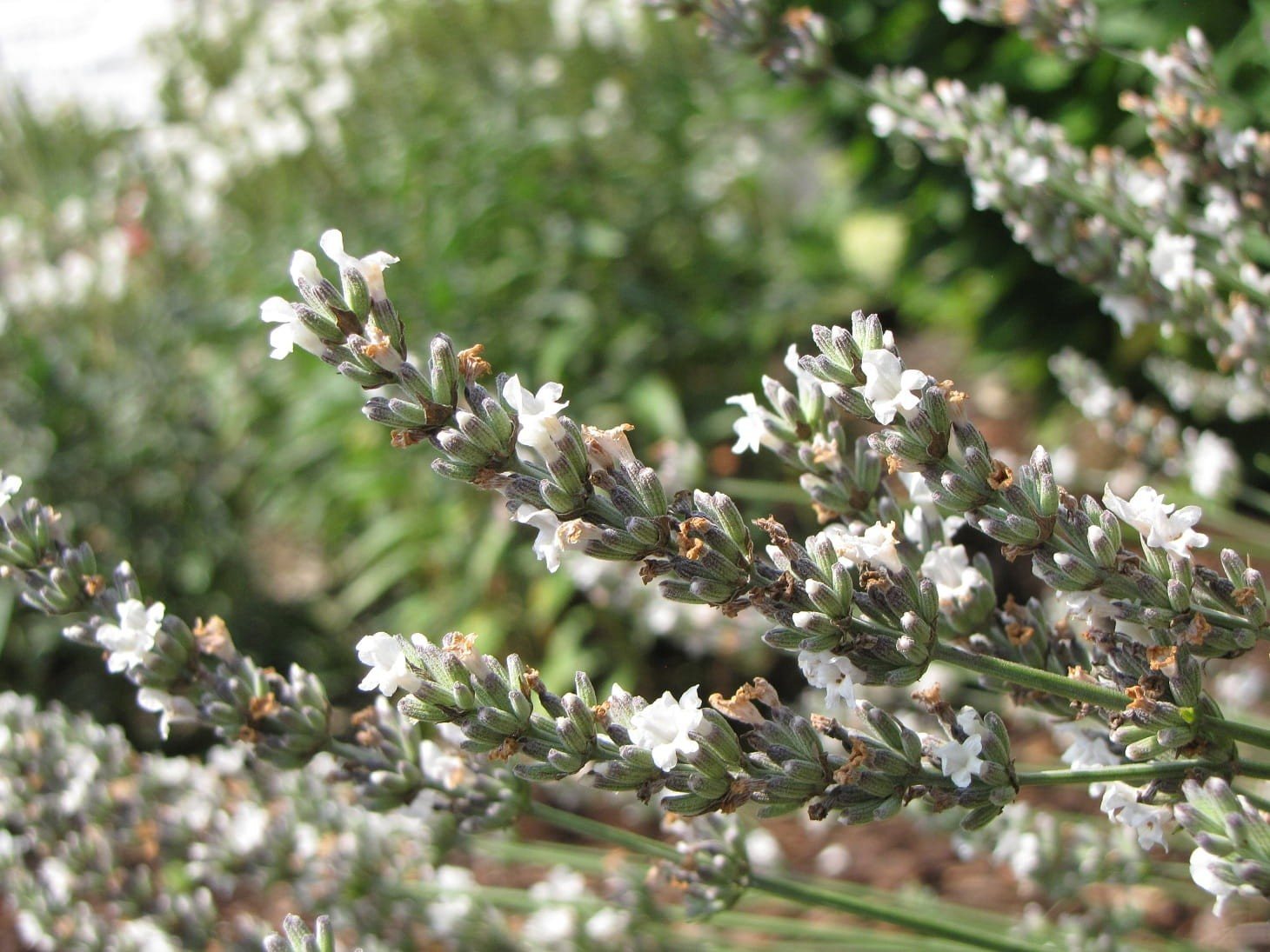
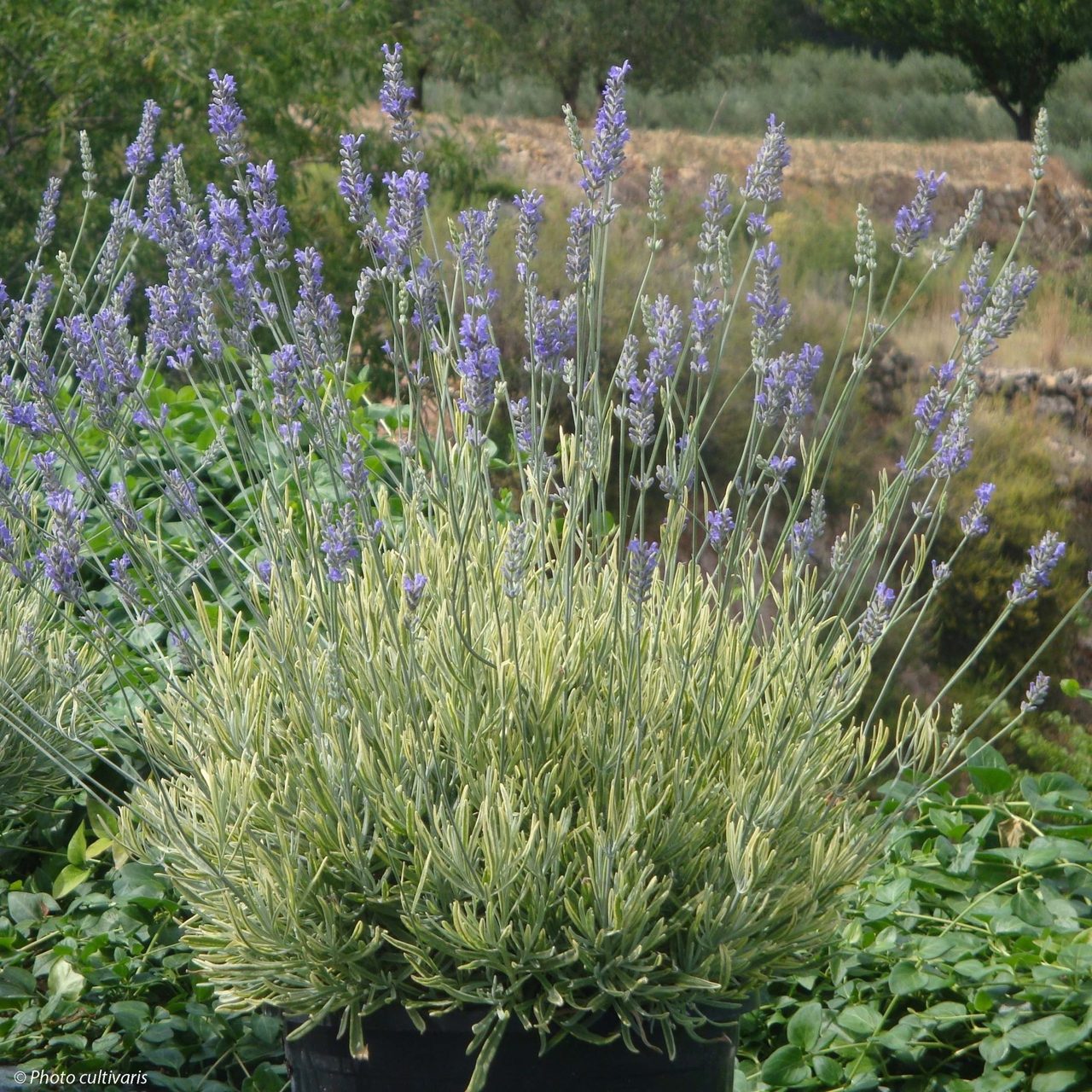
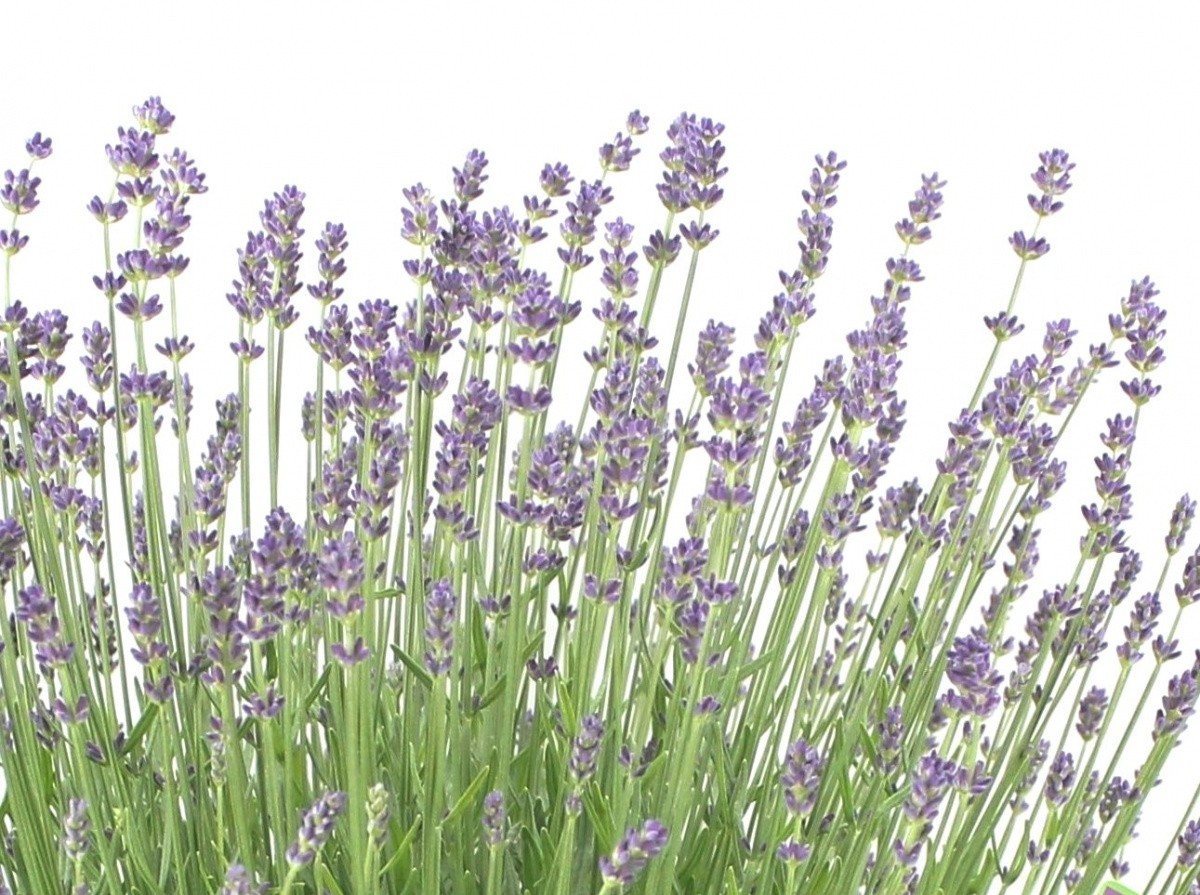





Butterfly
Delight
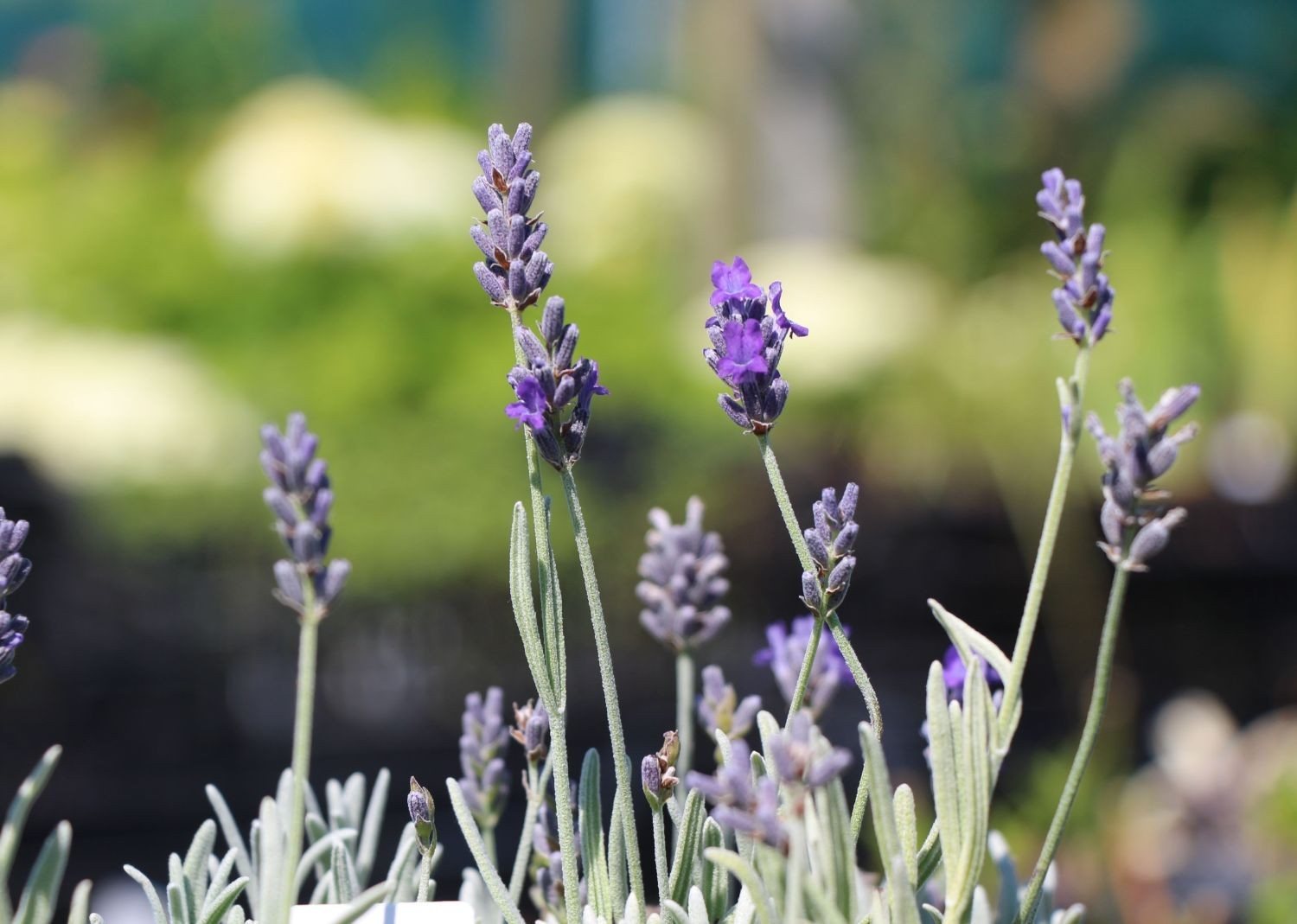
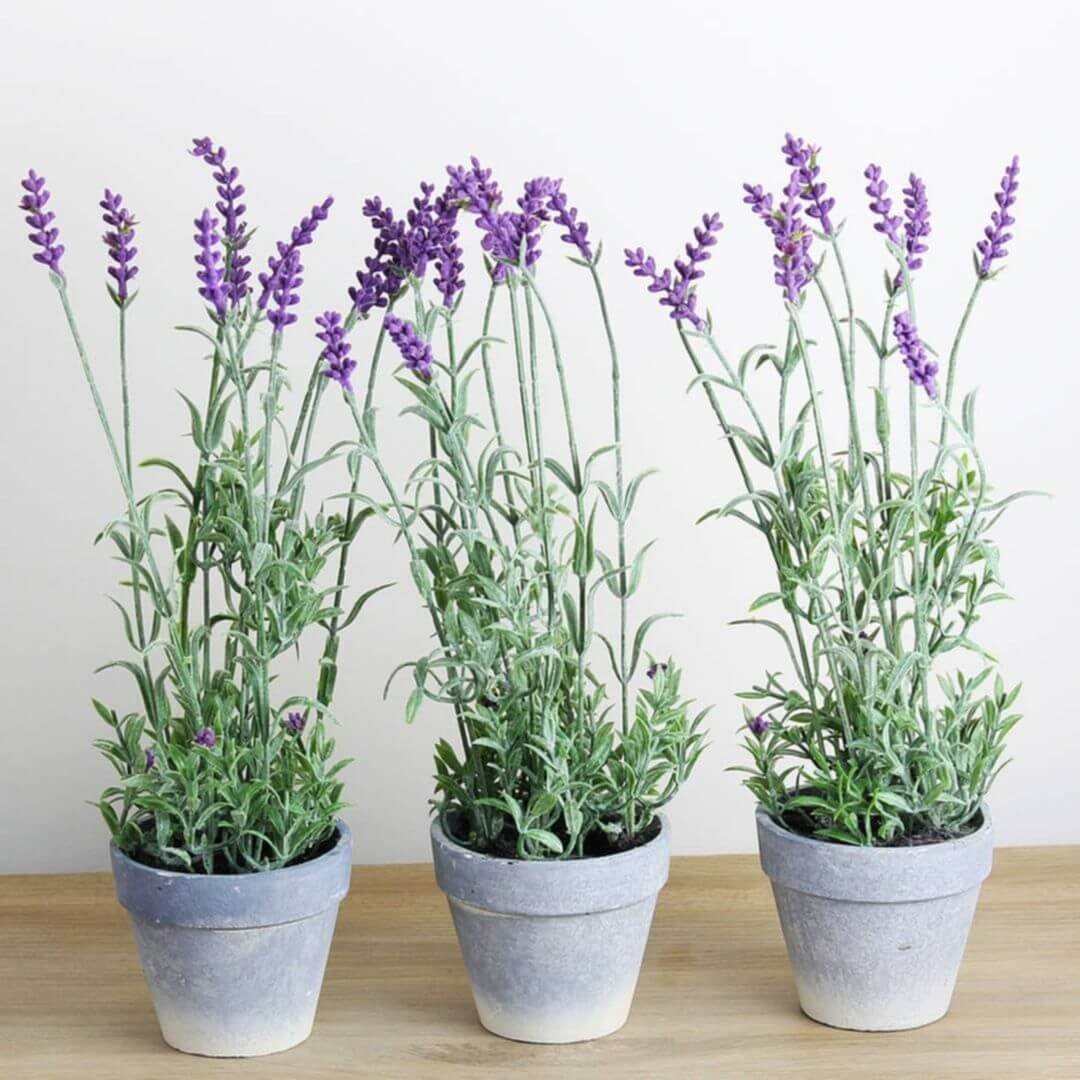
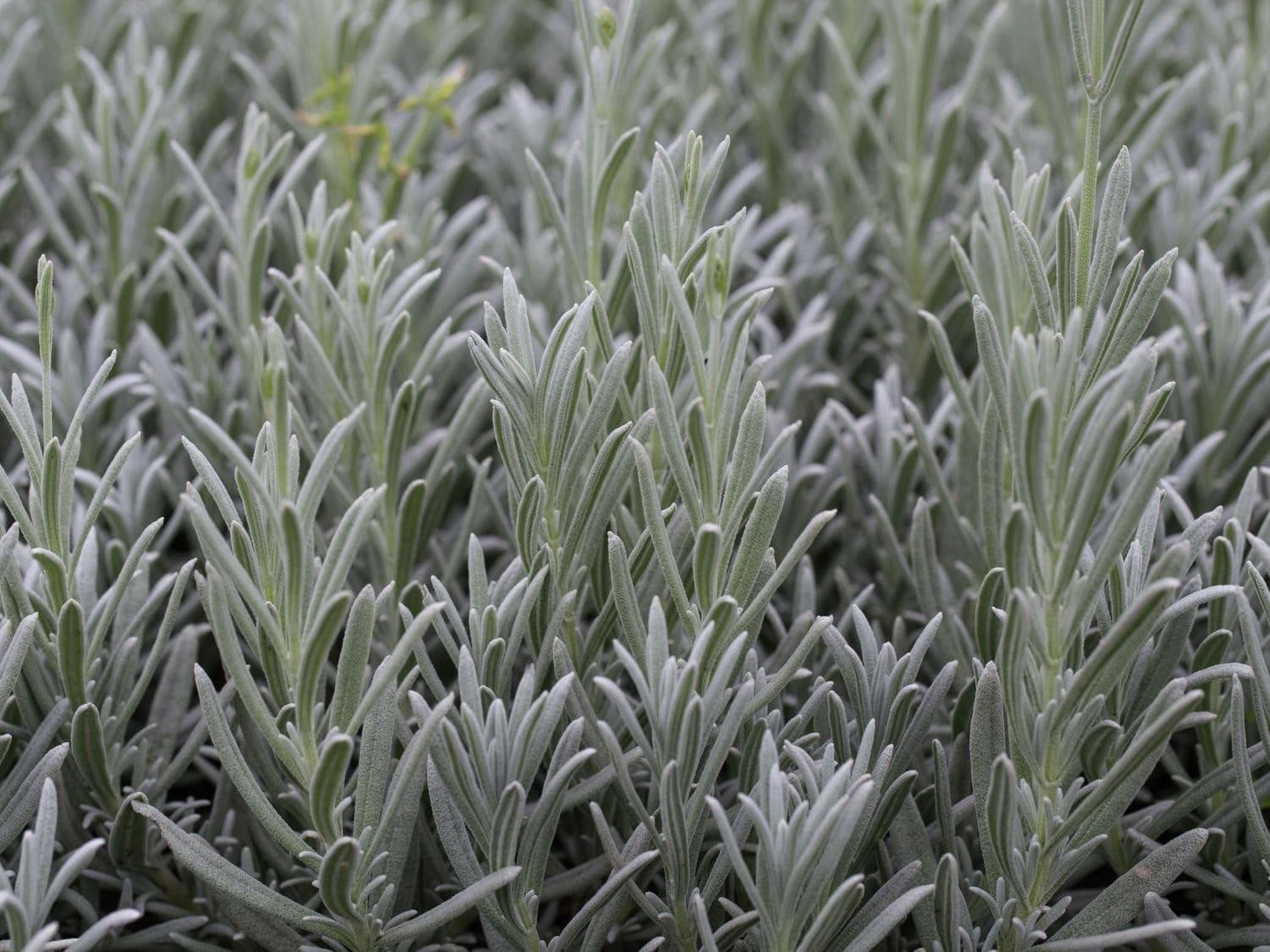
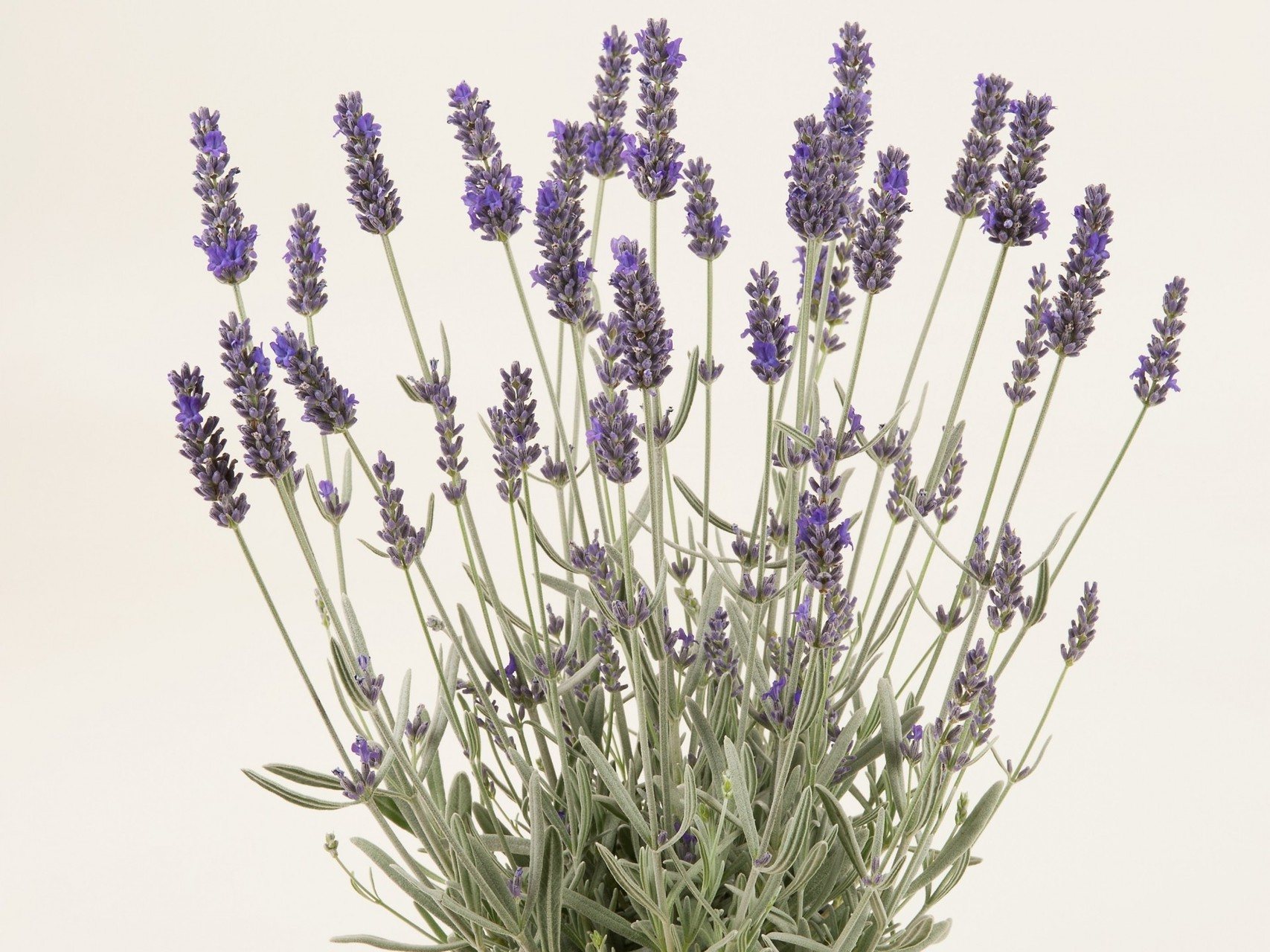
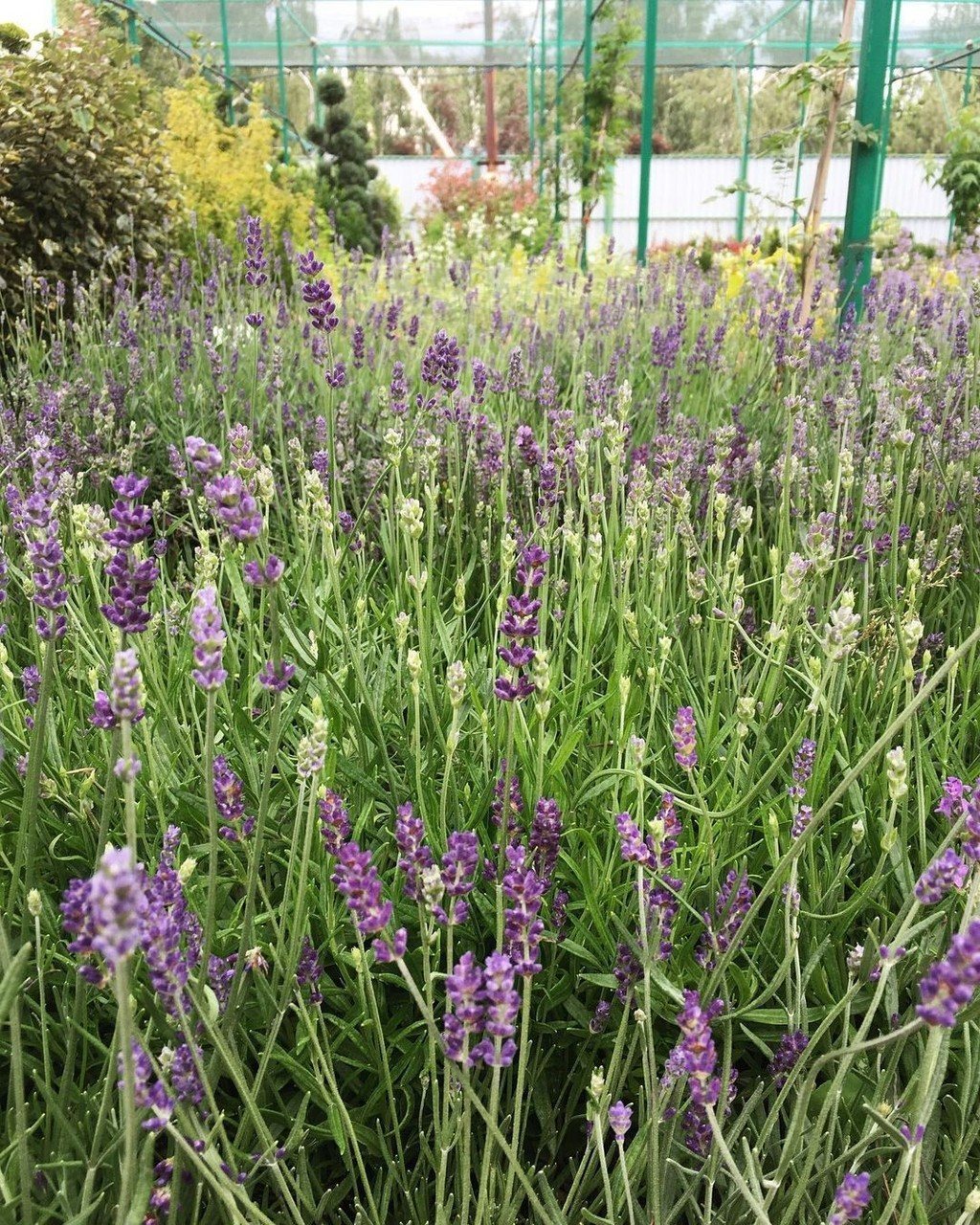





Purple Haze
Provence
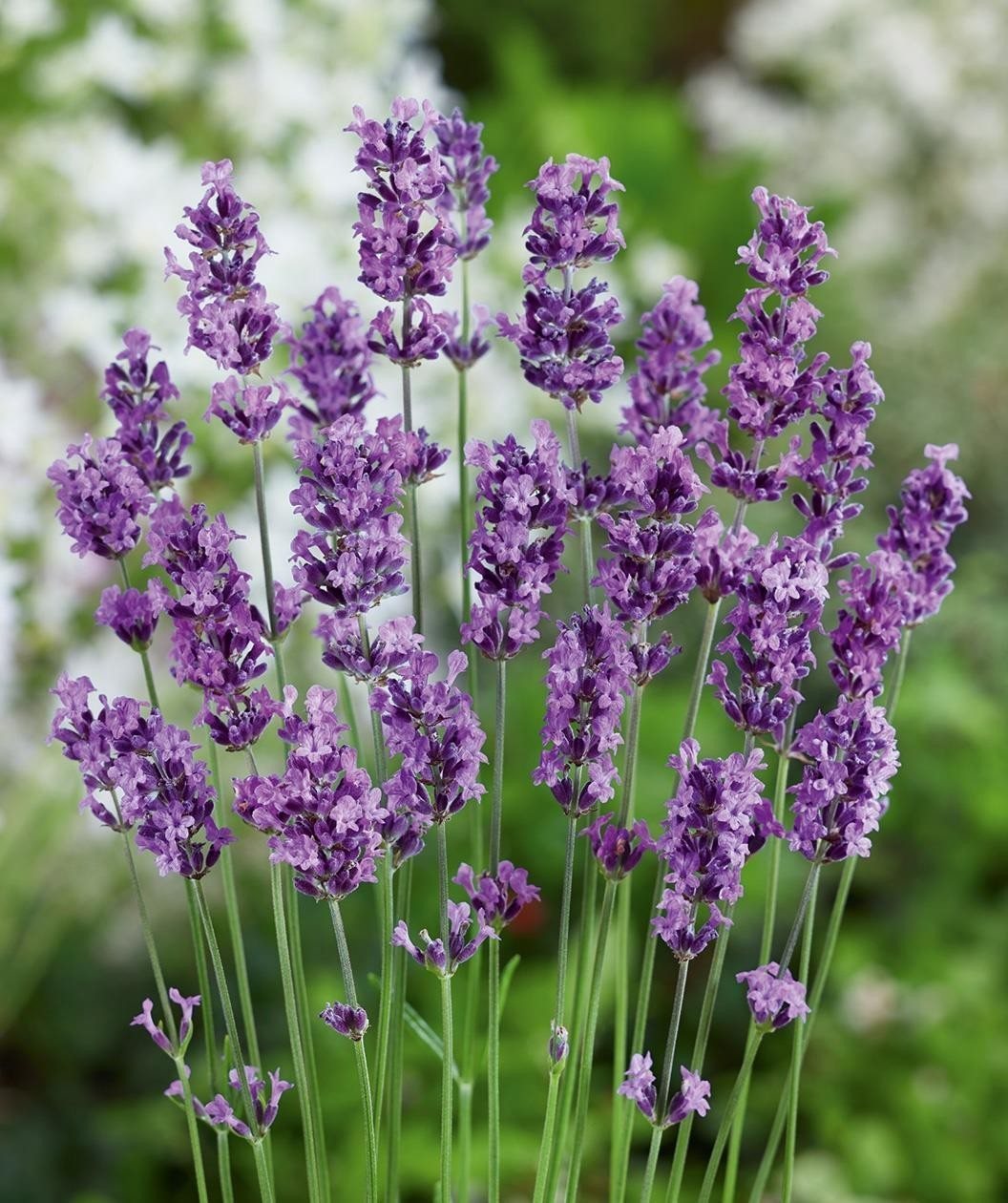
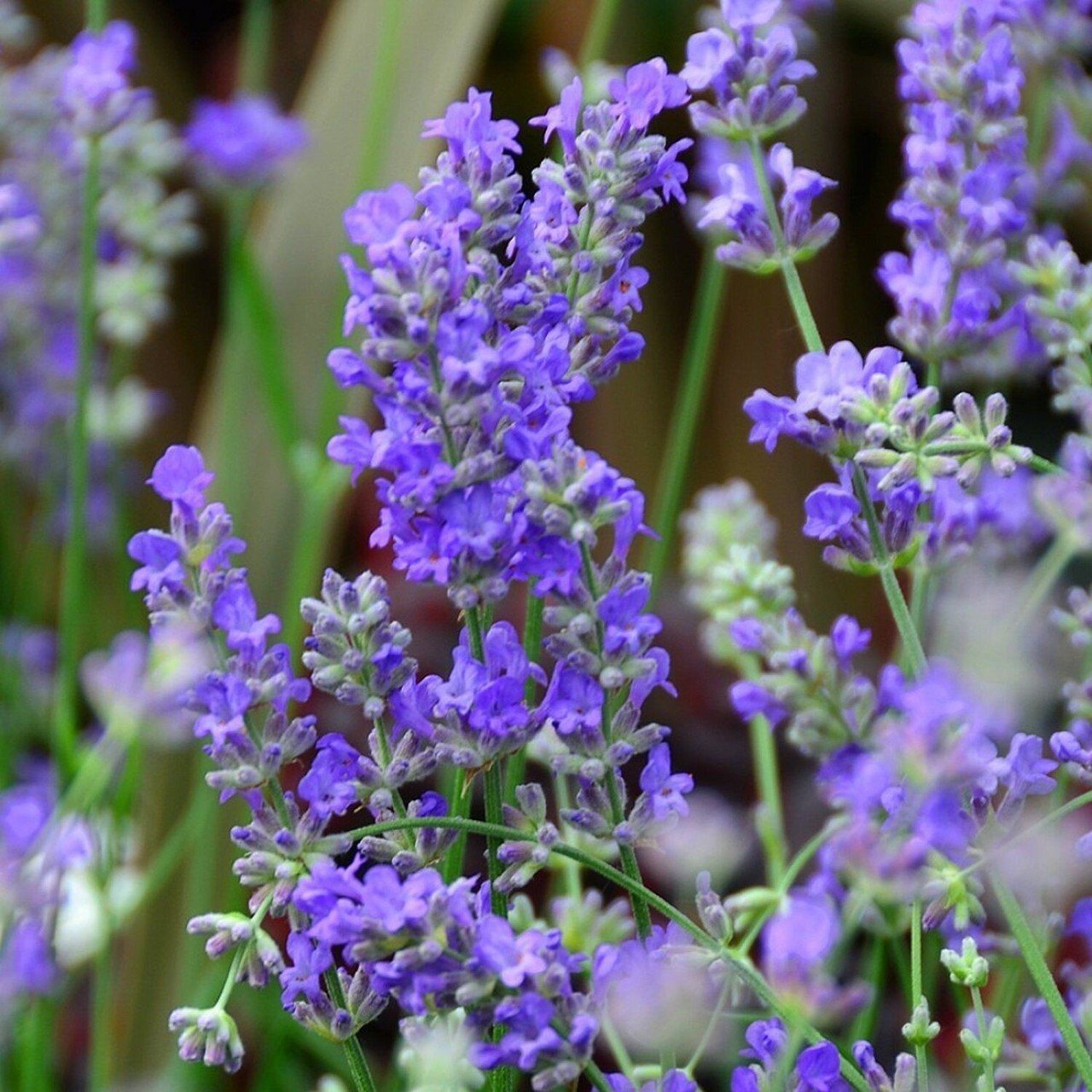

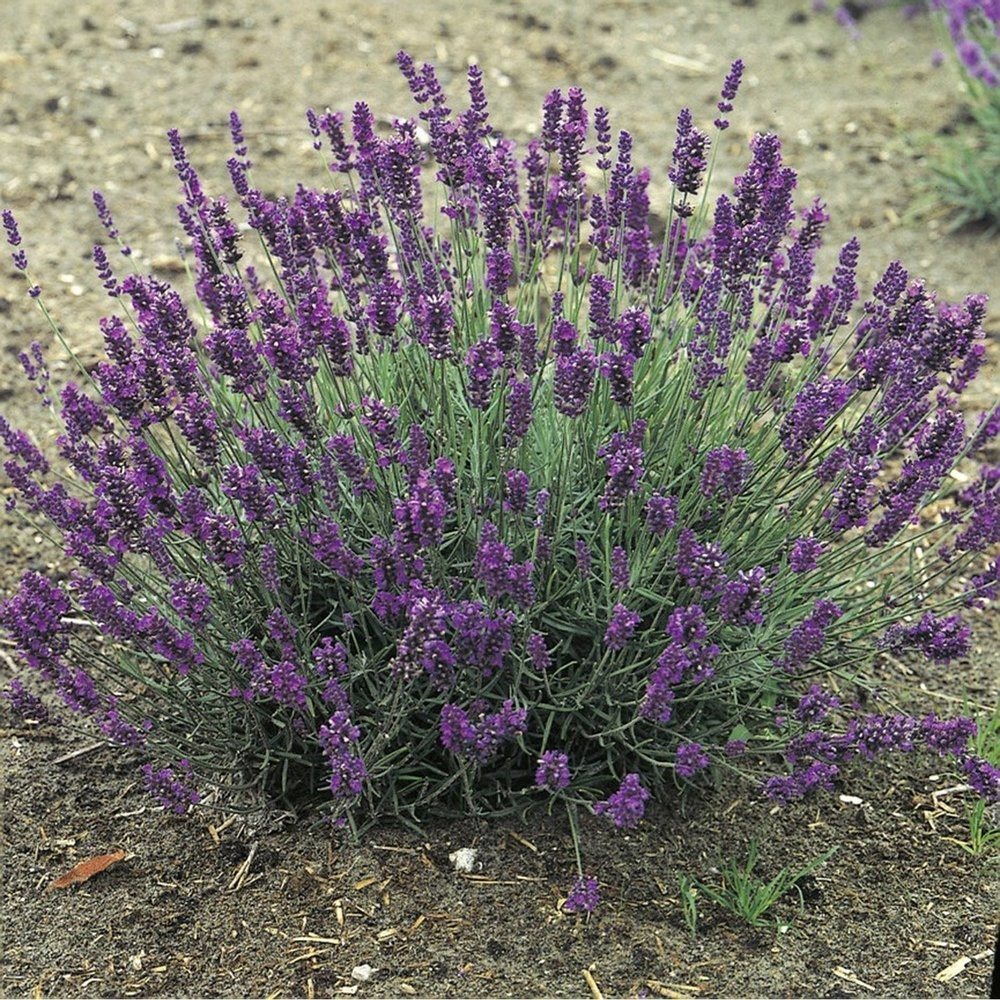
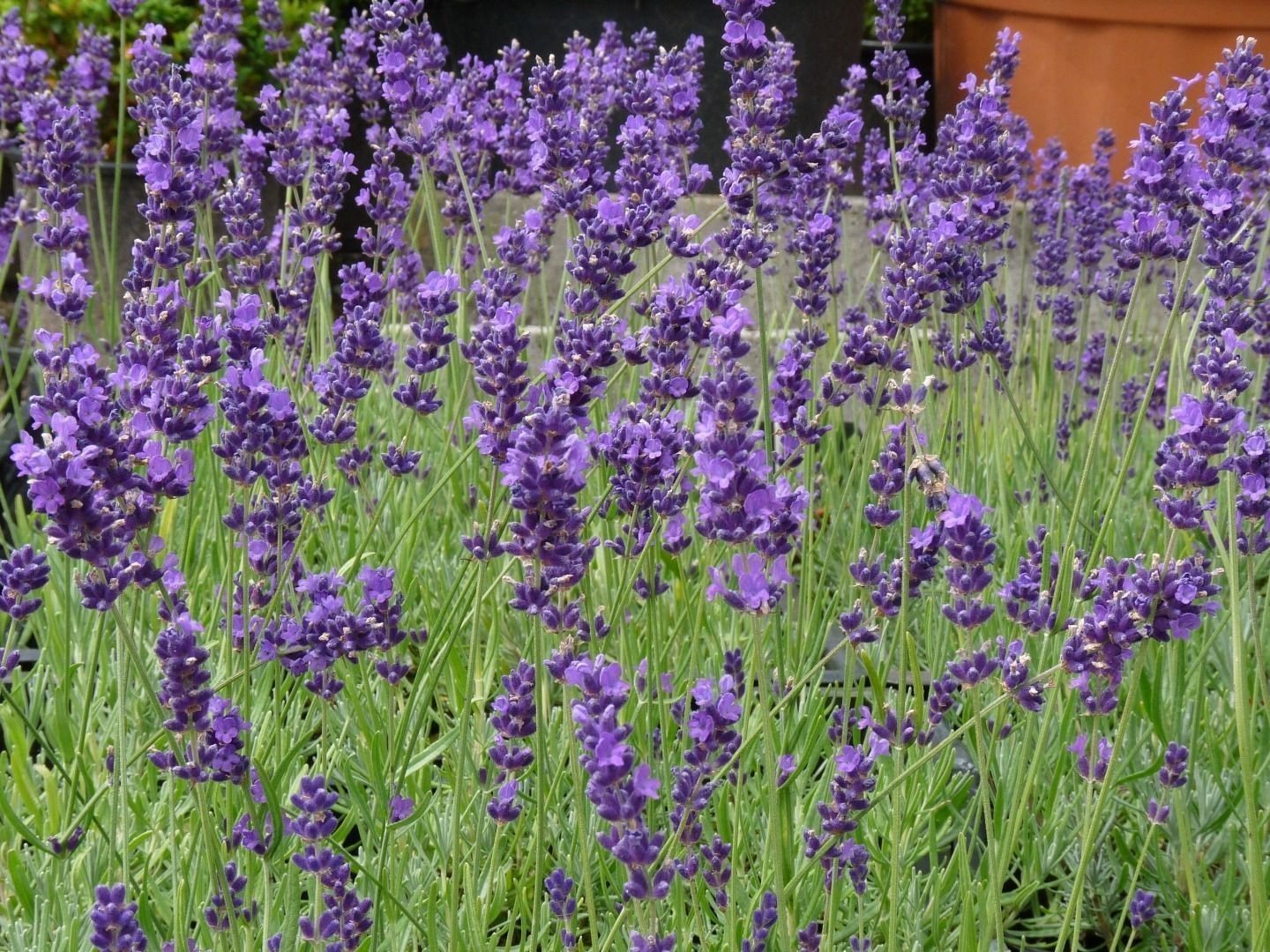





Elegance
Fred Booty
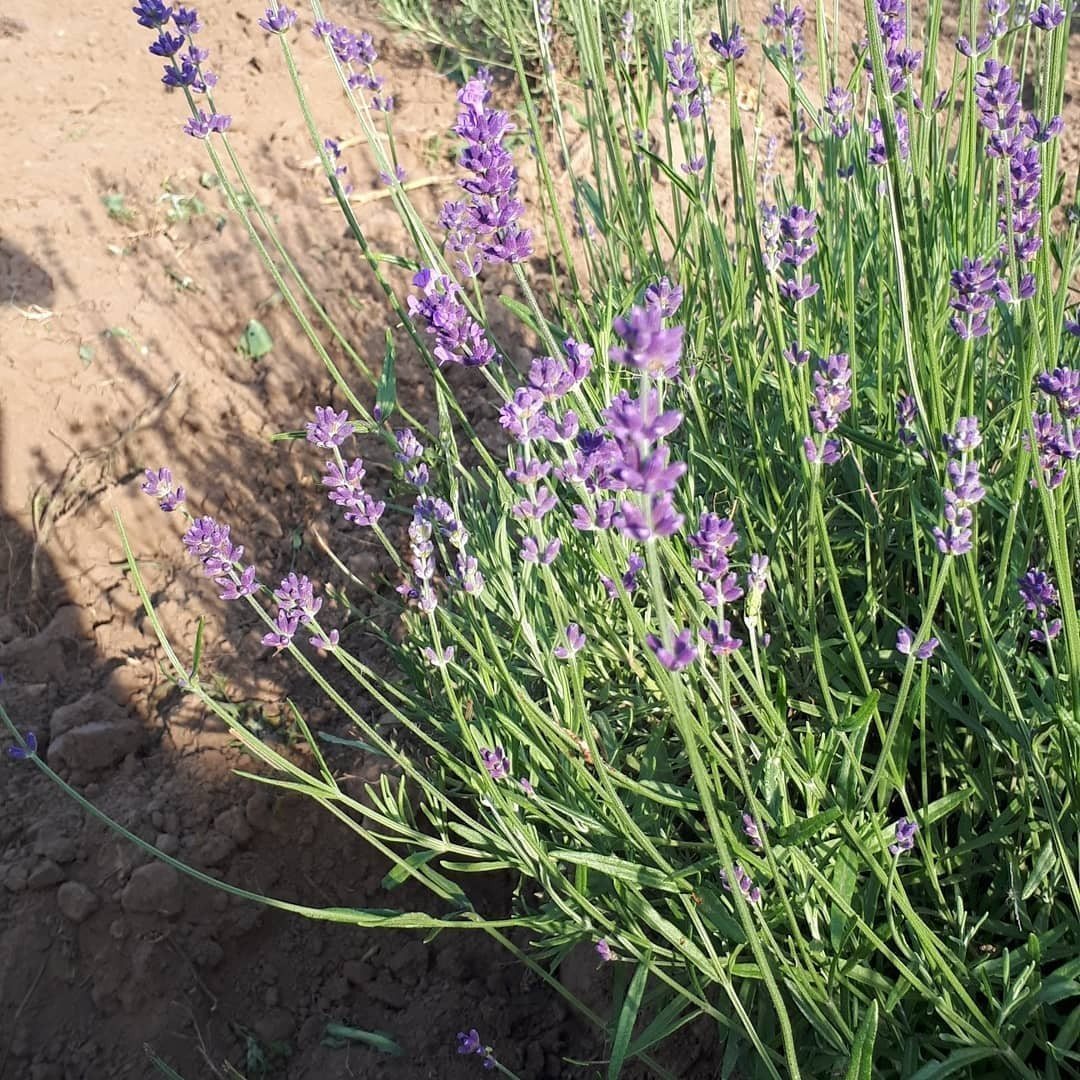
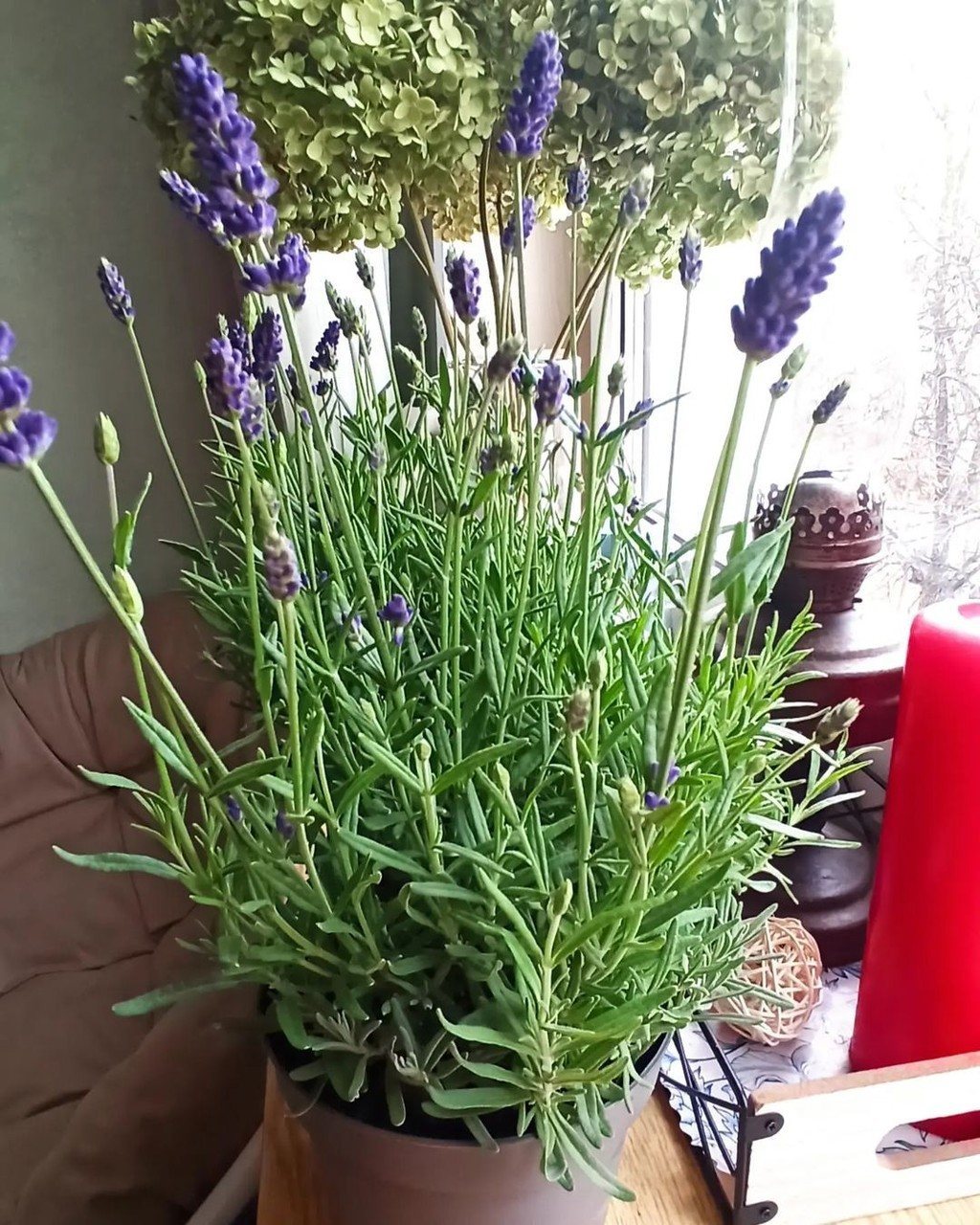
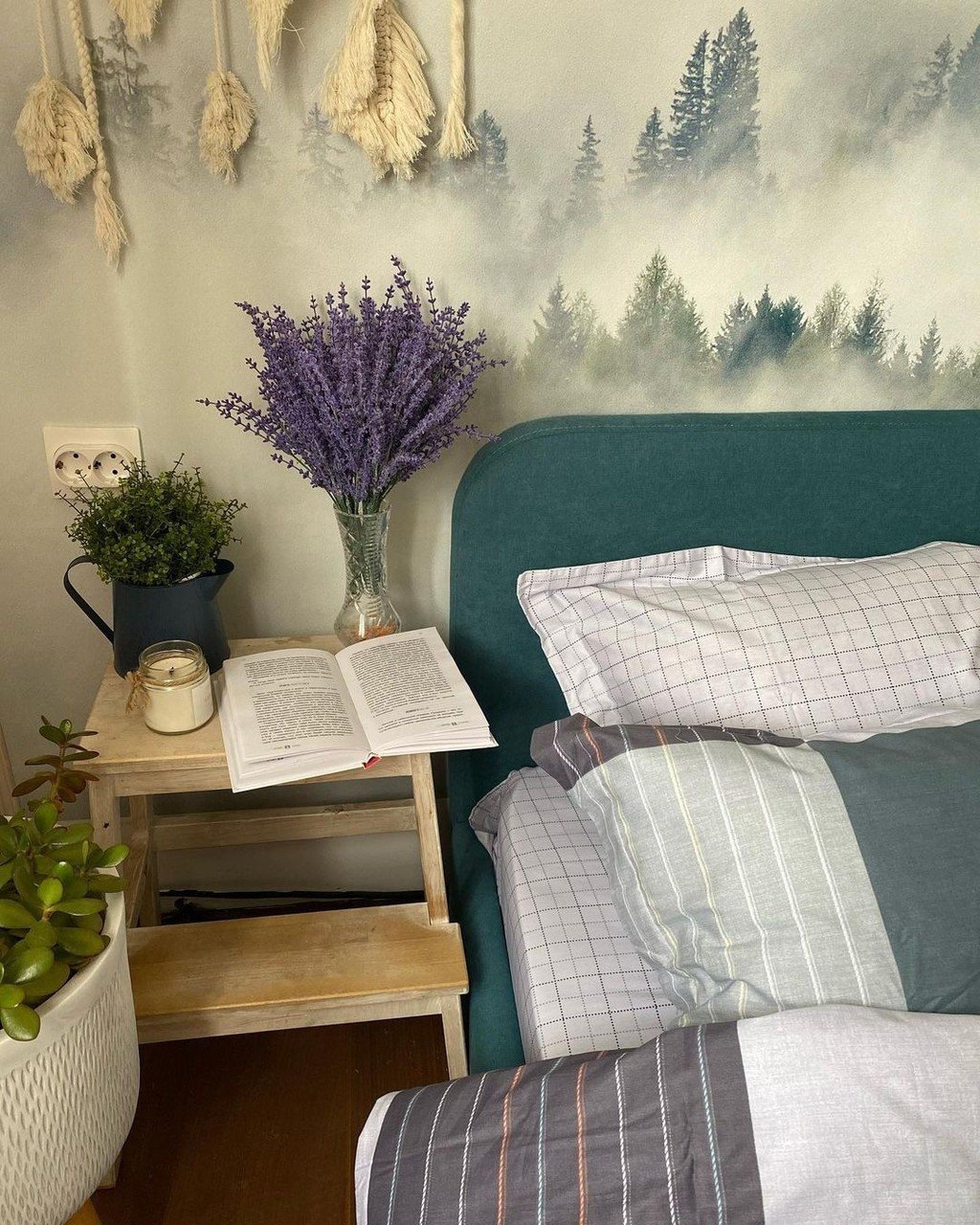
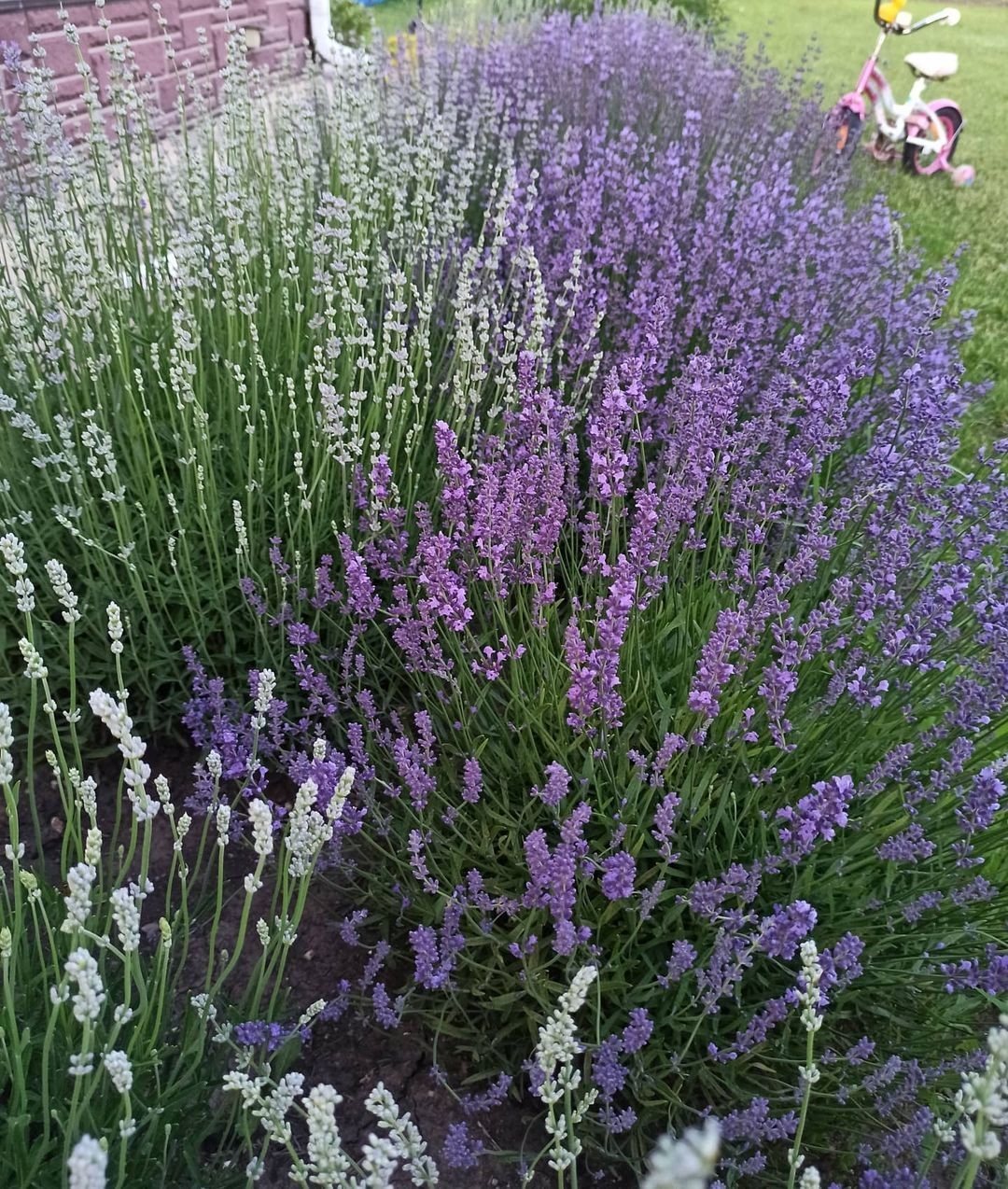
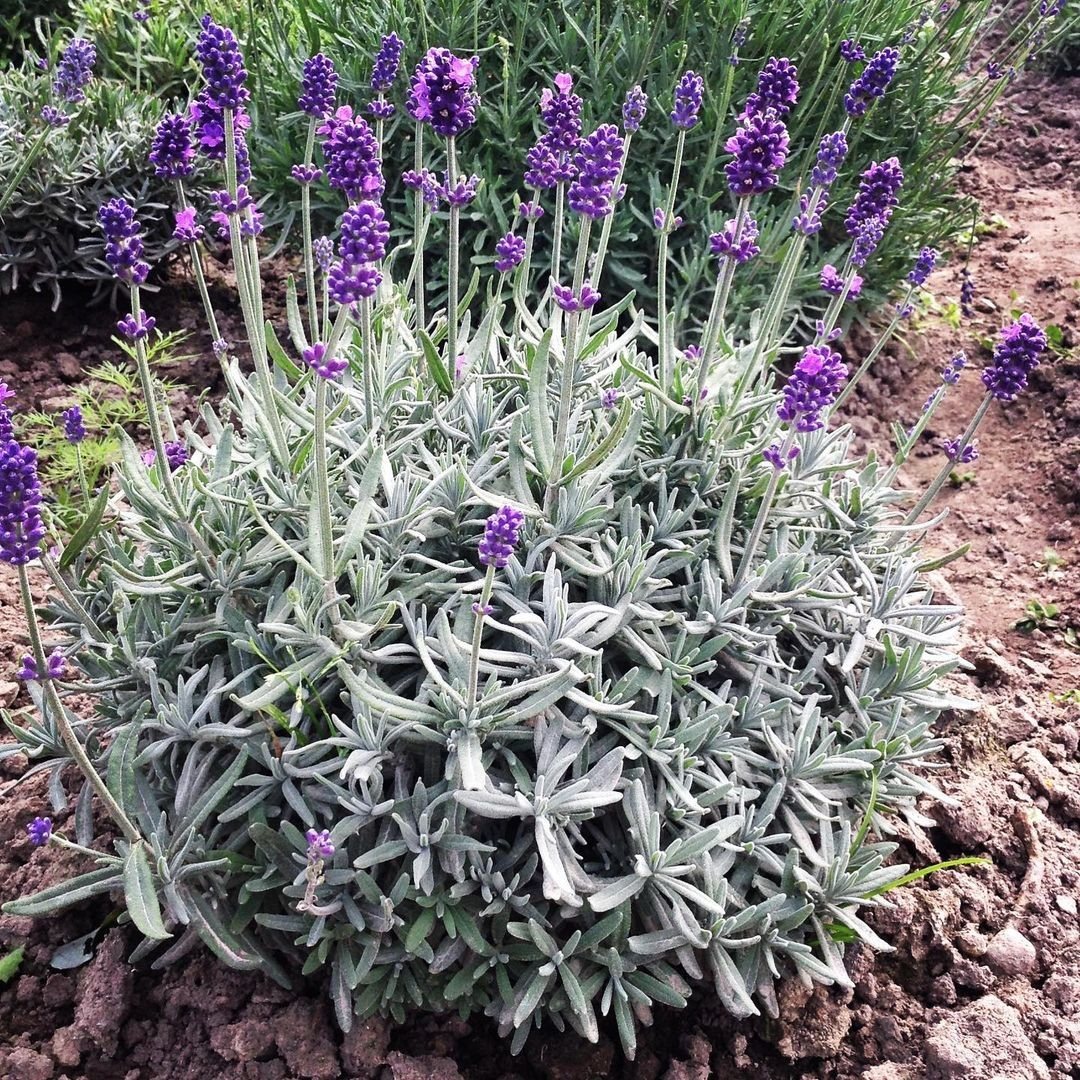





Dutch
Arabian Knight
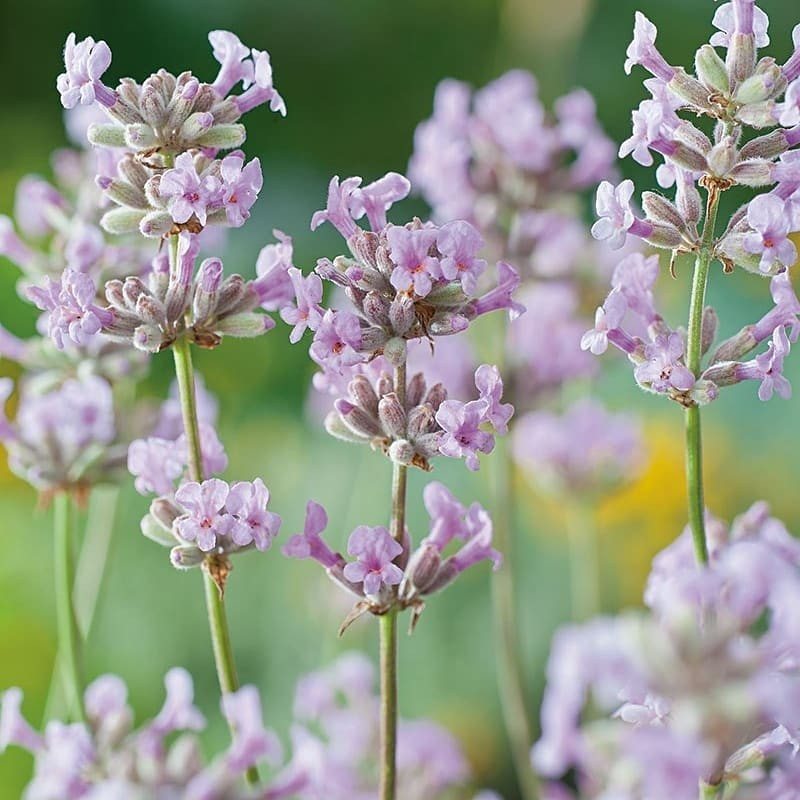
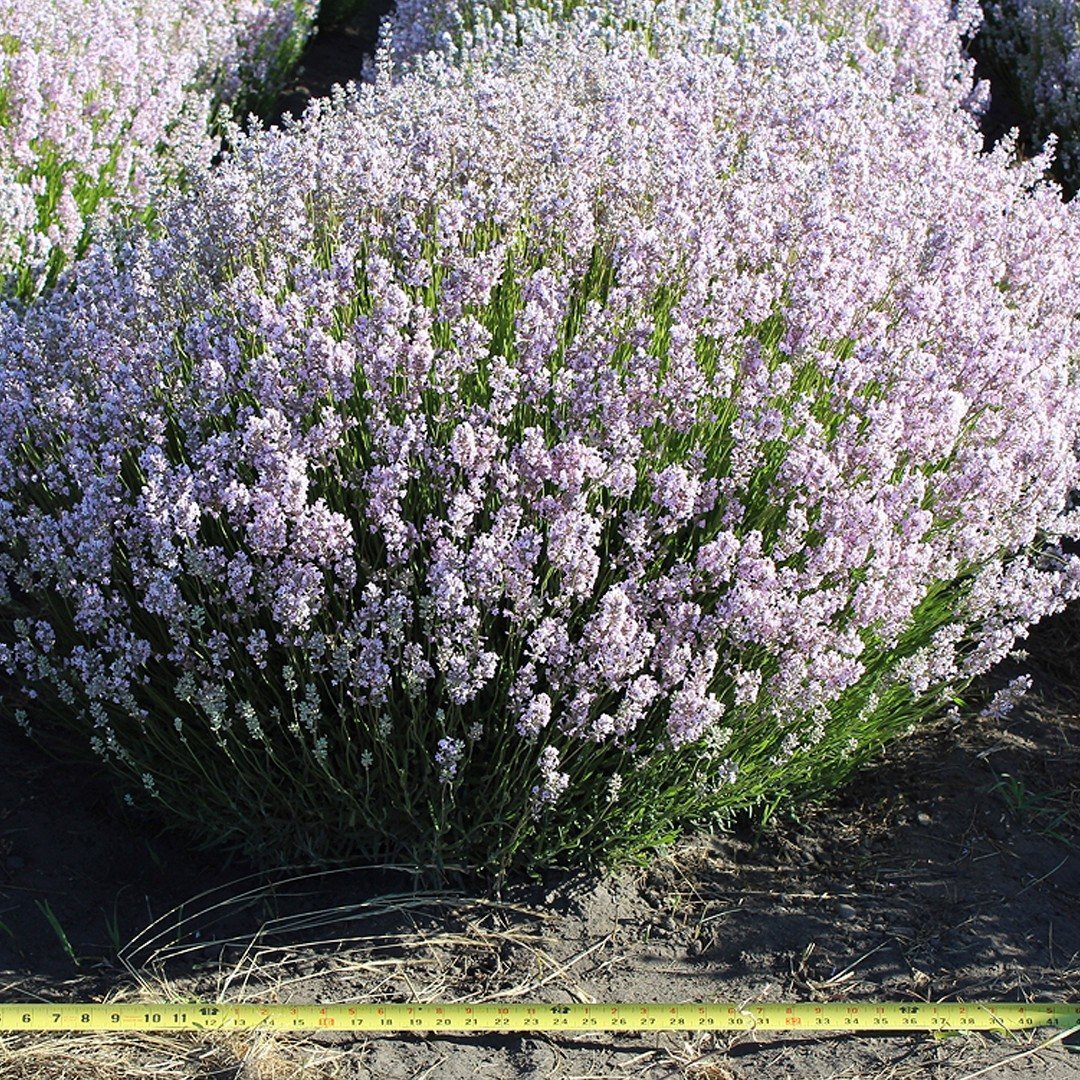
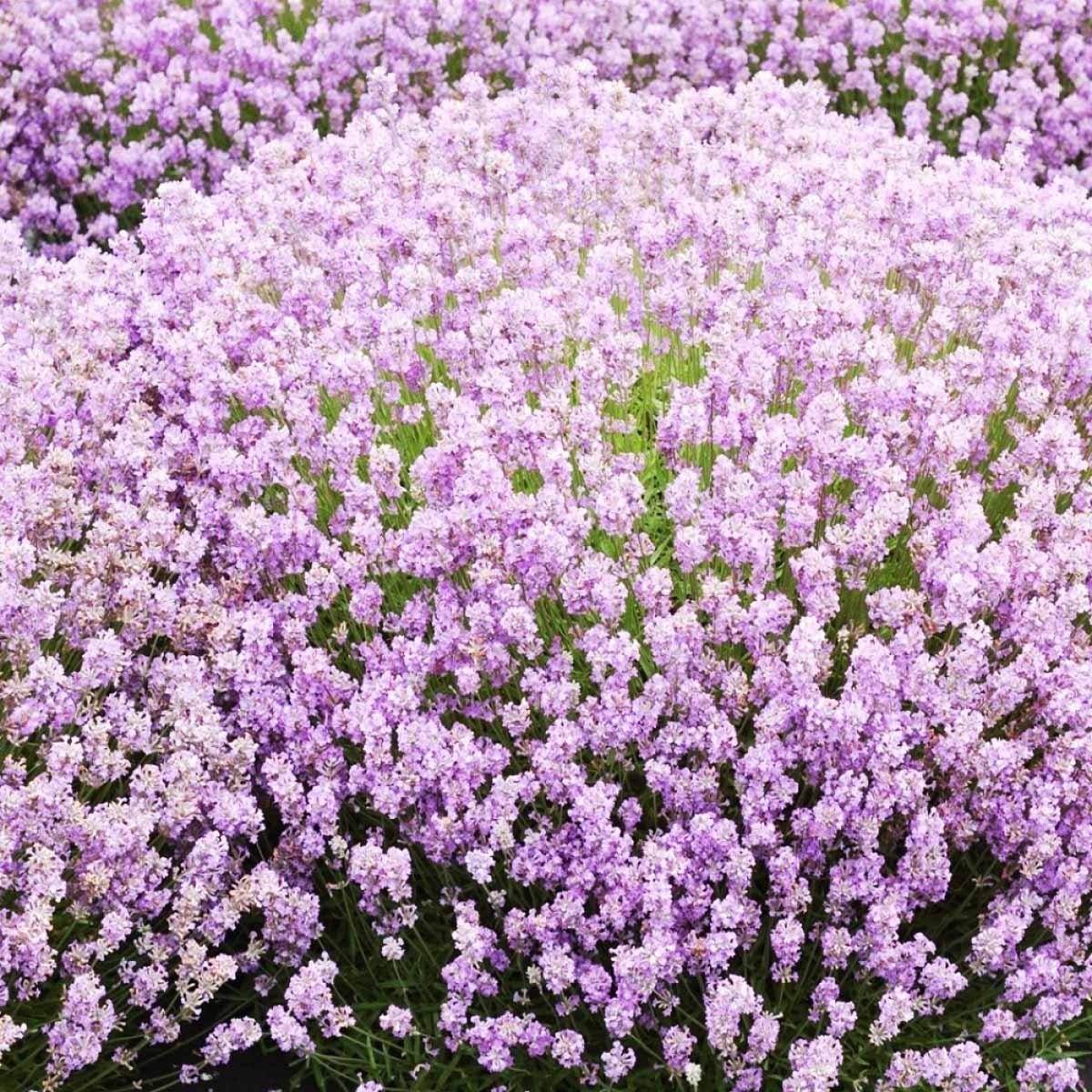
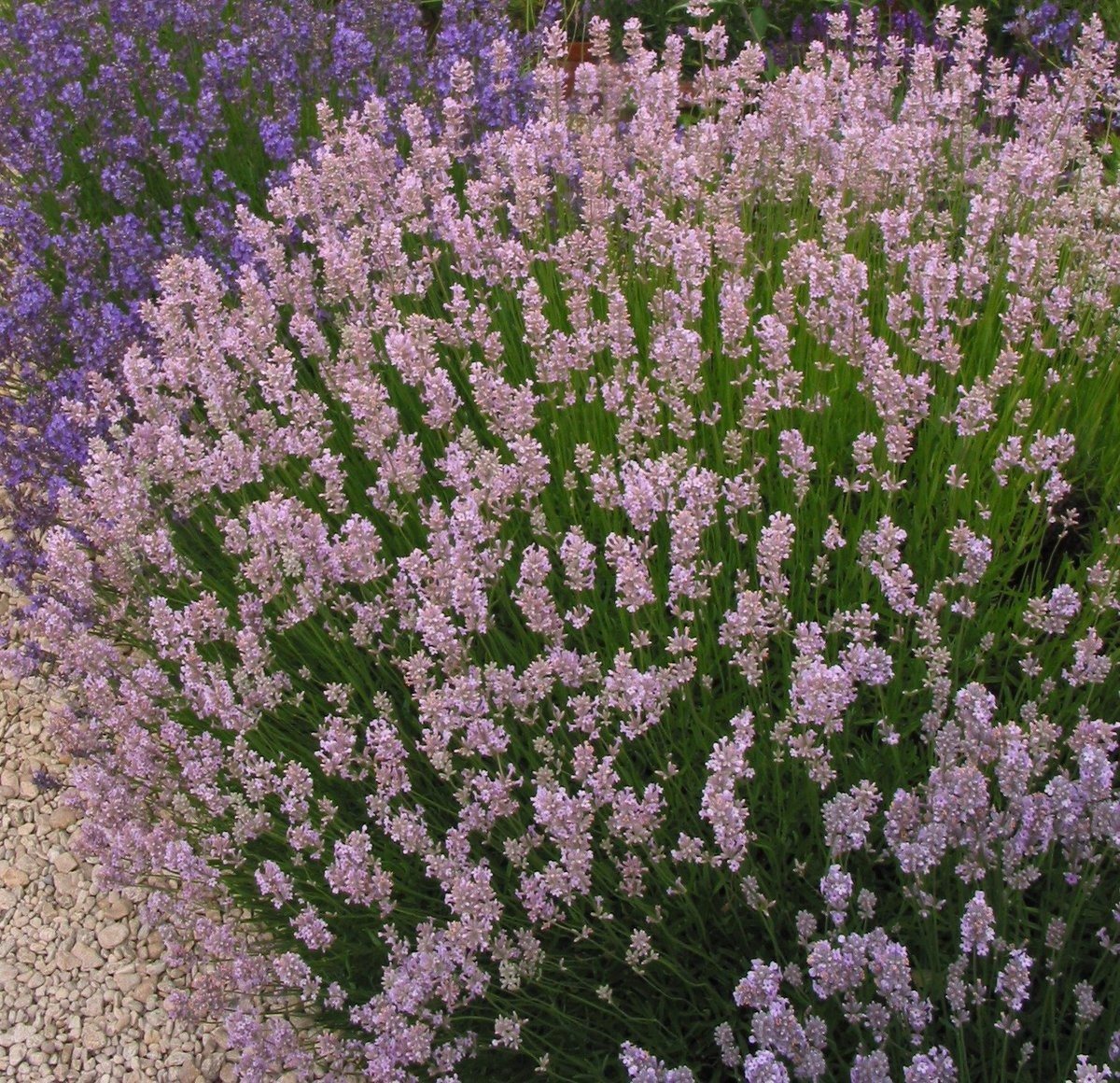






Grosso
Souryers
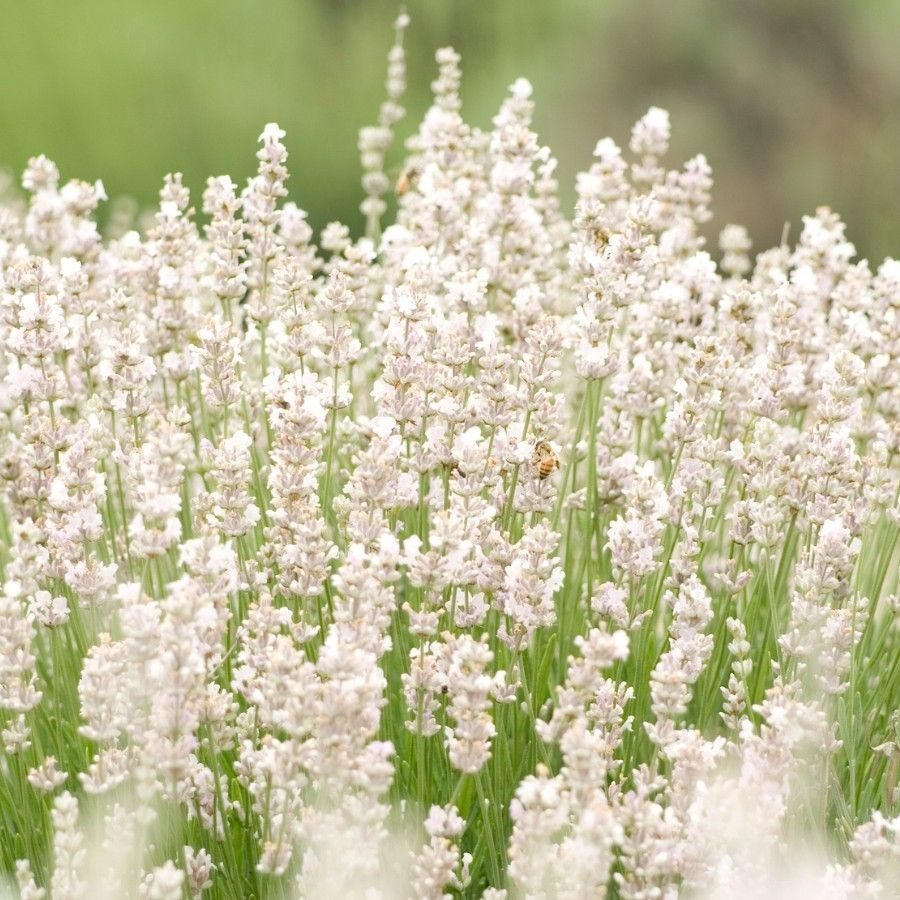

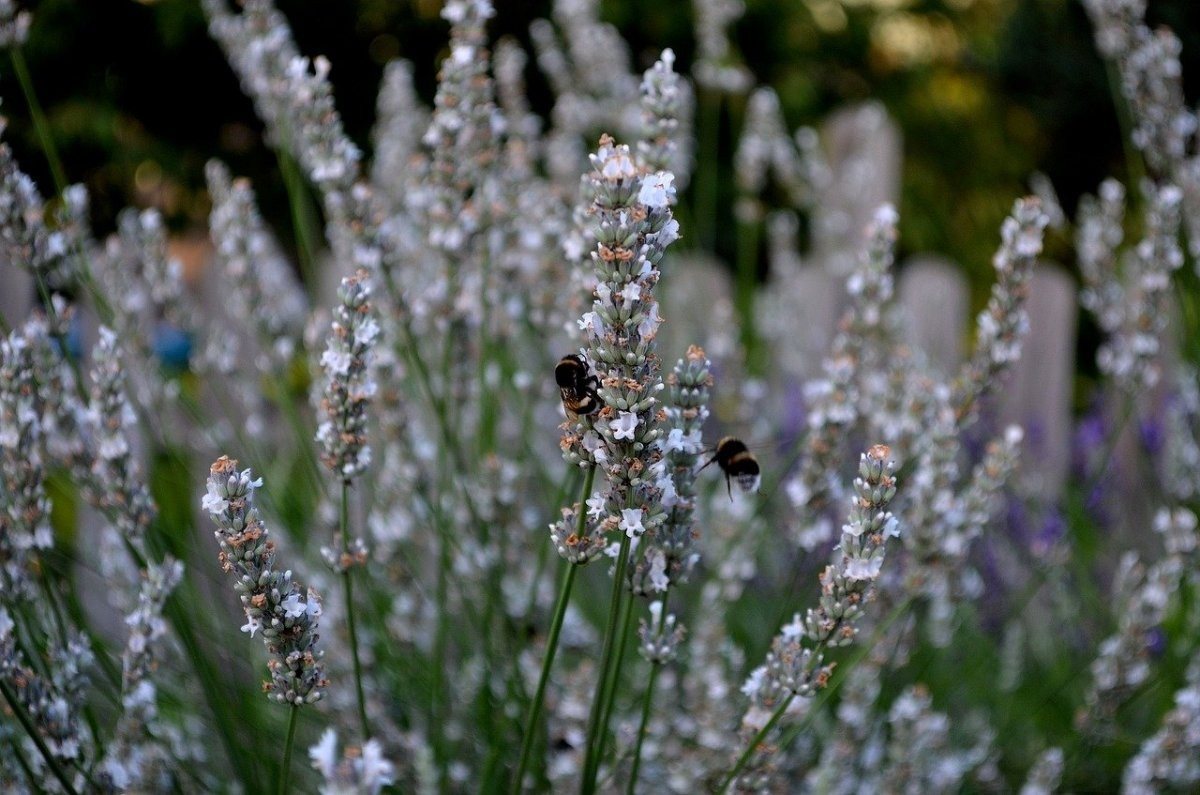
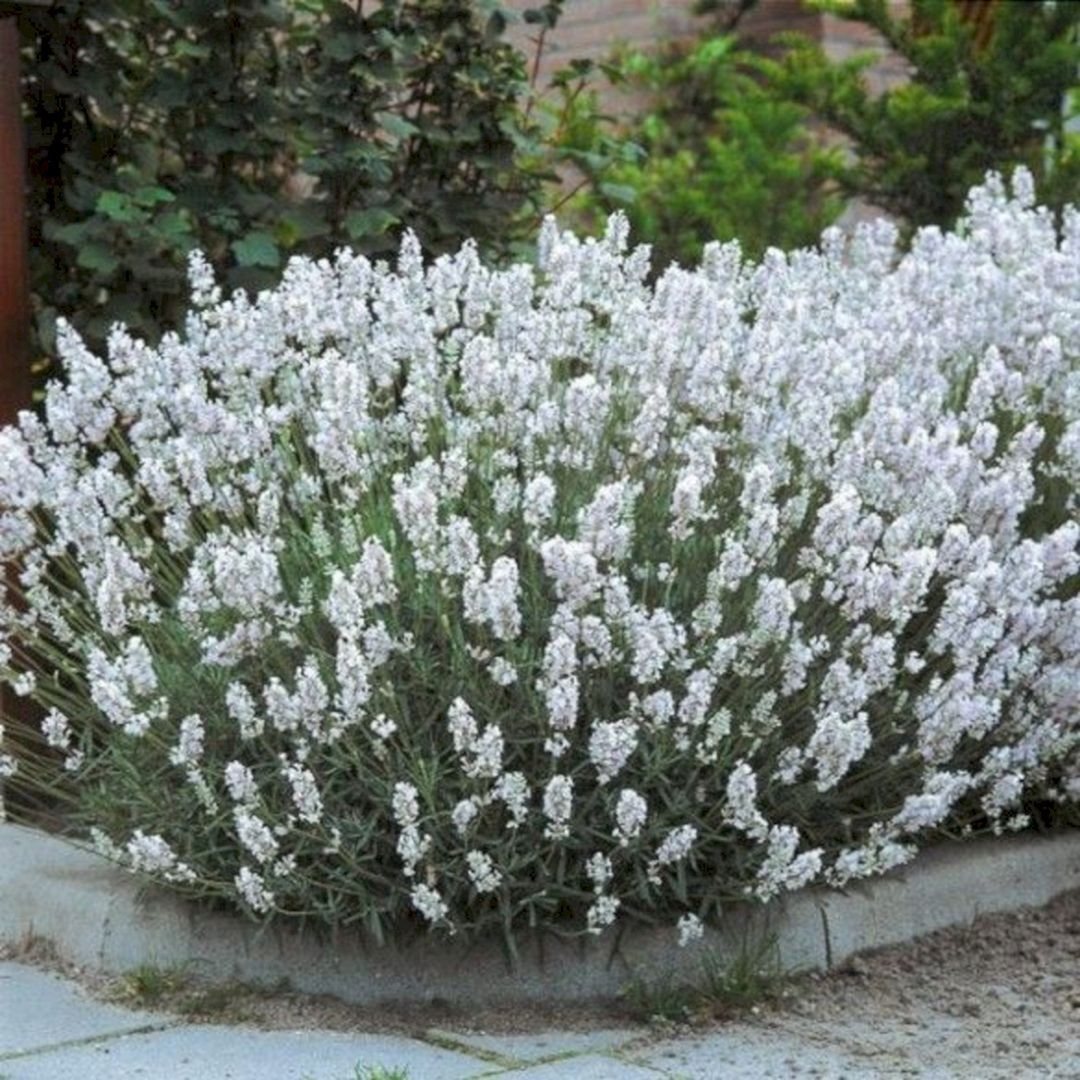
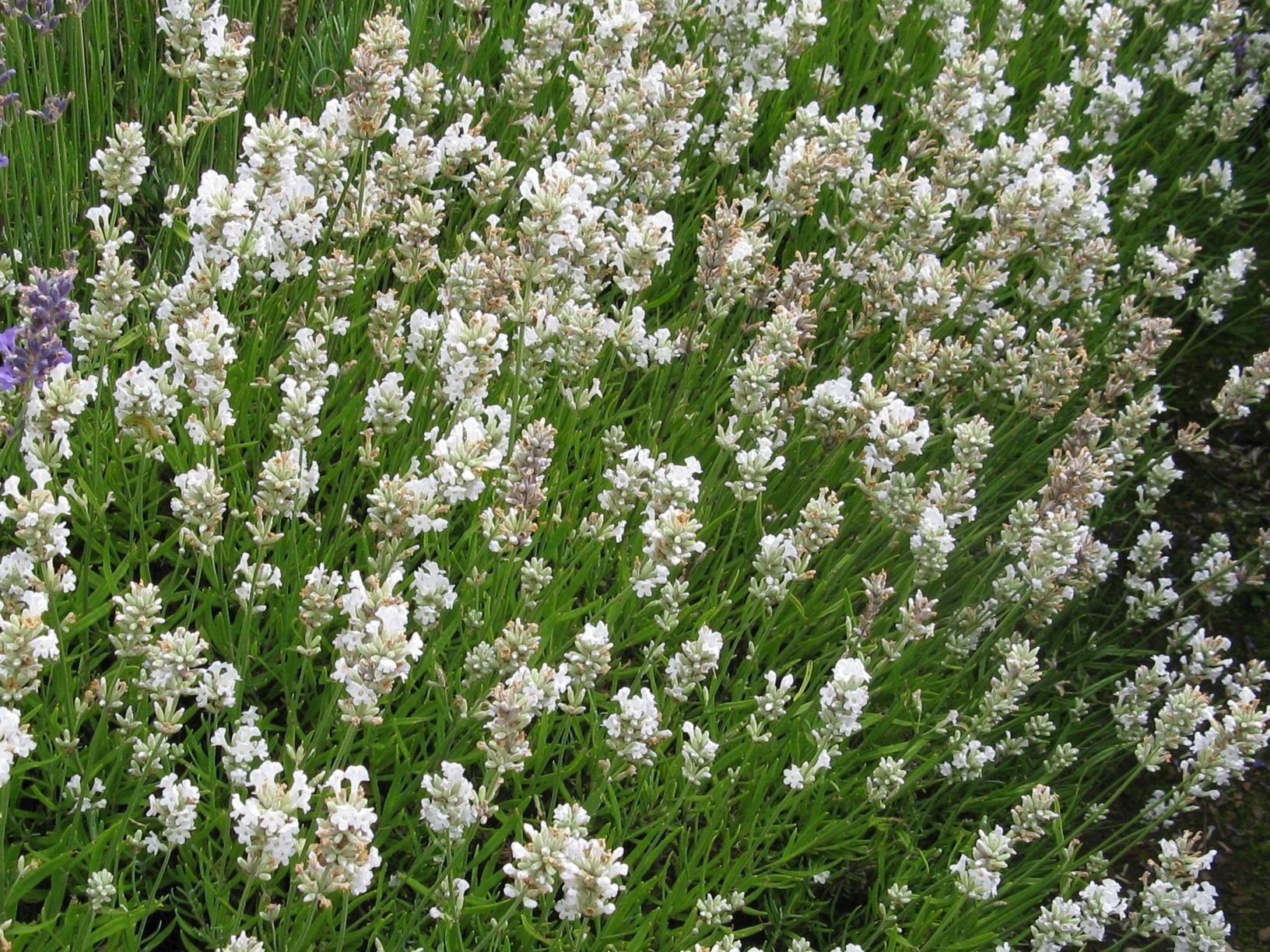





Richard Gray
French
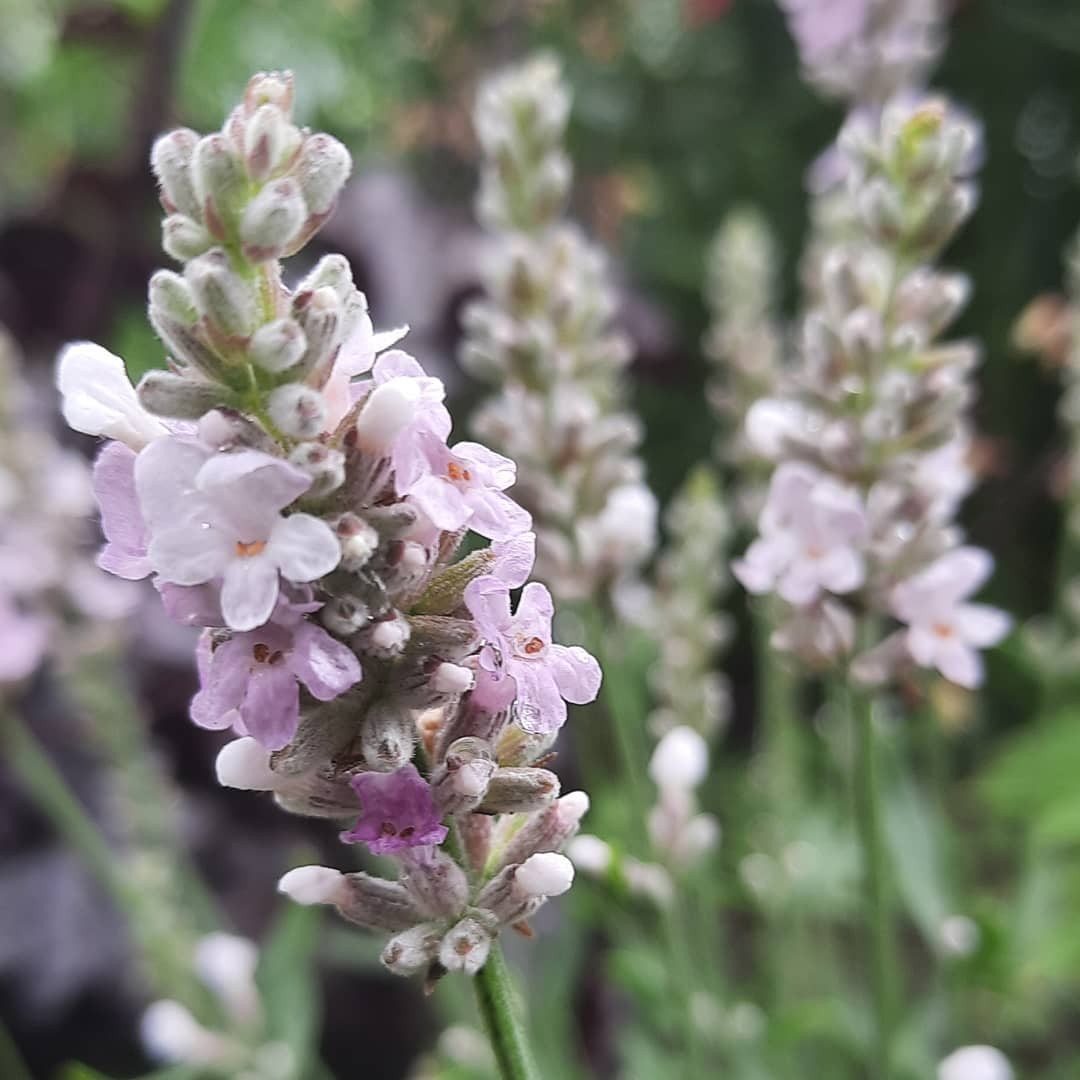
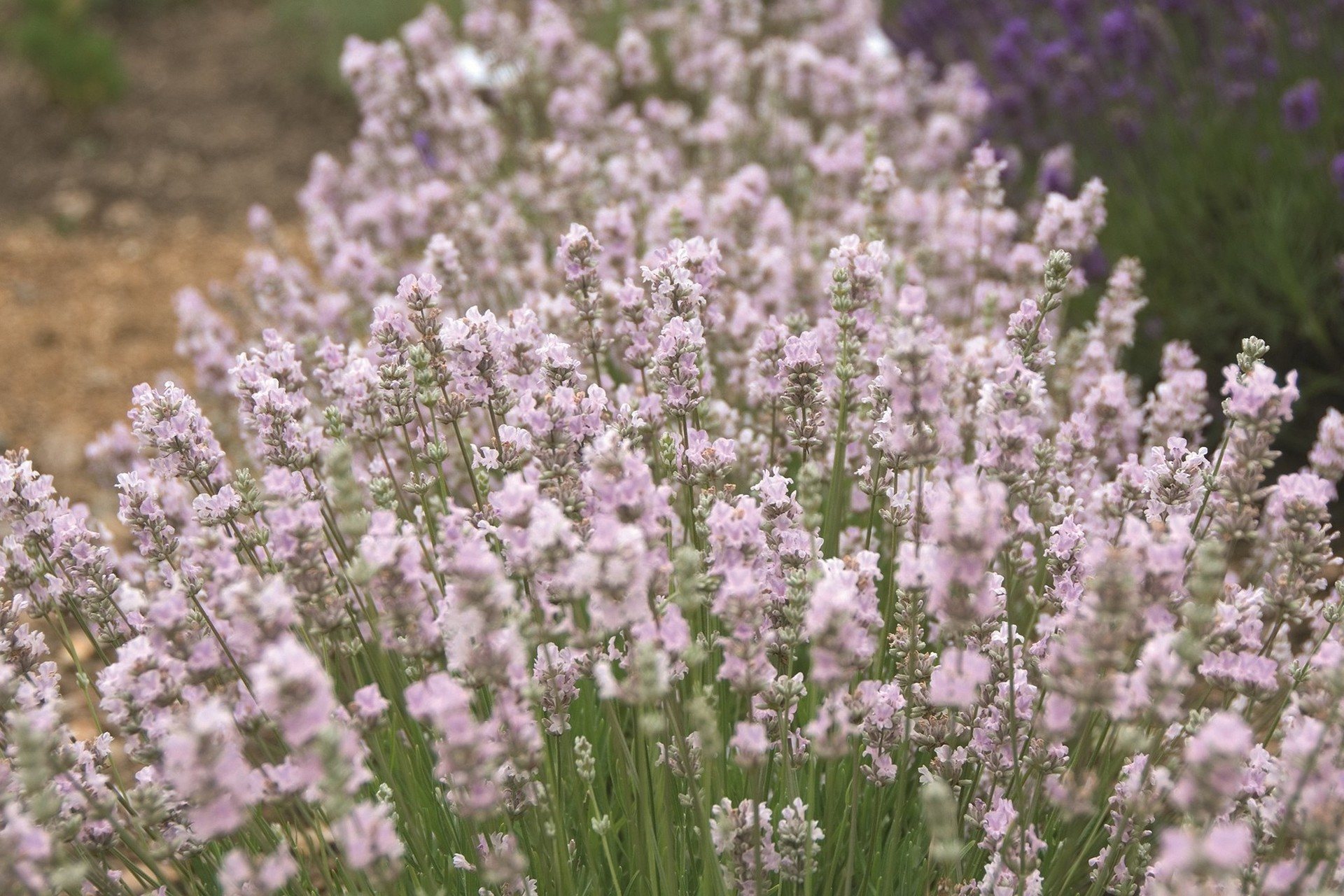
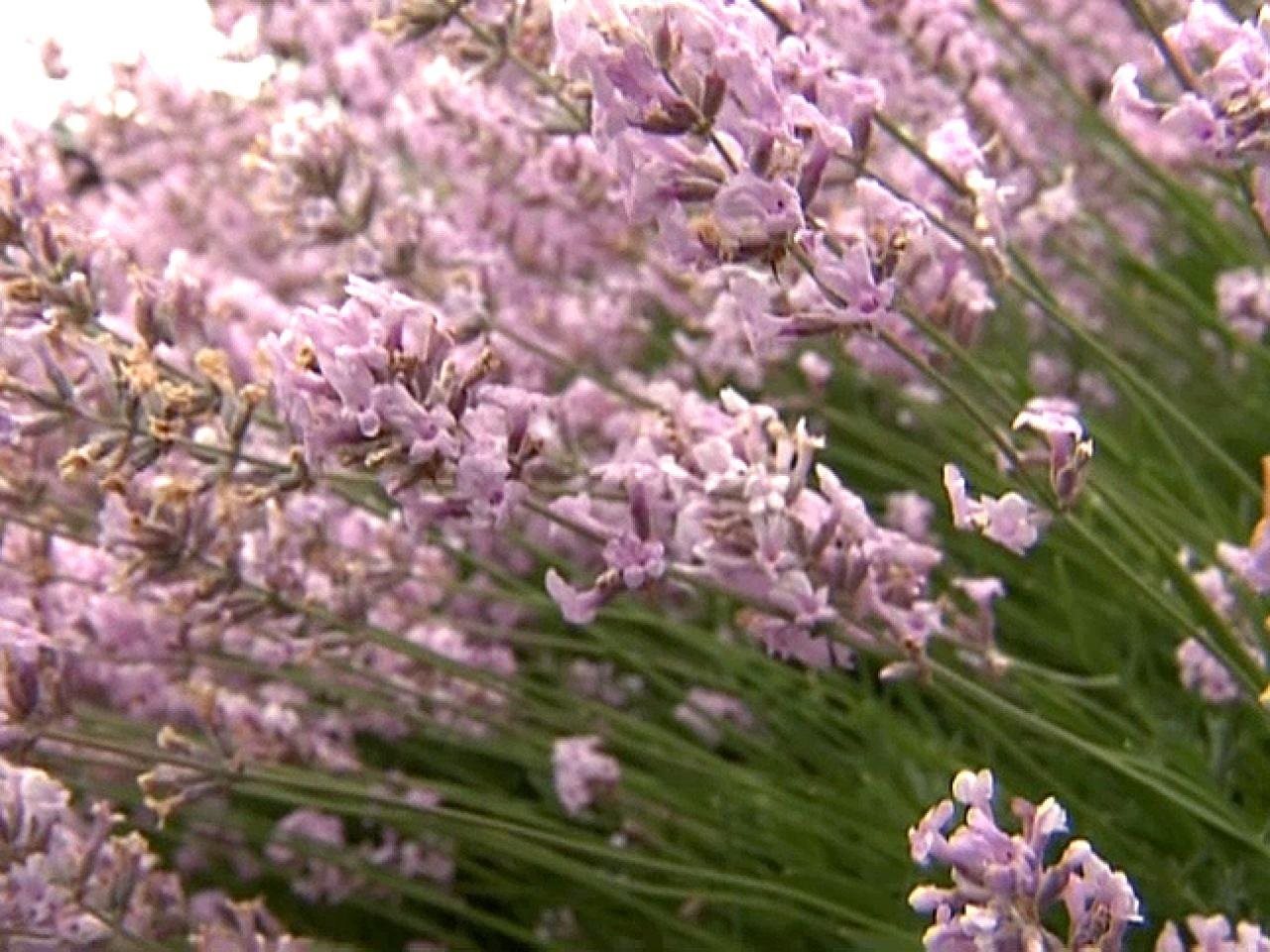
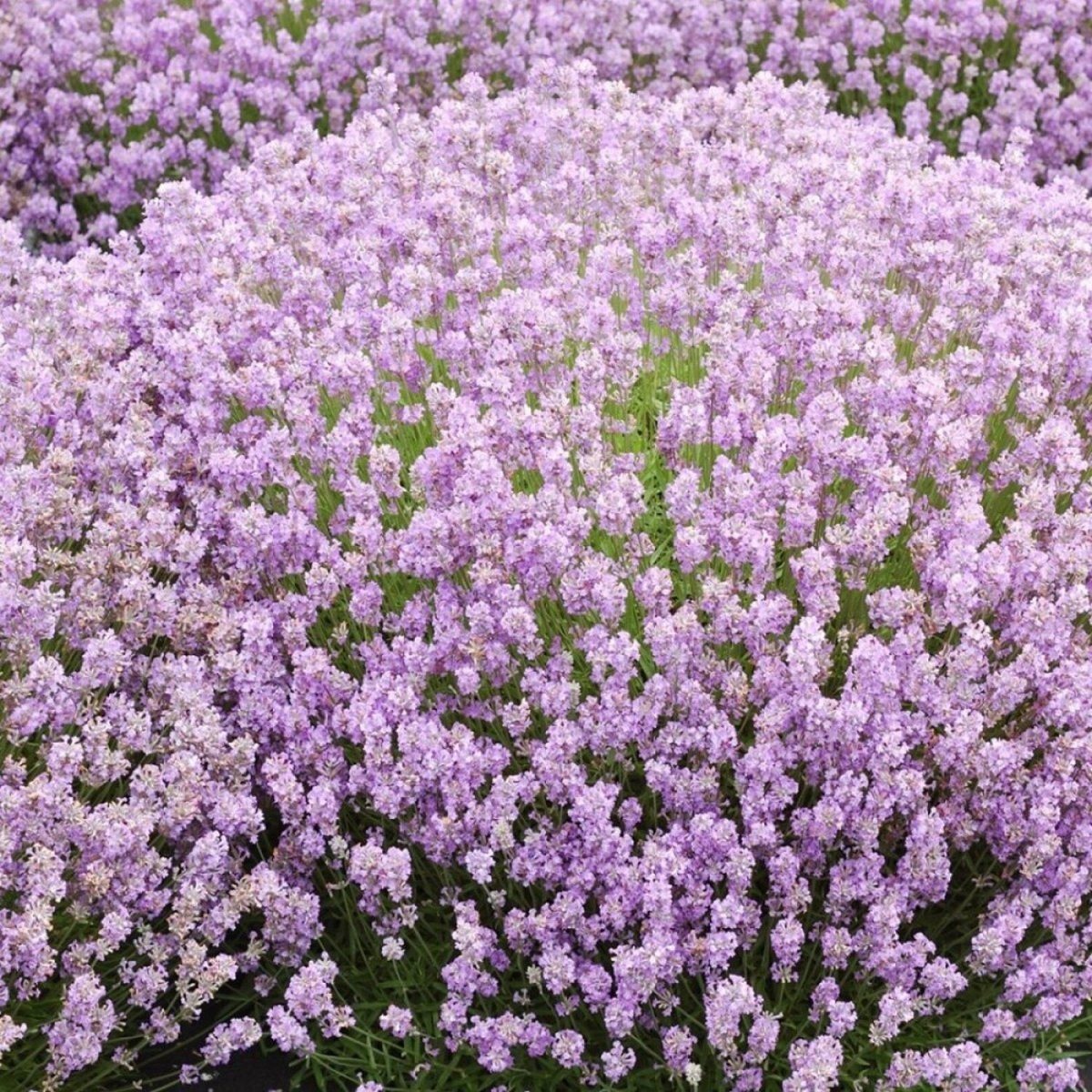
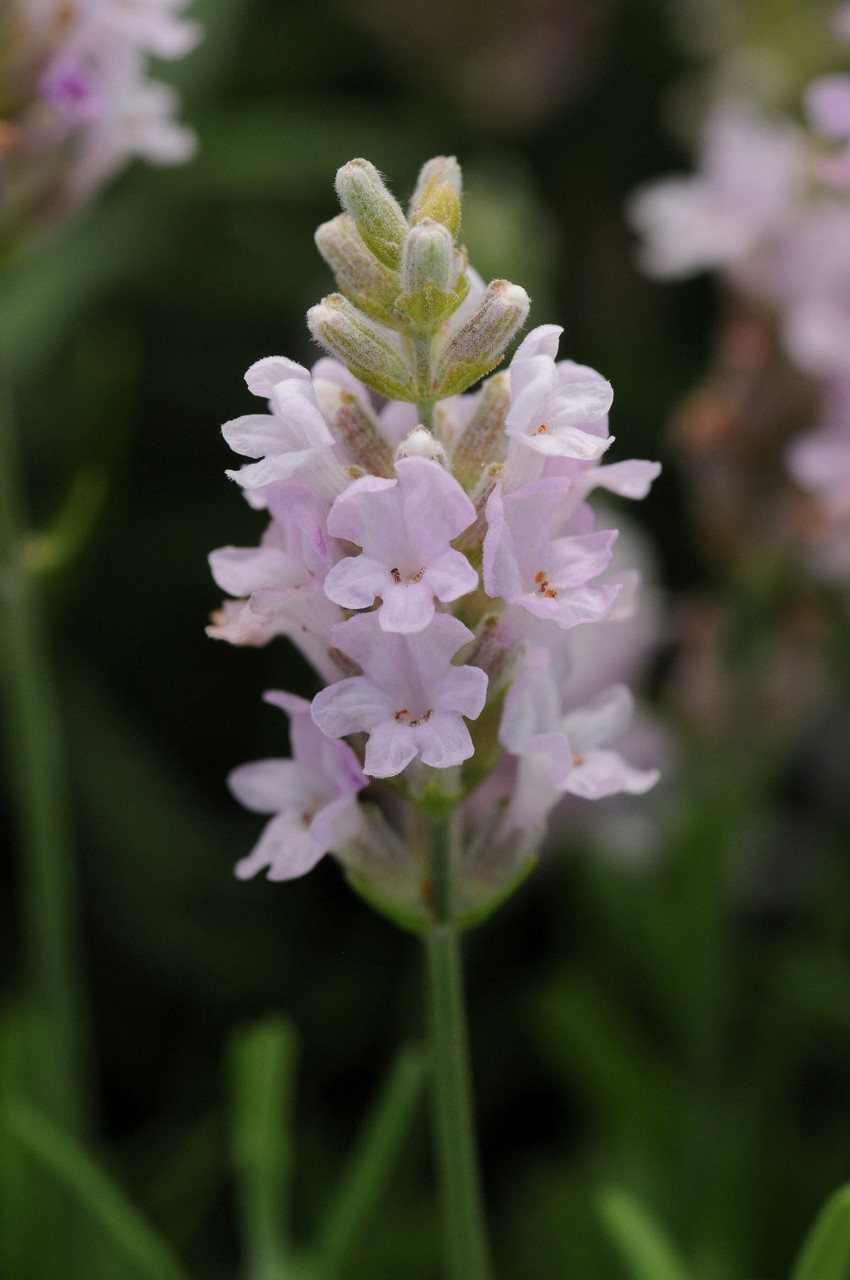





Yellow Vale
Rocky Road) Taira
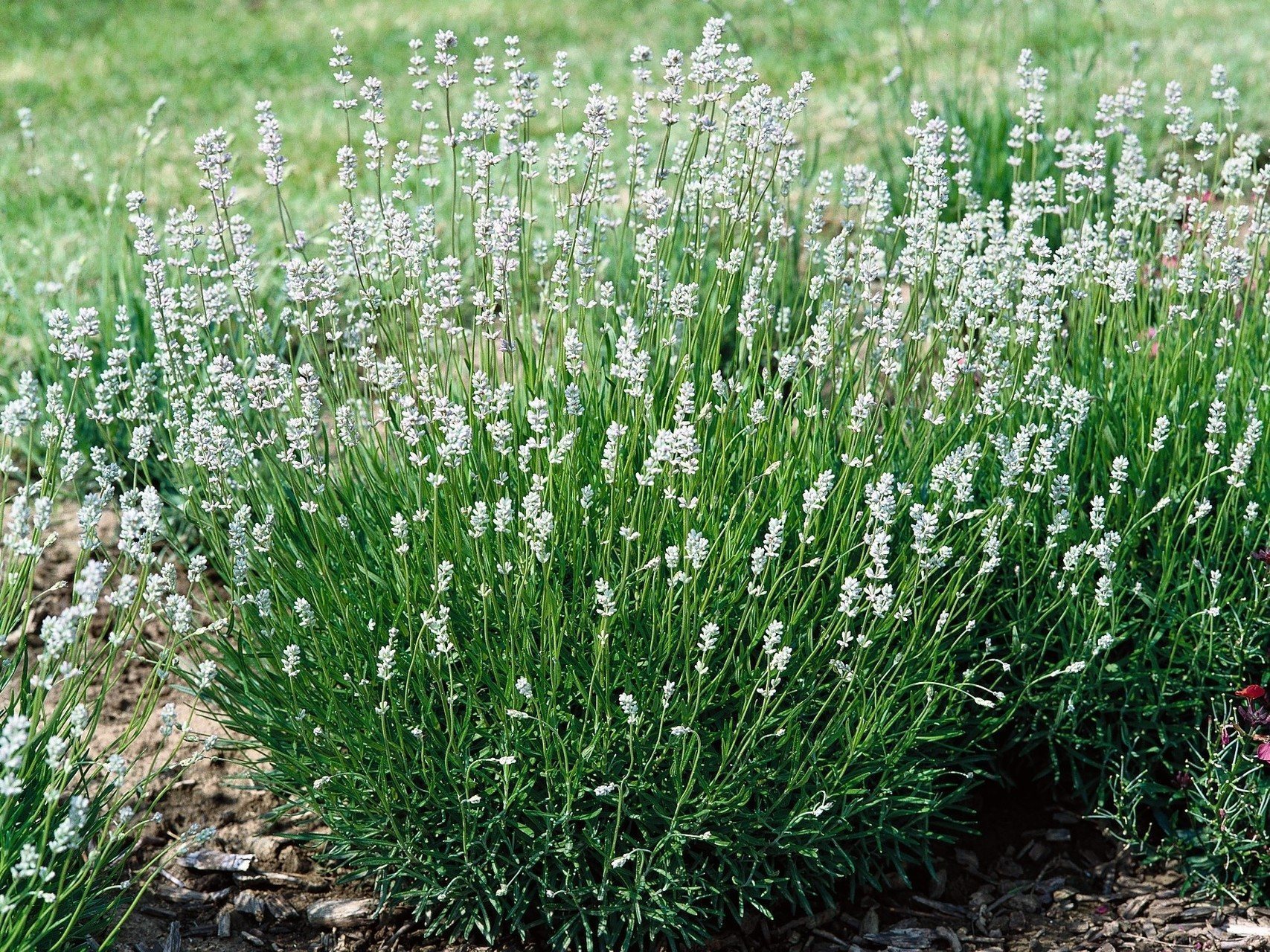
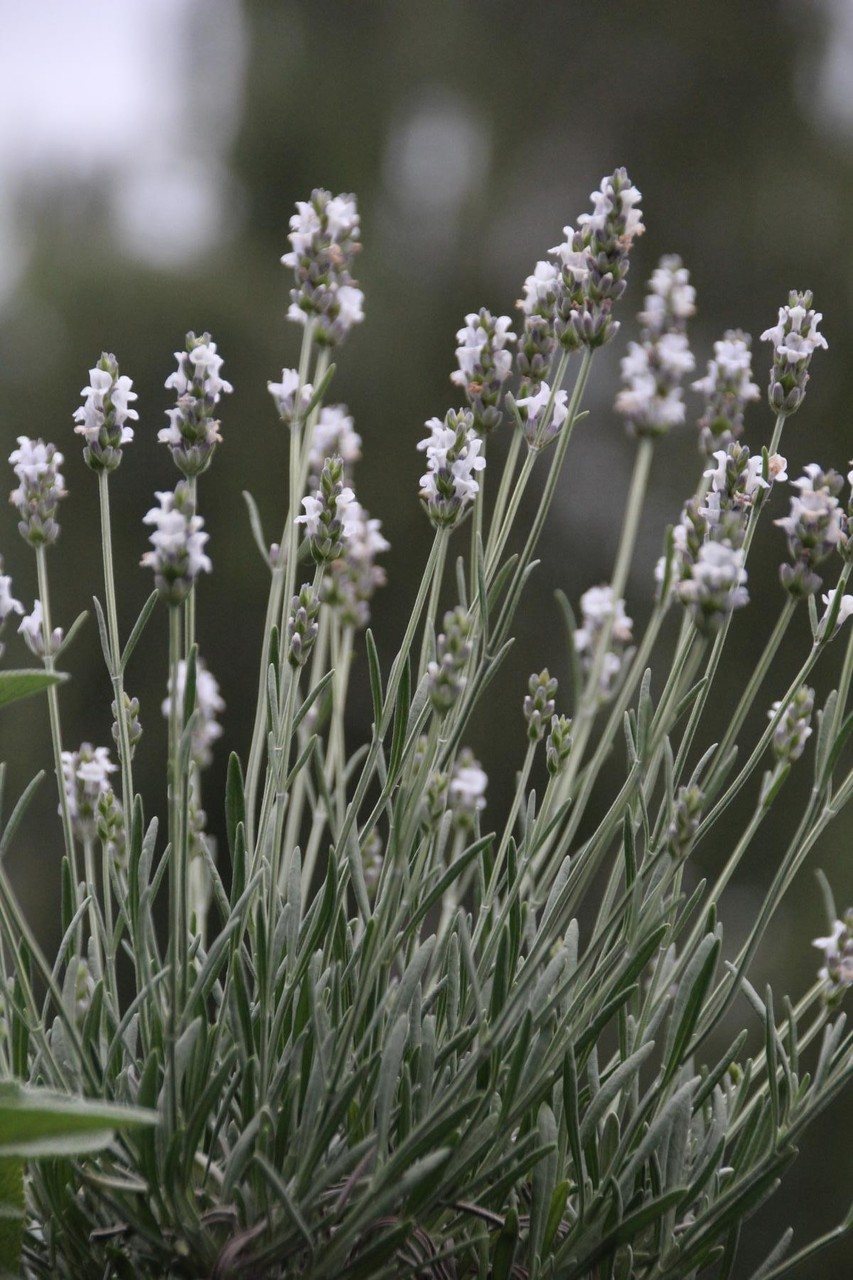
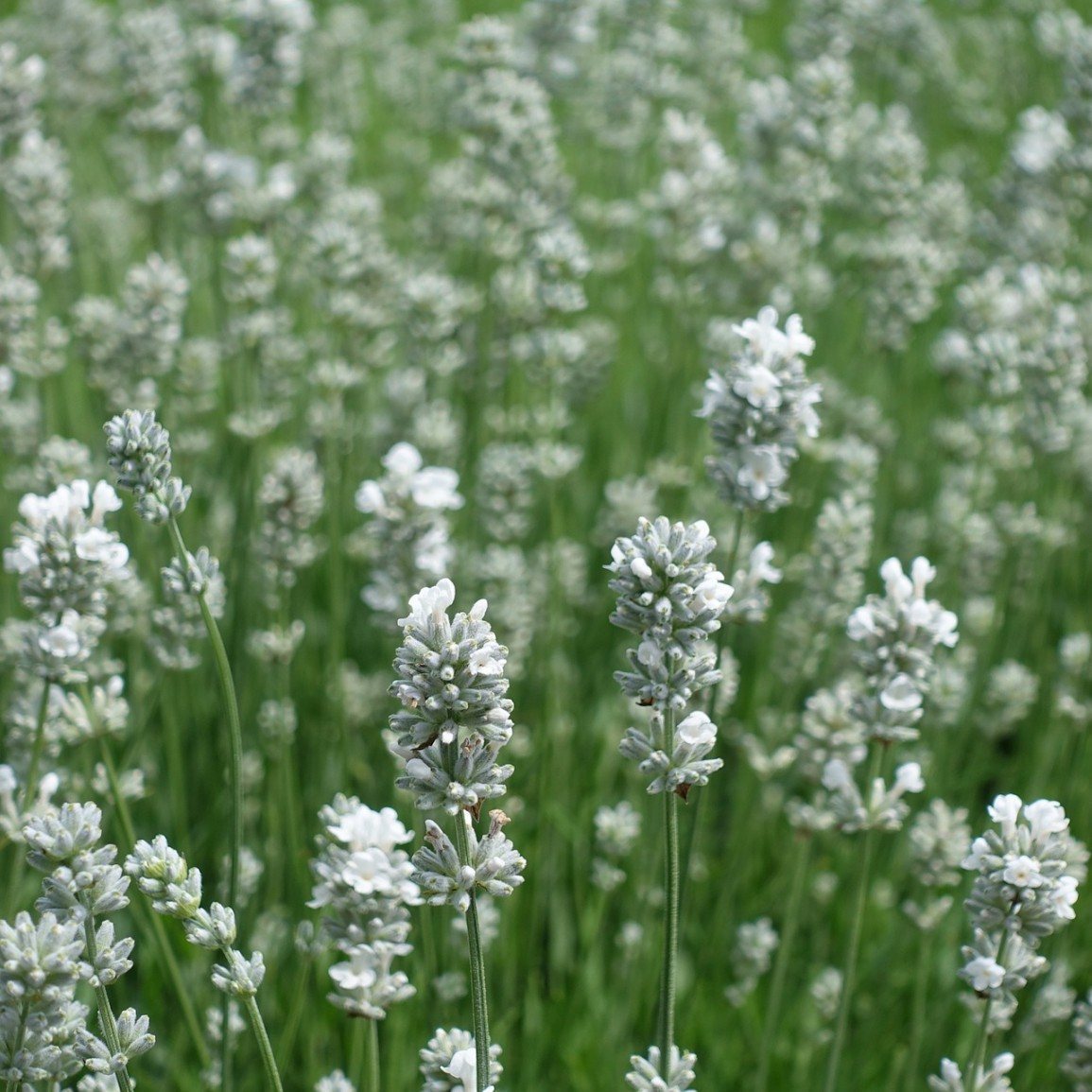
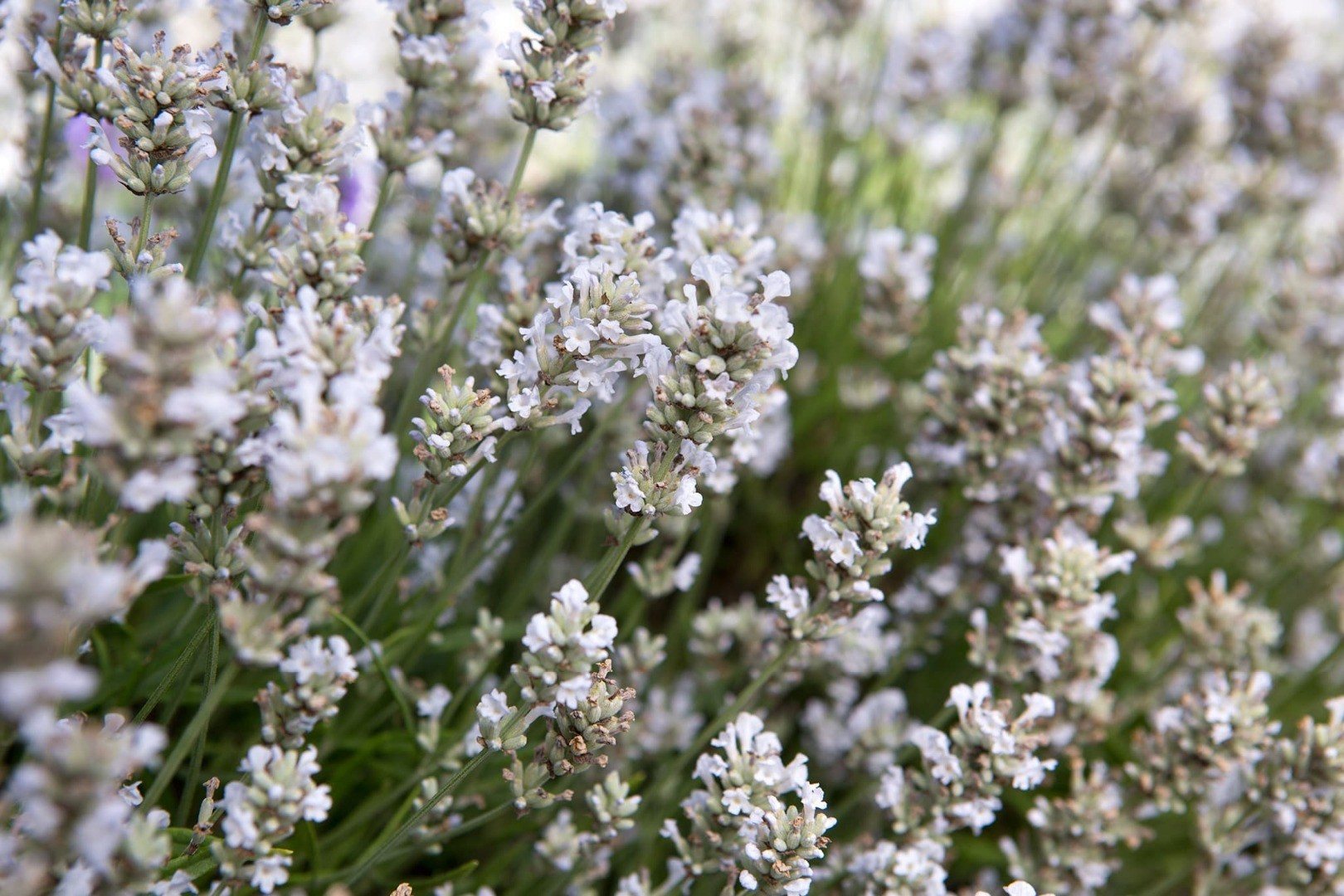
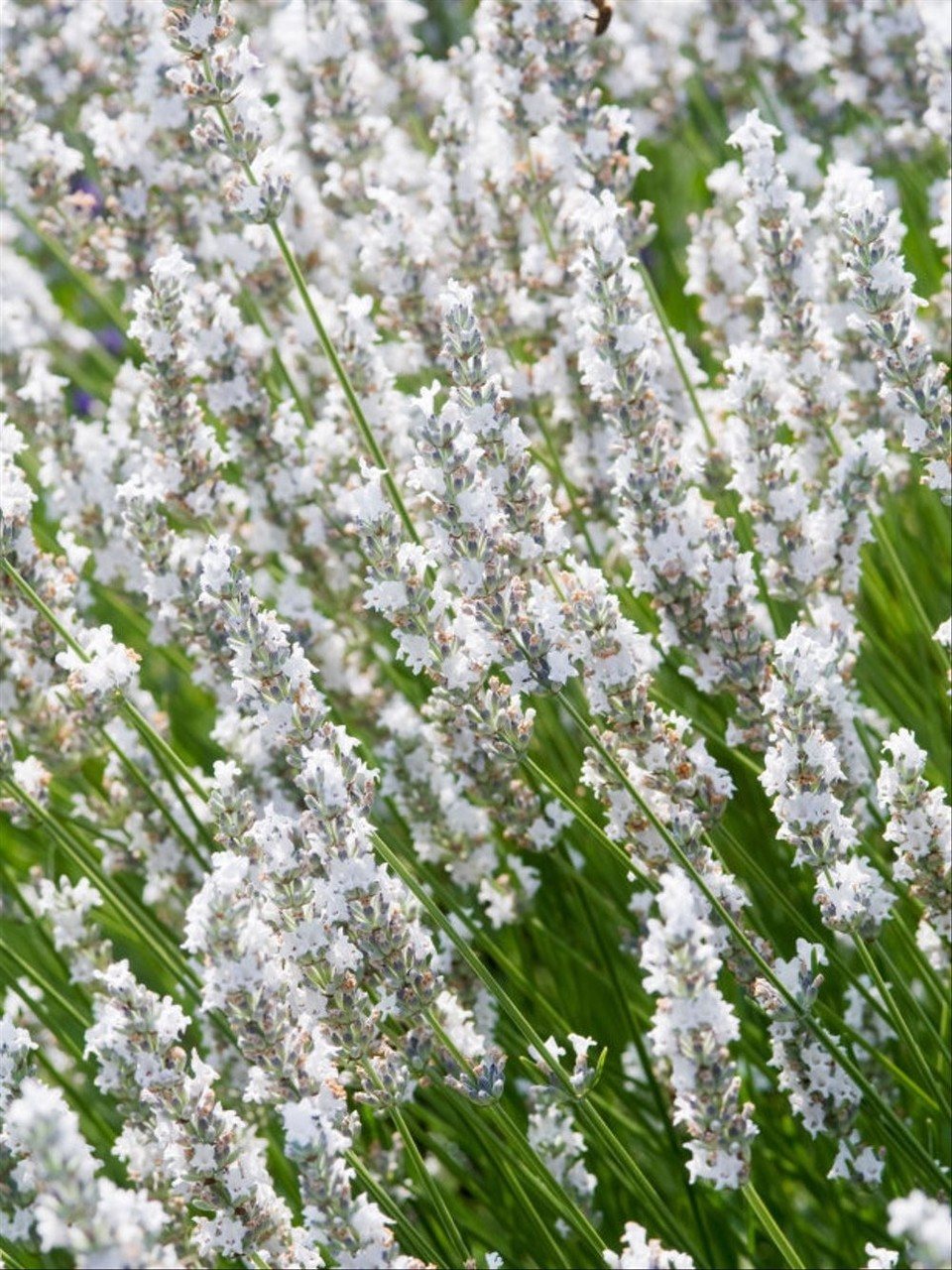





Helmsday
Bandera Pink
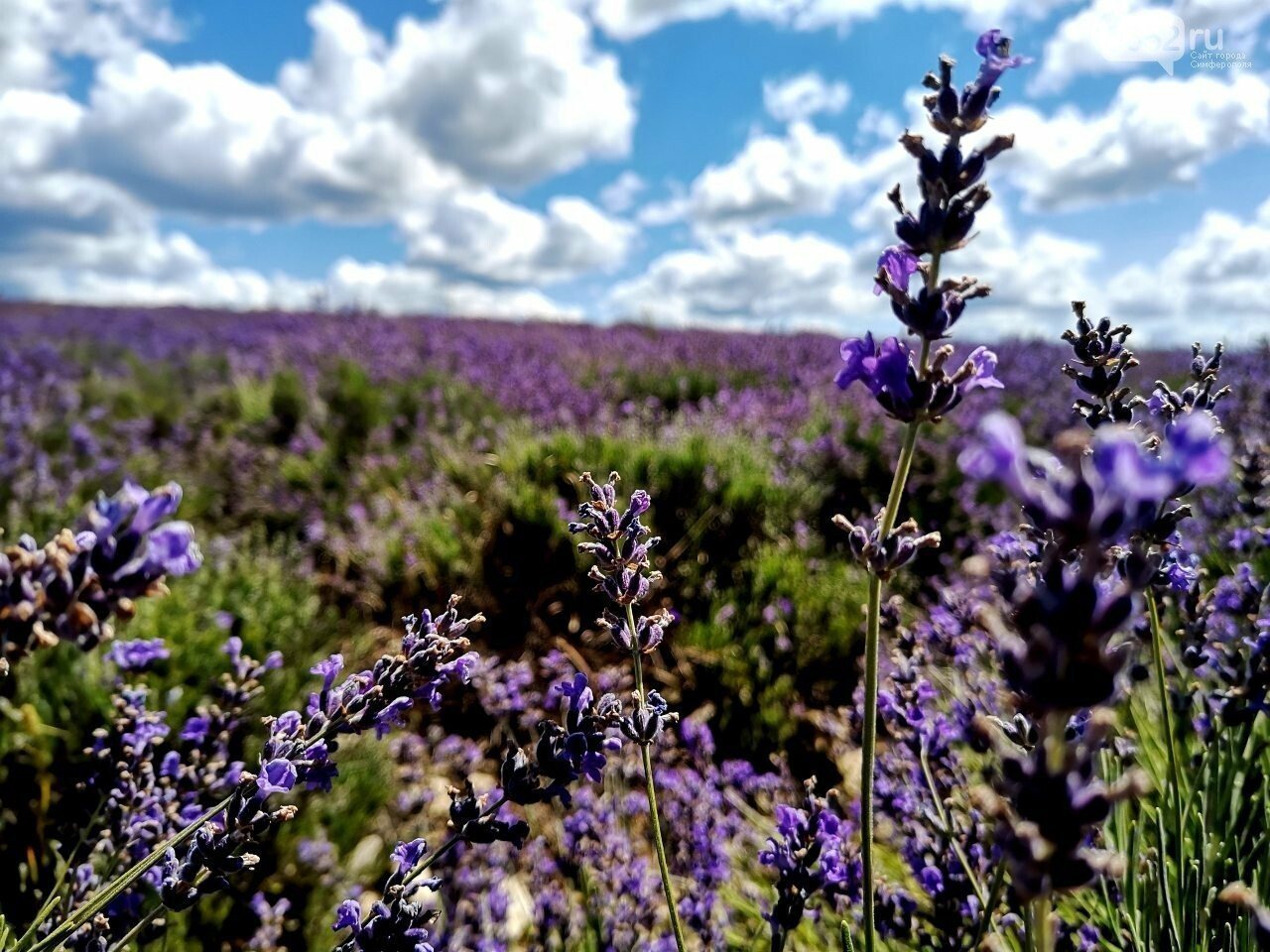
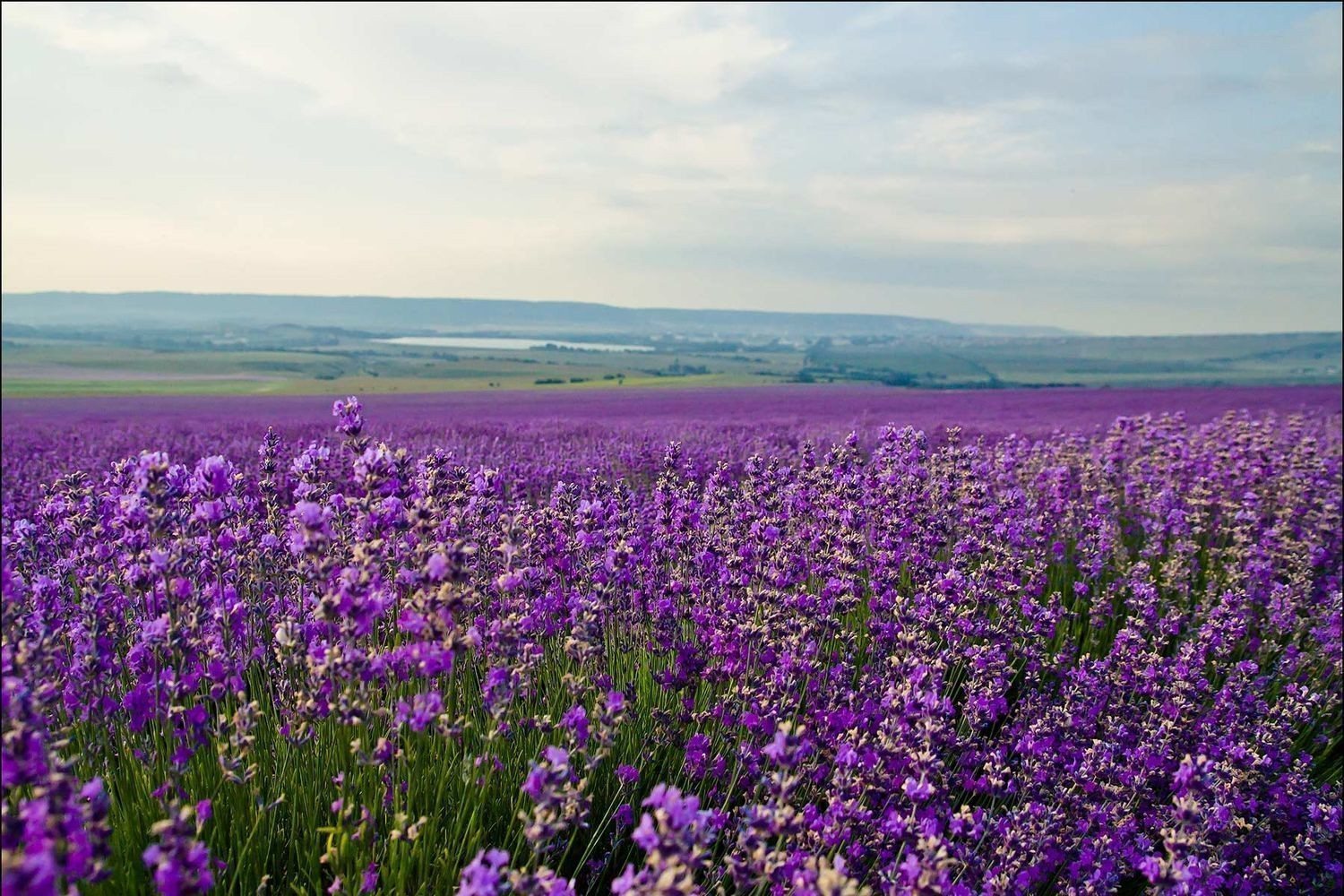
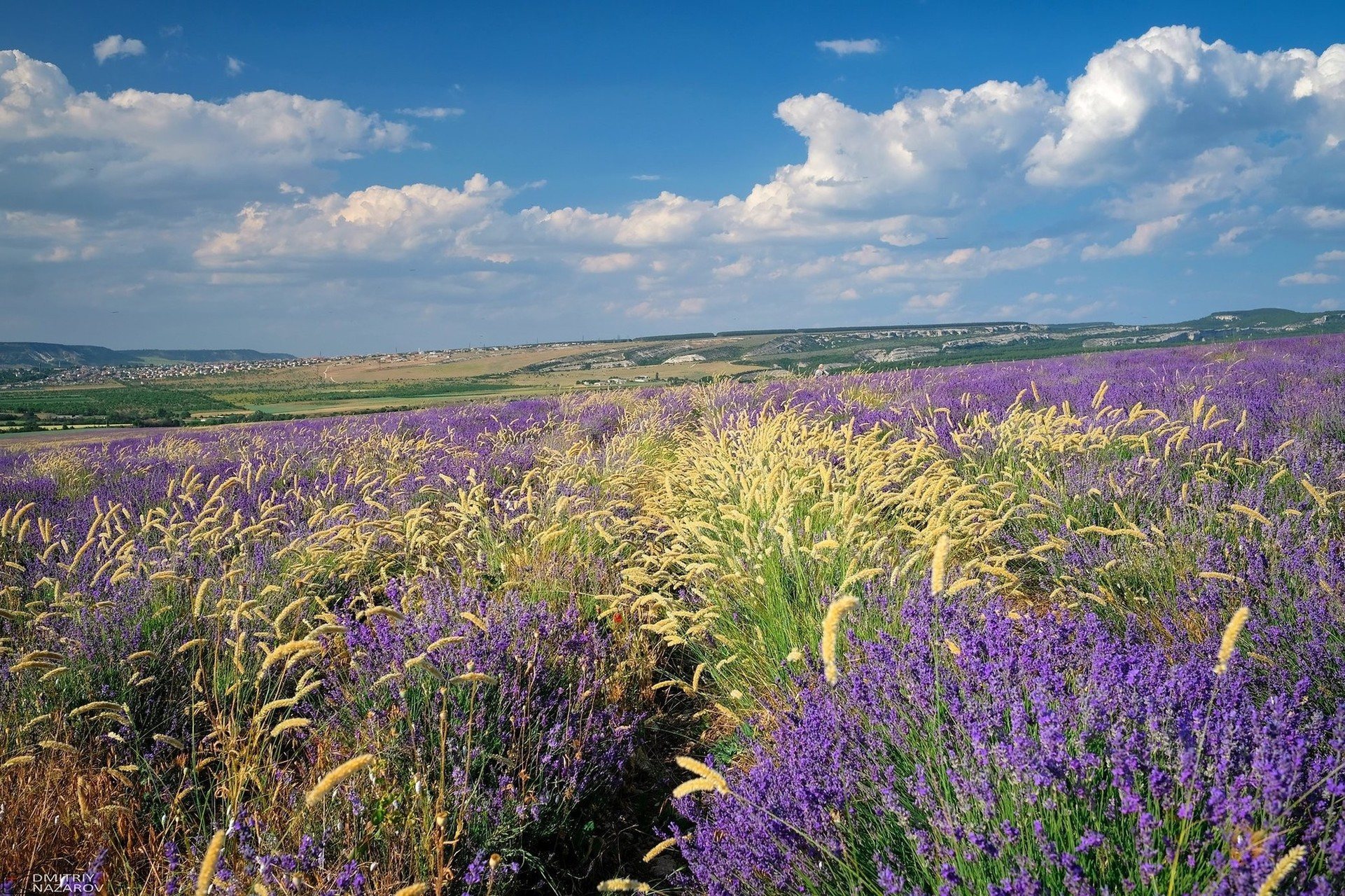
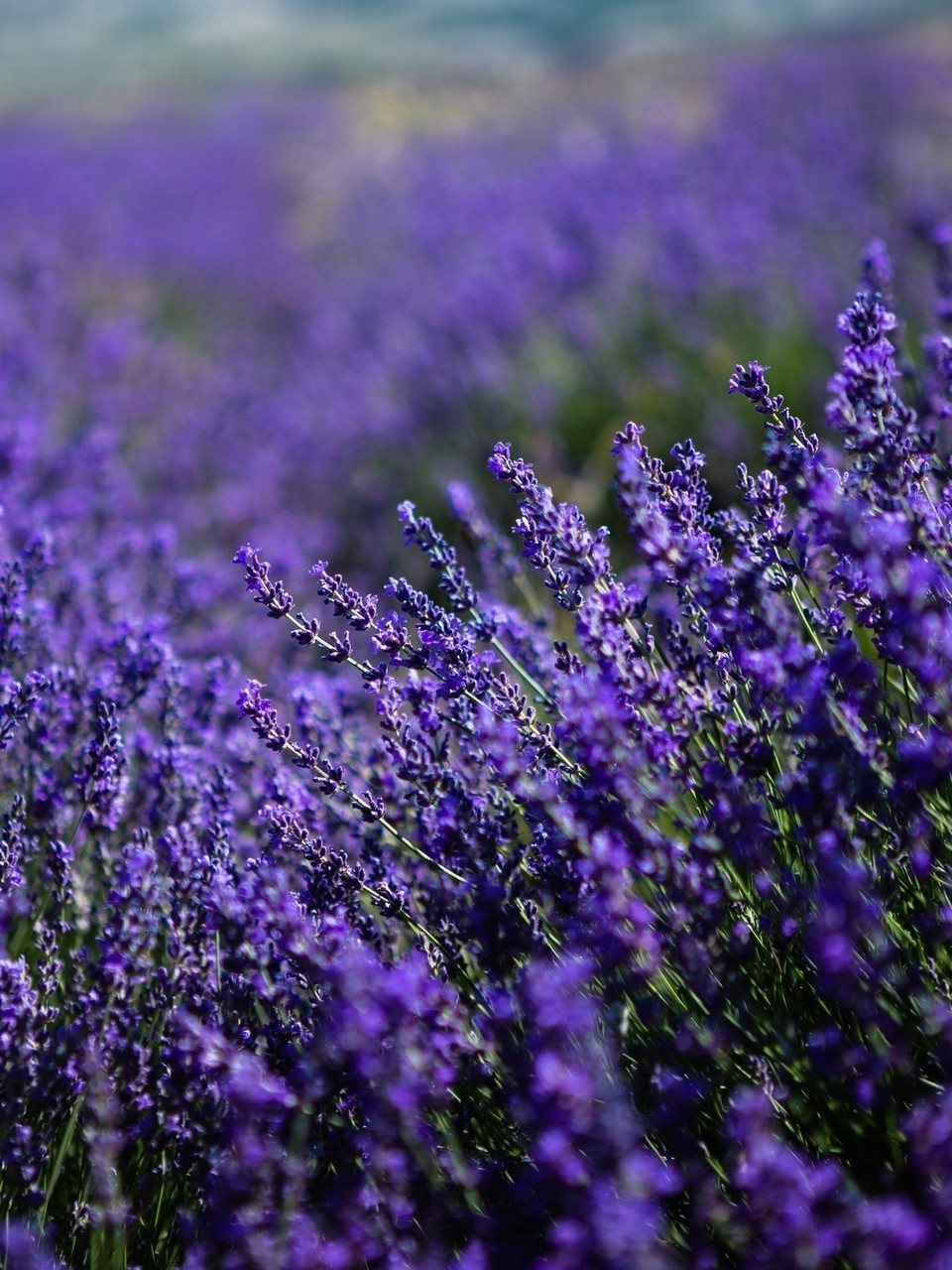
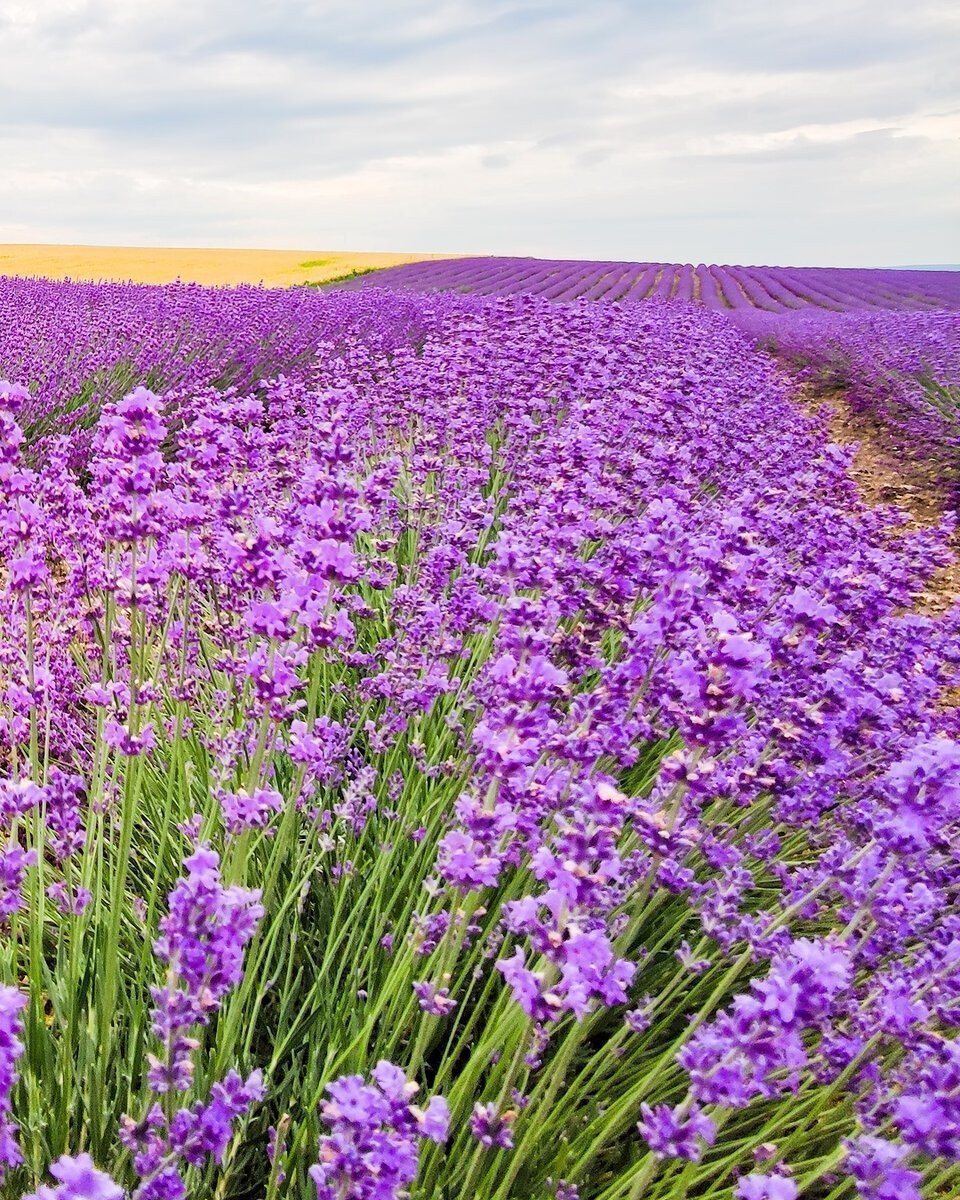





Serrated
Royal crown

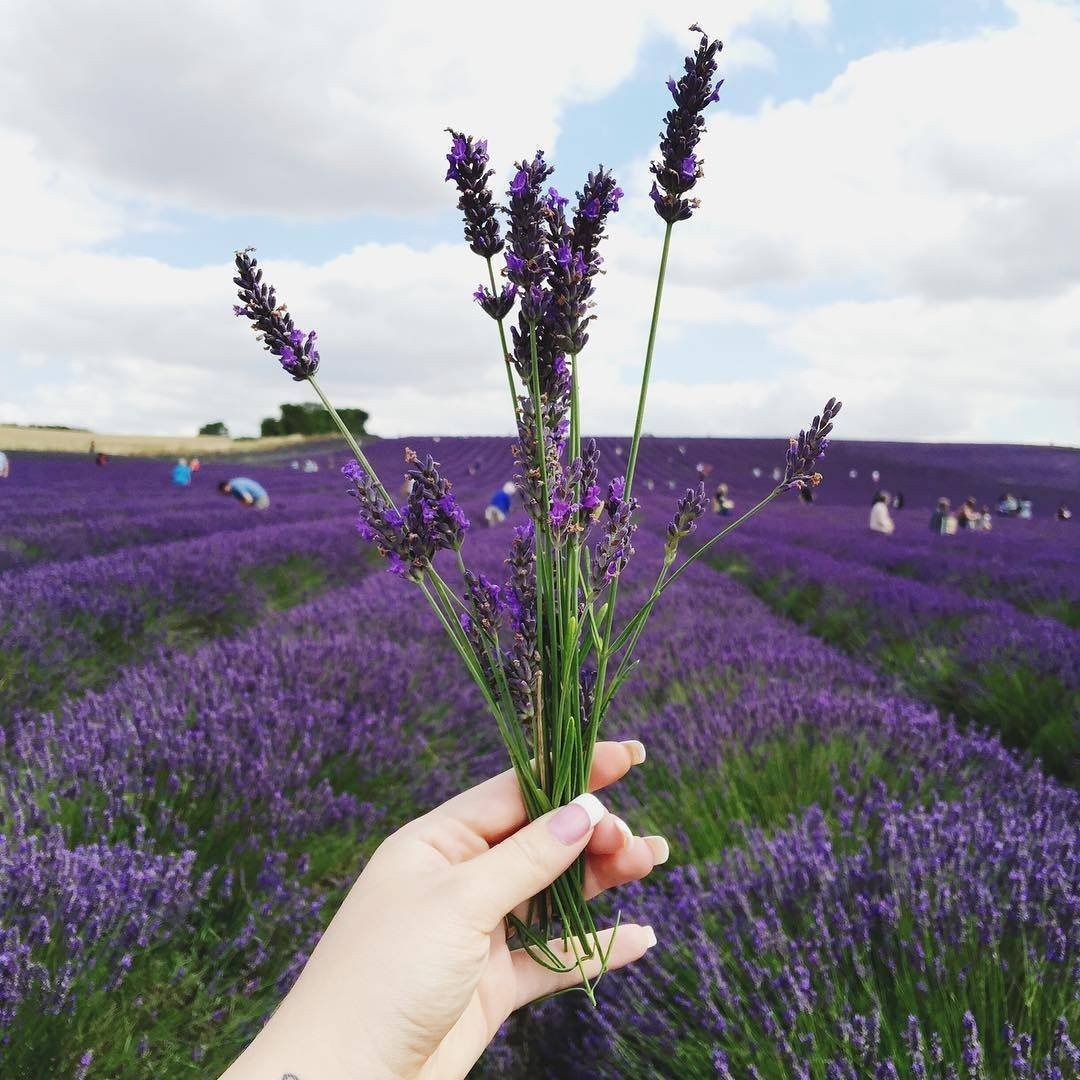
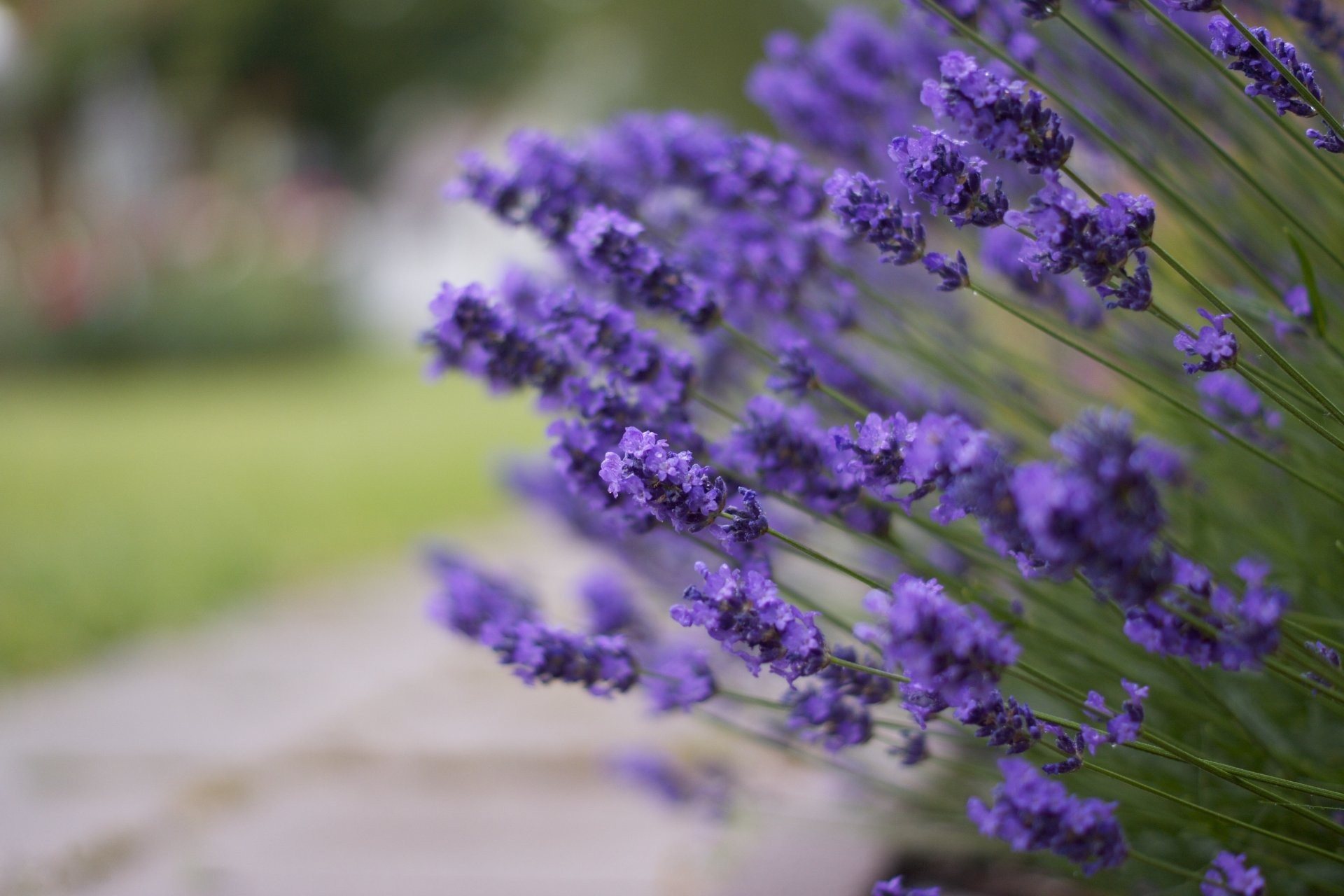
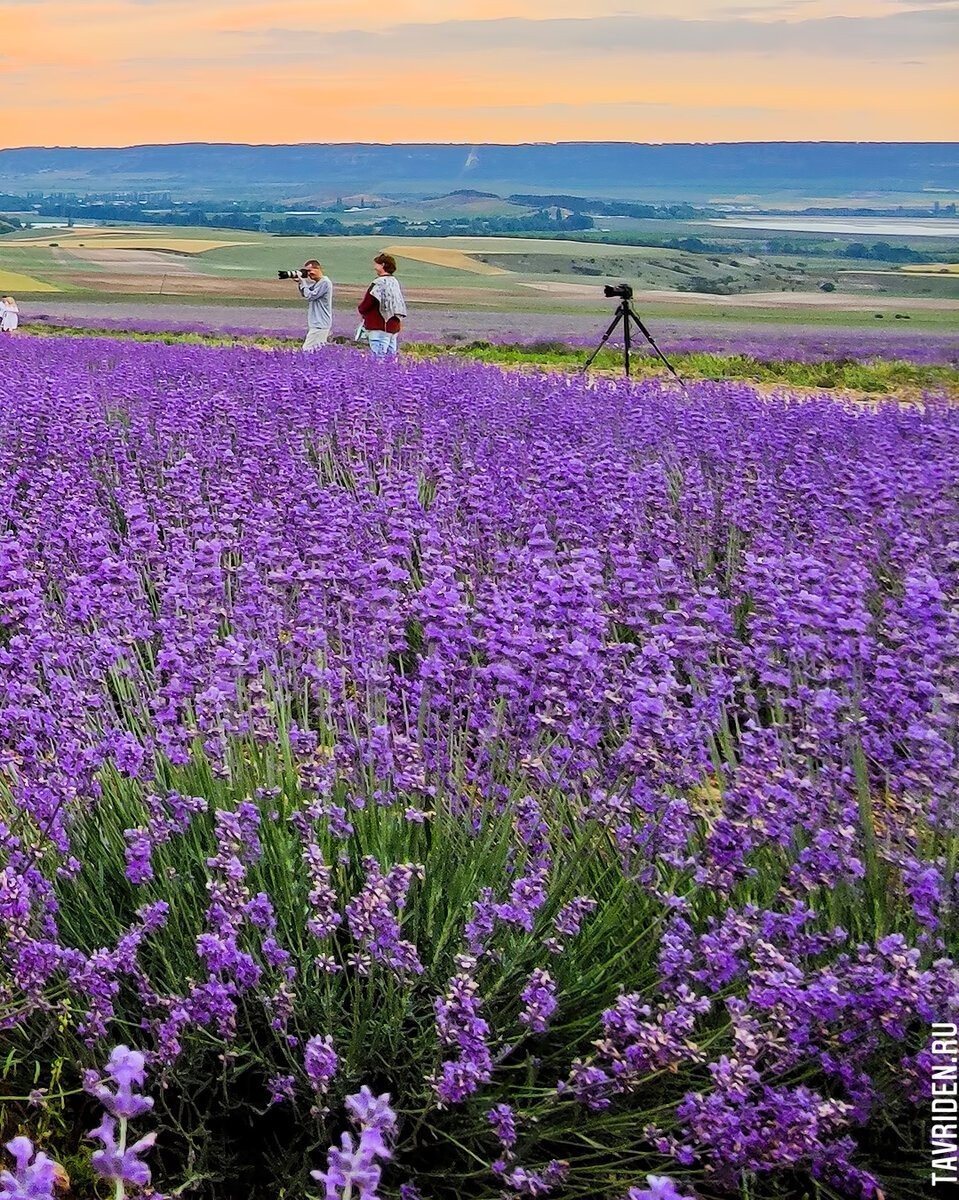
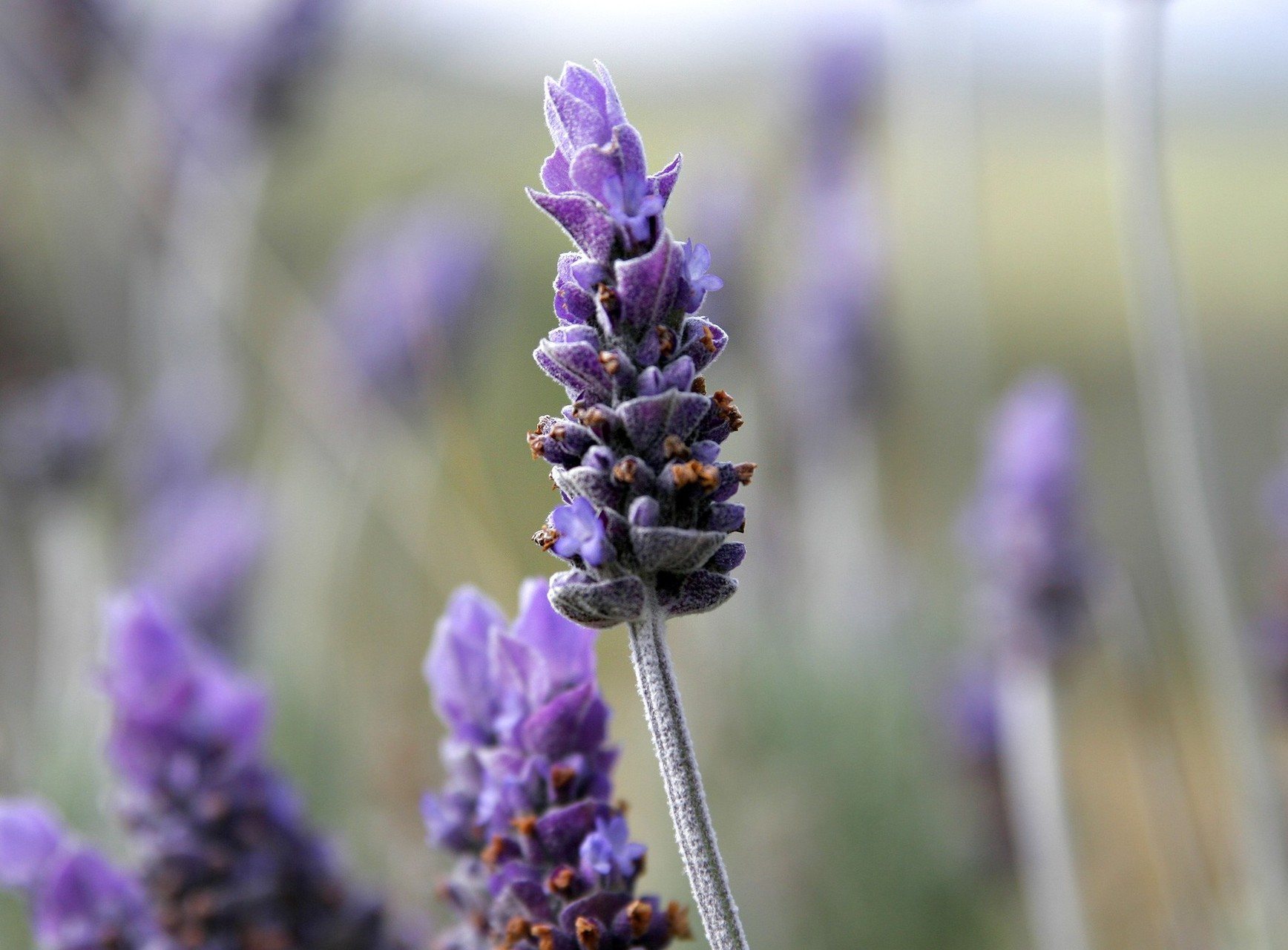





Agnata
Goodwin Creek Gray

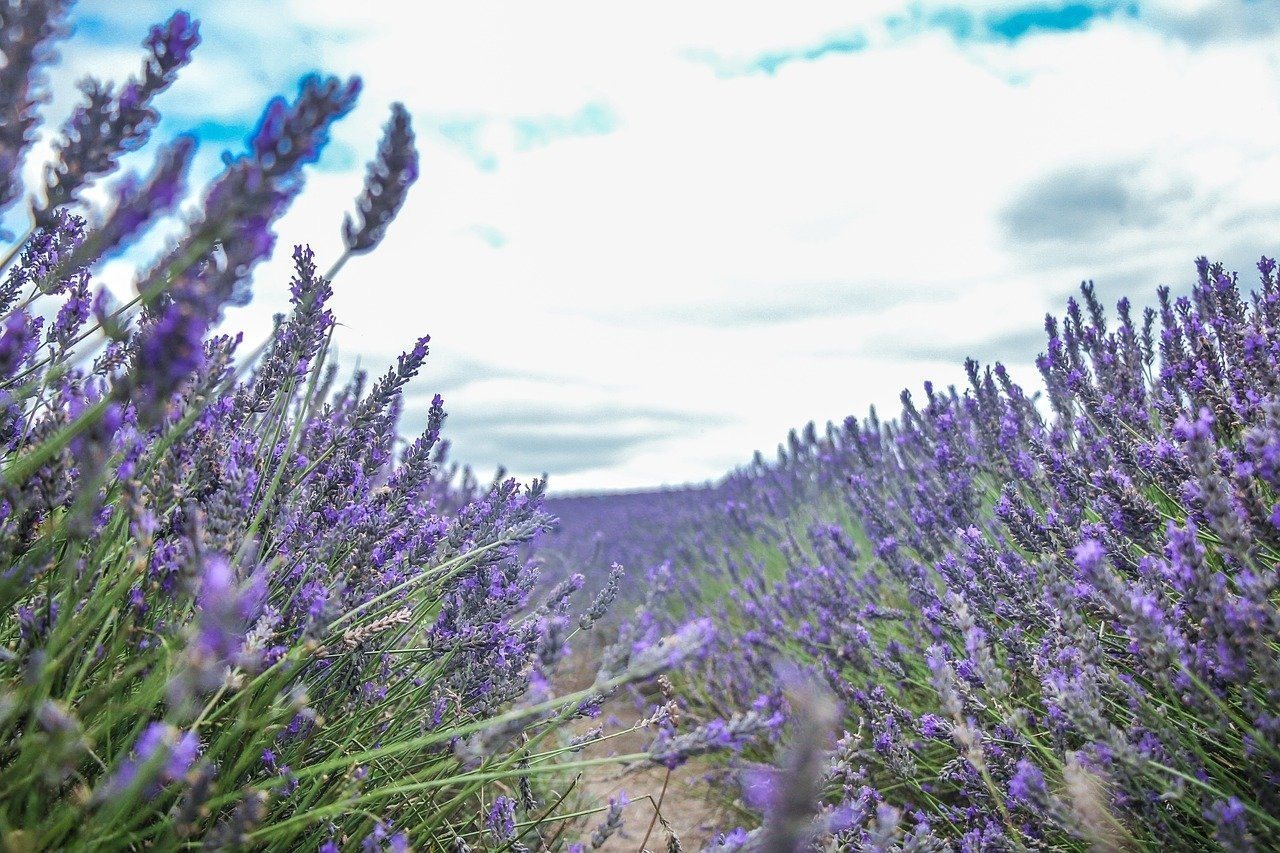
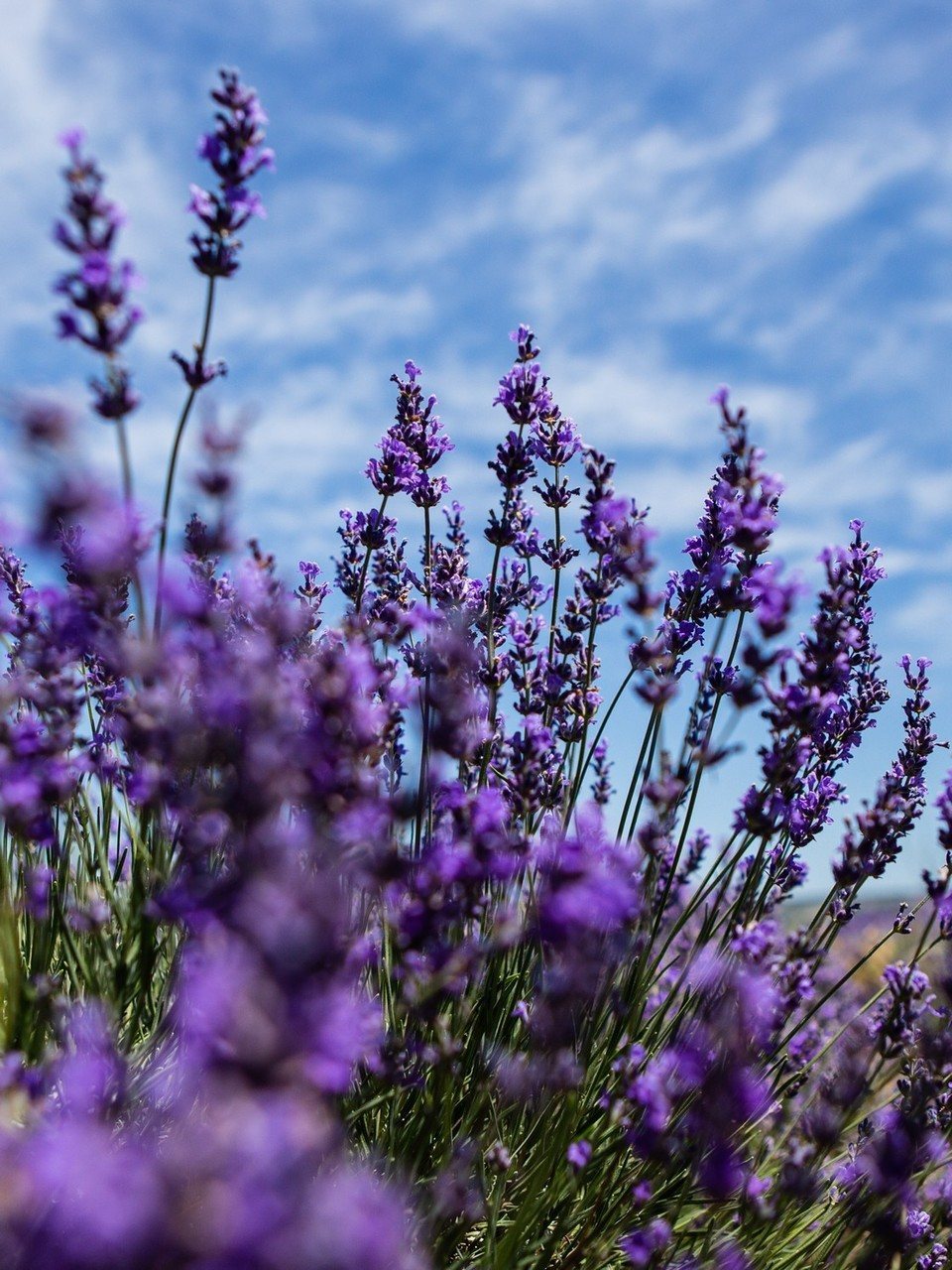
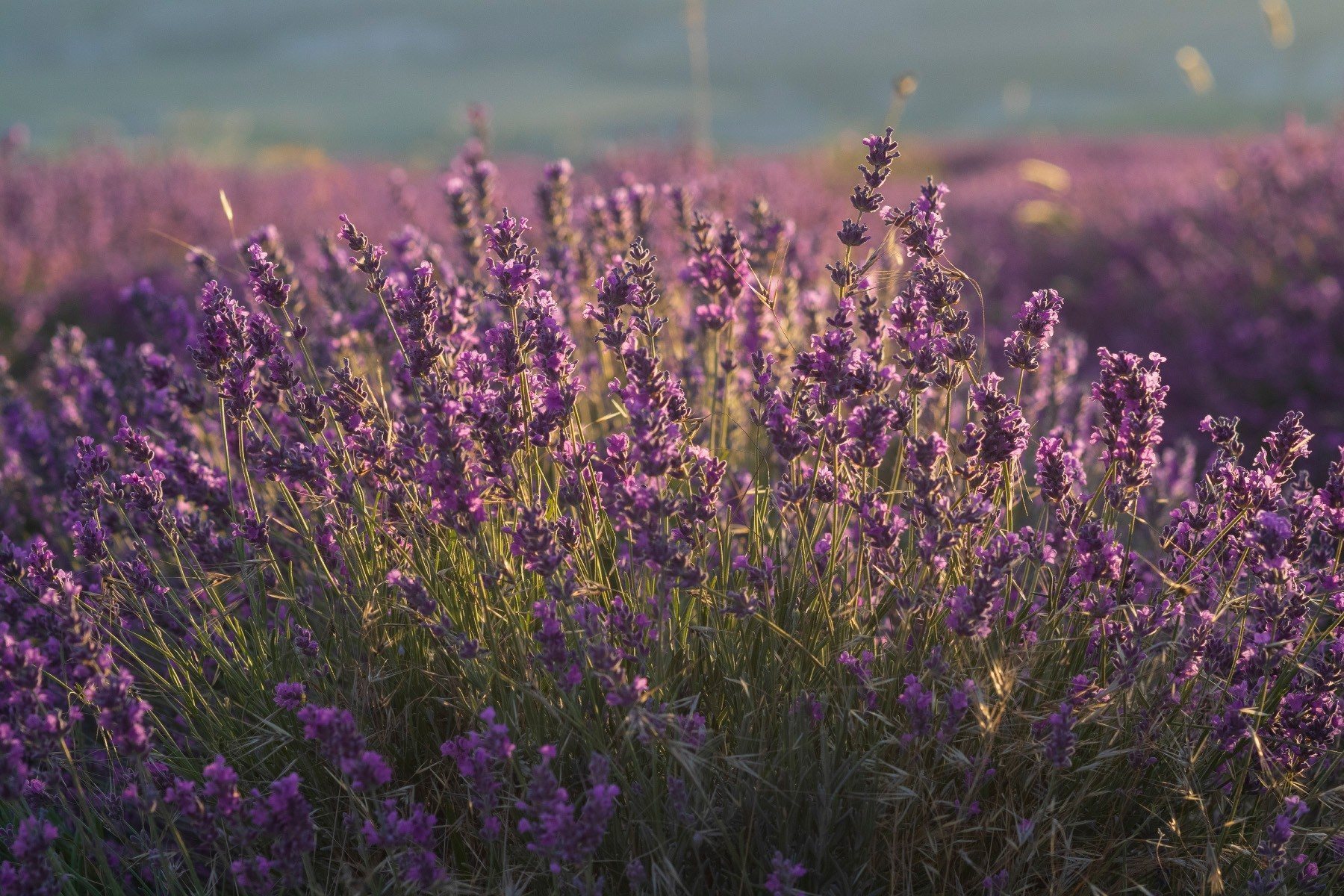
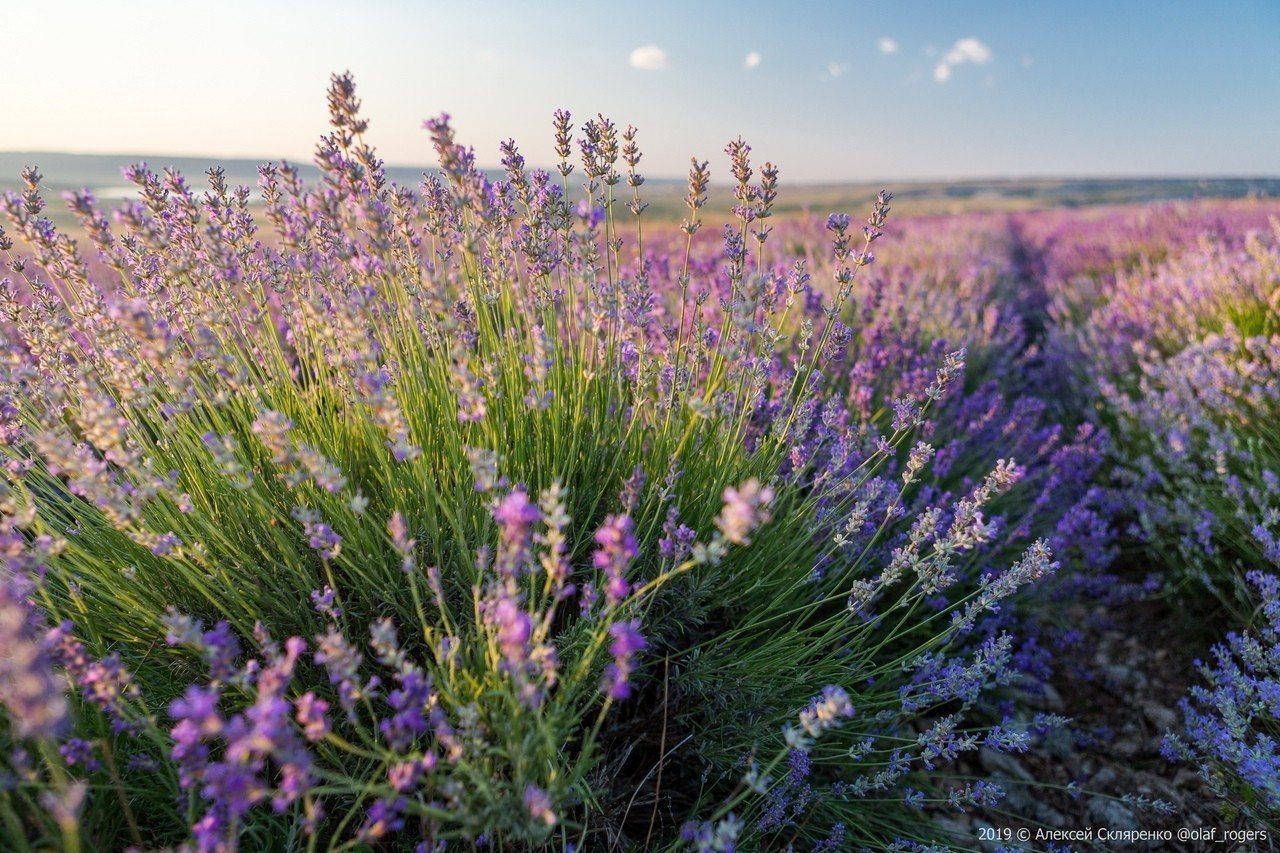





Multi-notch
Normandy
House conditions
Temperature

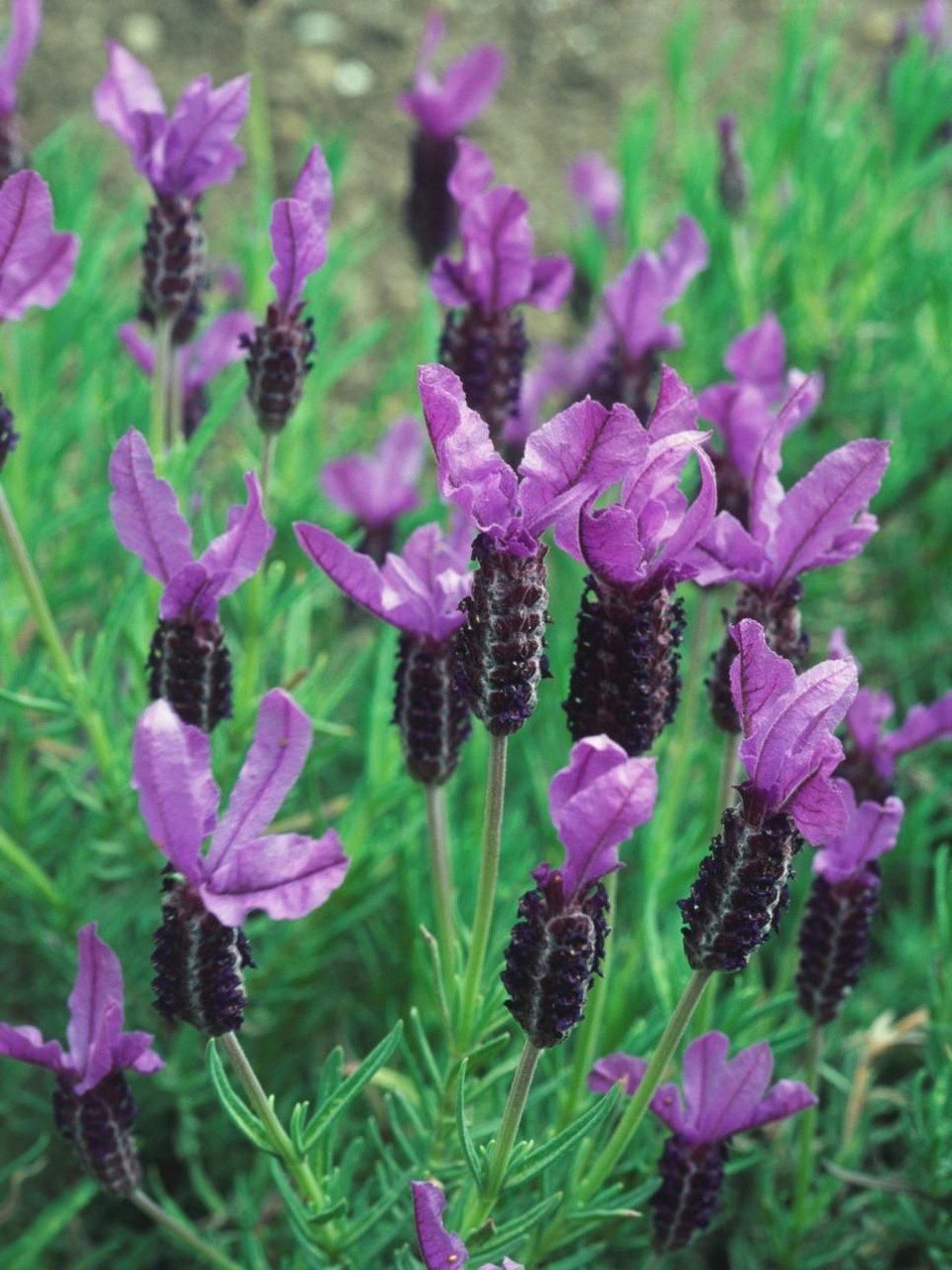
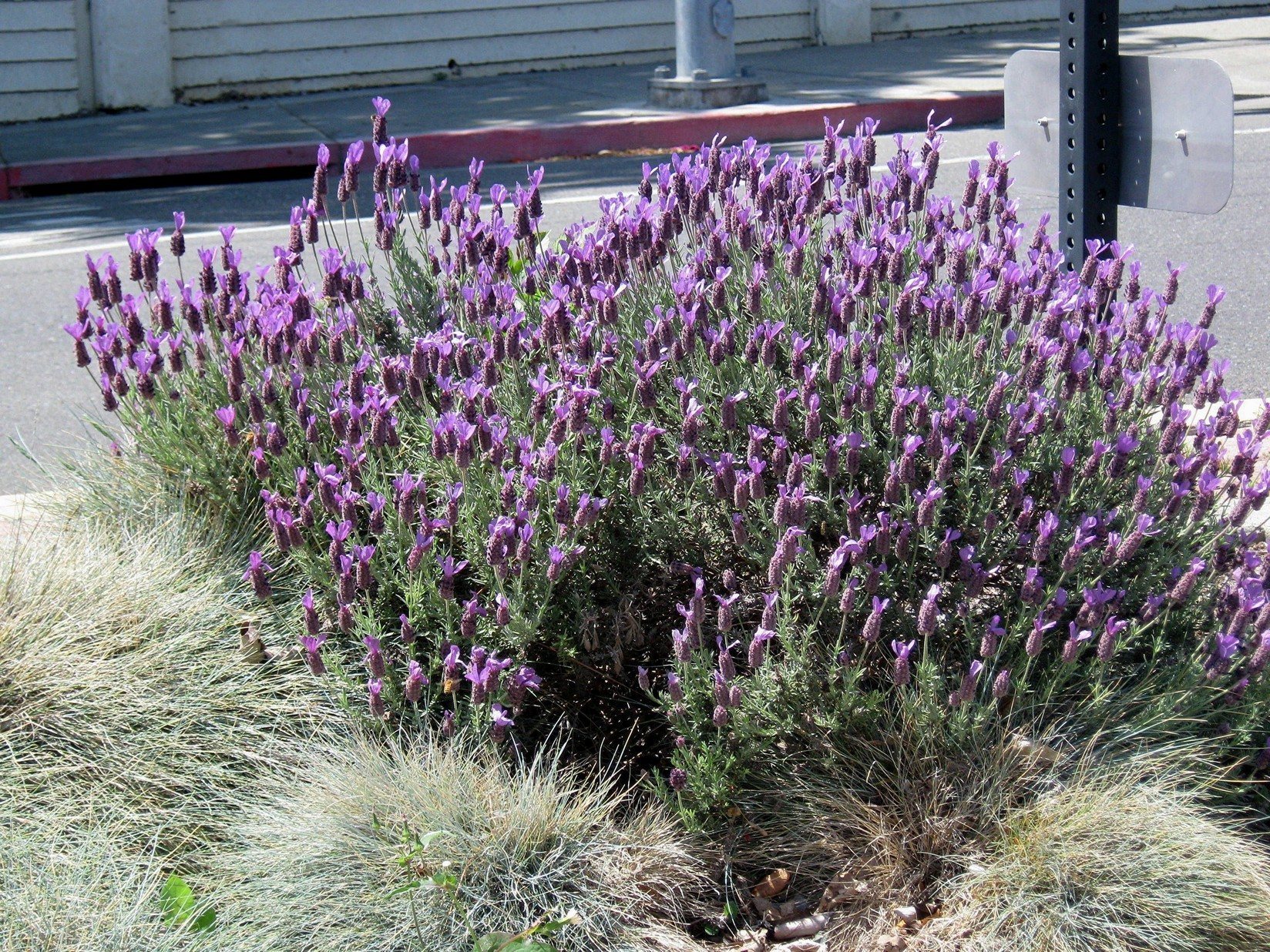
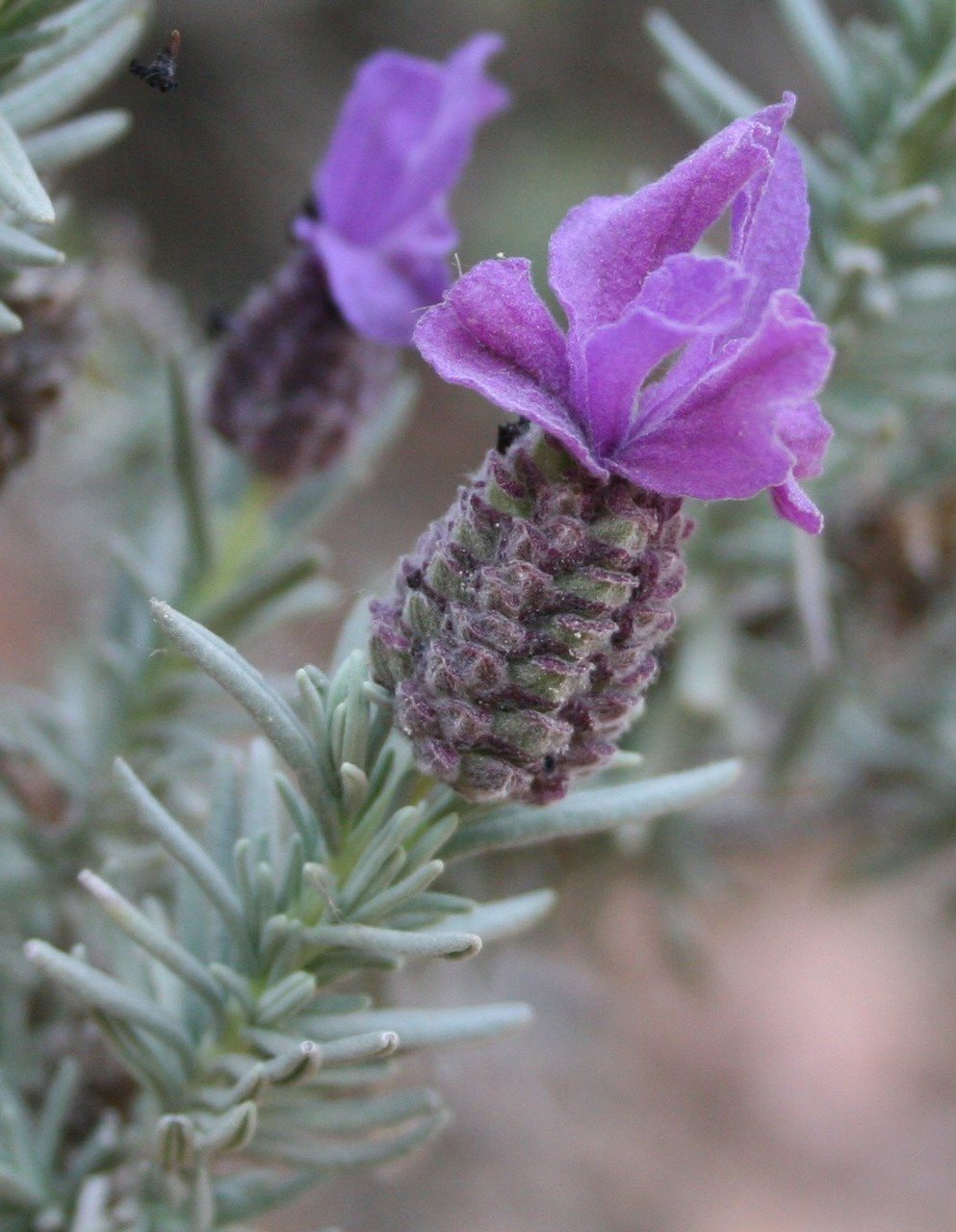
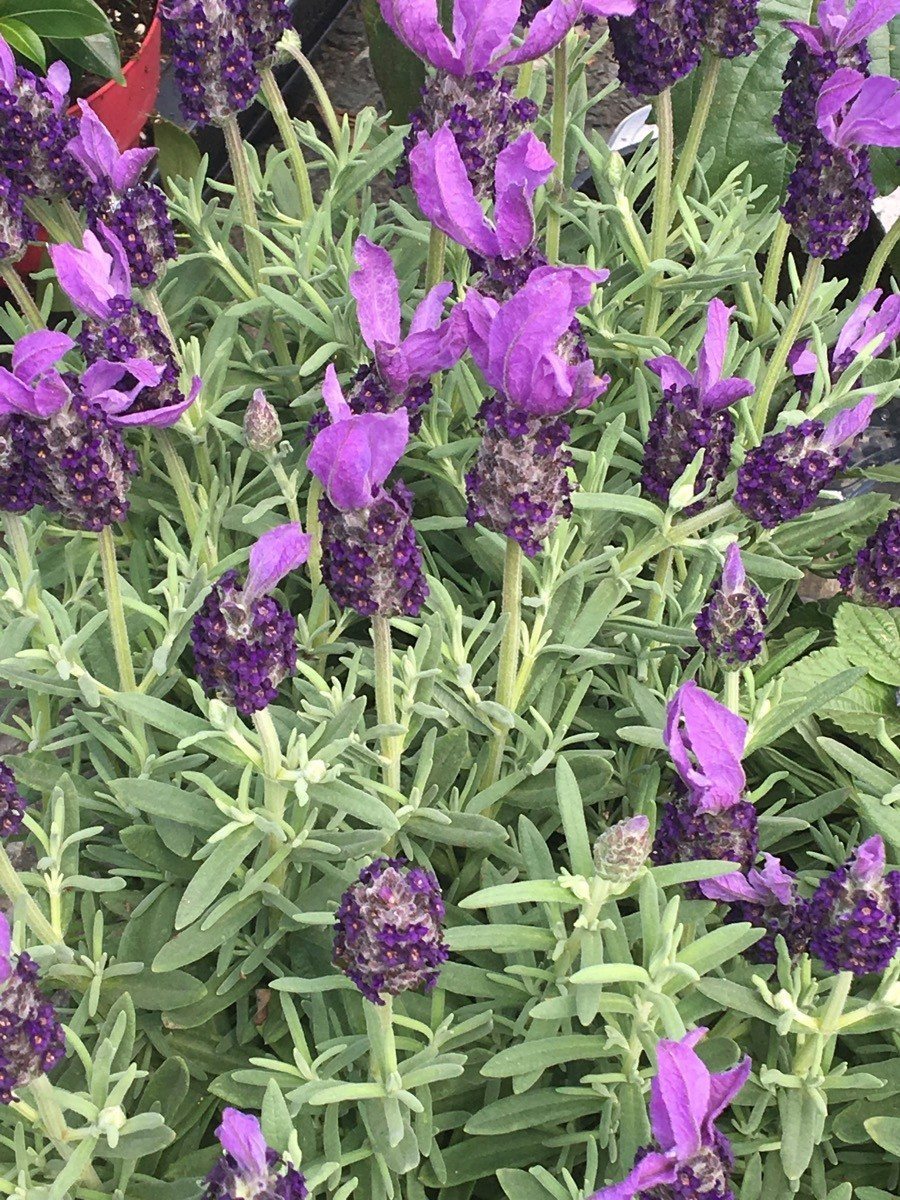





Humidity indicators
Lighting
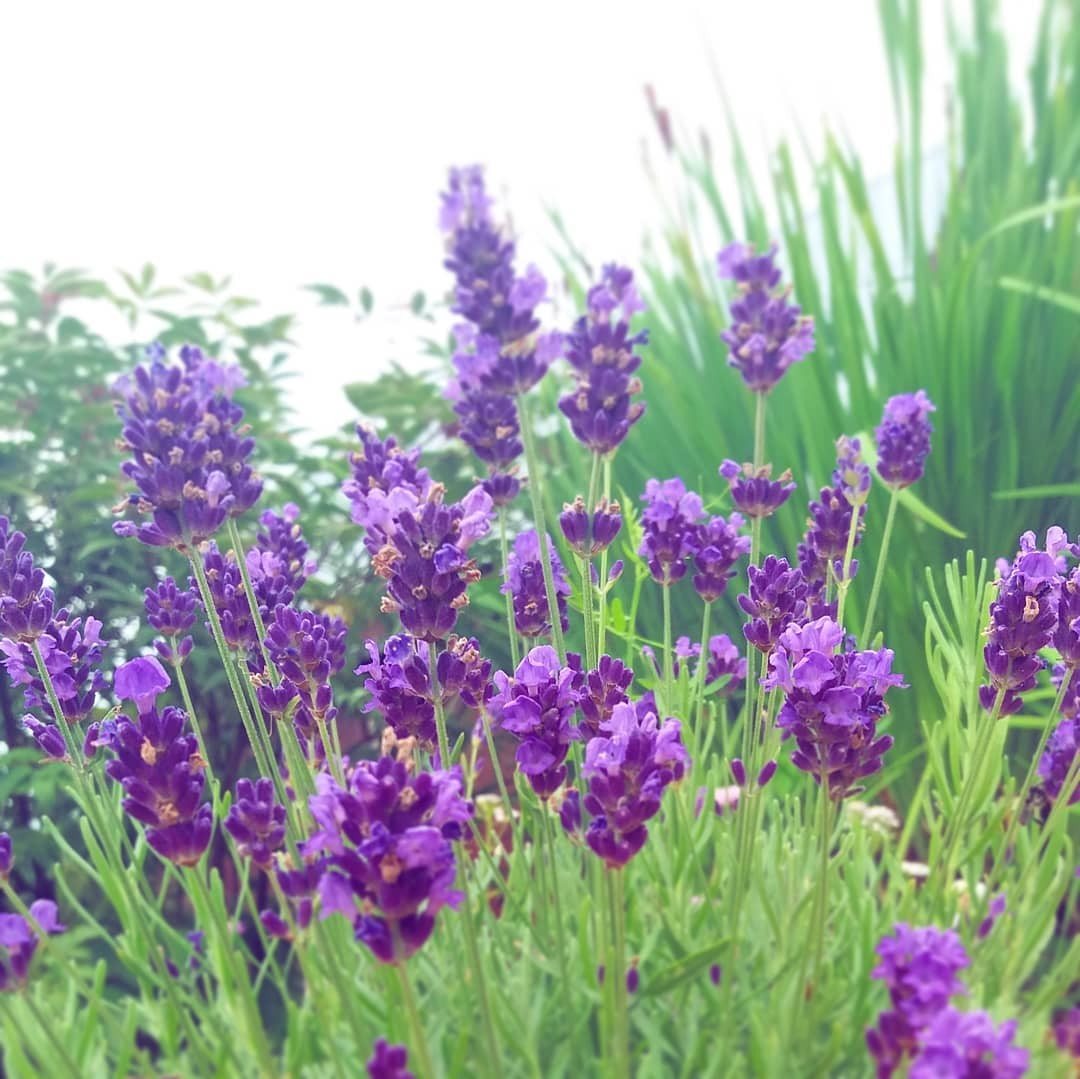
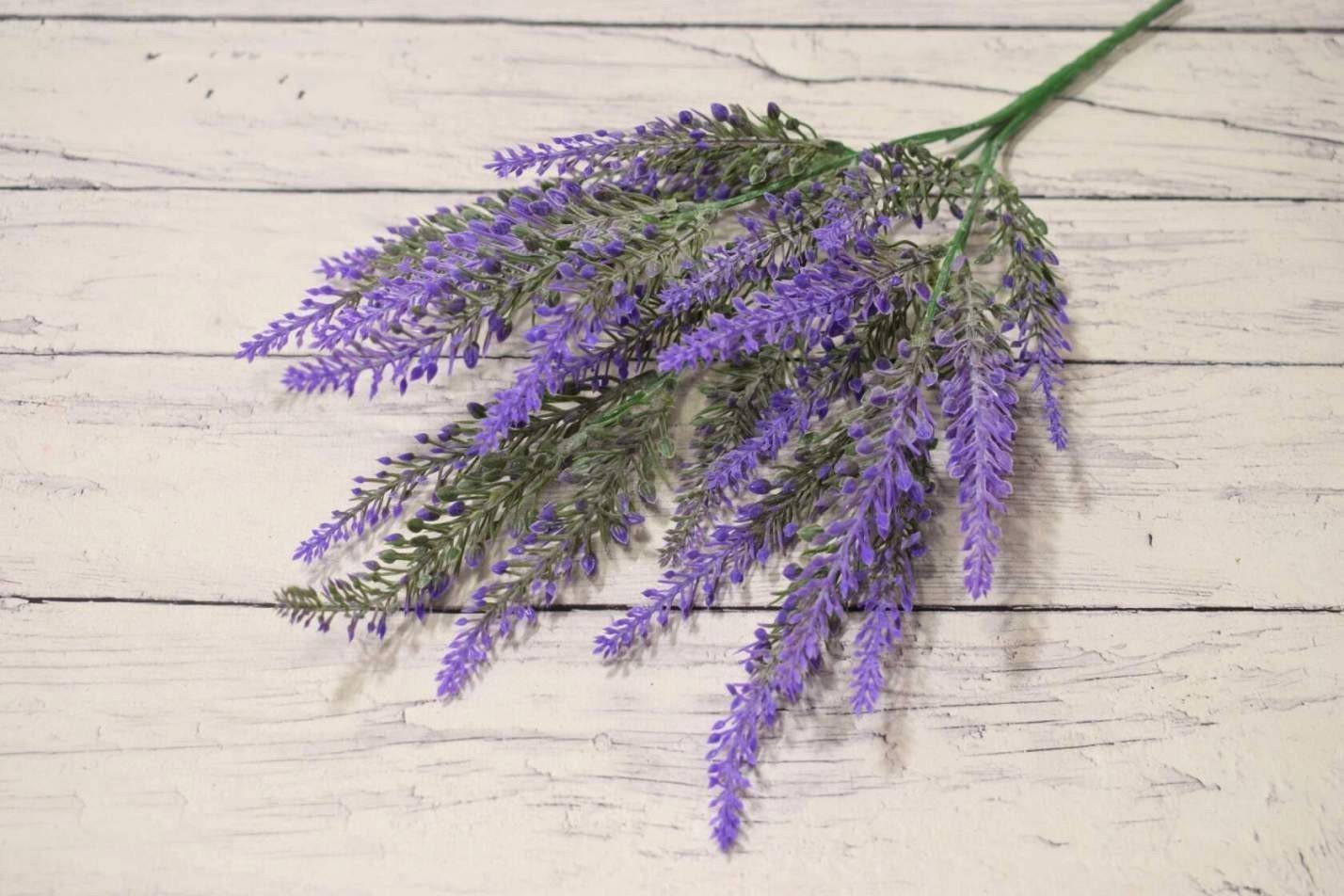
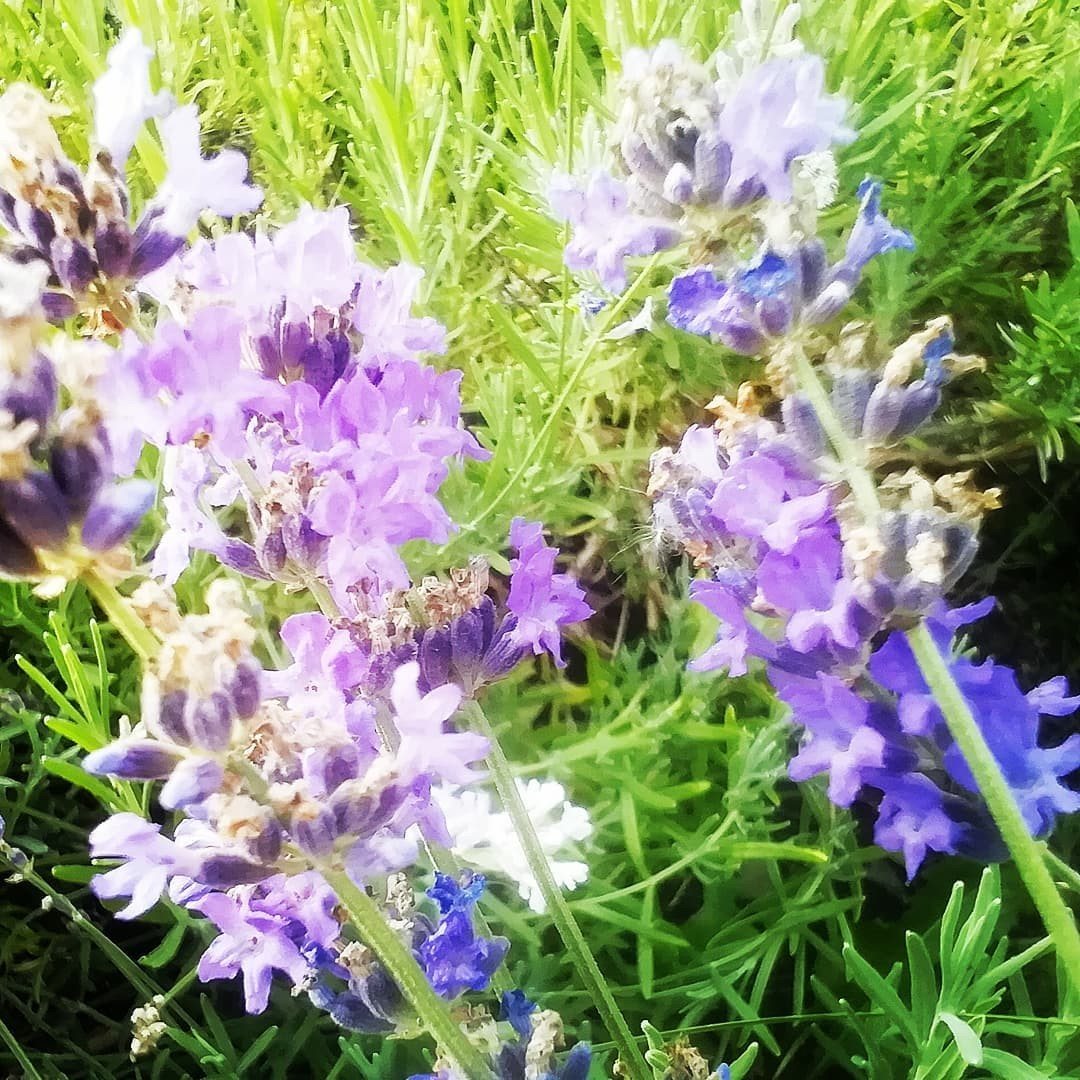
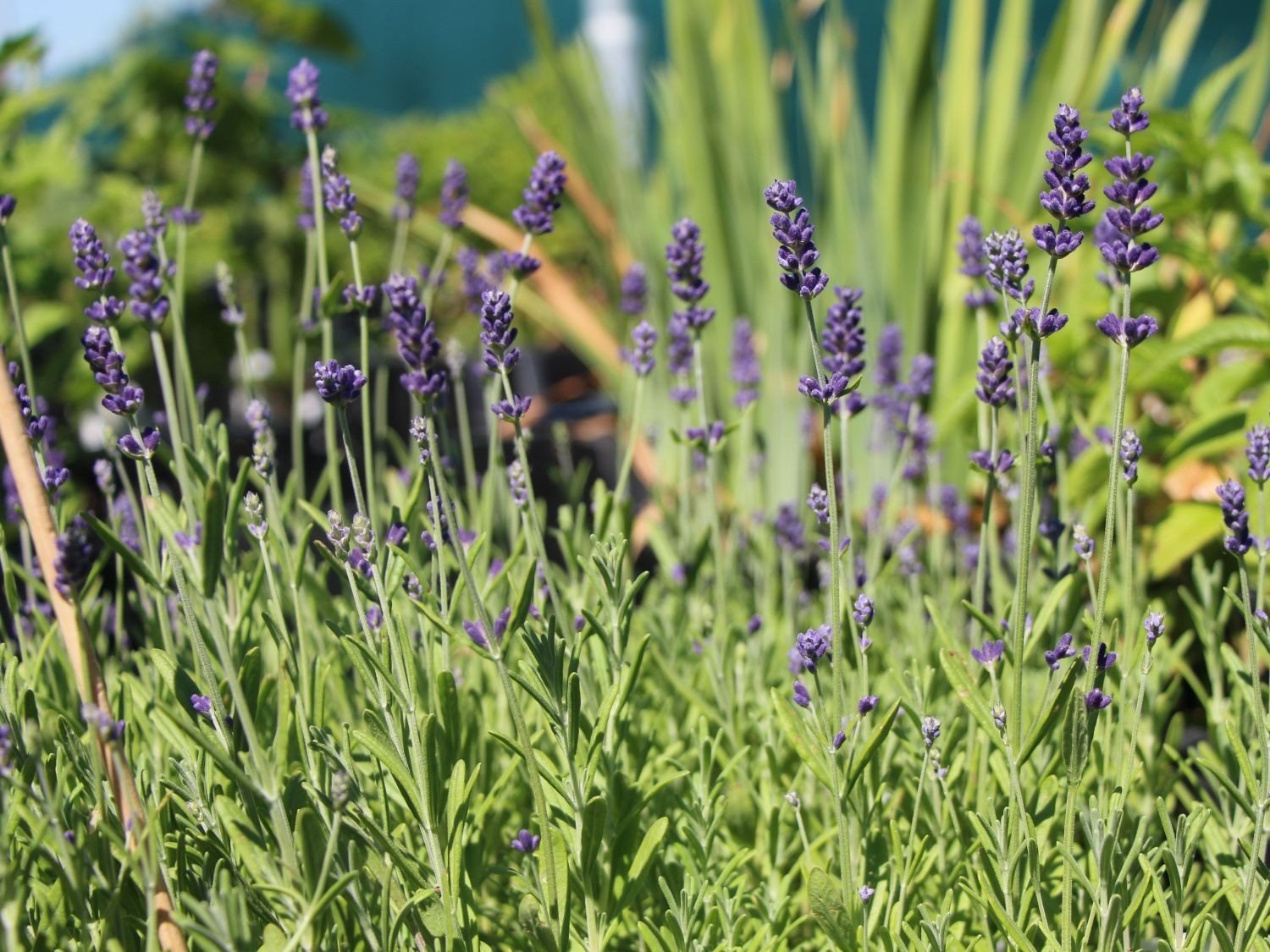
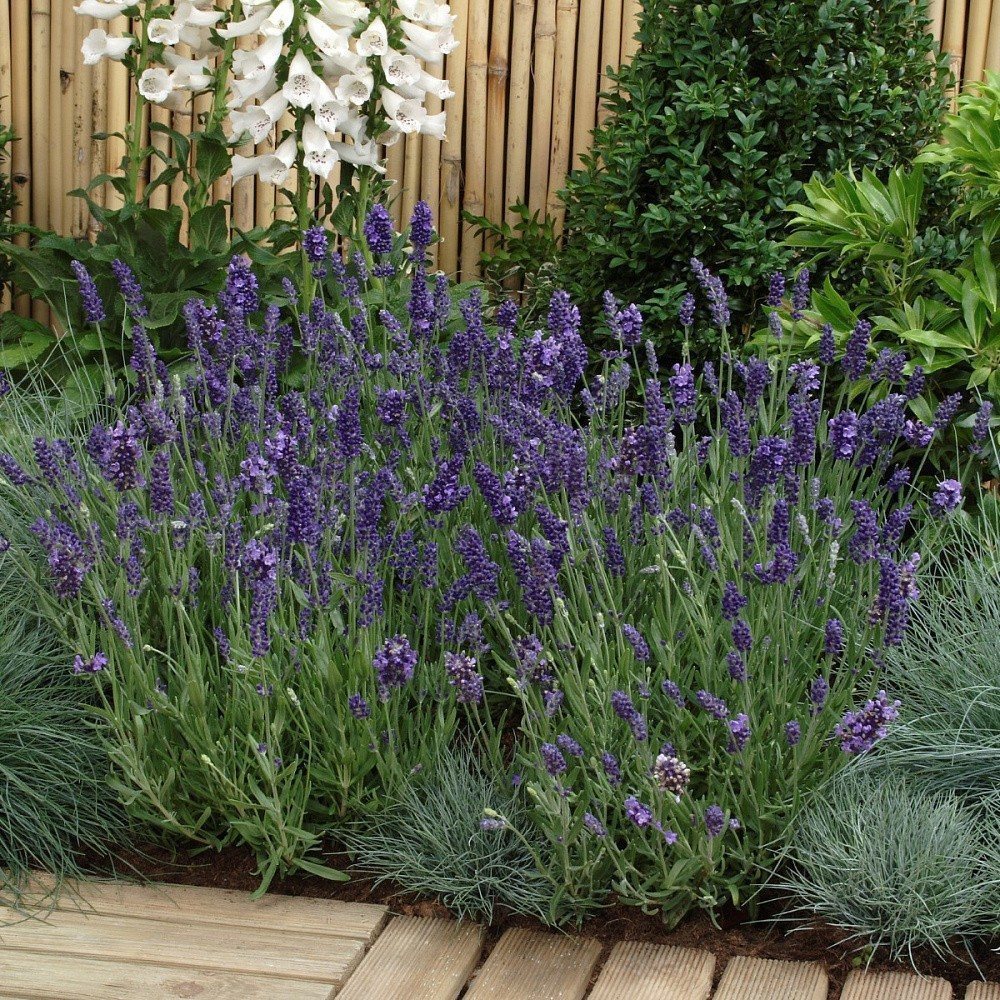





Where to keep
Home care

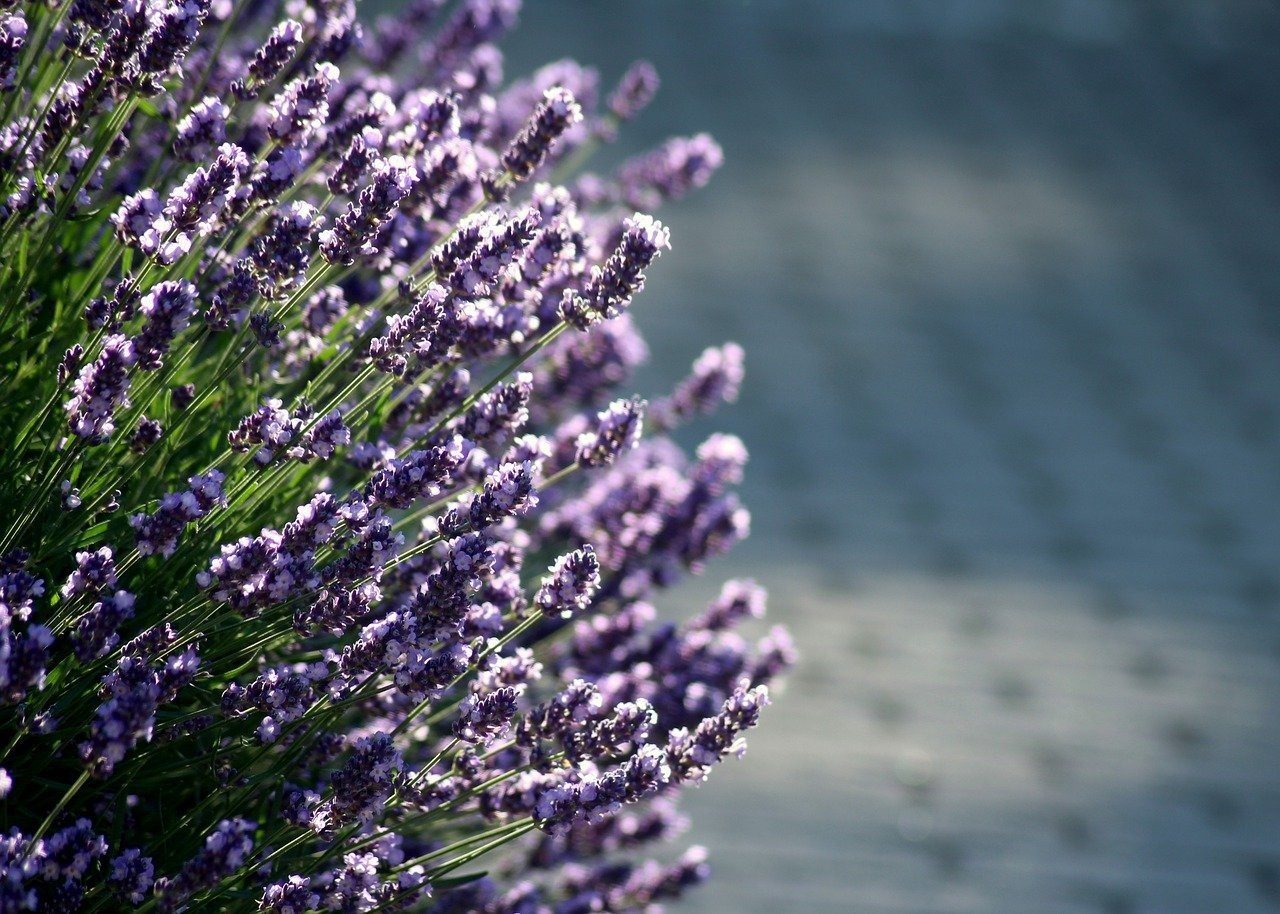
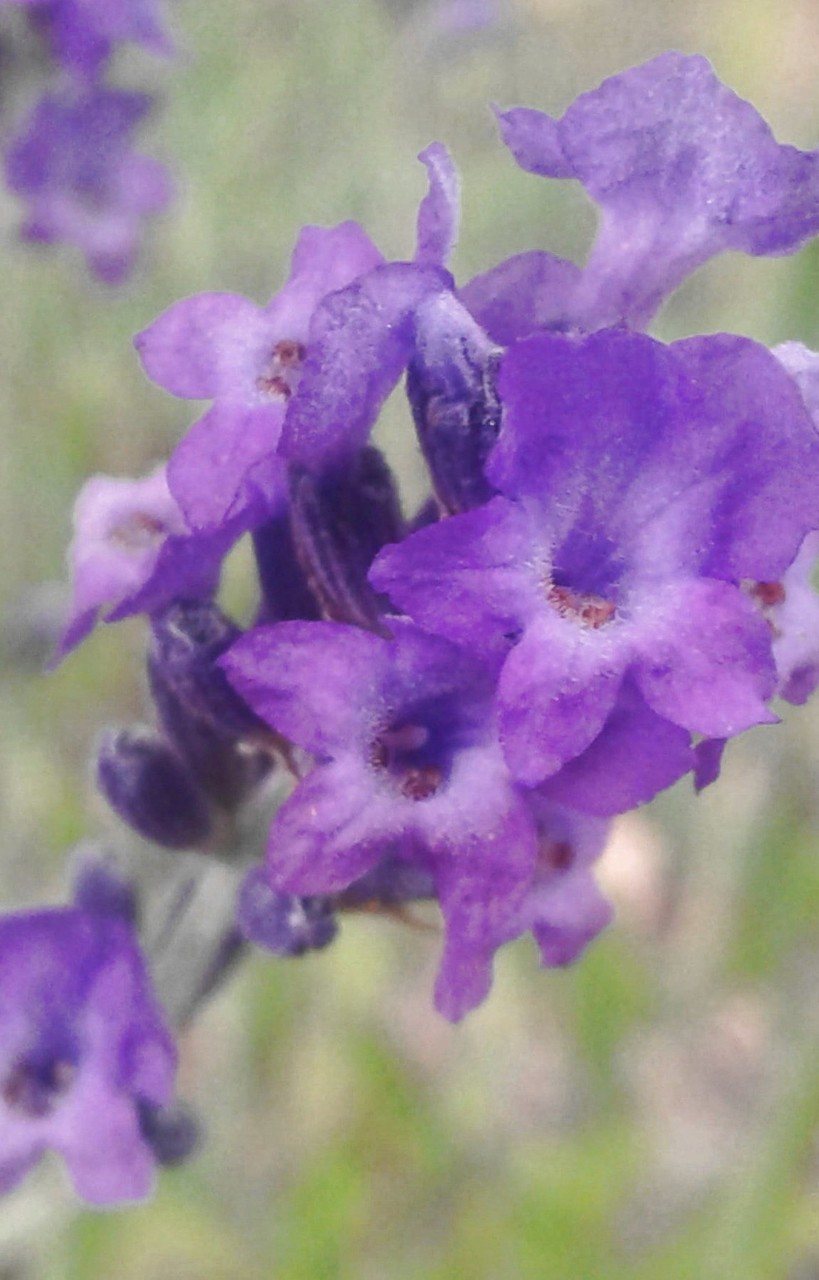
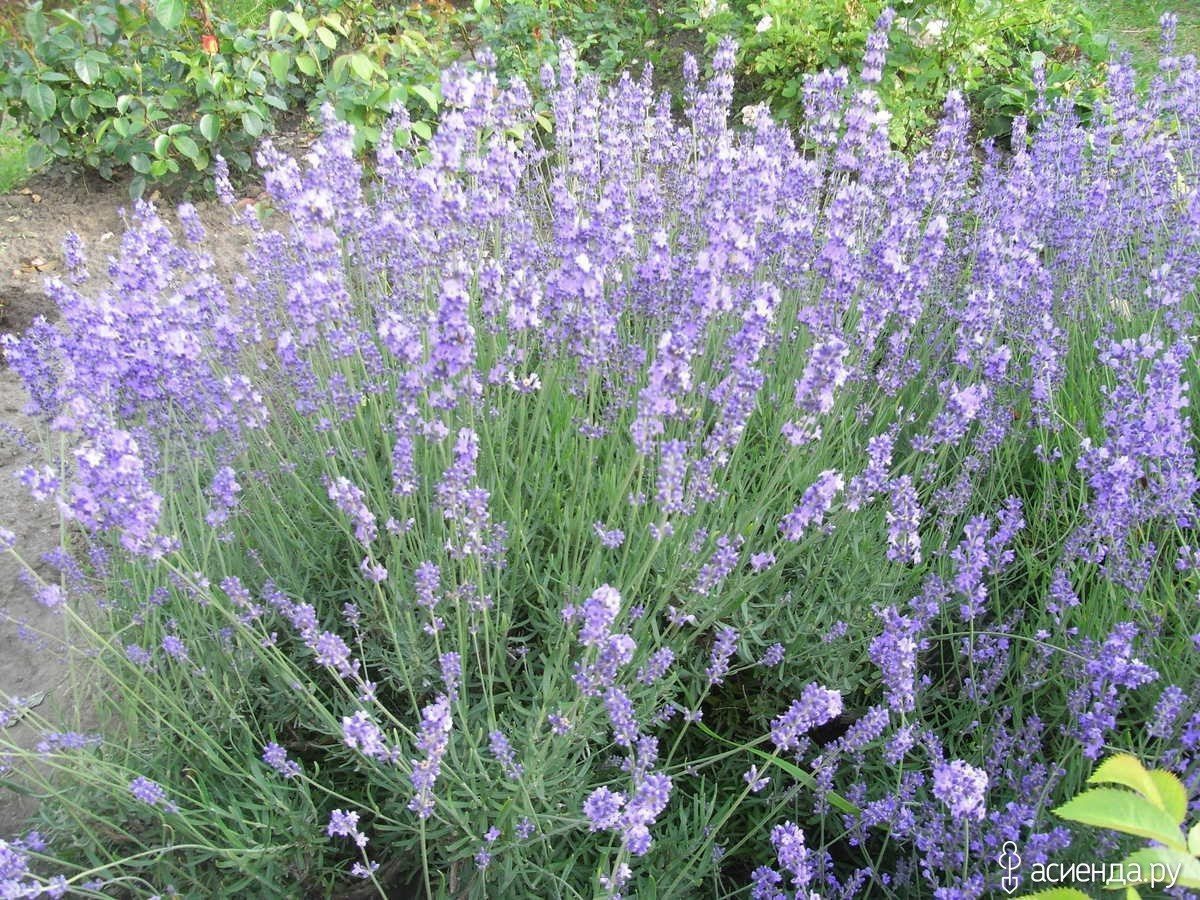
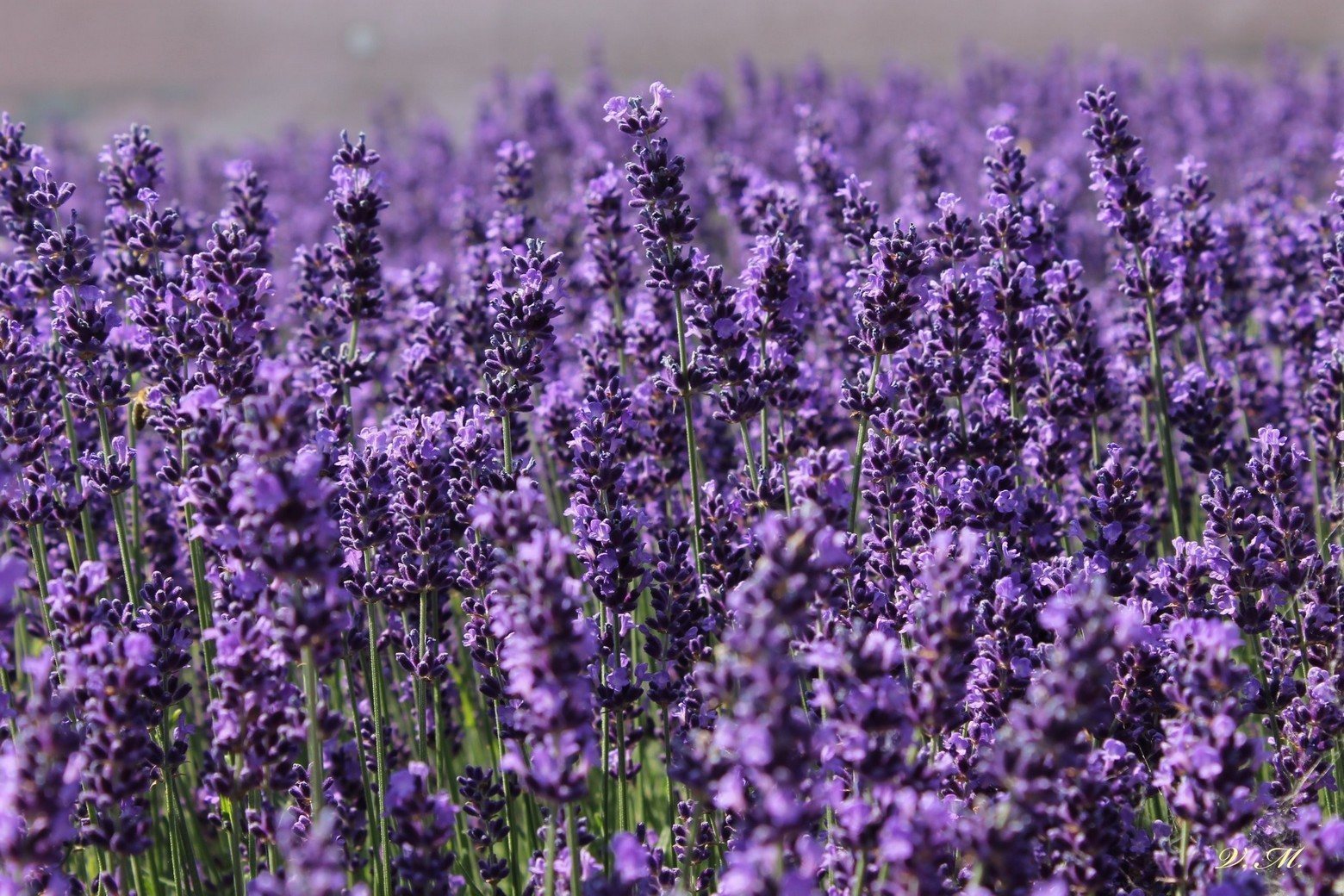





Priming
Tara
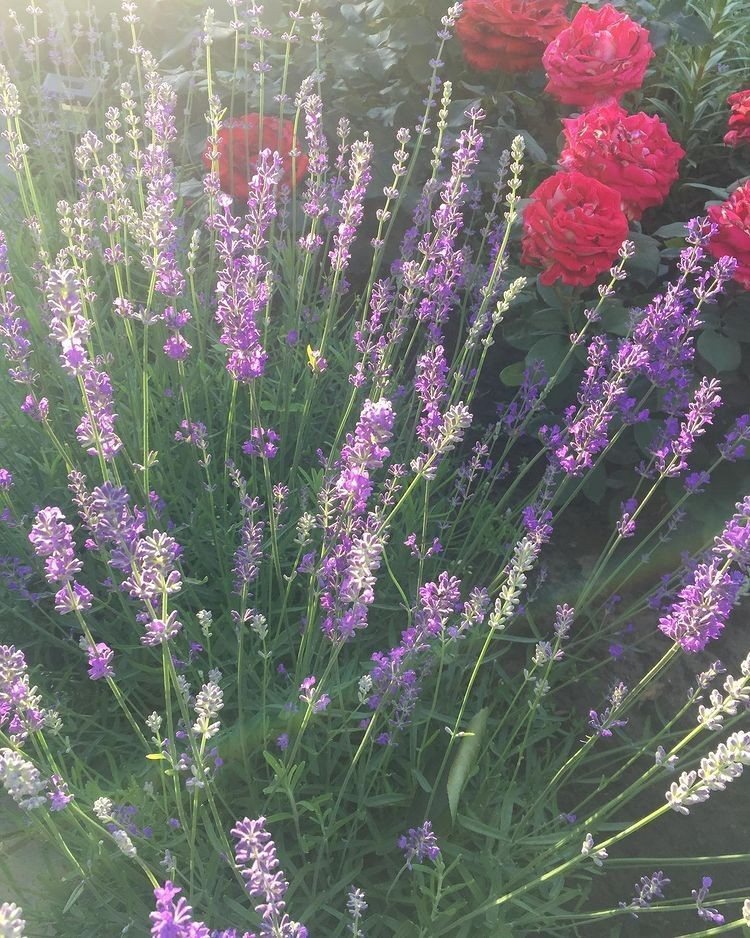
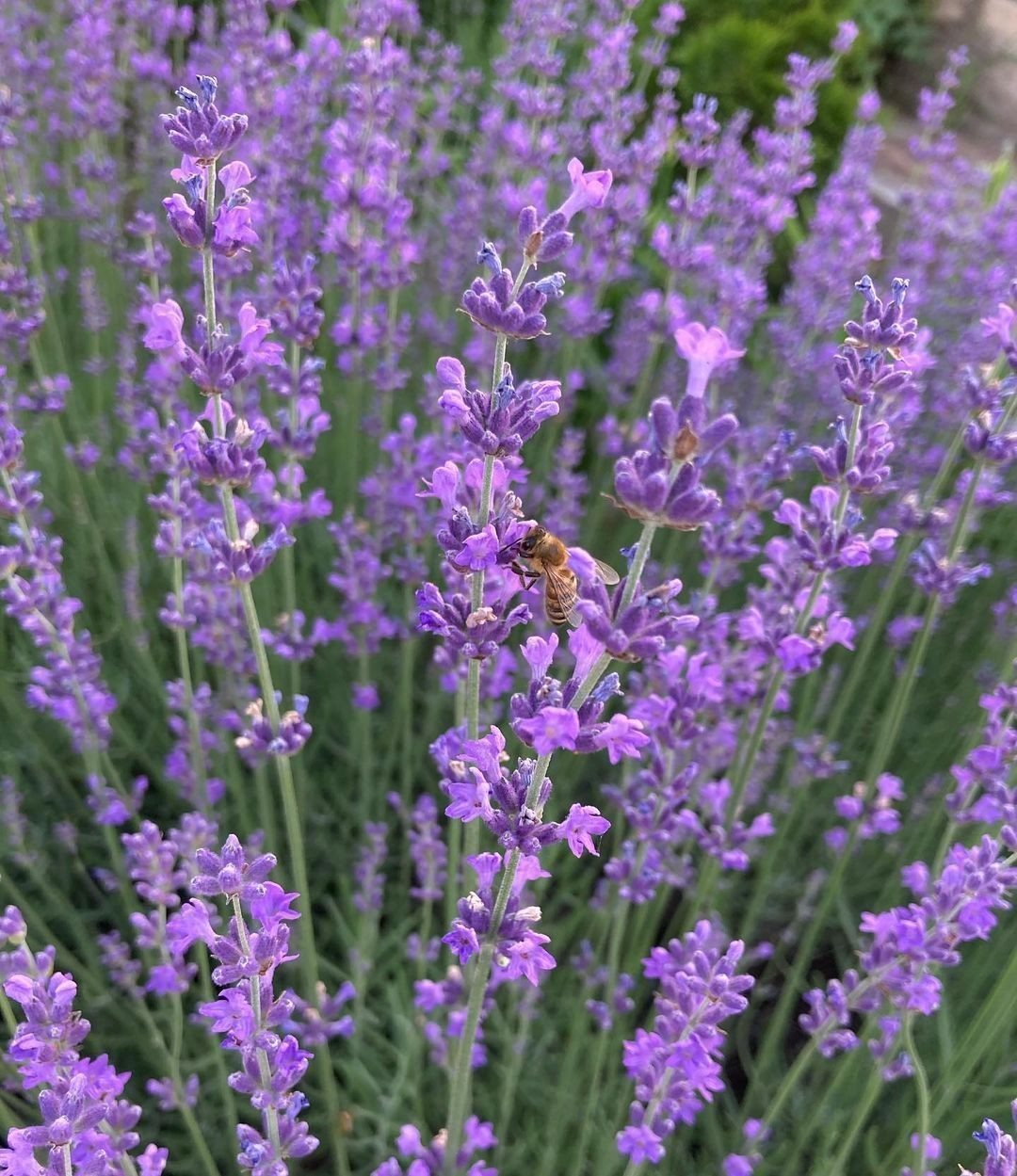
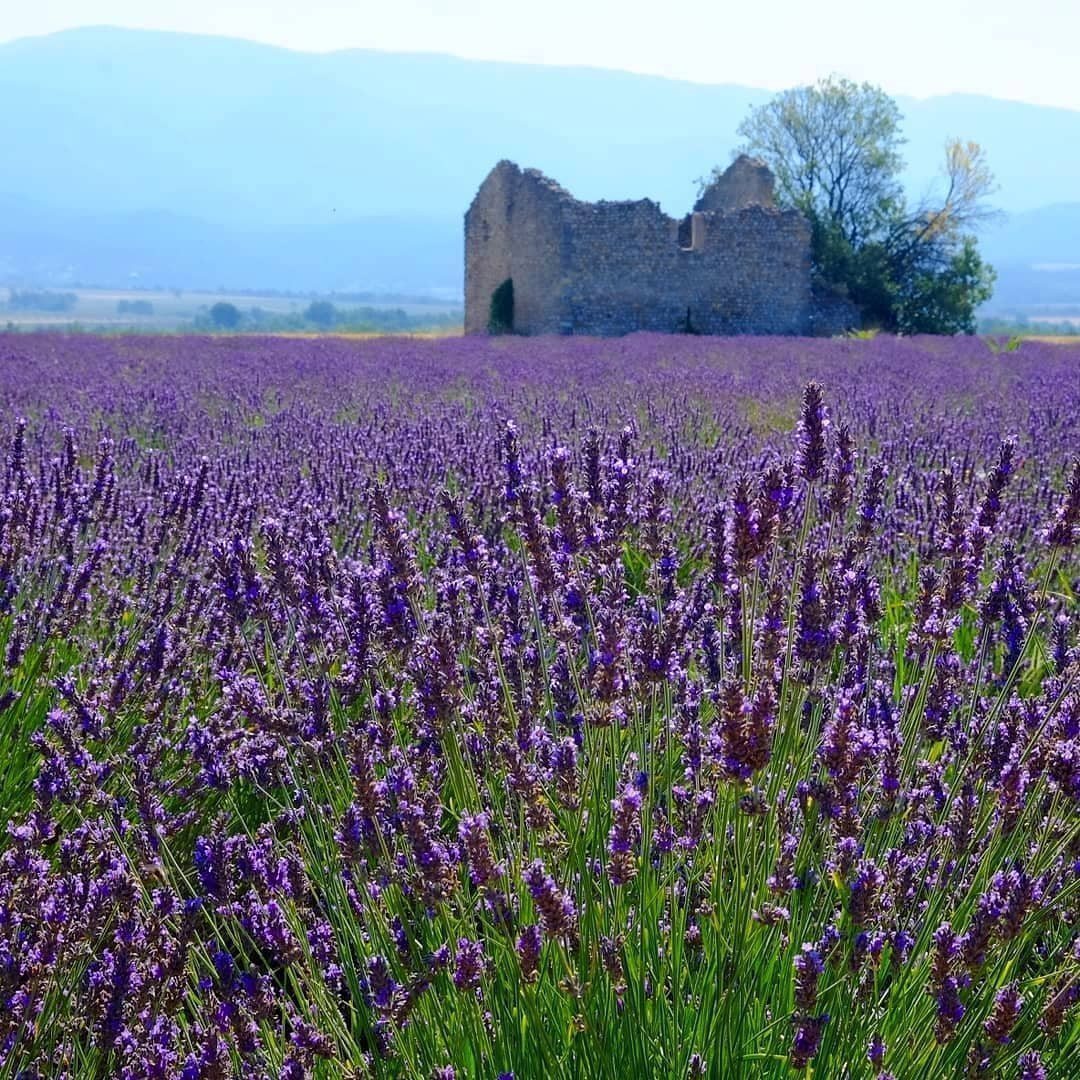
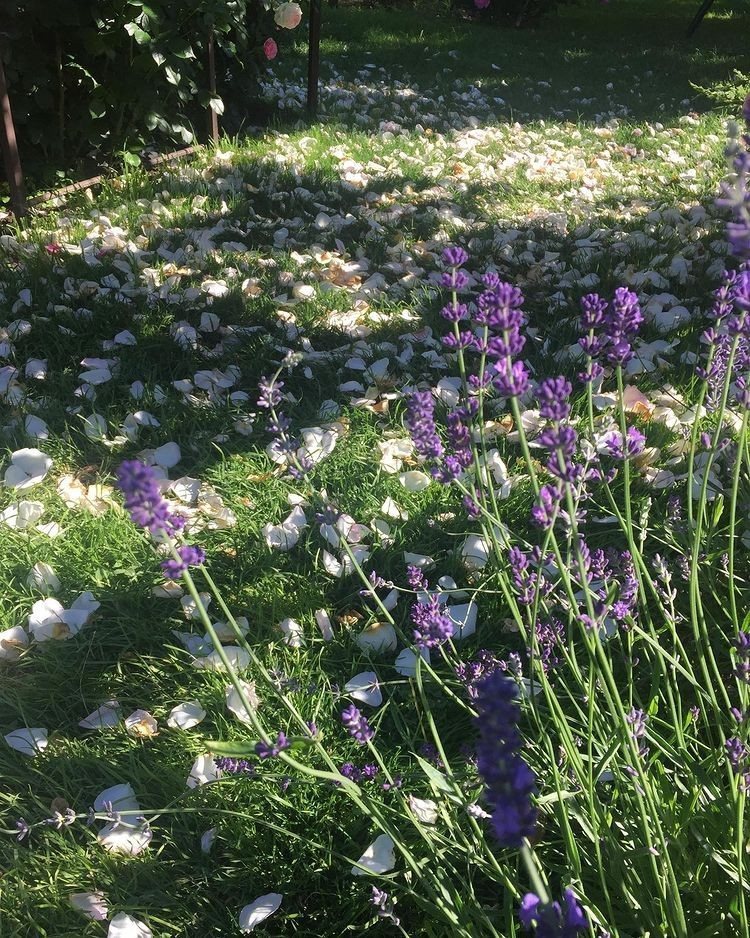
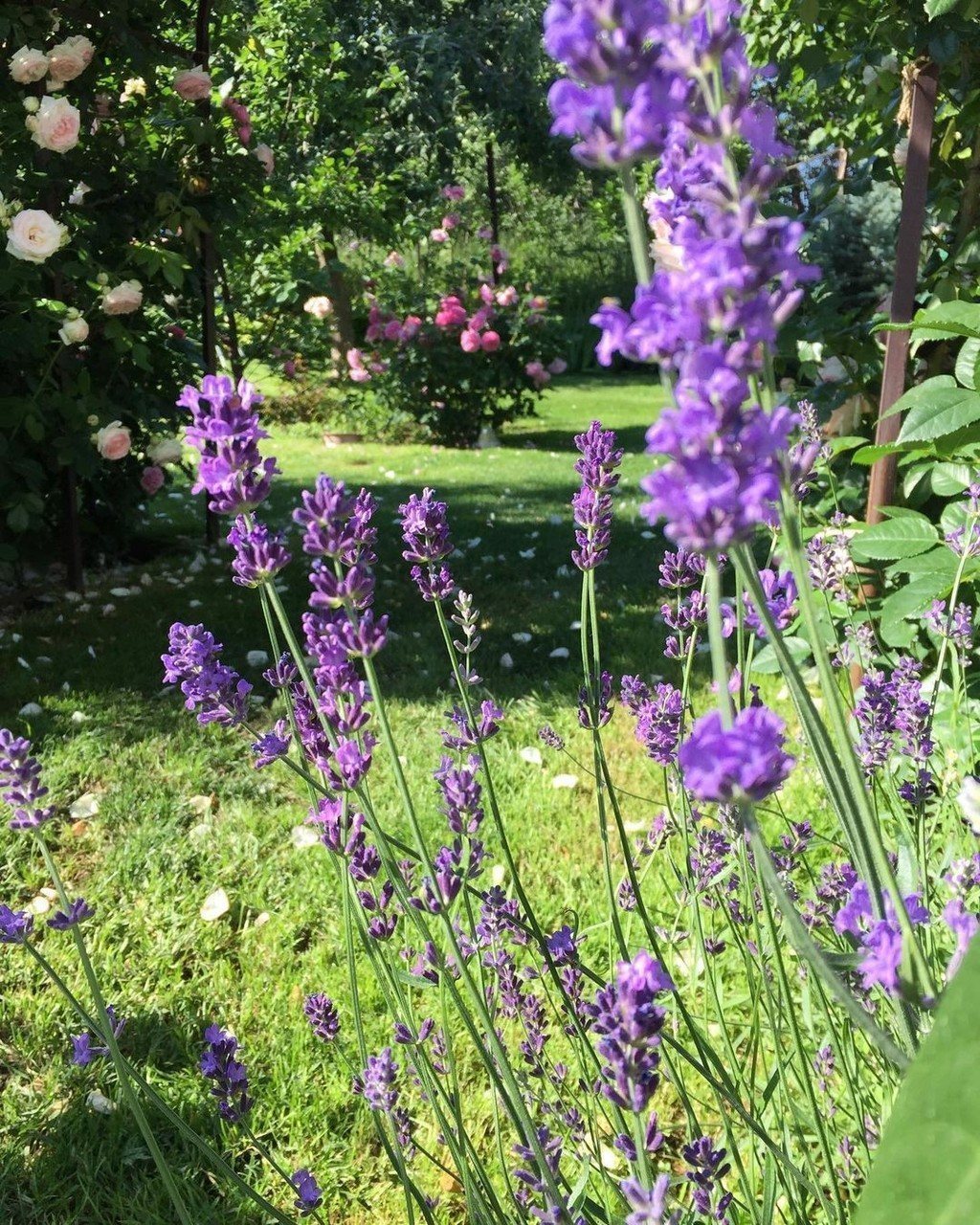





Watering
Fertilizer
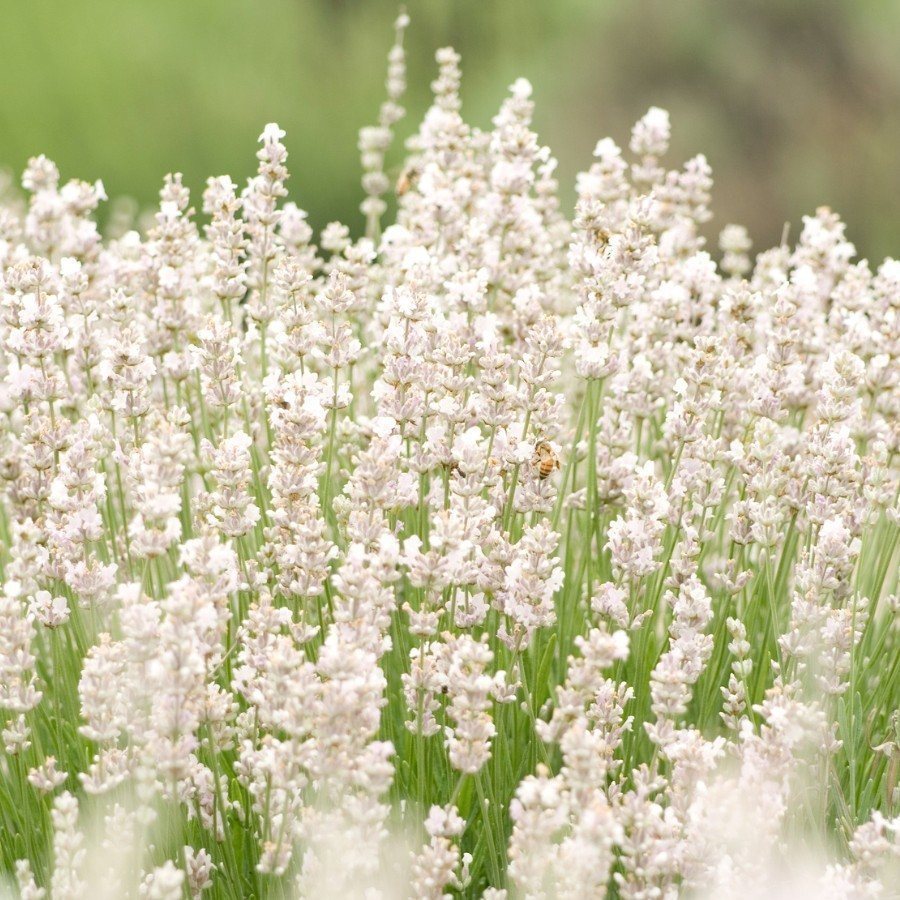
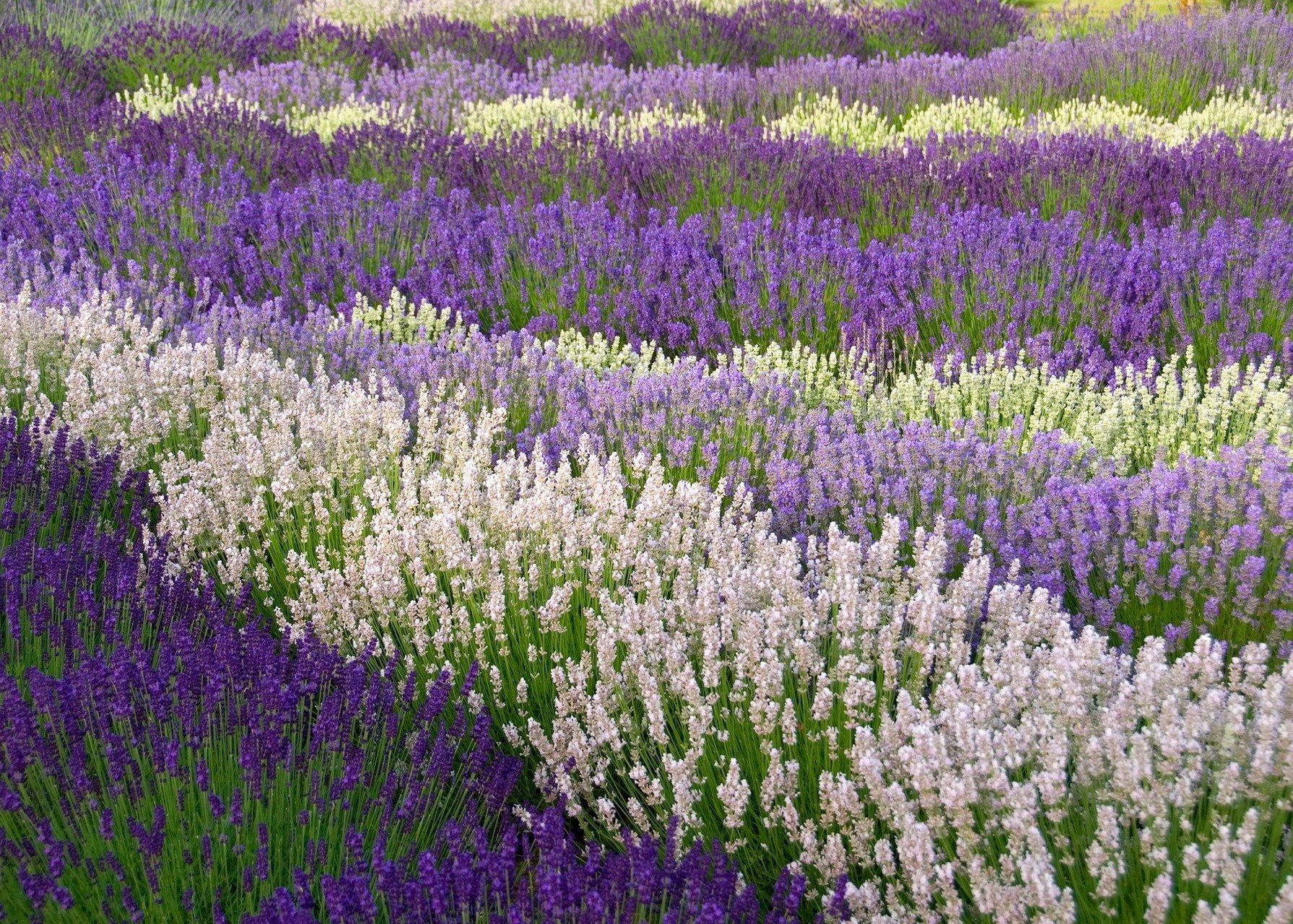
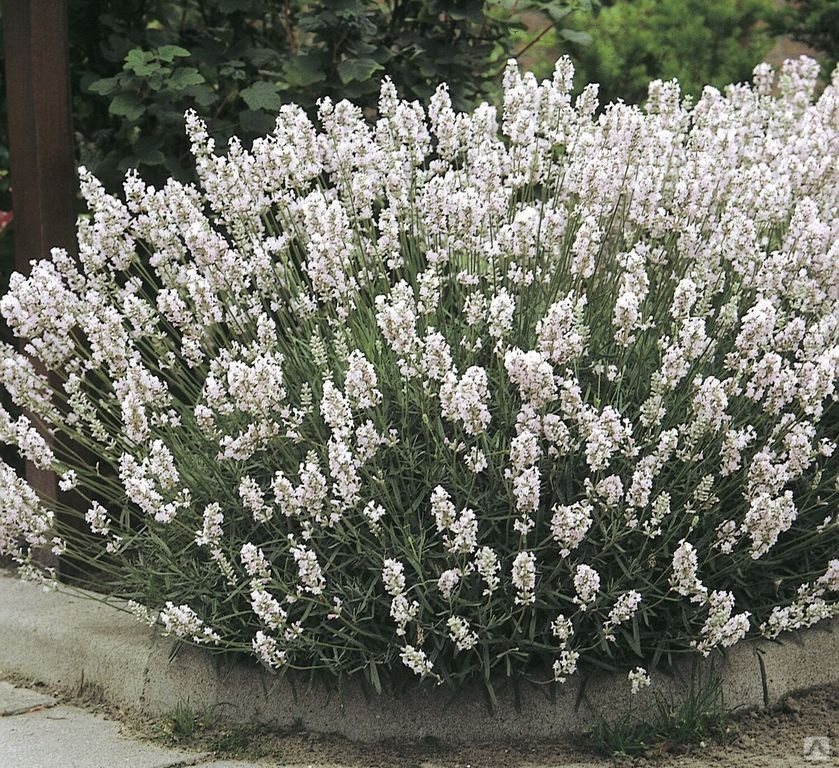
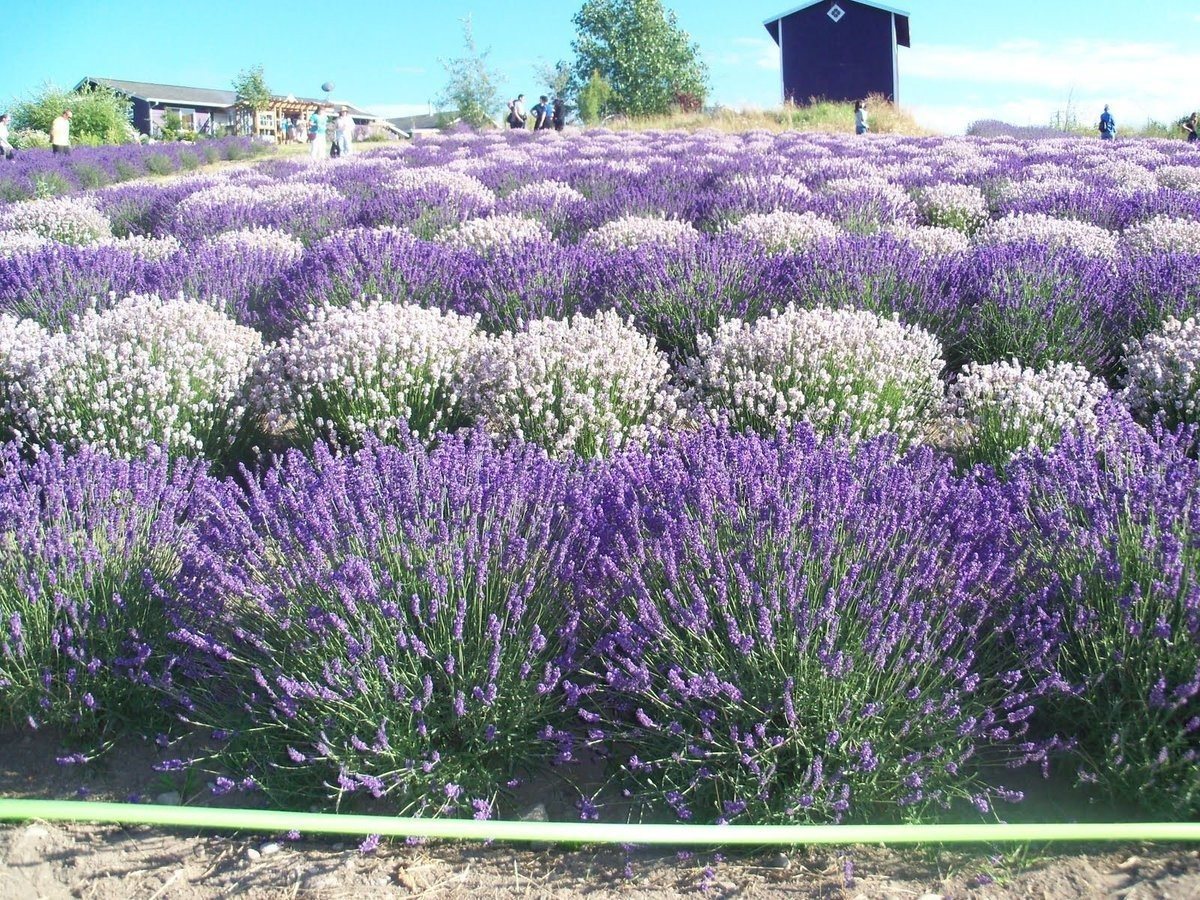
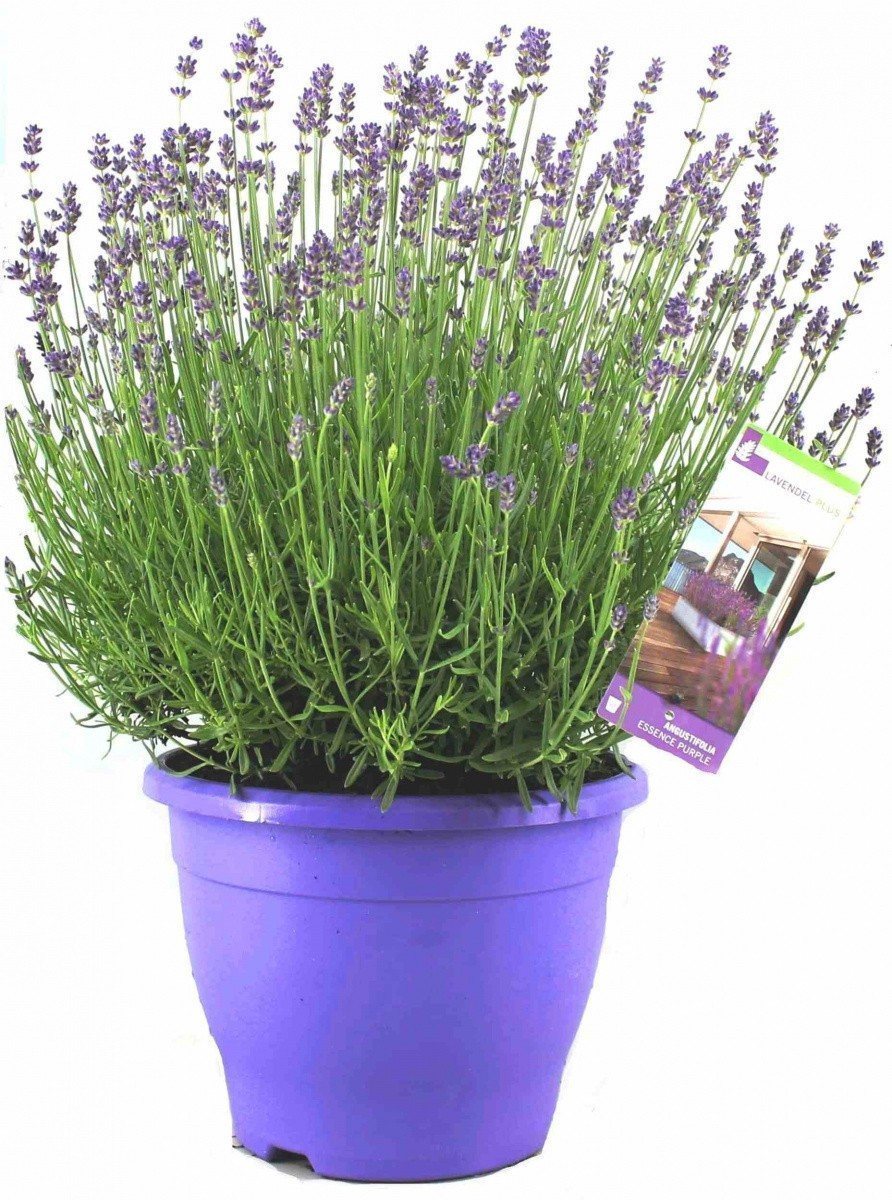





Trimming
Transfer
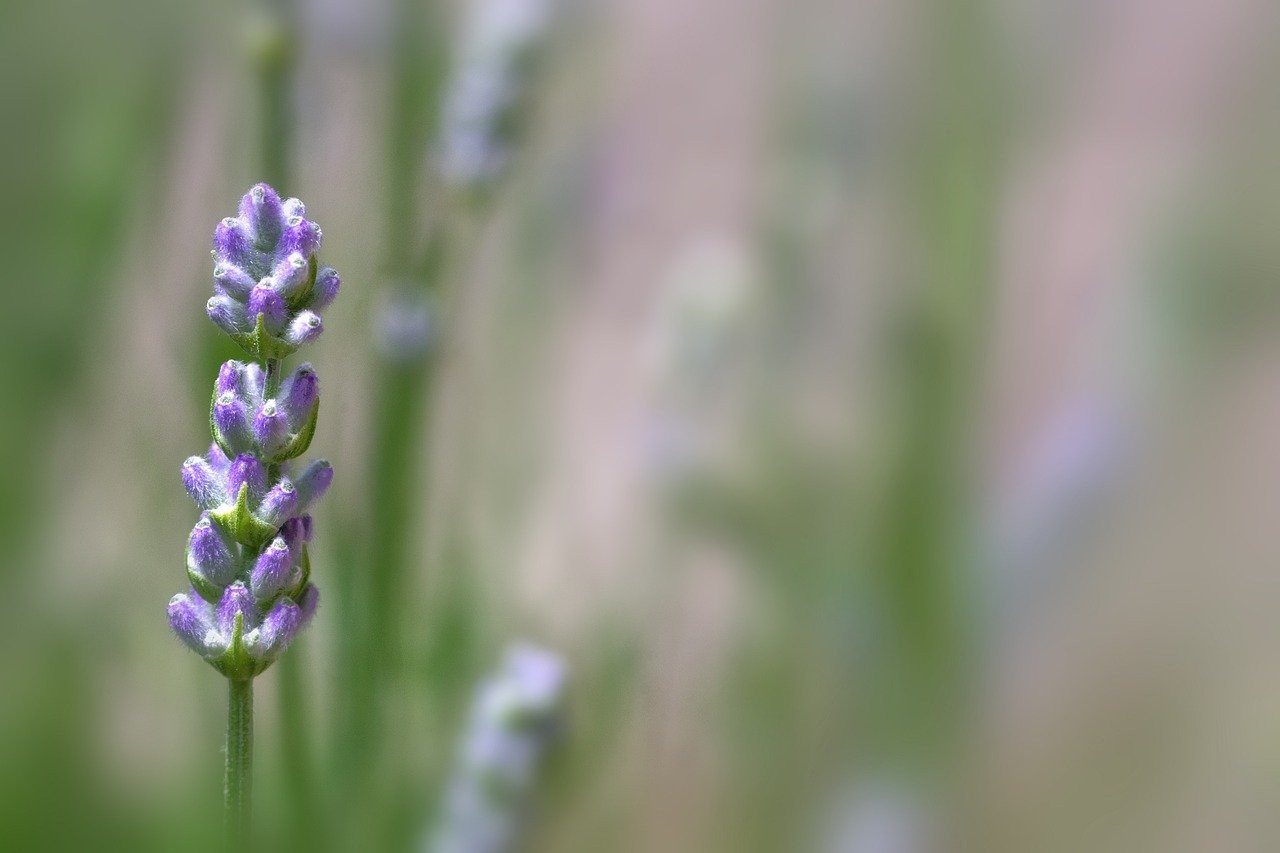
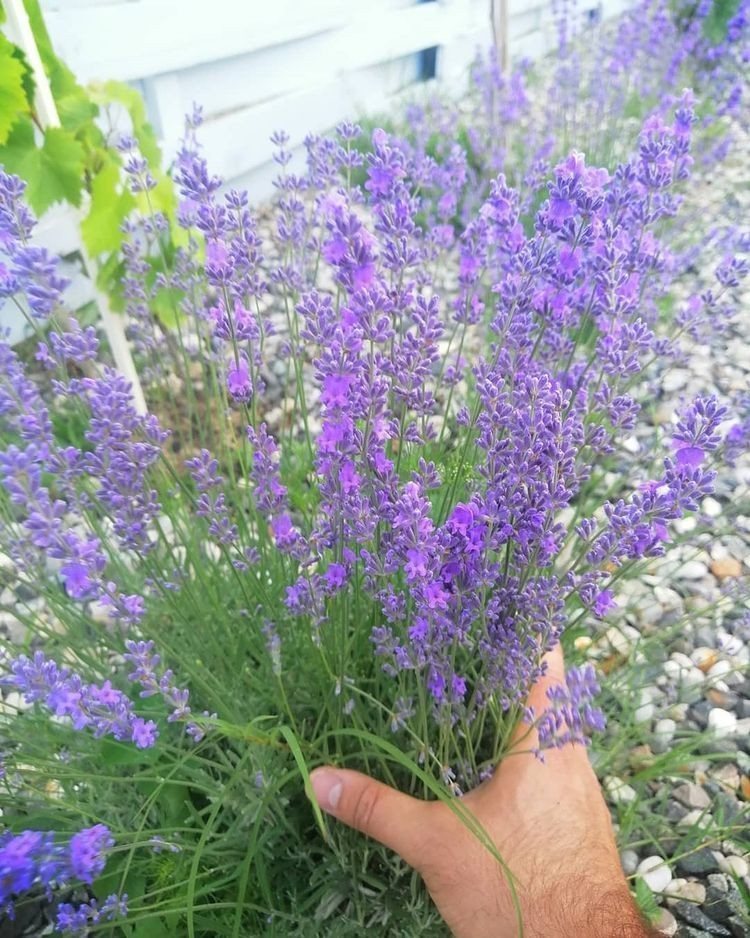
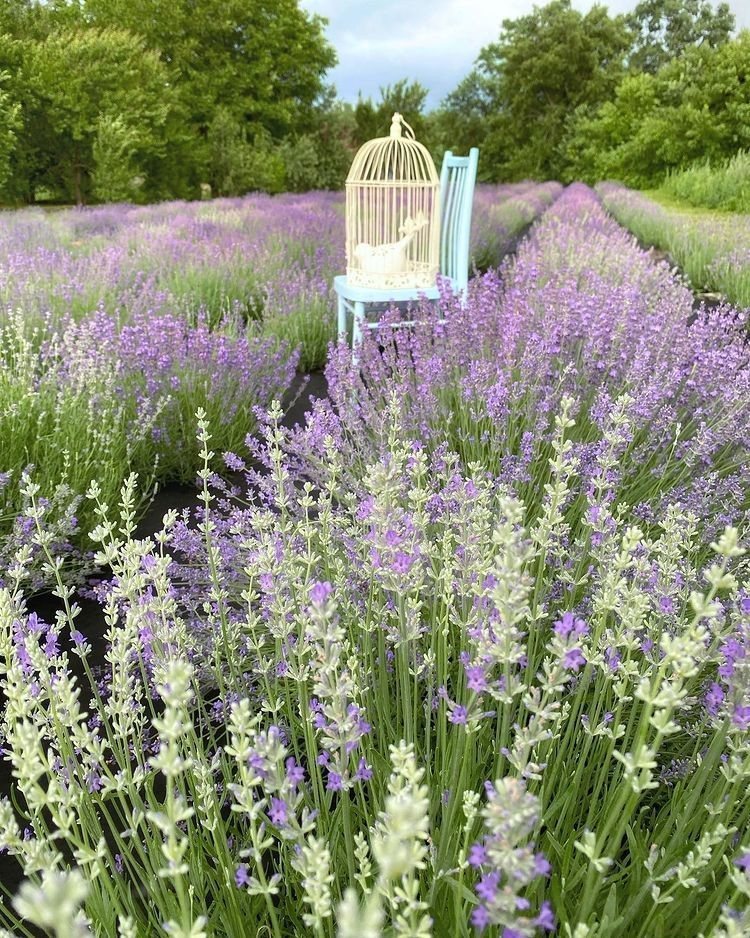
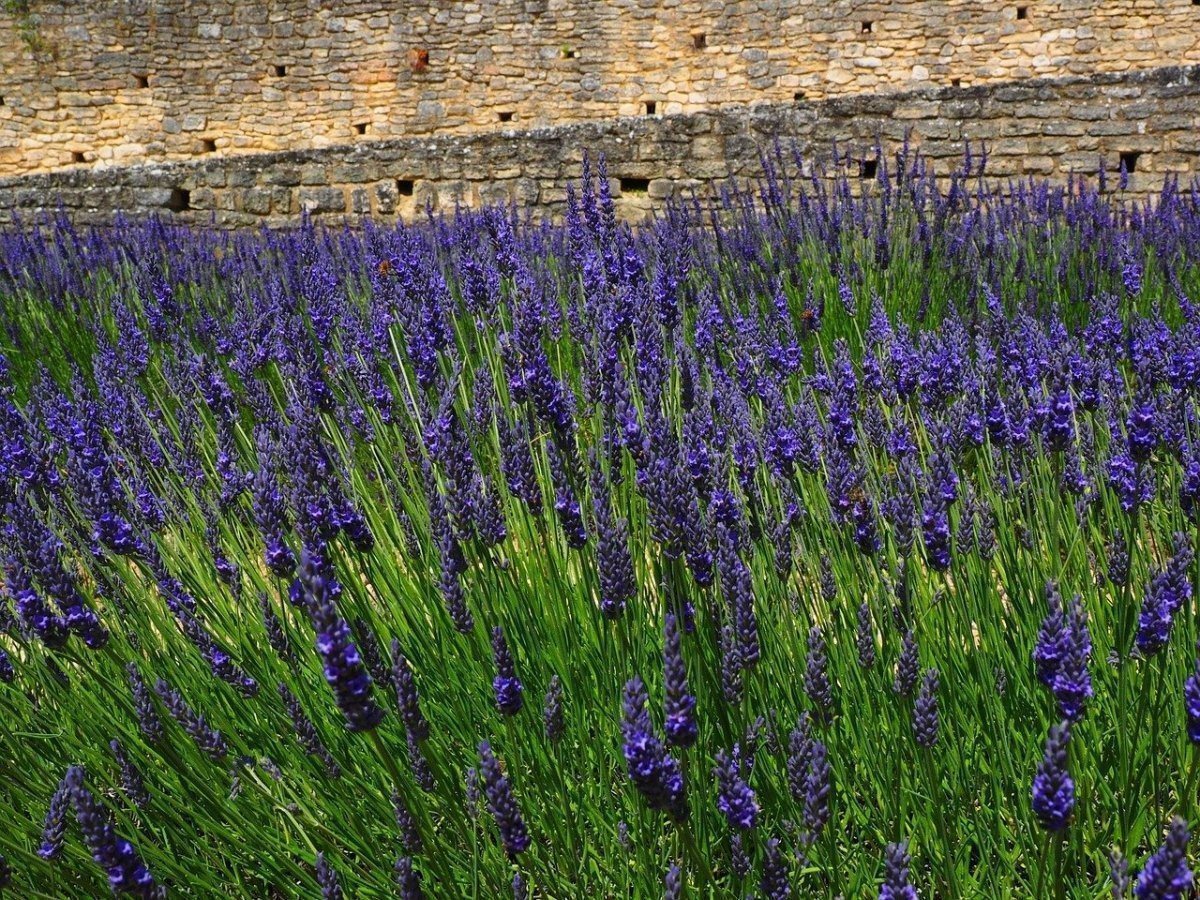
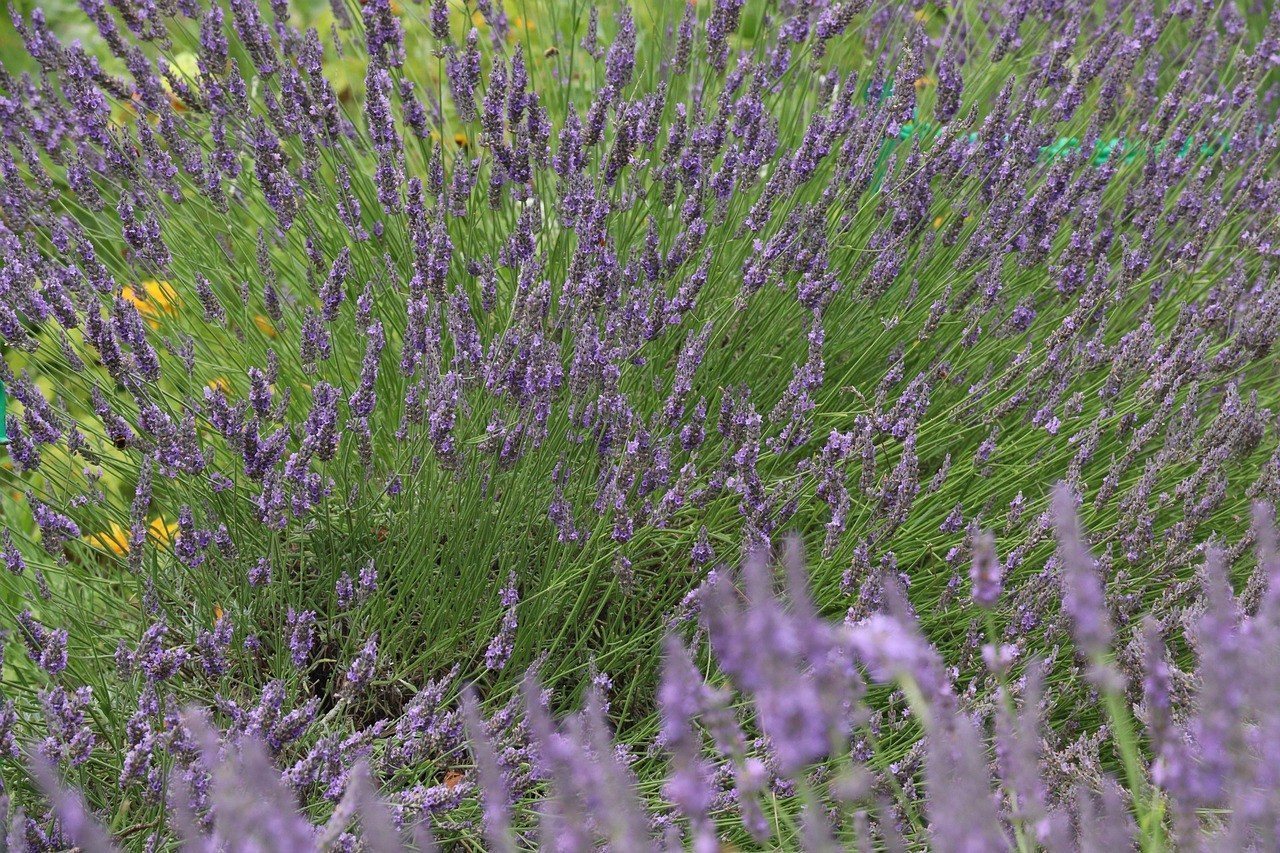





Rest period
Growing in open ground
Selecting a location
The soil
Landing dates
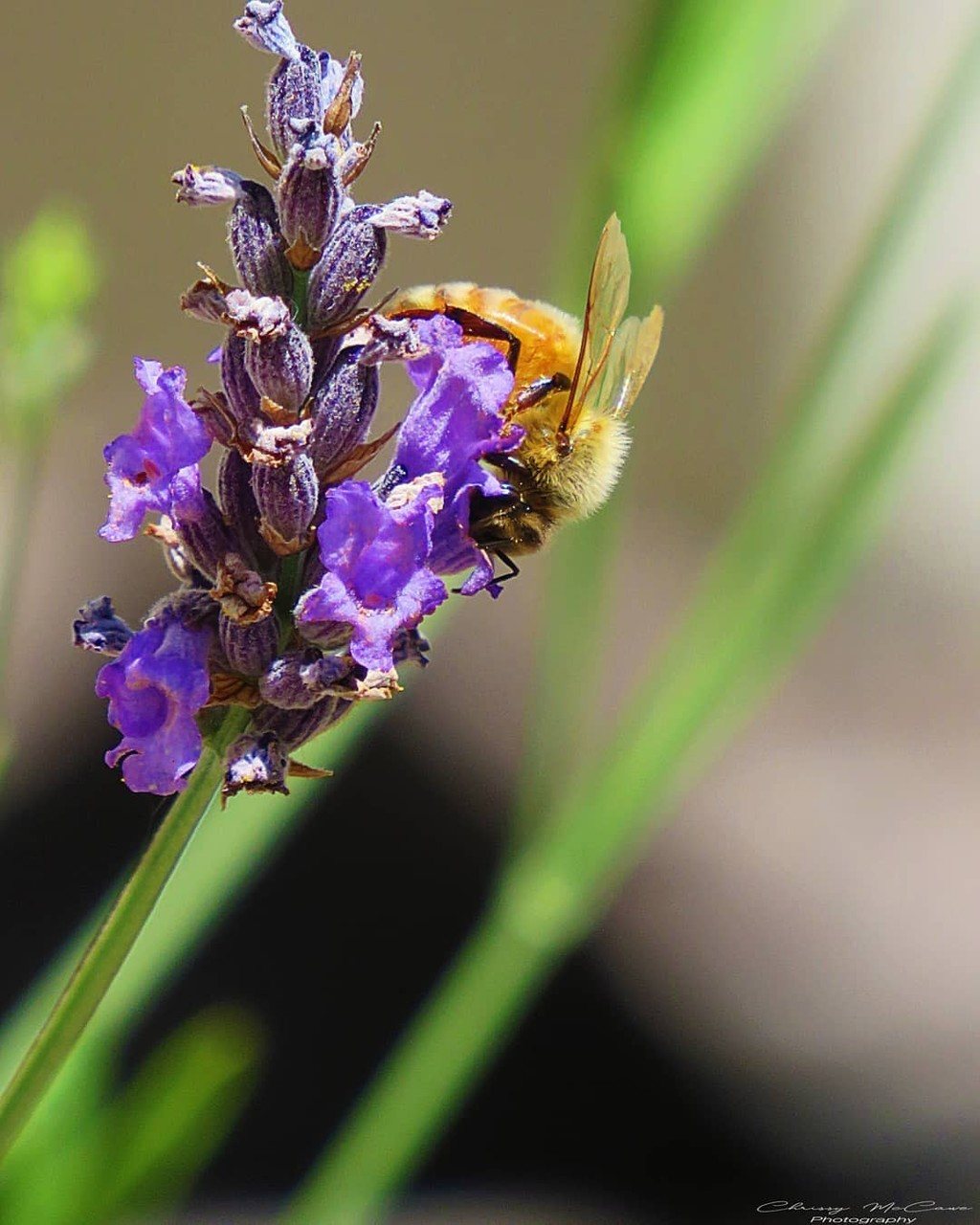
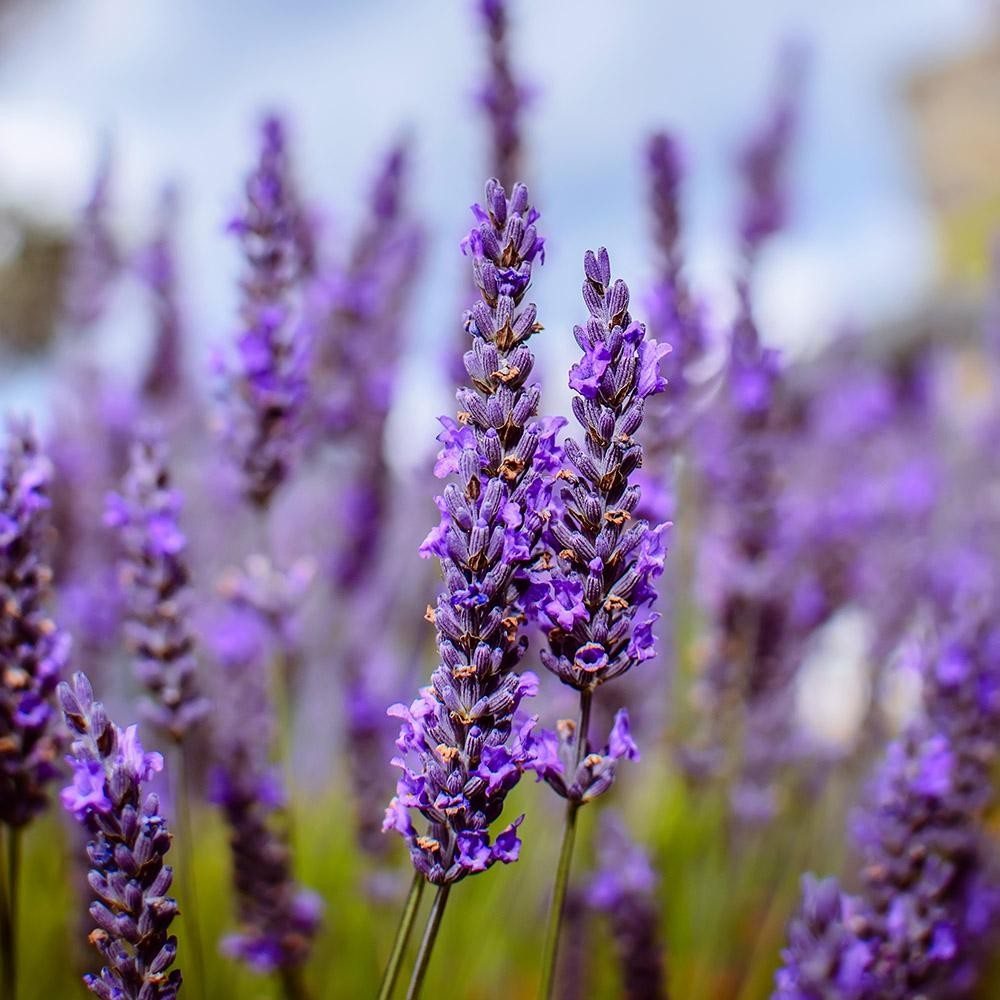

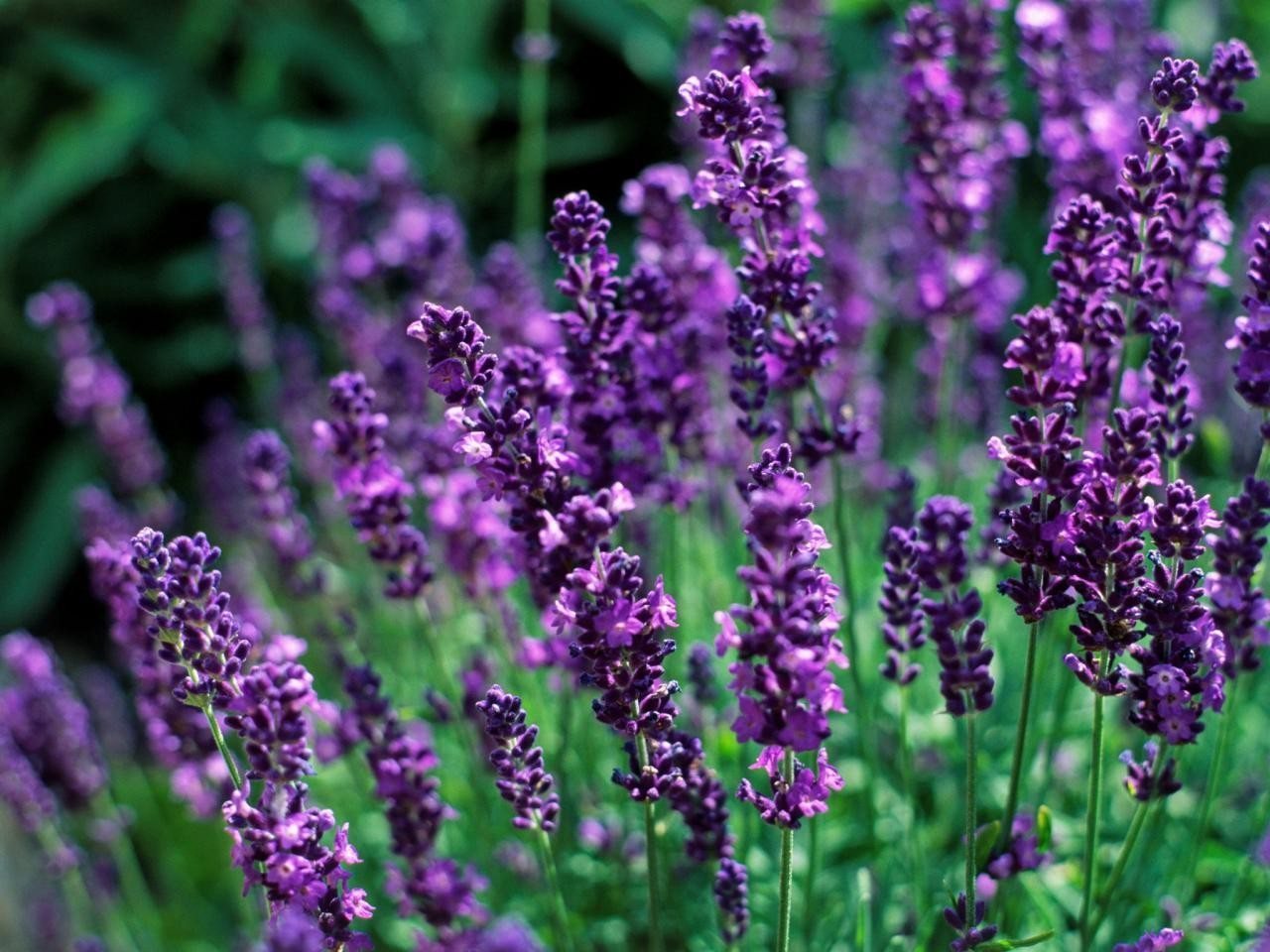
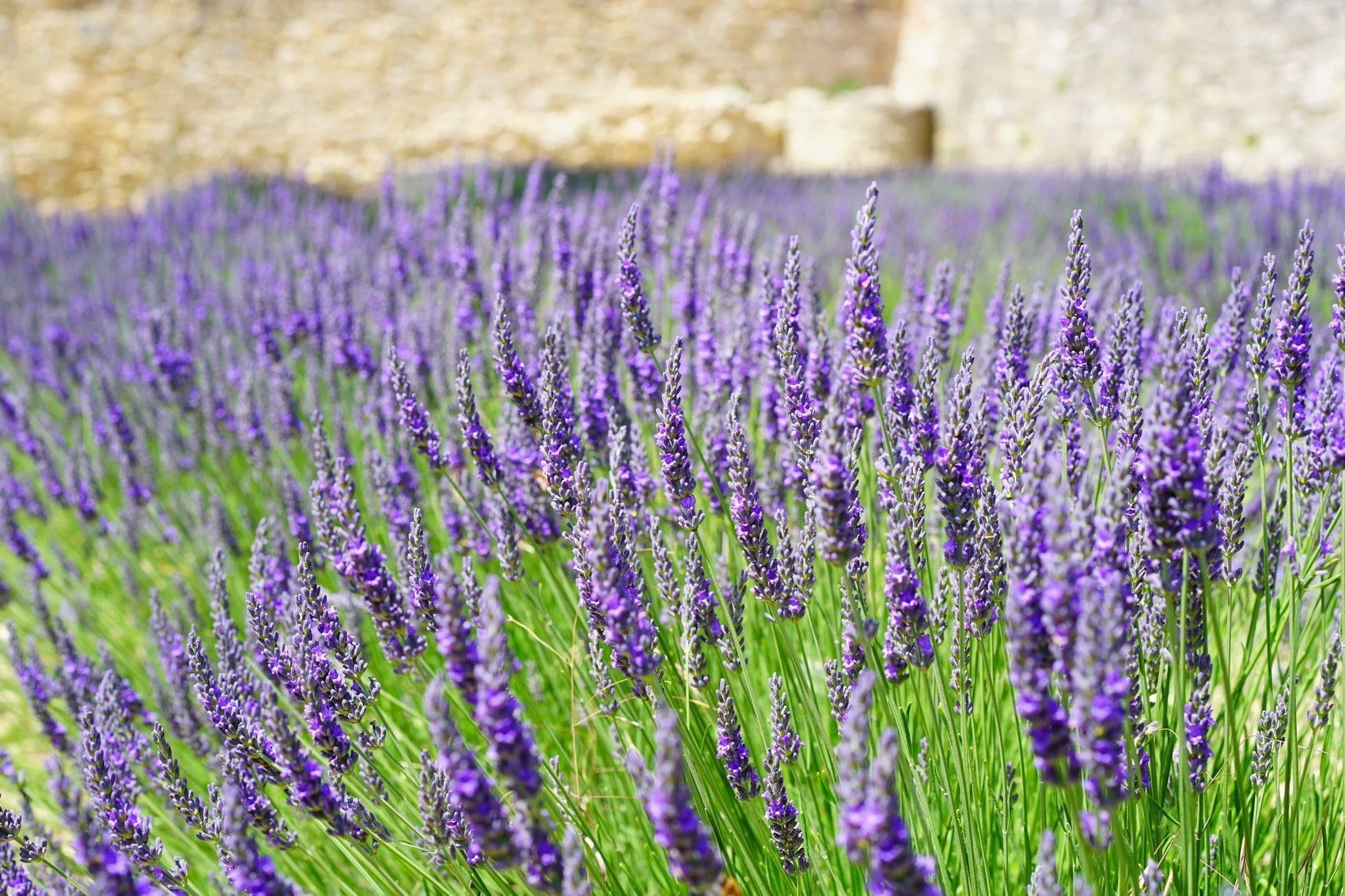





Watering
Fertilizer
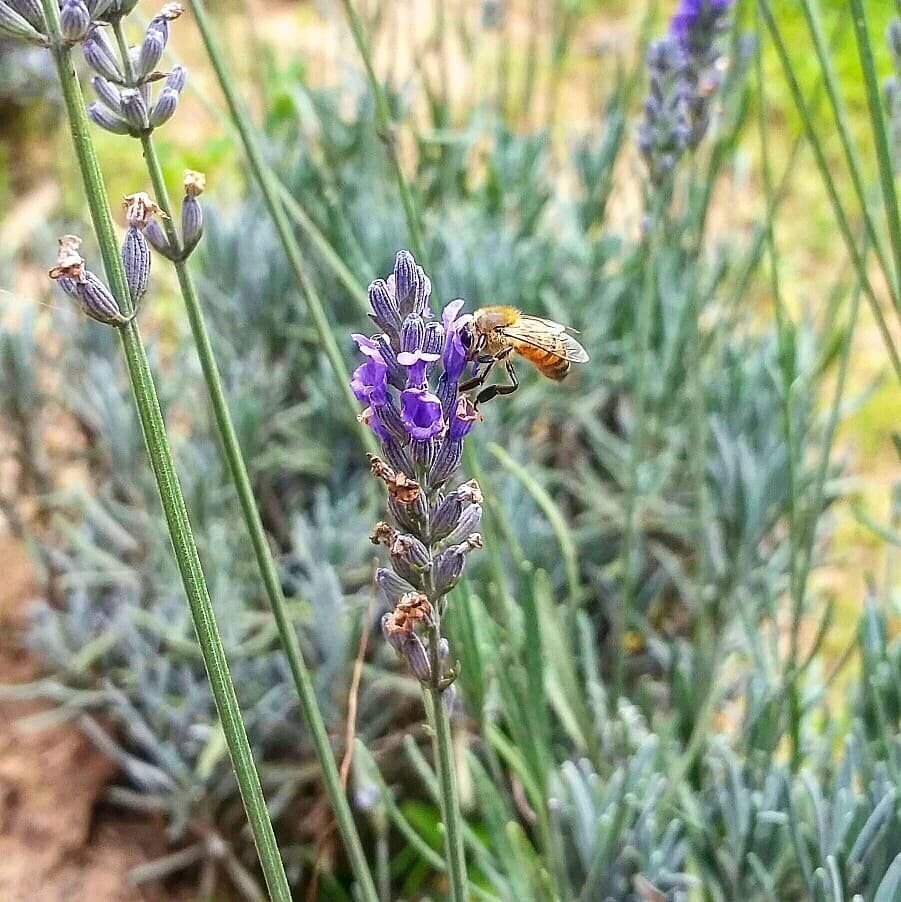
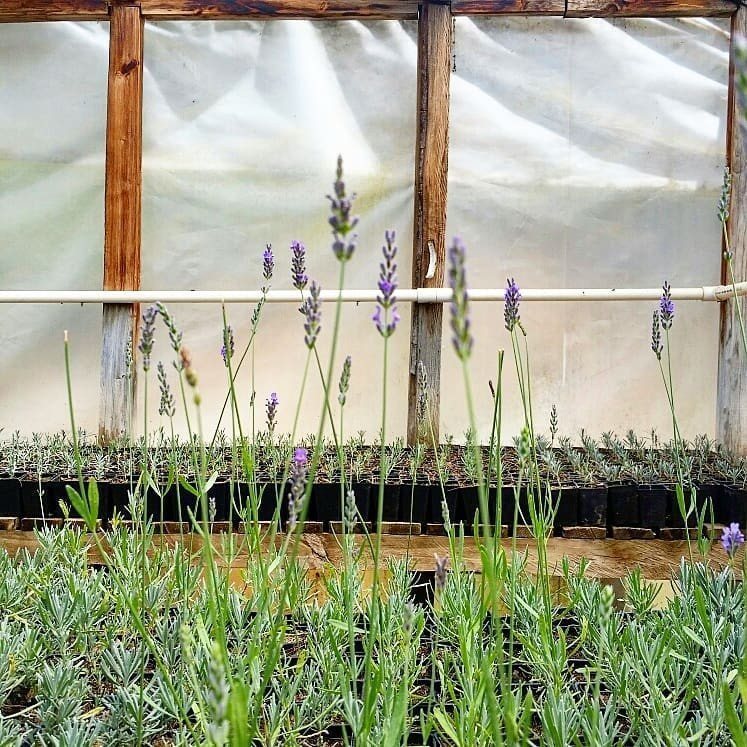
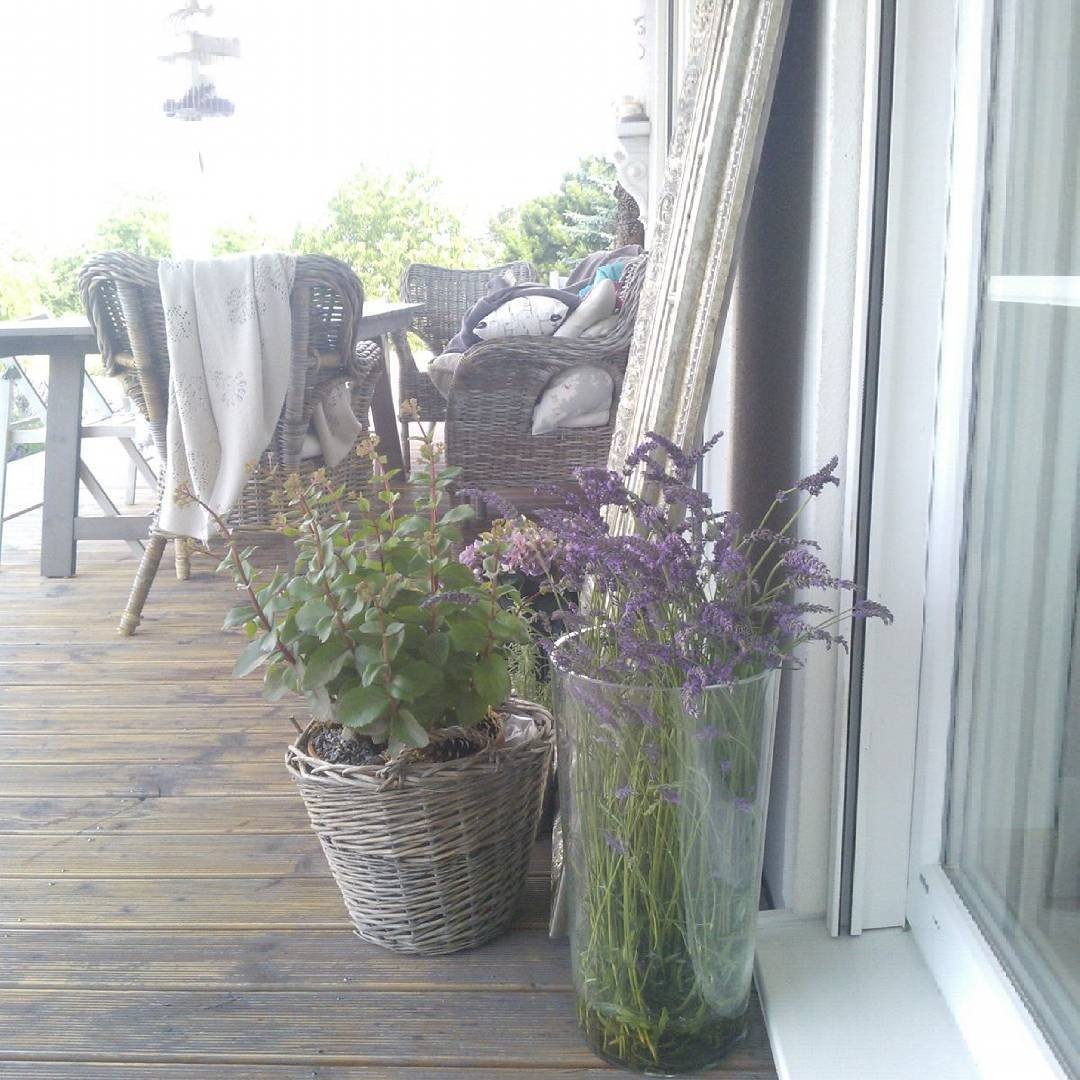
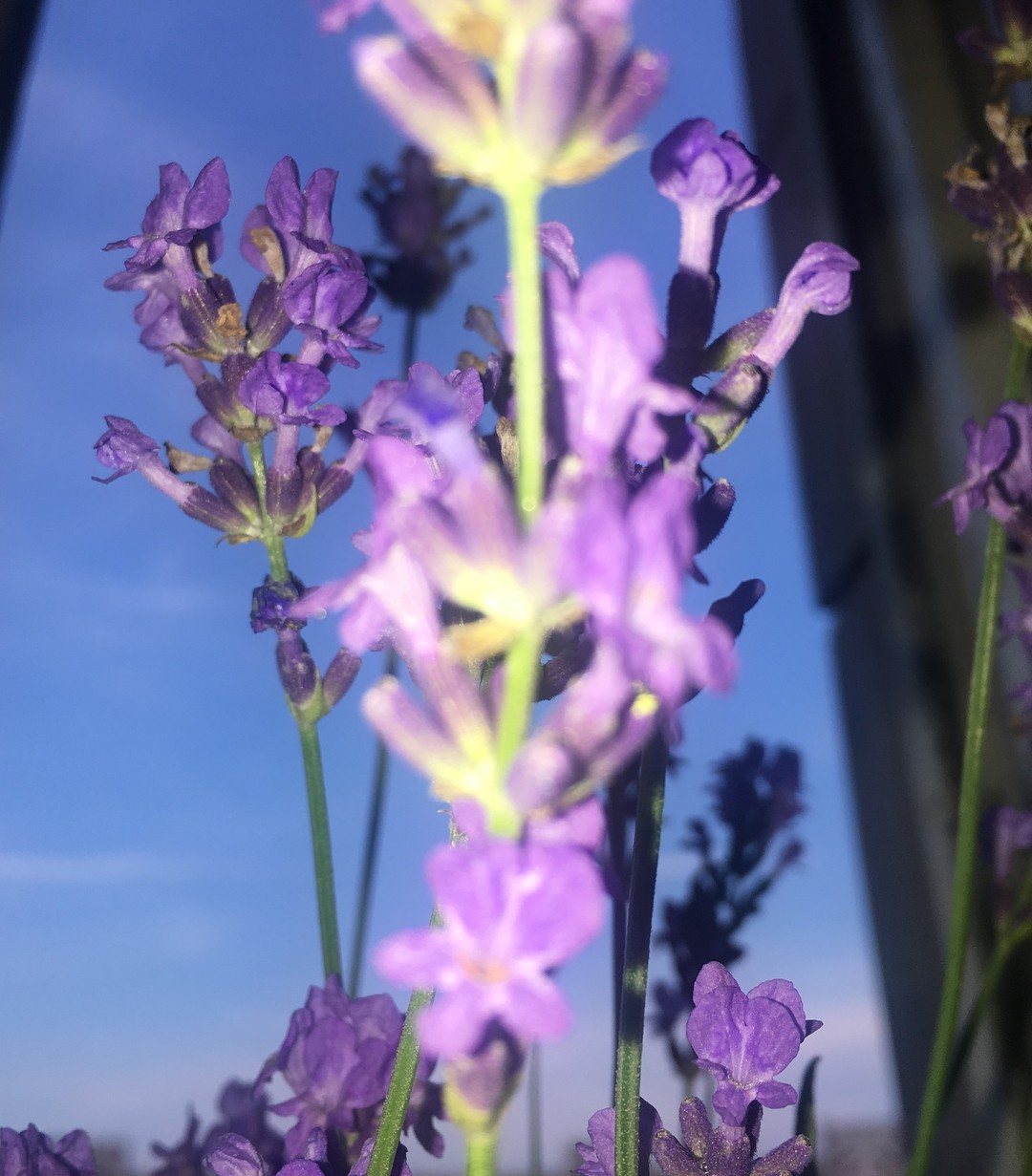
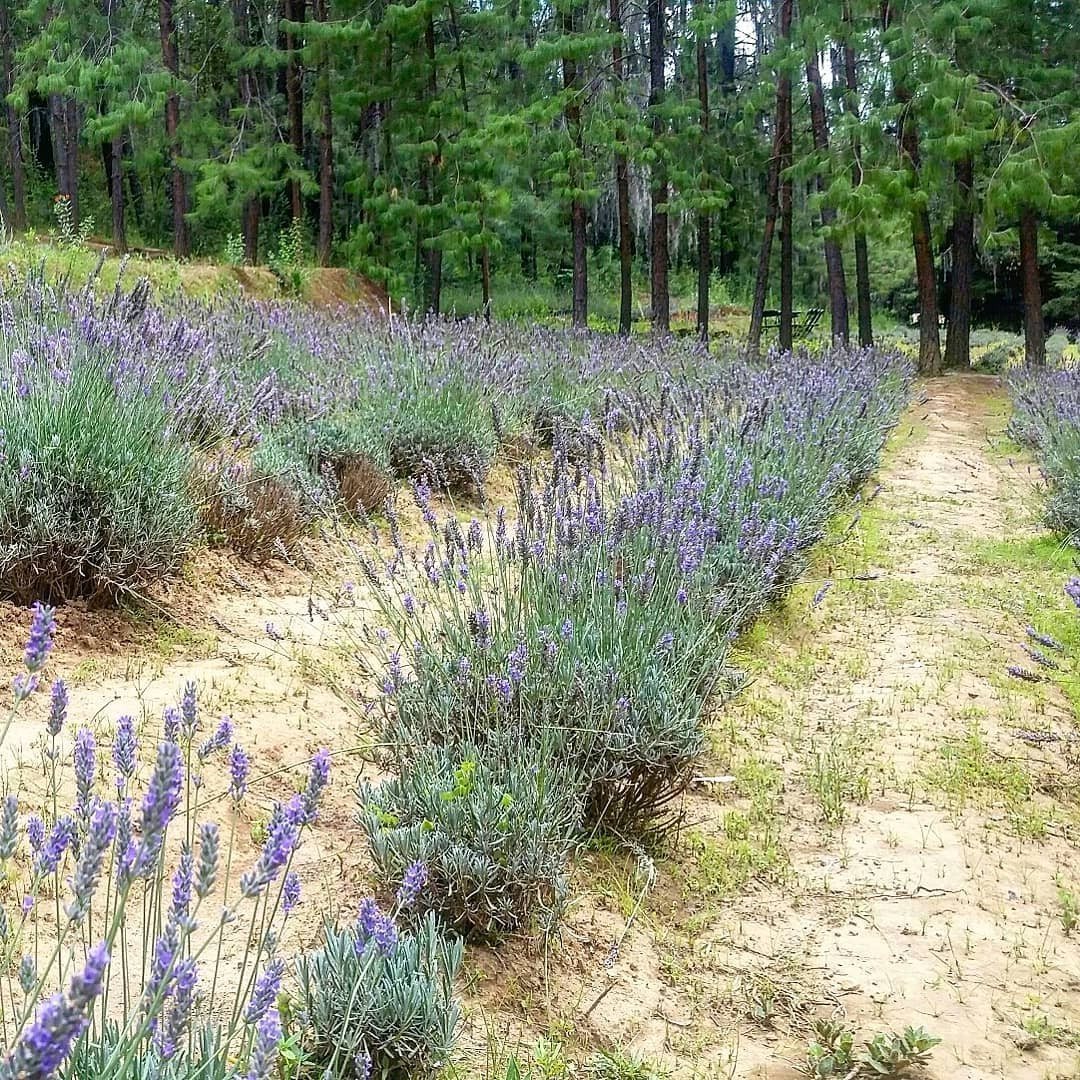





Bloom
Trimming
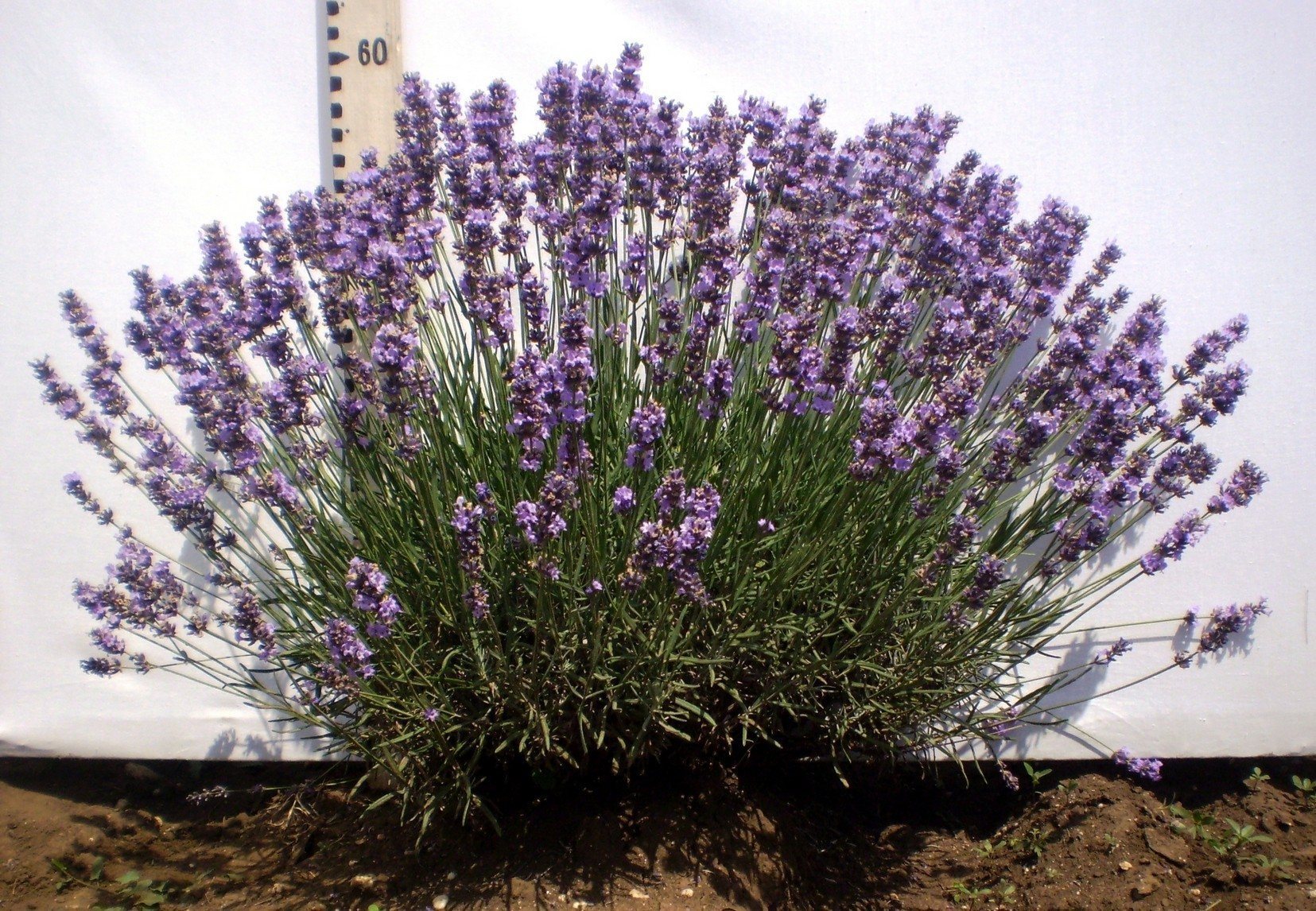
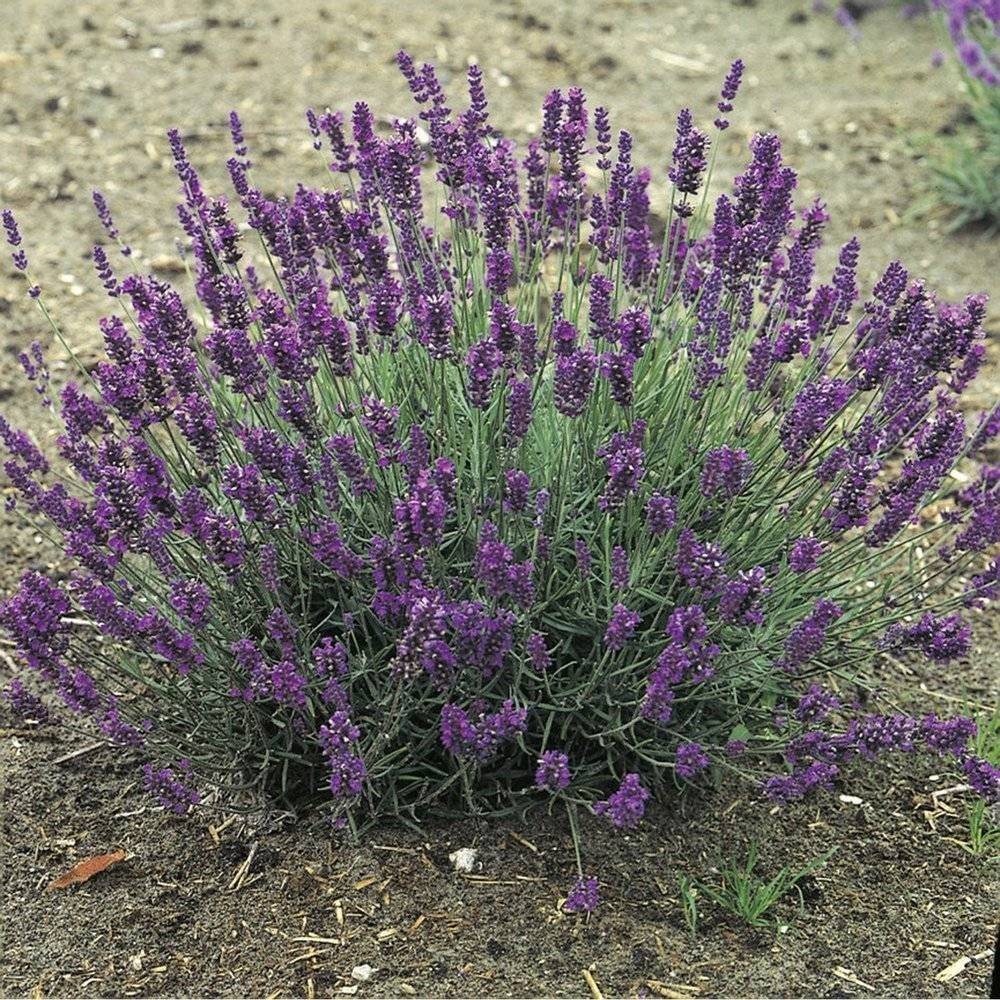
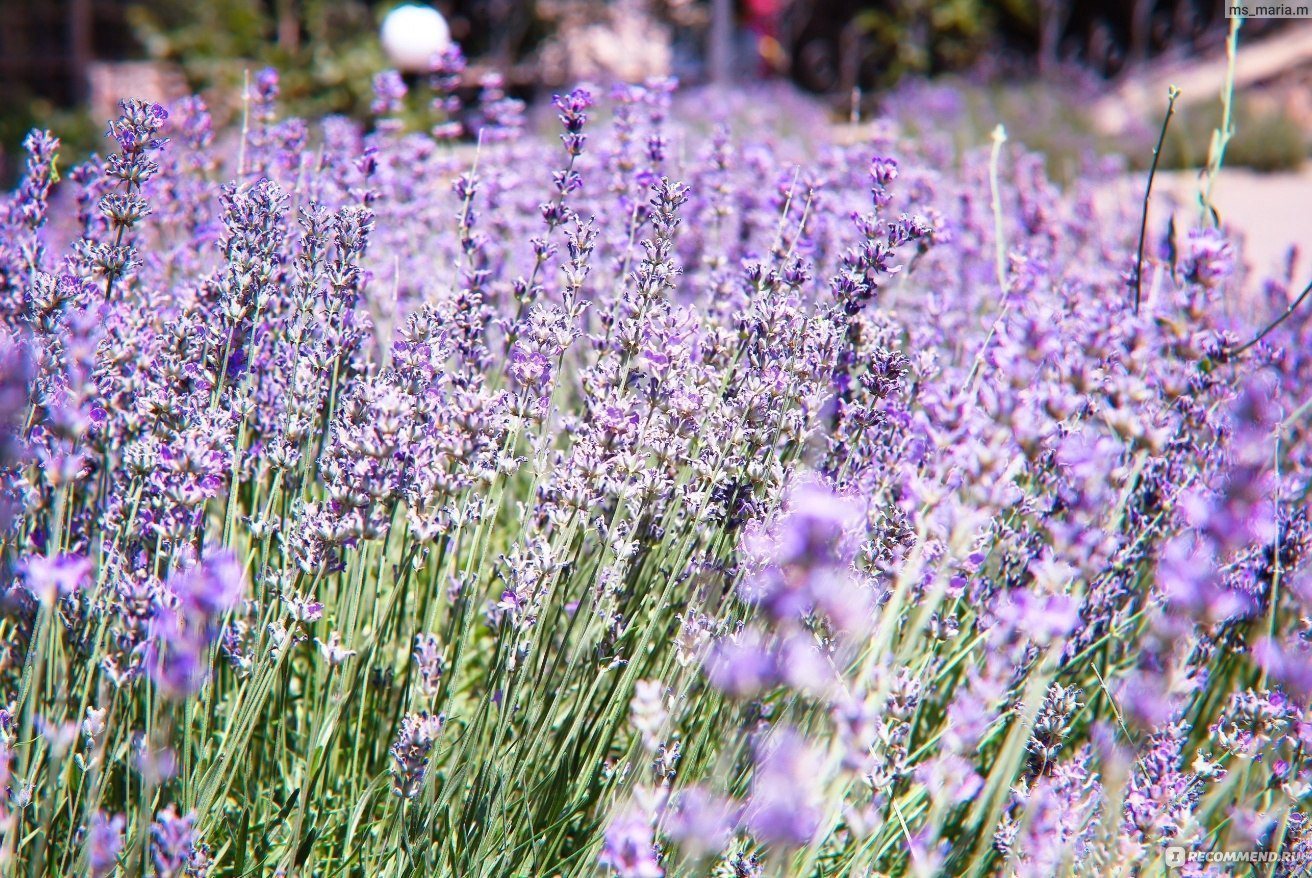
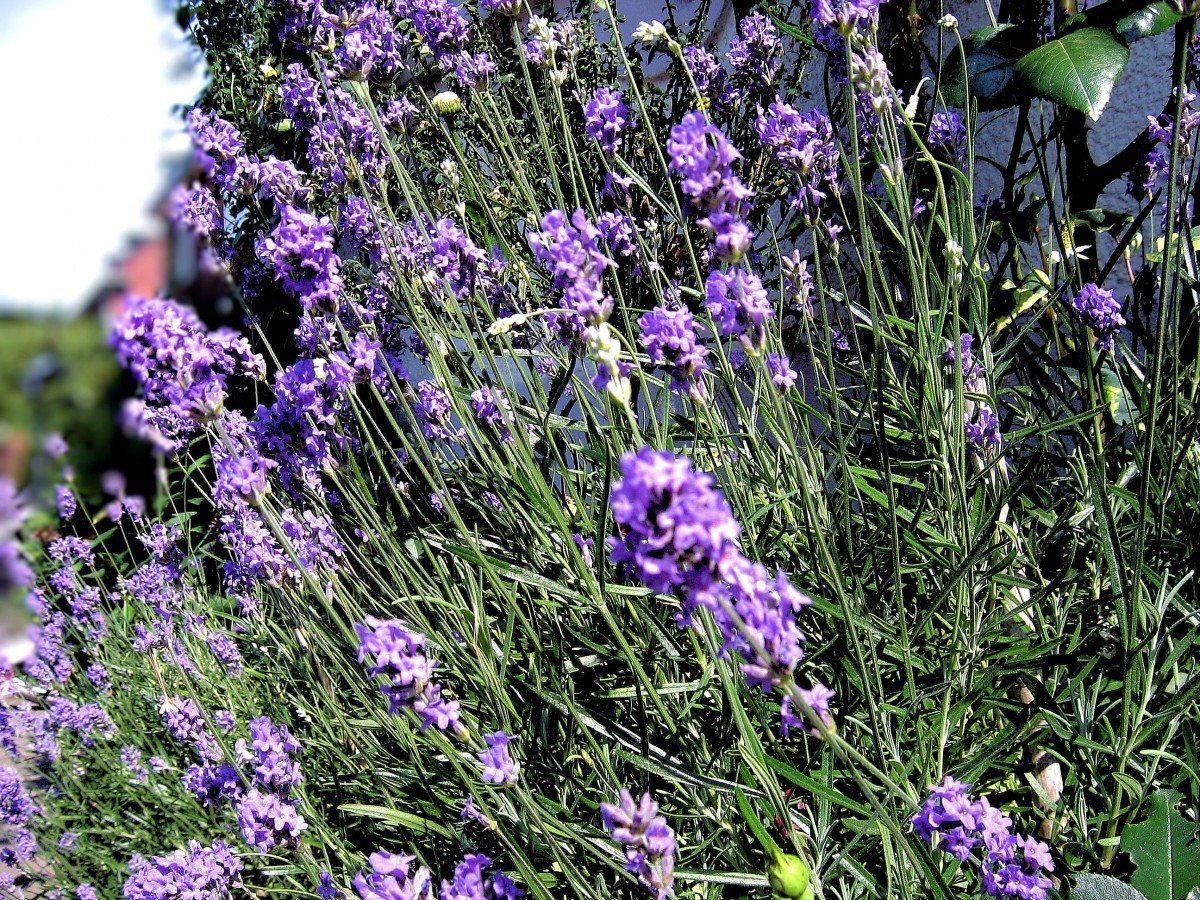




Transfer
Preparing for winter
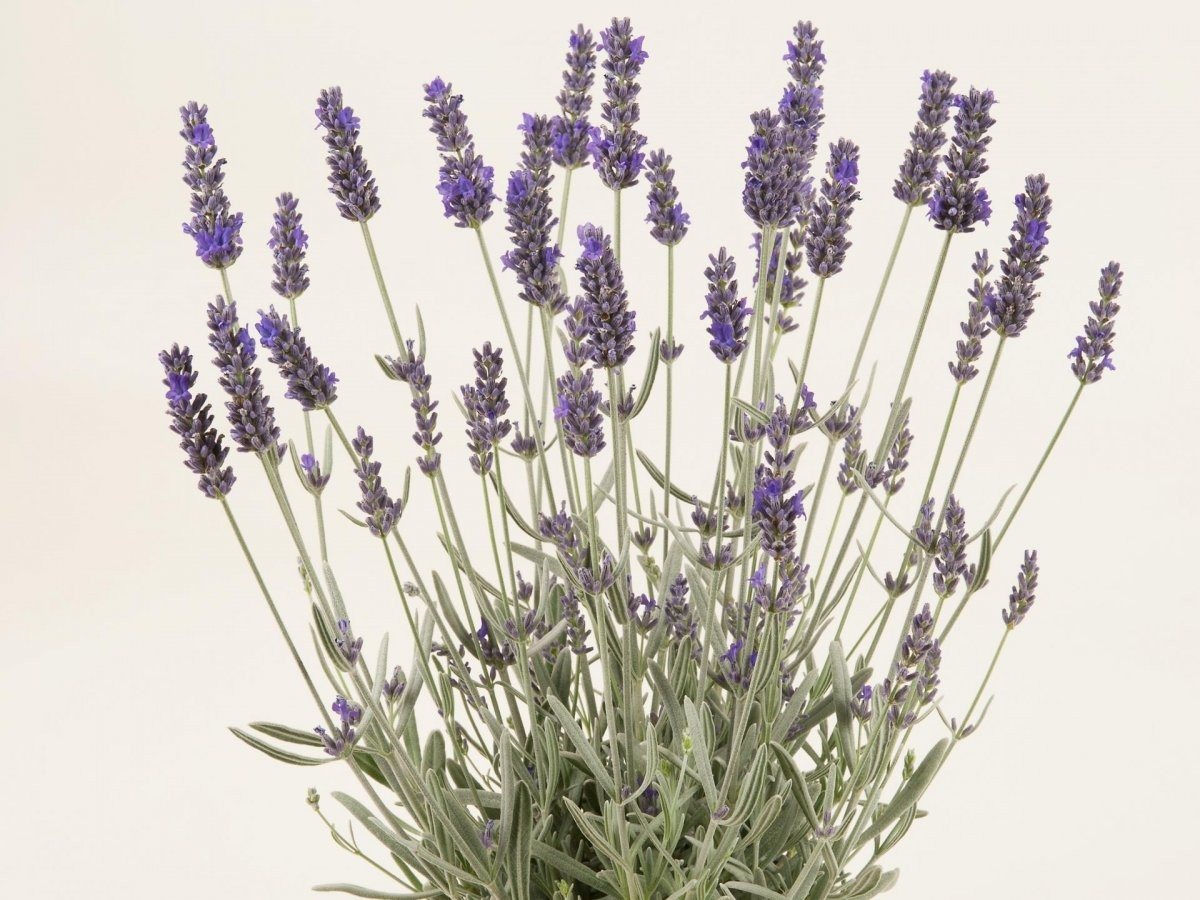
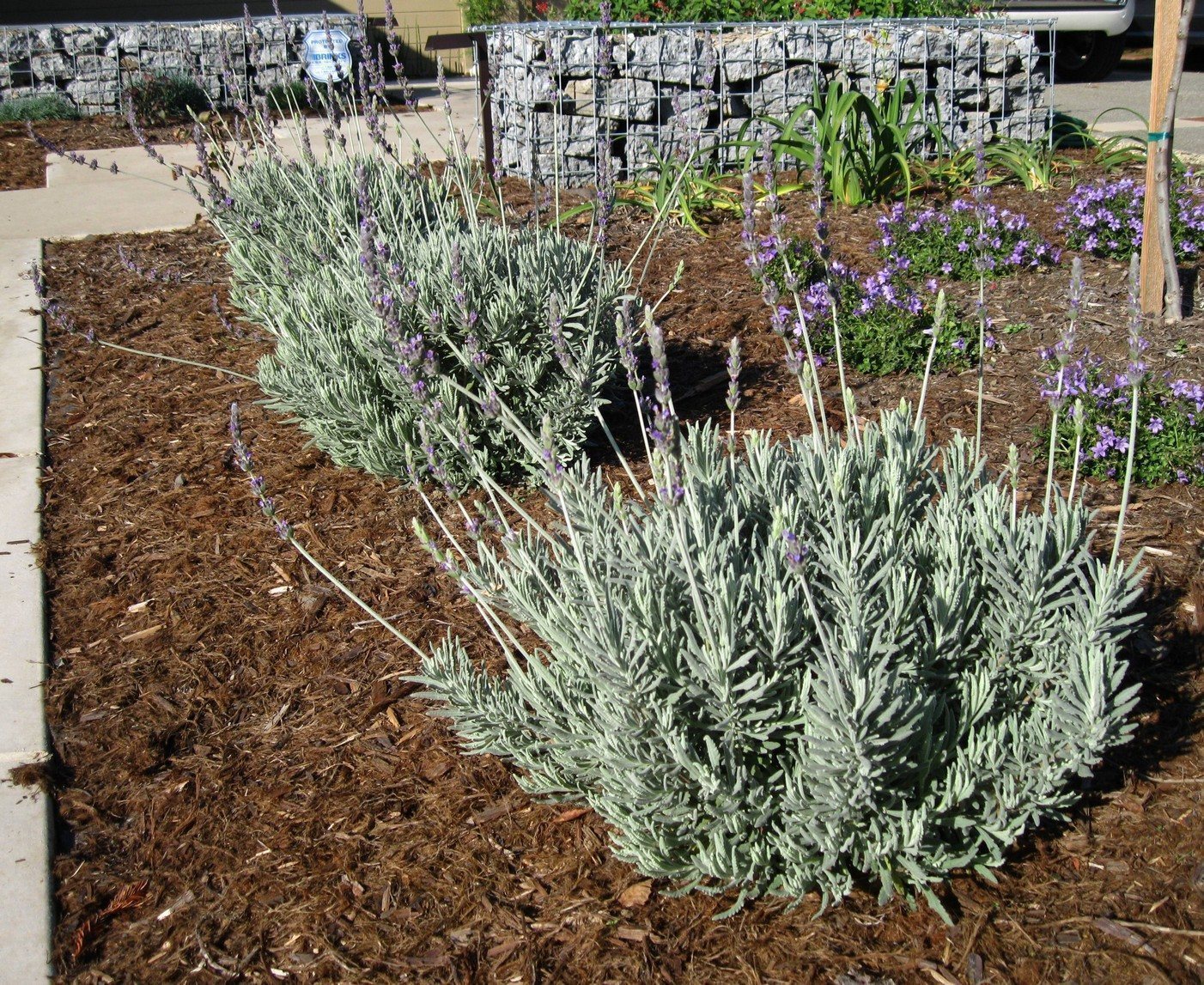
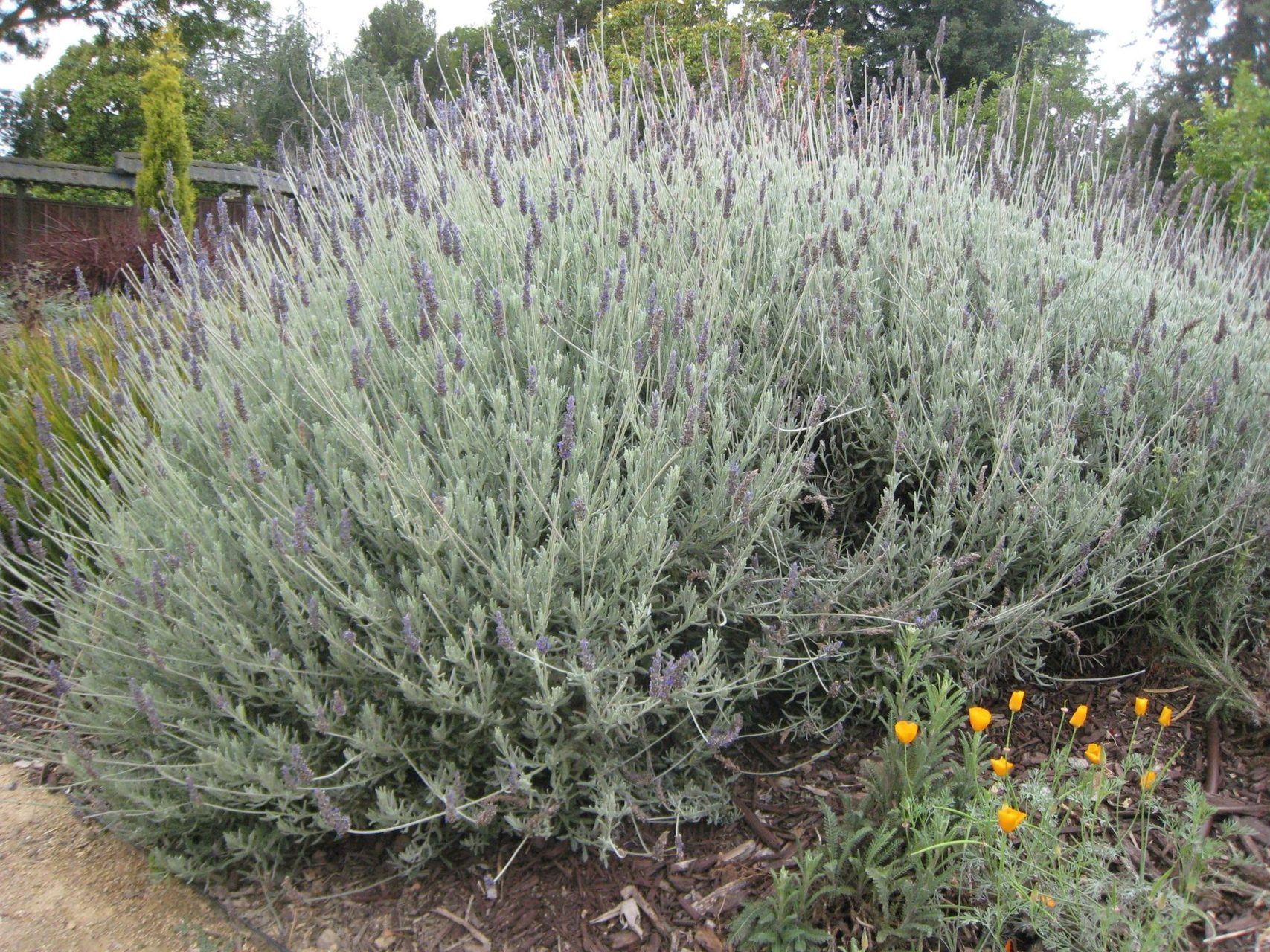

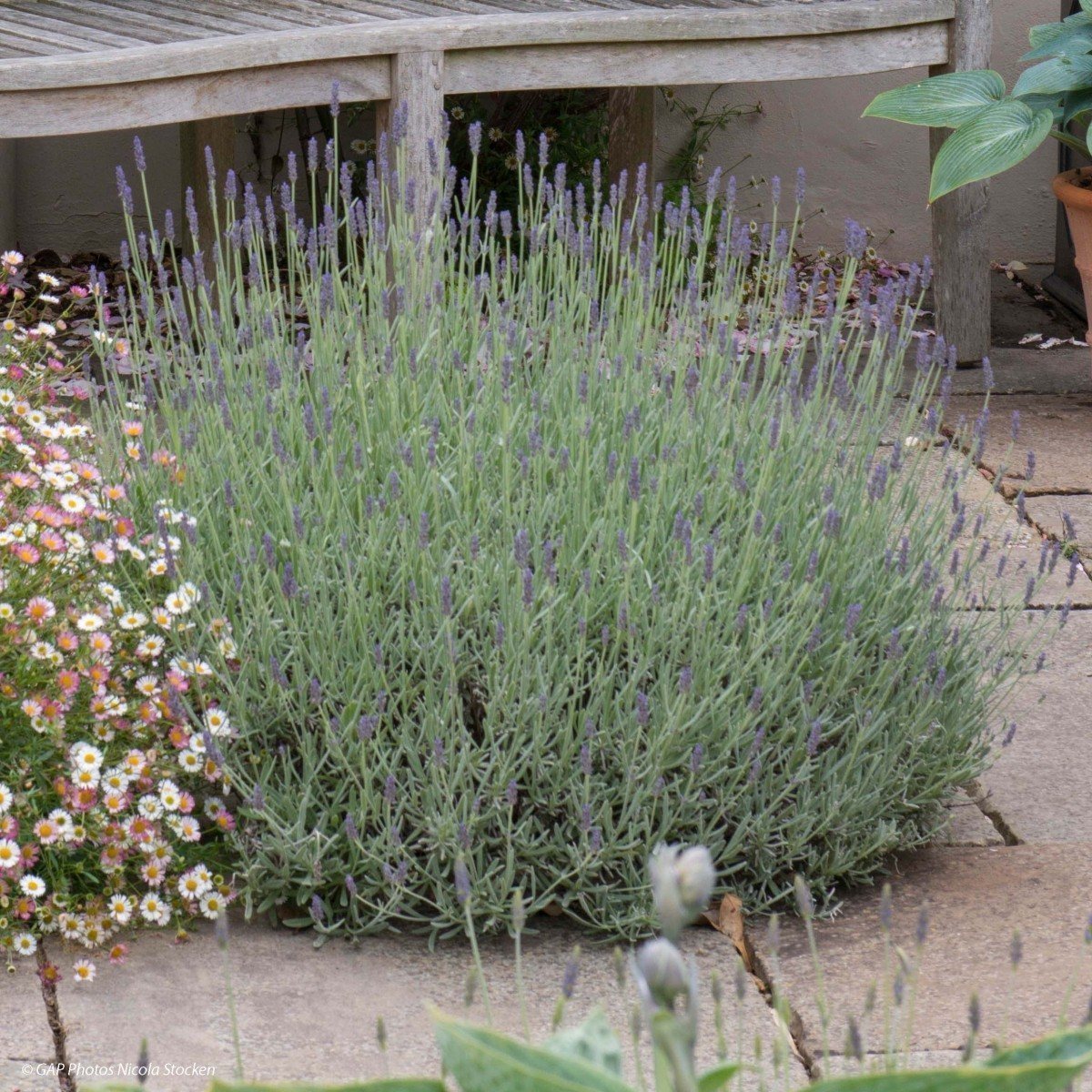





Spring treatment
Reproduction
By layering
Dividing the bush
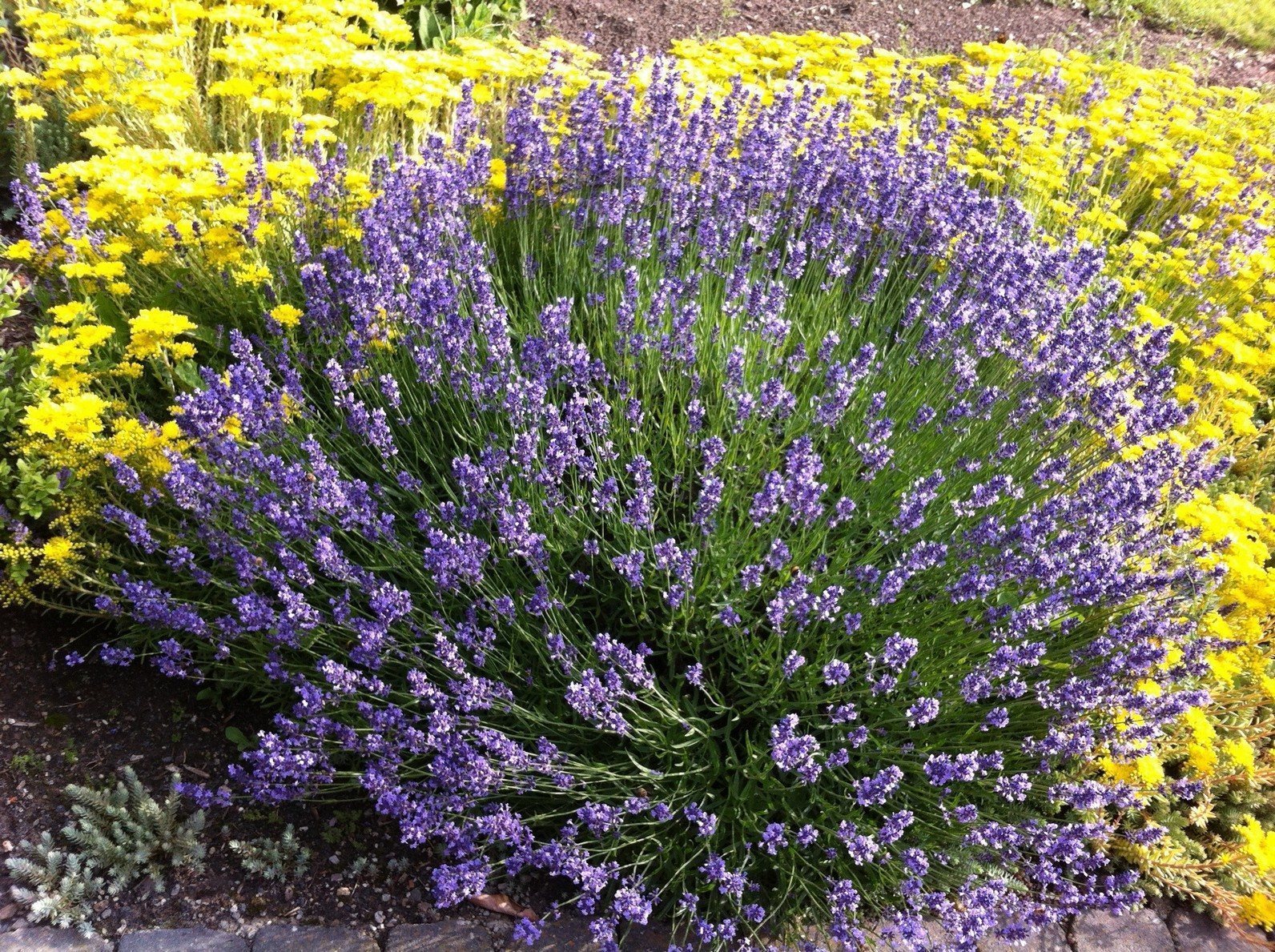
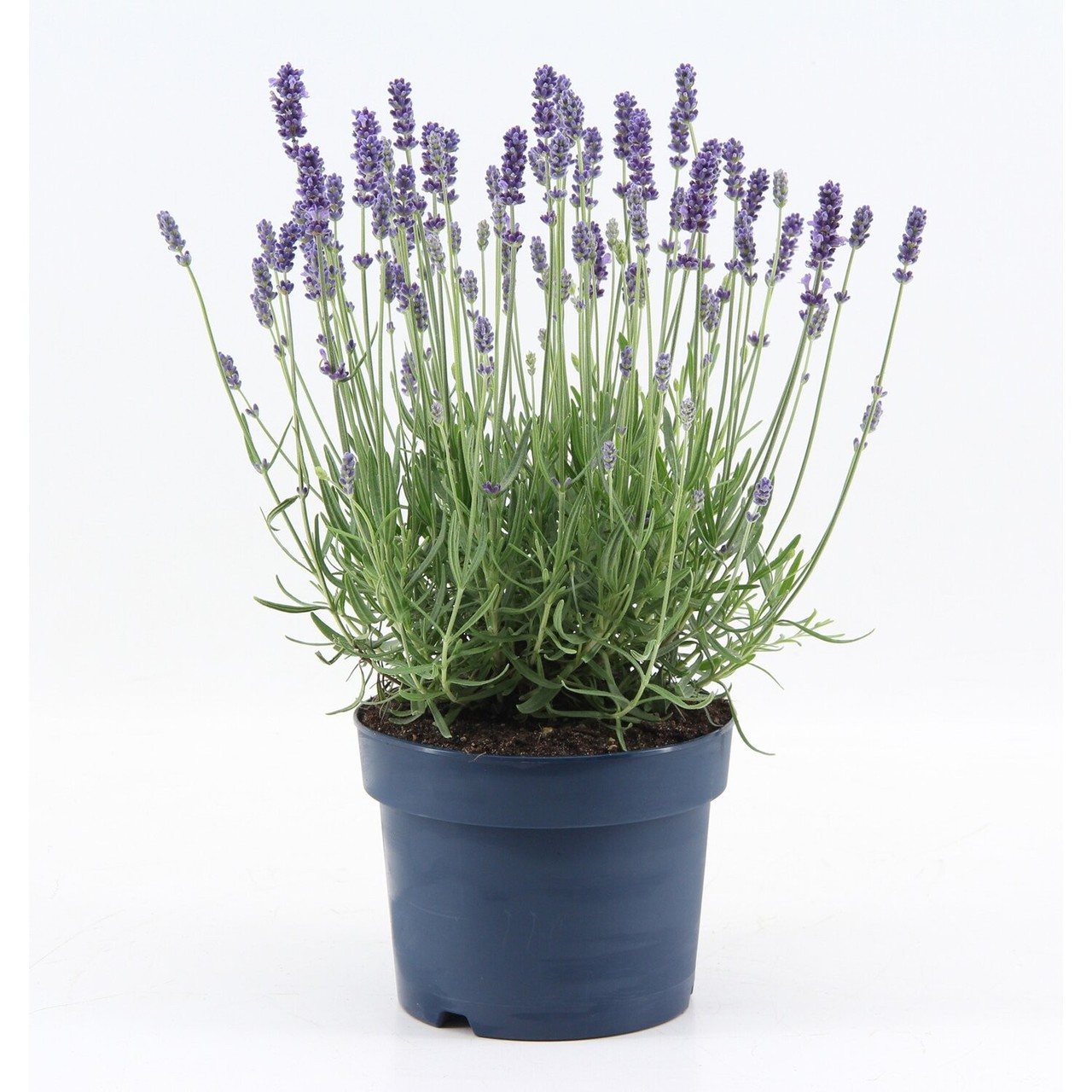
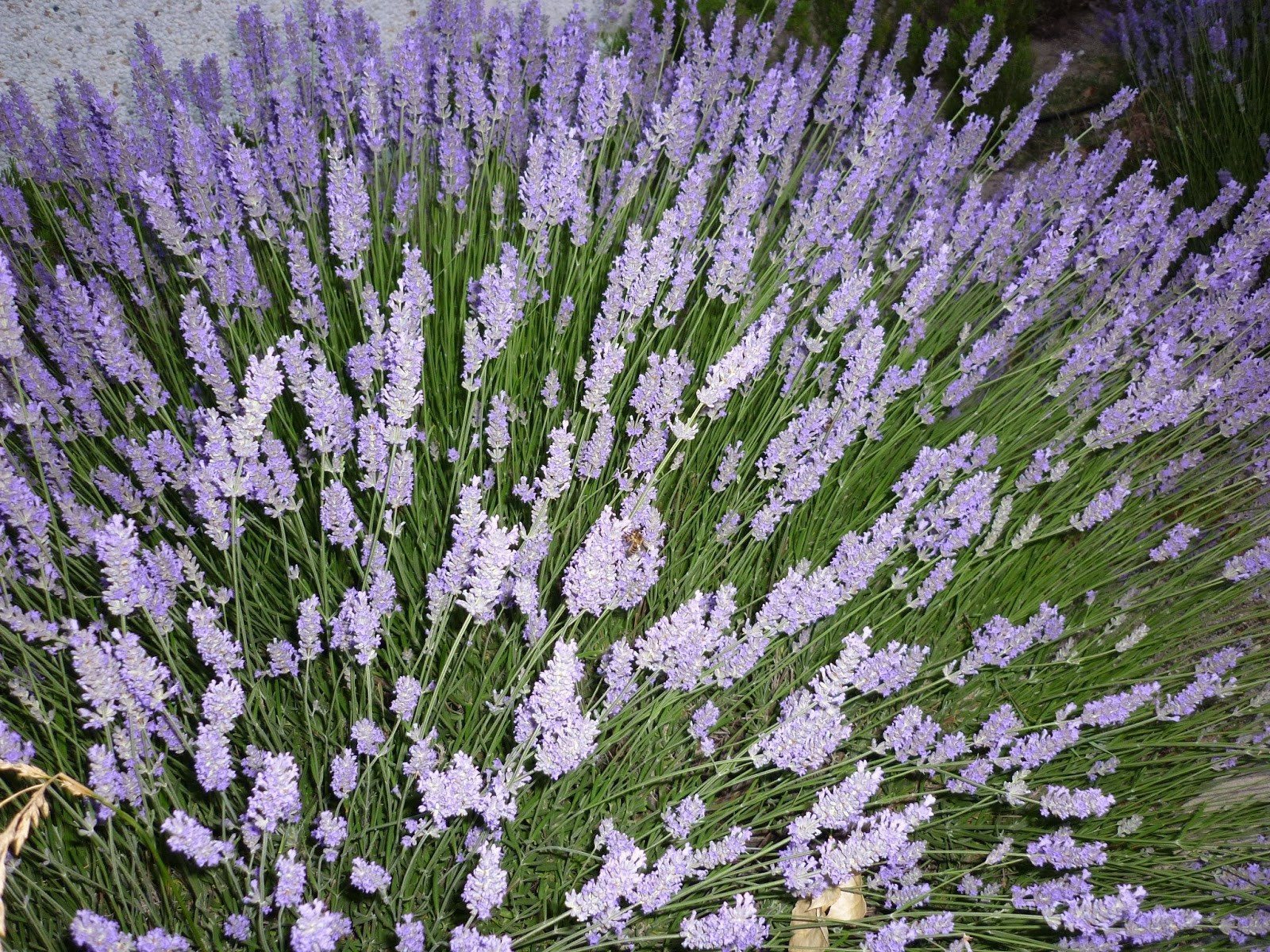
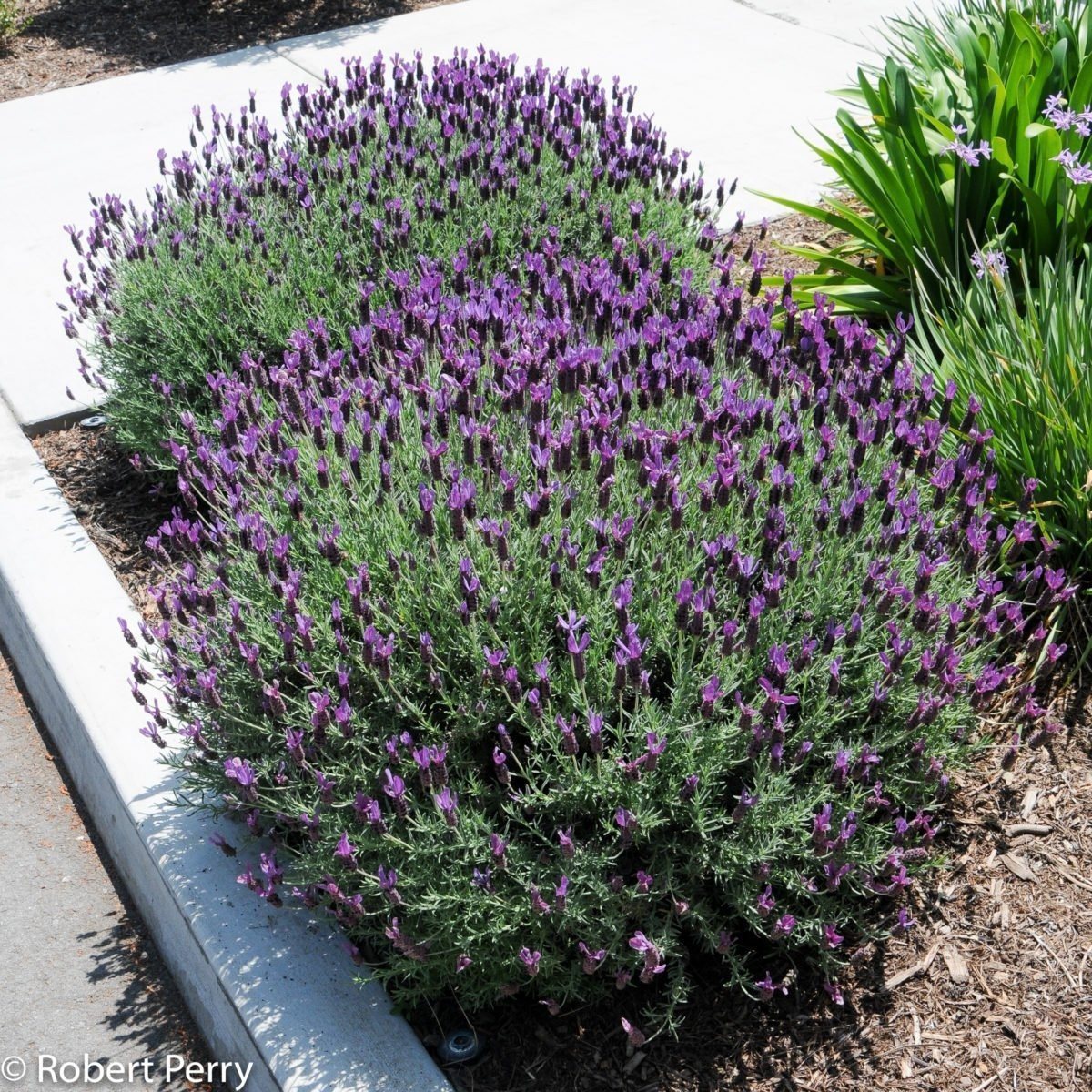
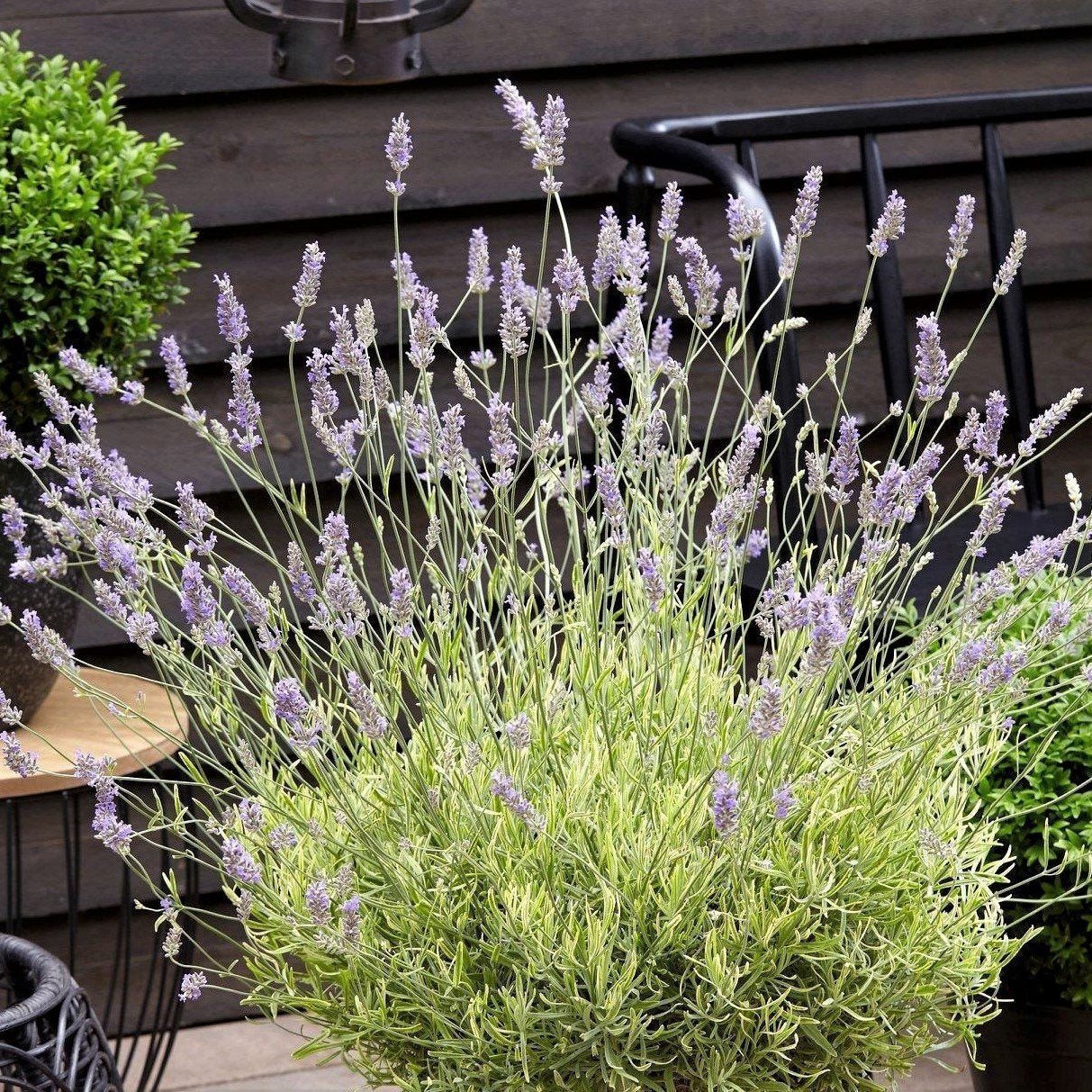





Seeds
Pests
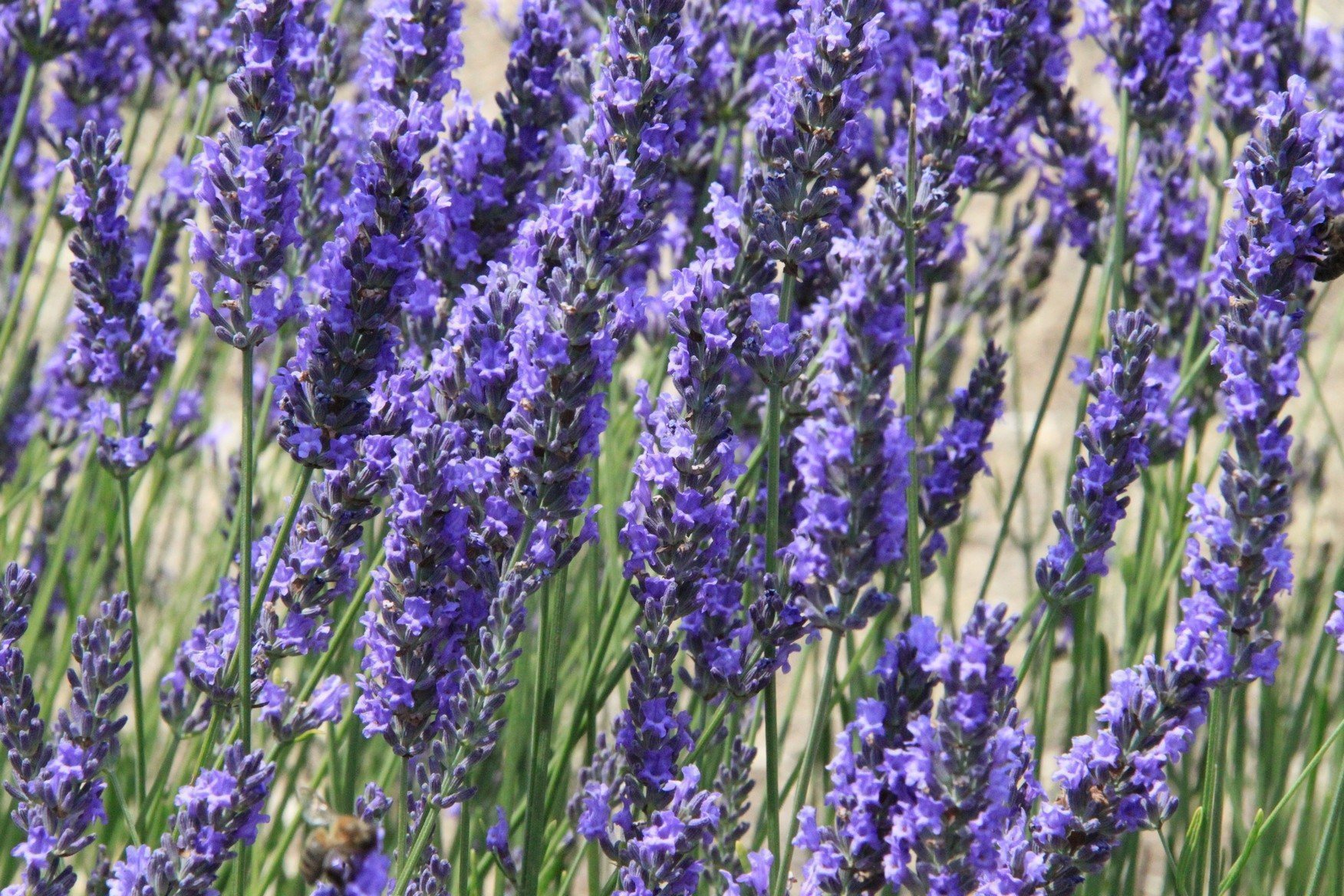
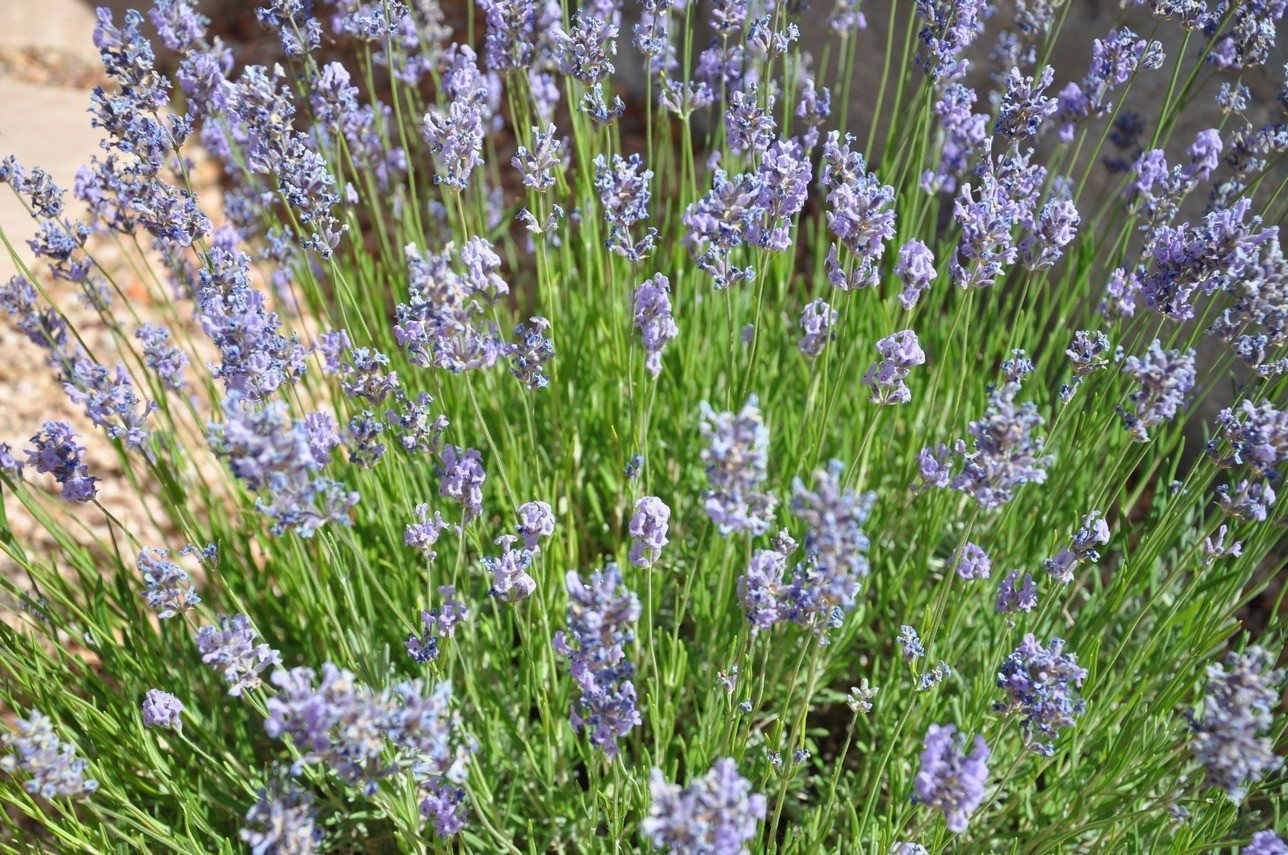
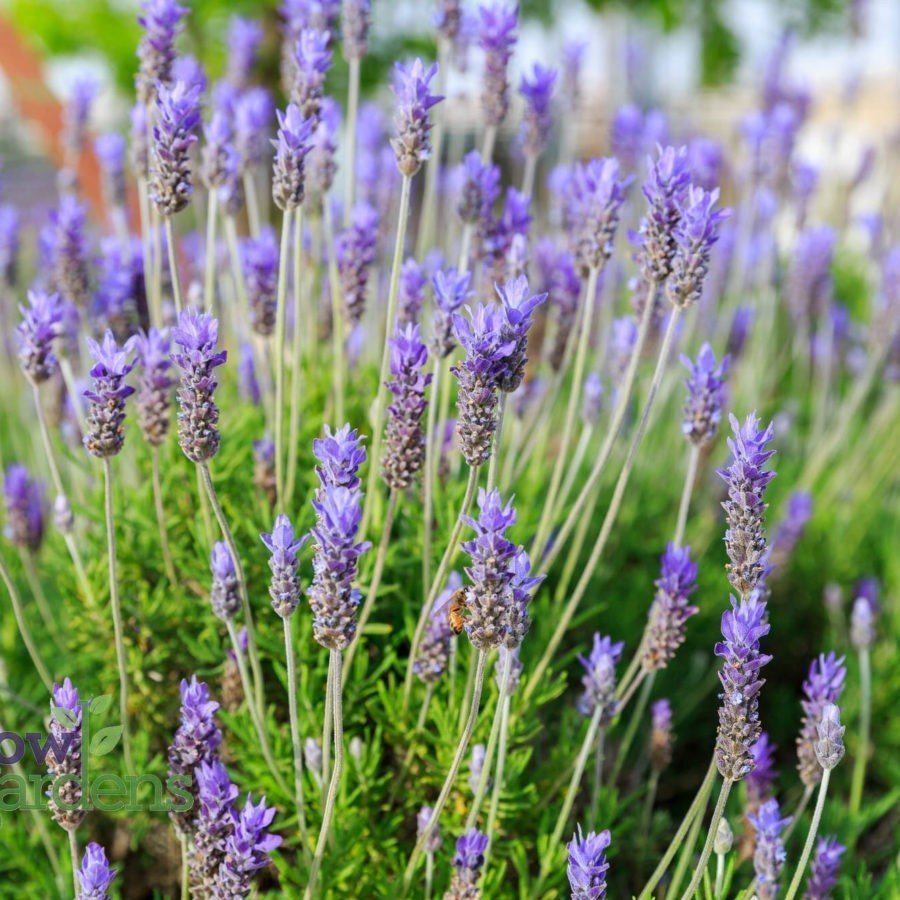
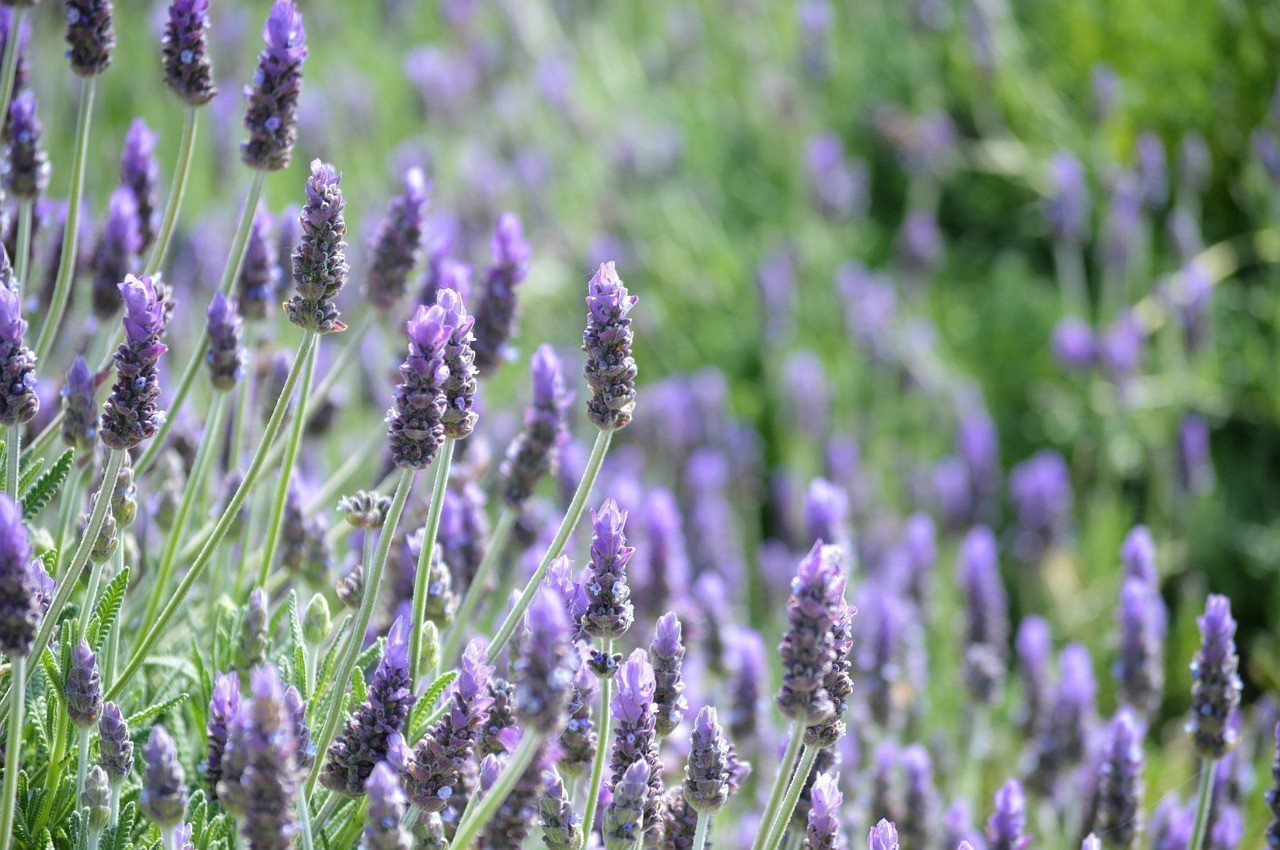
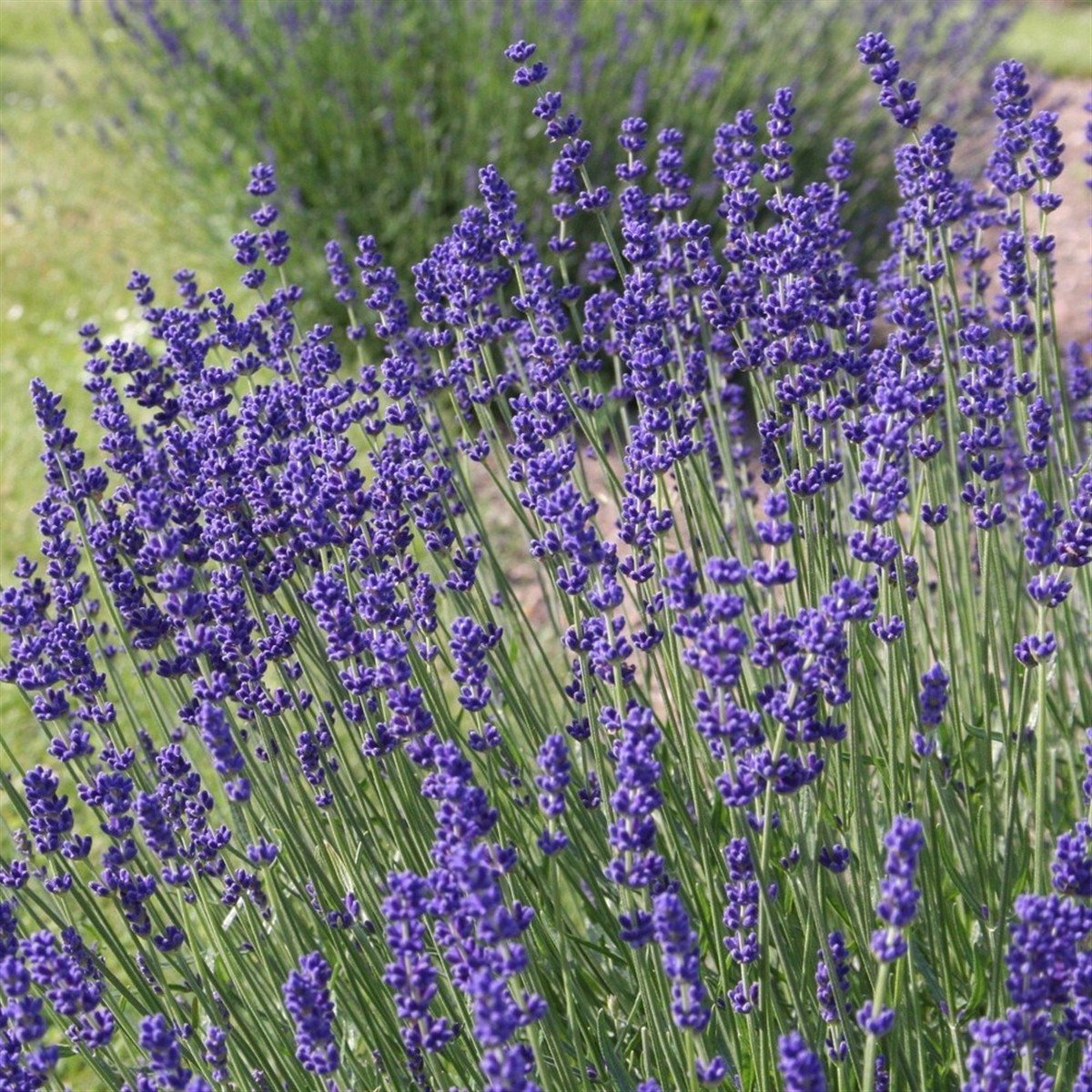





Diseases
Lavender in landscape design
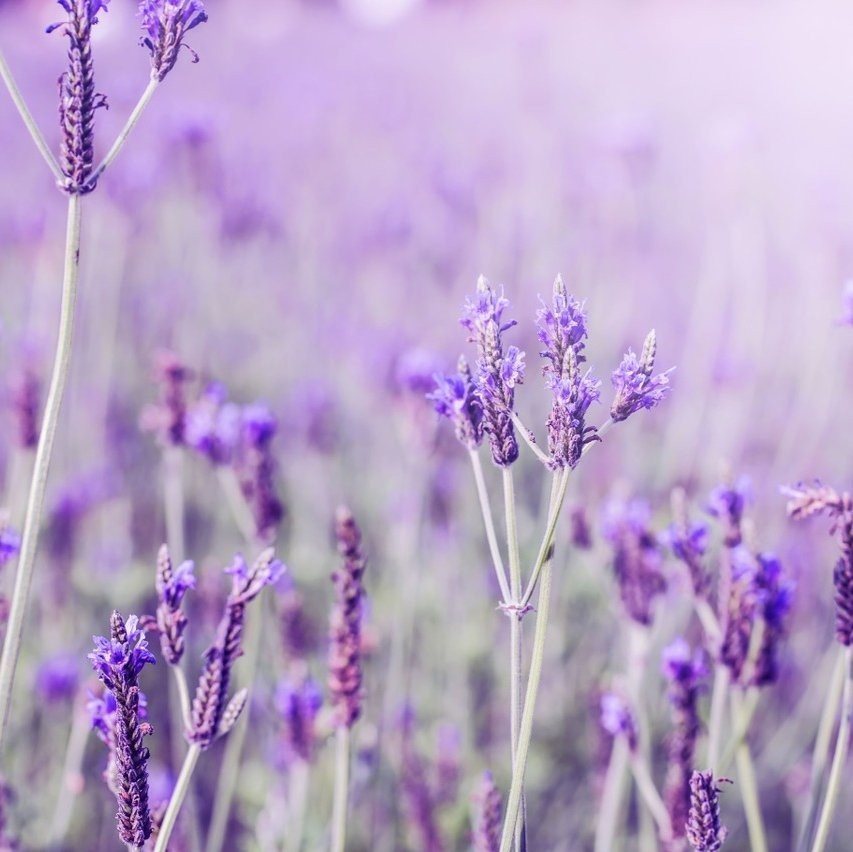
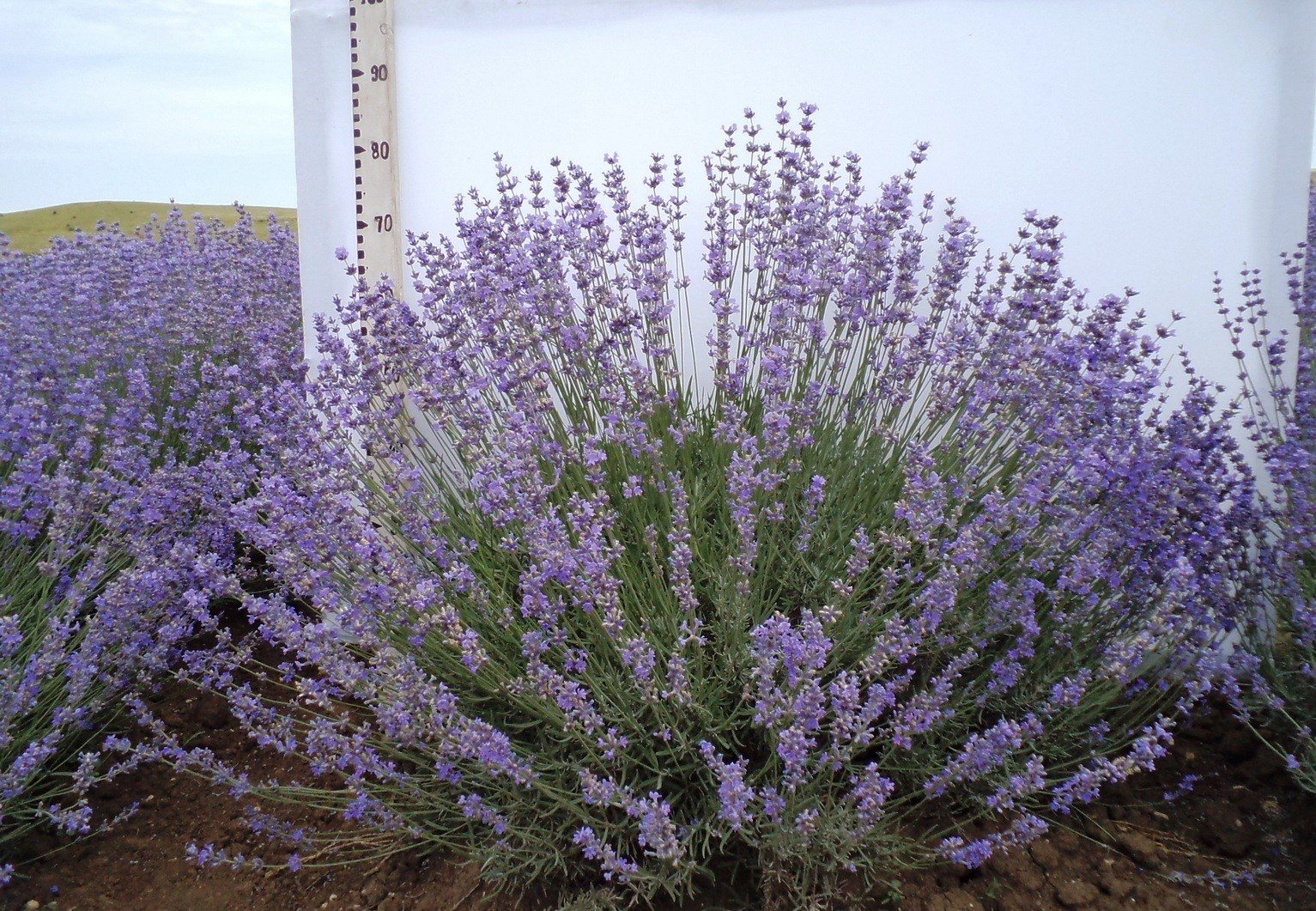

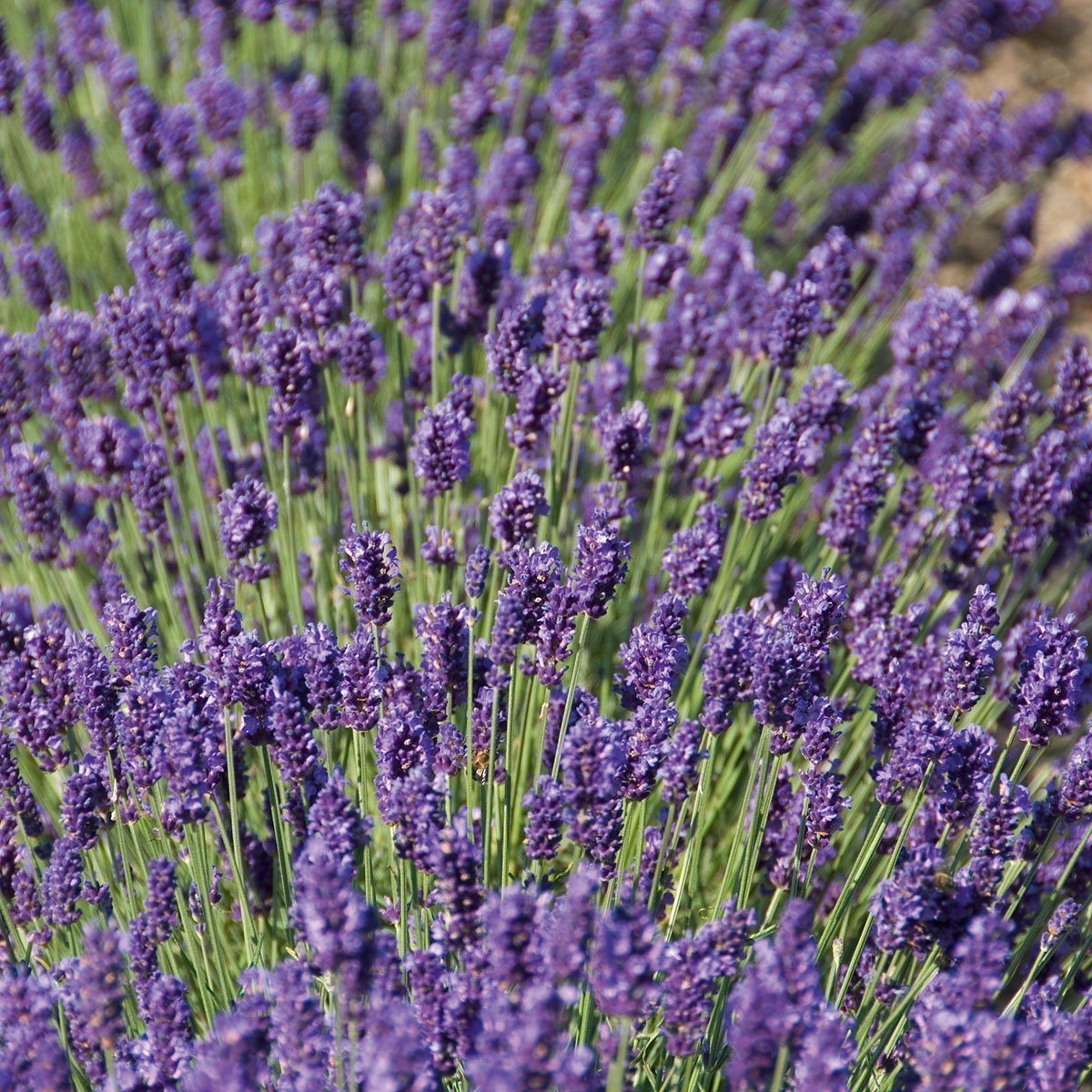
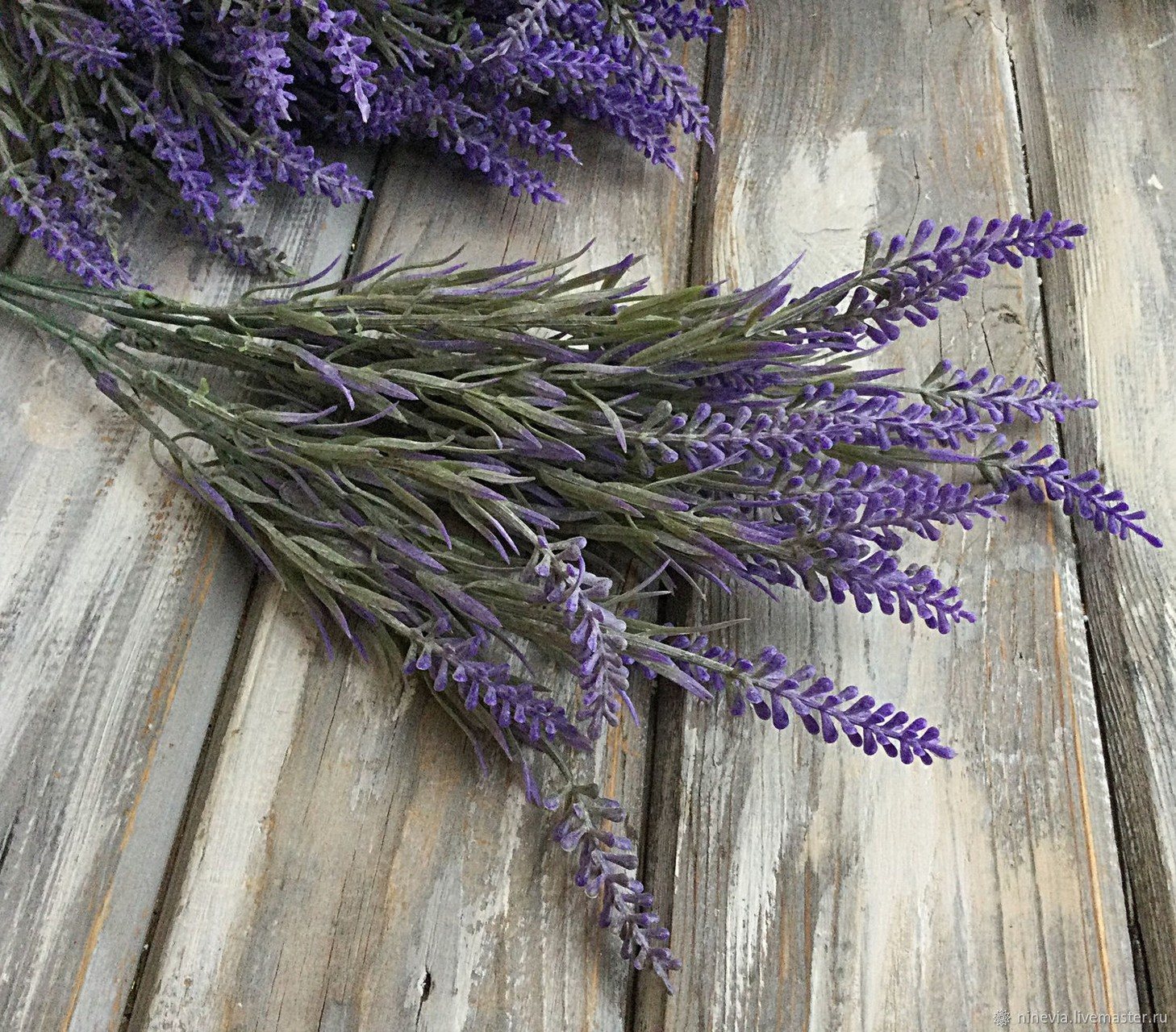





Lavender in the interior
Benefits and harms for humans
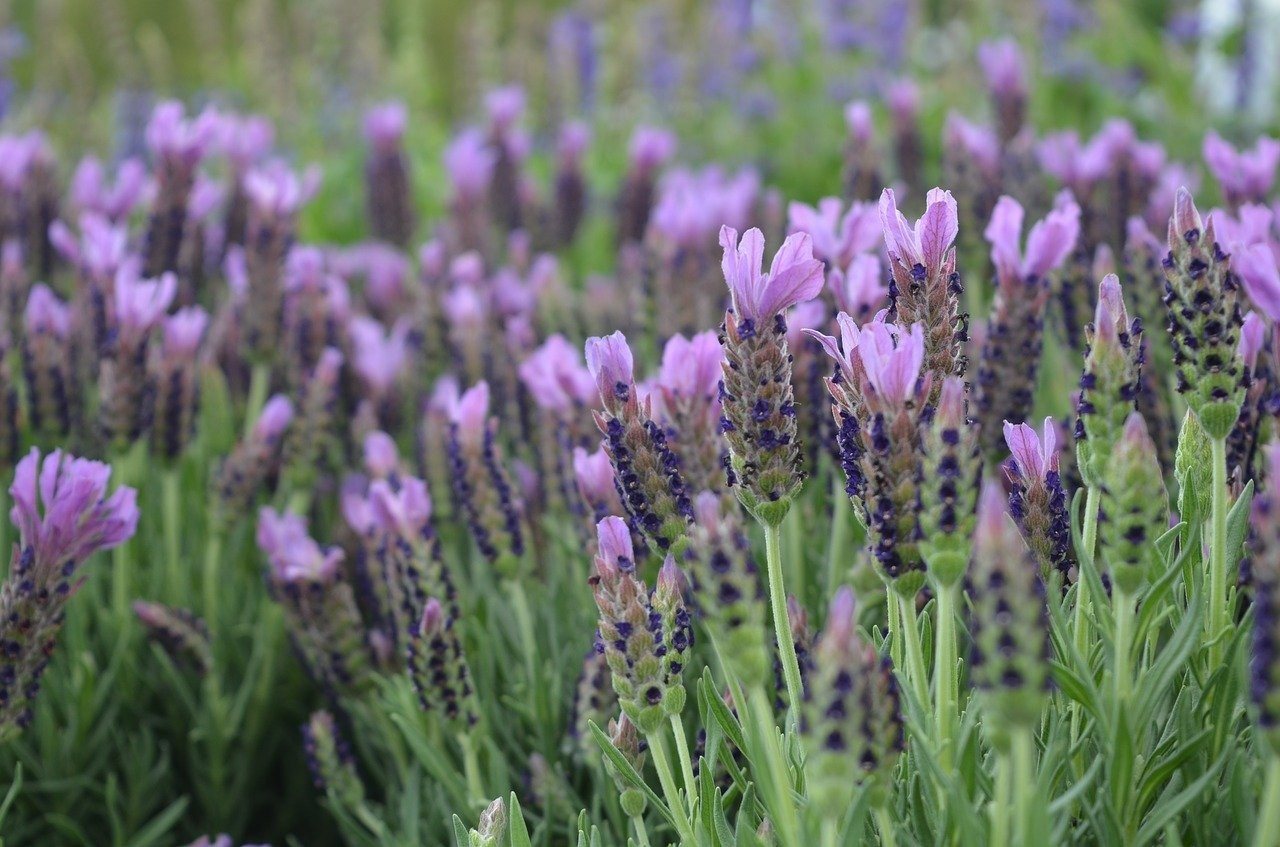
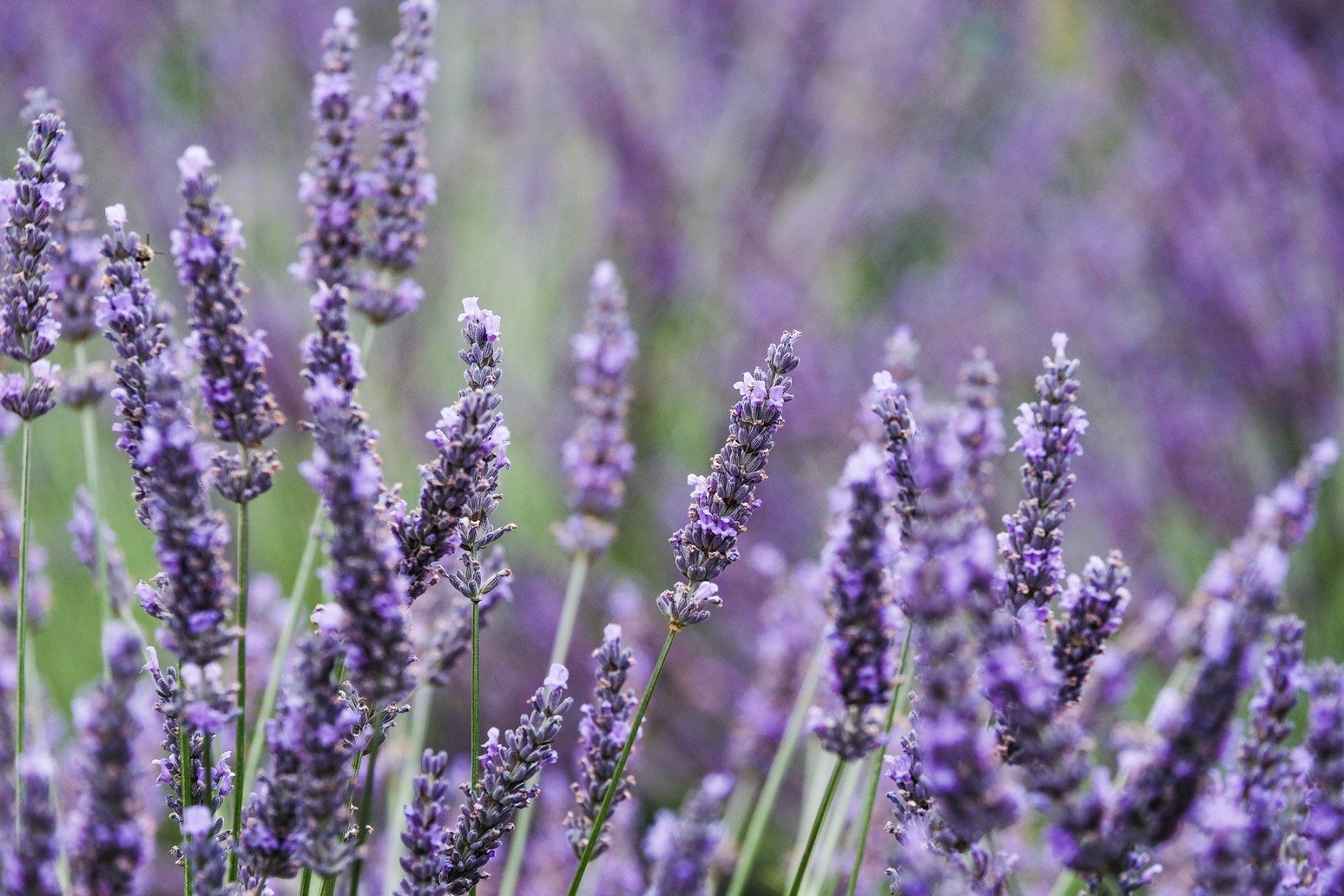
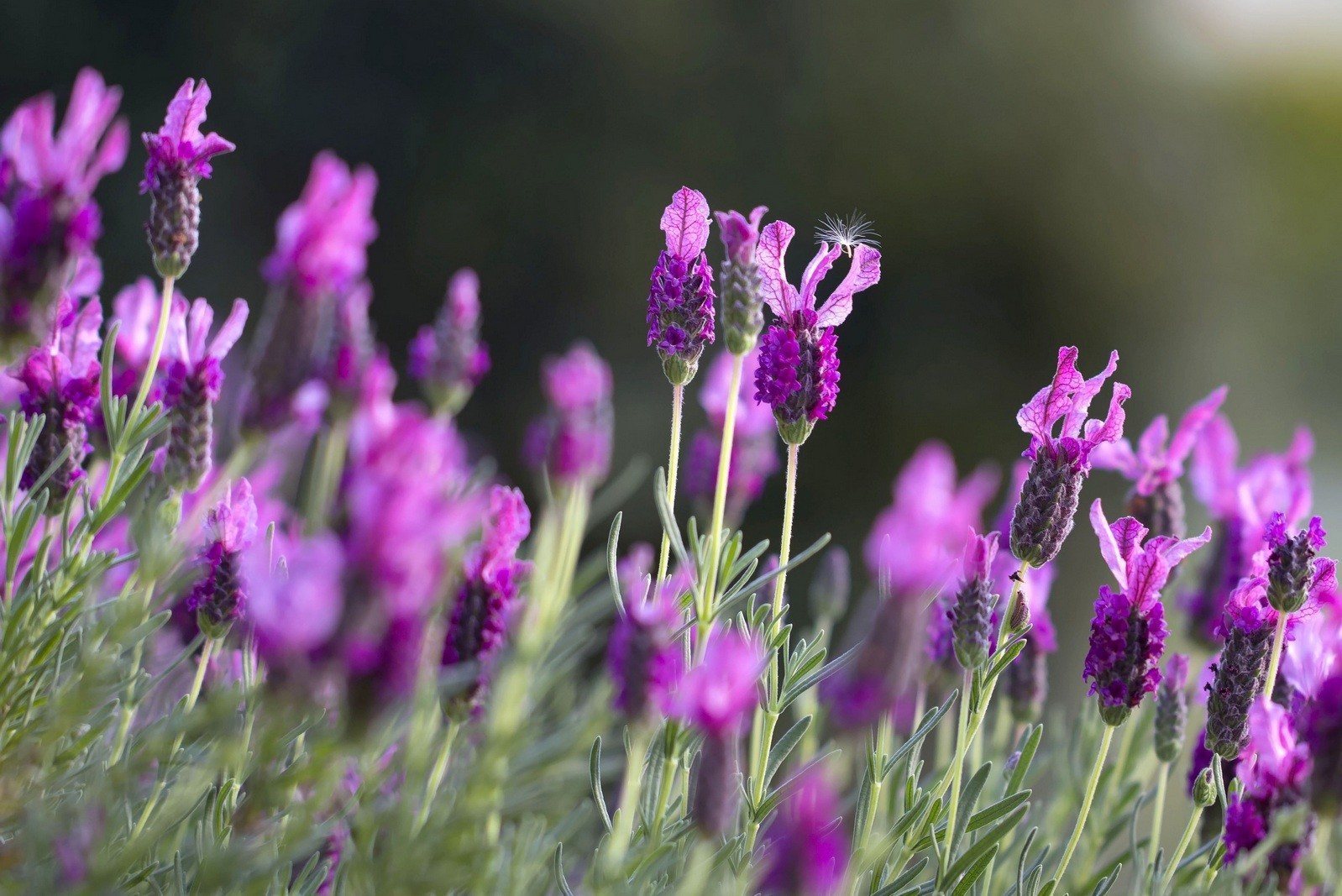
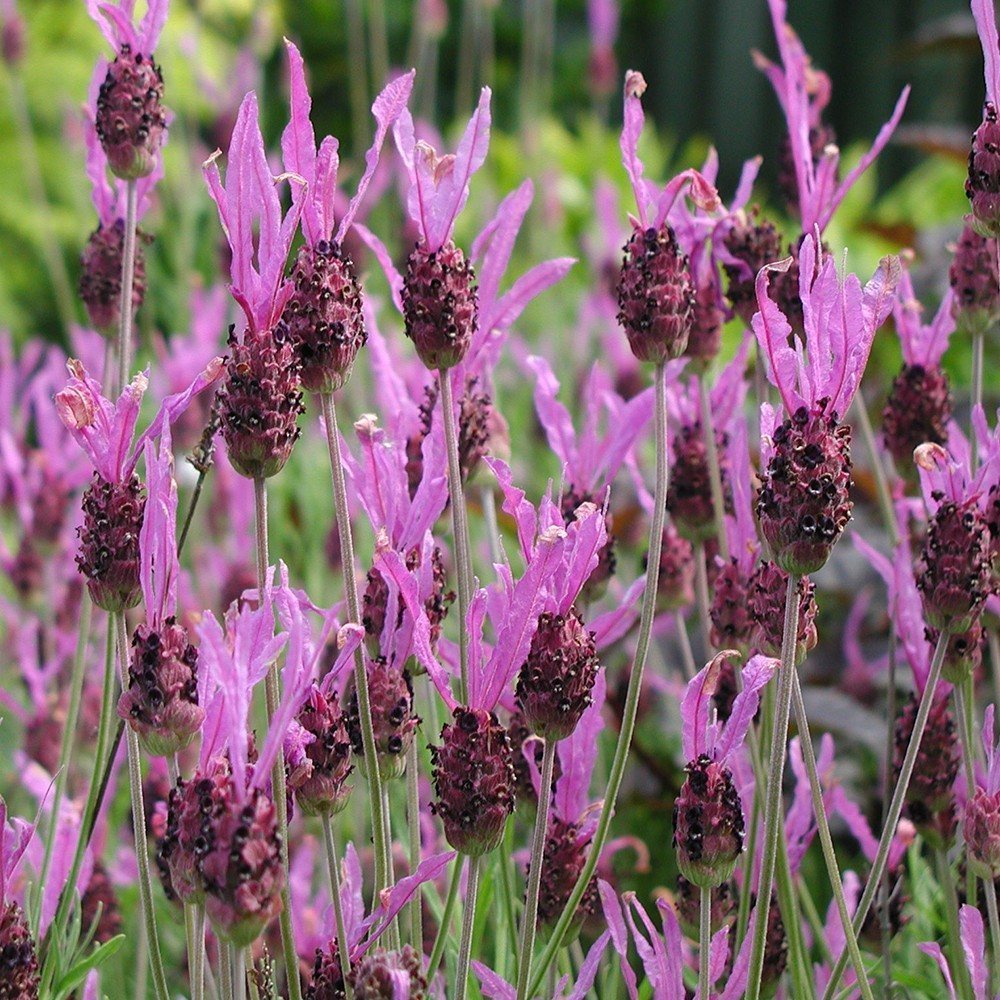
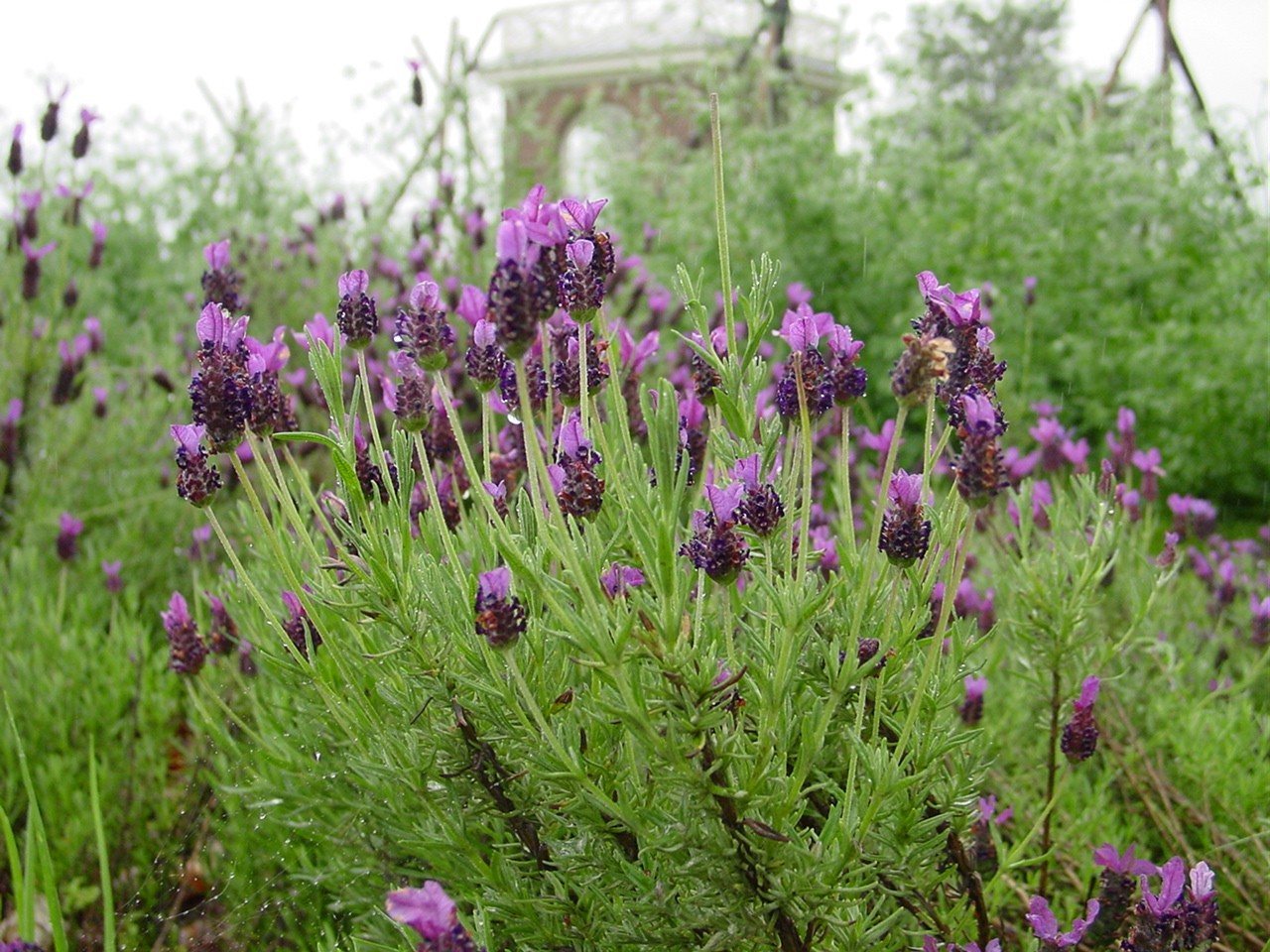





Signs and superstitions
Show in full ▼
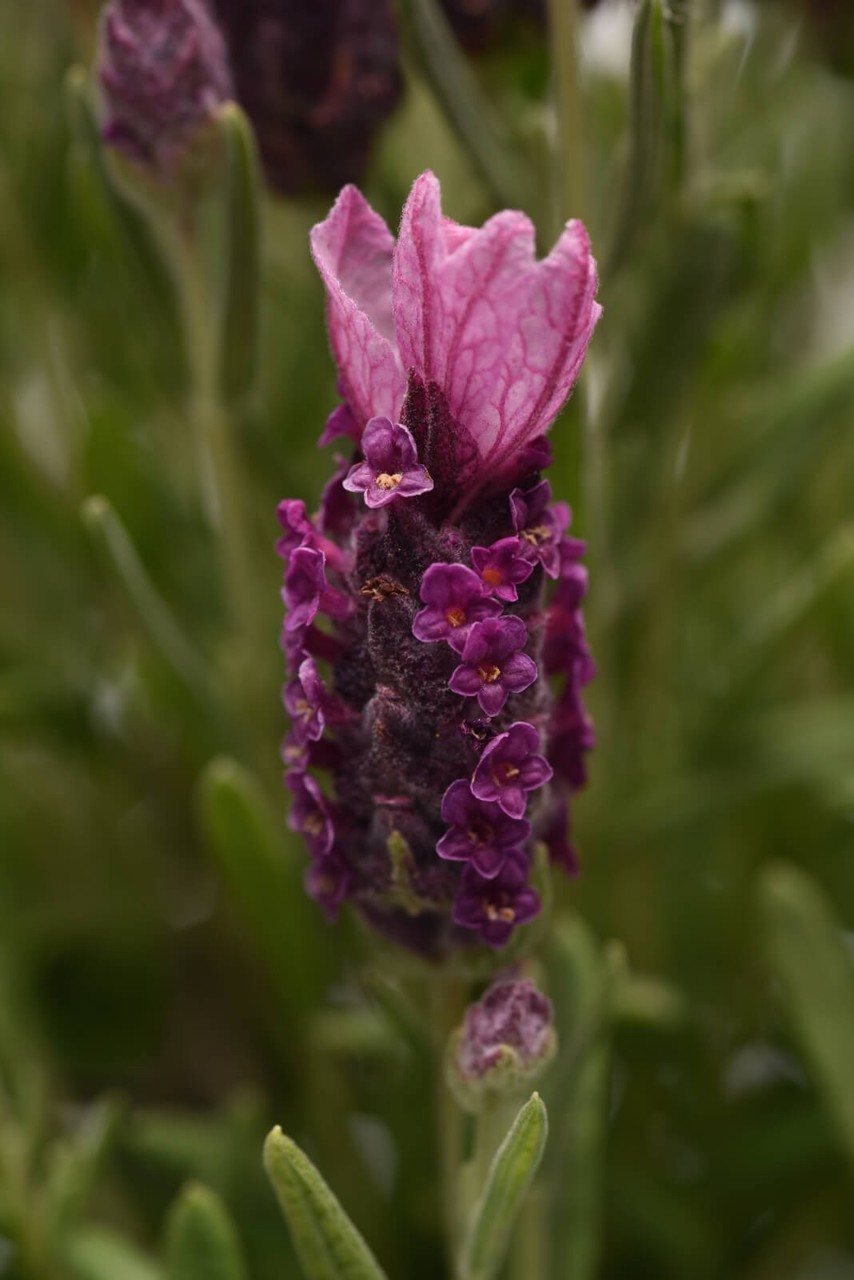
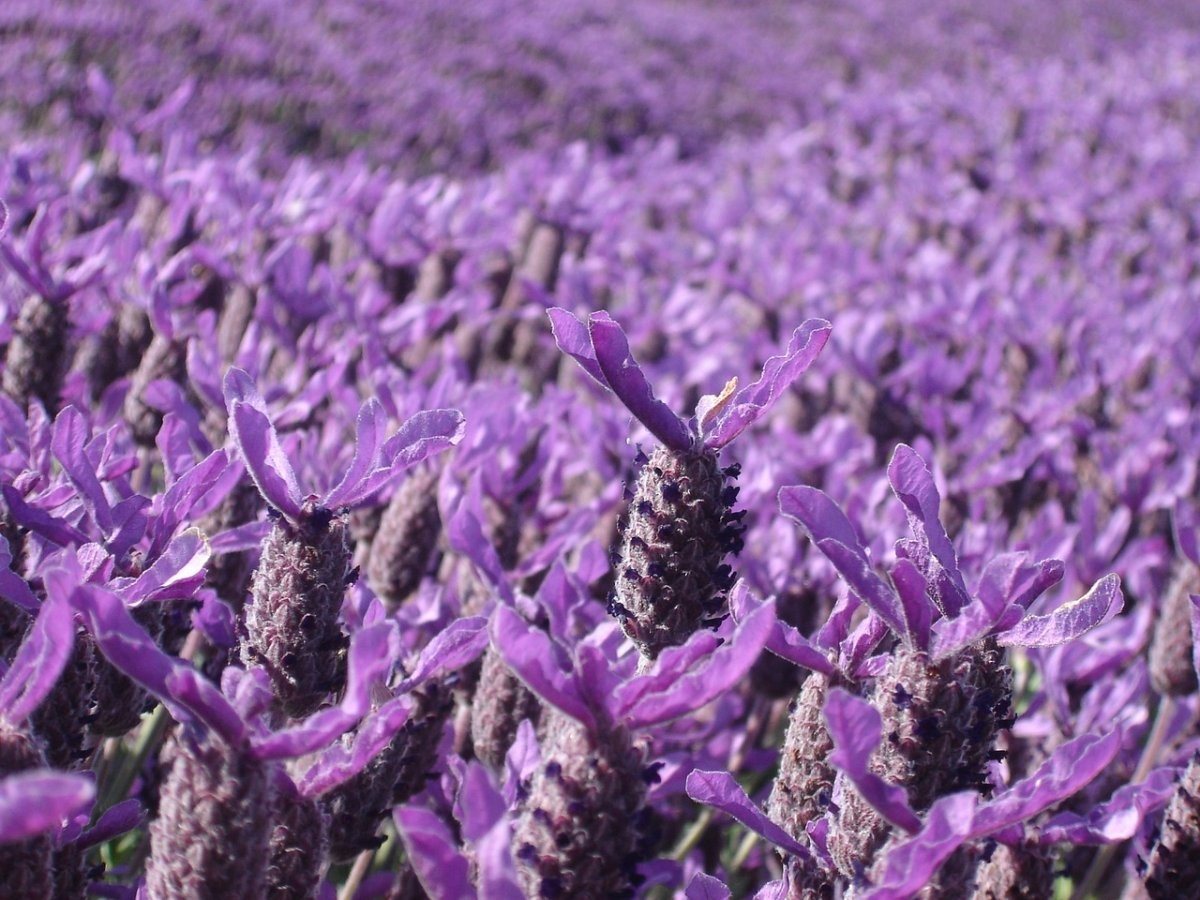
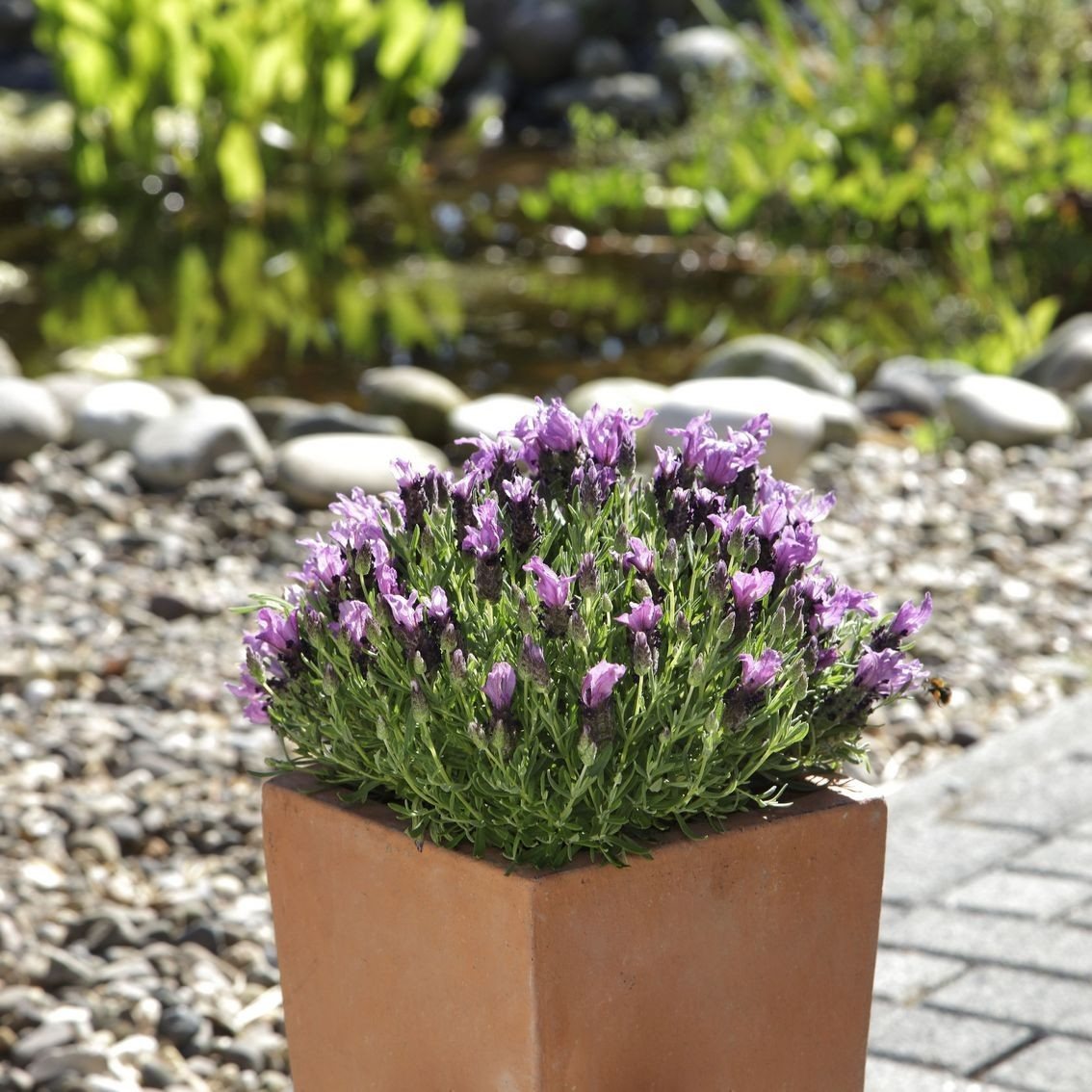
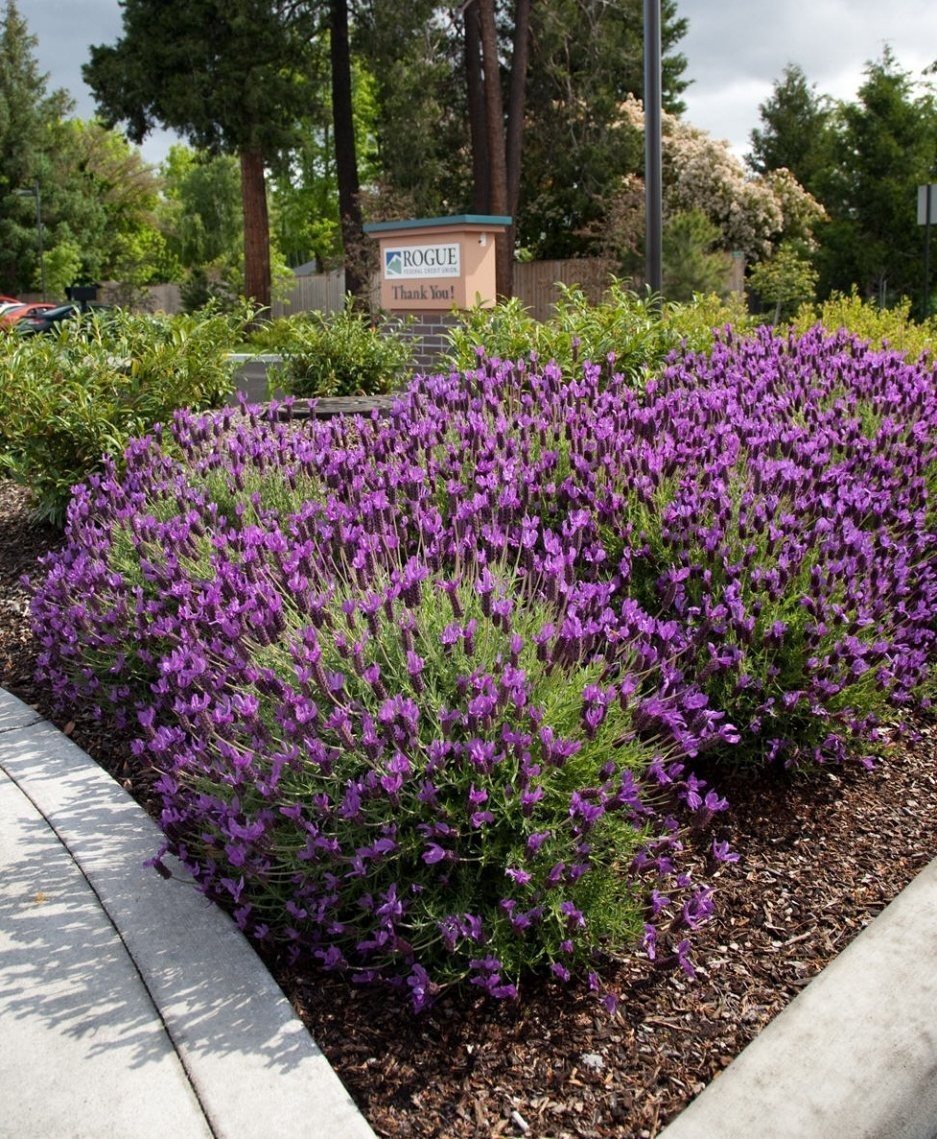






Botanical description
Lavender is one of the representatives of the Lamiaceae family. This is a herbaceous shrub with numerous elastic shoots that form a spherical crown. The height of the perennial varies from 30 cm to 2 m. However, among gardeners and lovers of indoor plants, low-growing hybrids that are compact are popular.
Lavender shoots are tetrahedral. Initially they are flexible, but when ripe they become woody at the base. At the bottom, lavender branches are densely covered with opposite-sessile leaves, and bare at the top.
The root system is powerful, well developed, fibrous type. The leaves are linear, narrow, silver-green in color. The surface of the plates is covered with a short felt edge. The leaves are barely 5 cm long and 0.5-0.7 cm wide. Their edges may have slight serration.

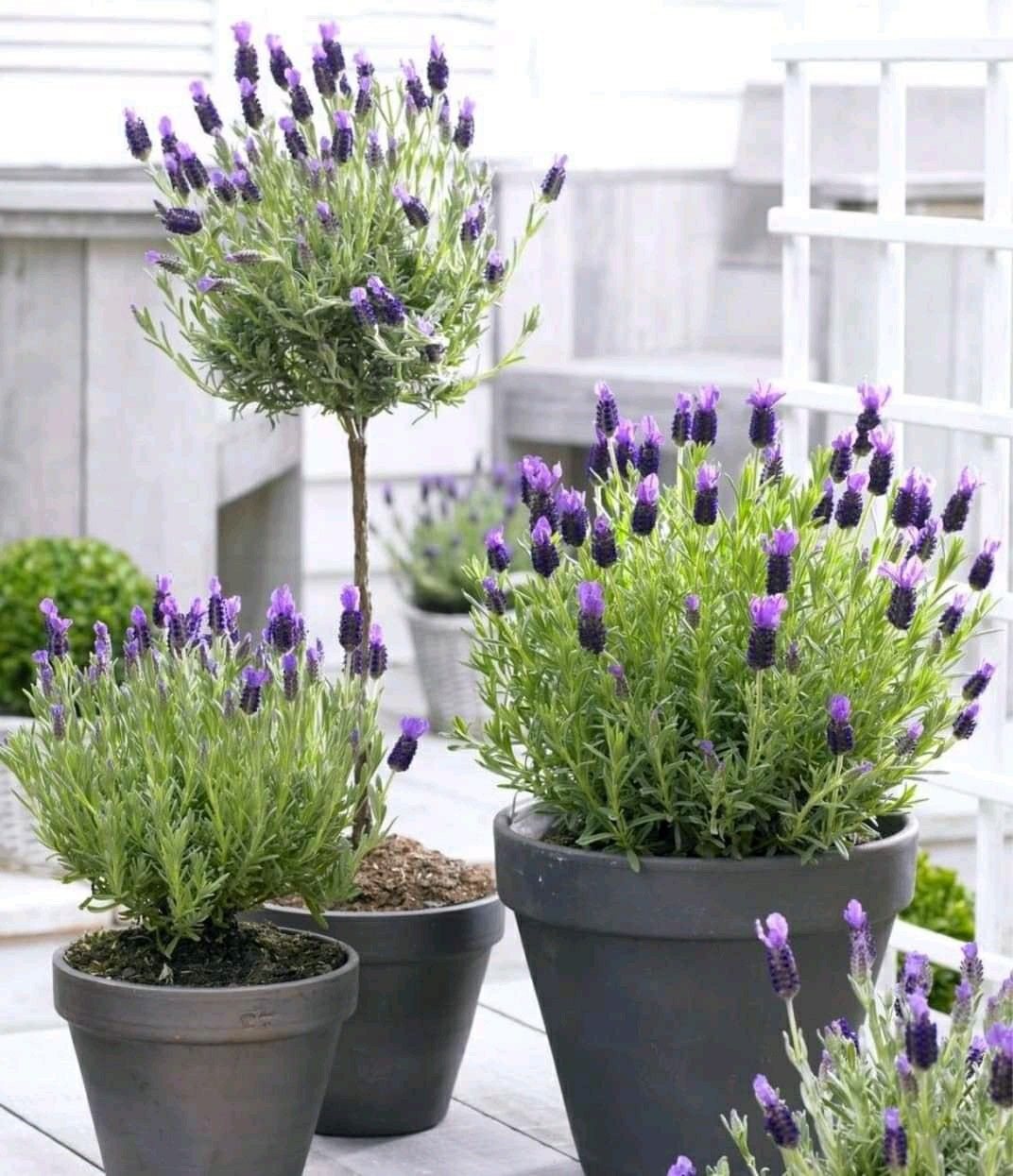
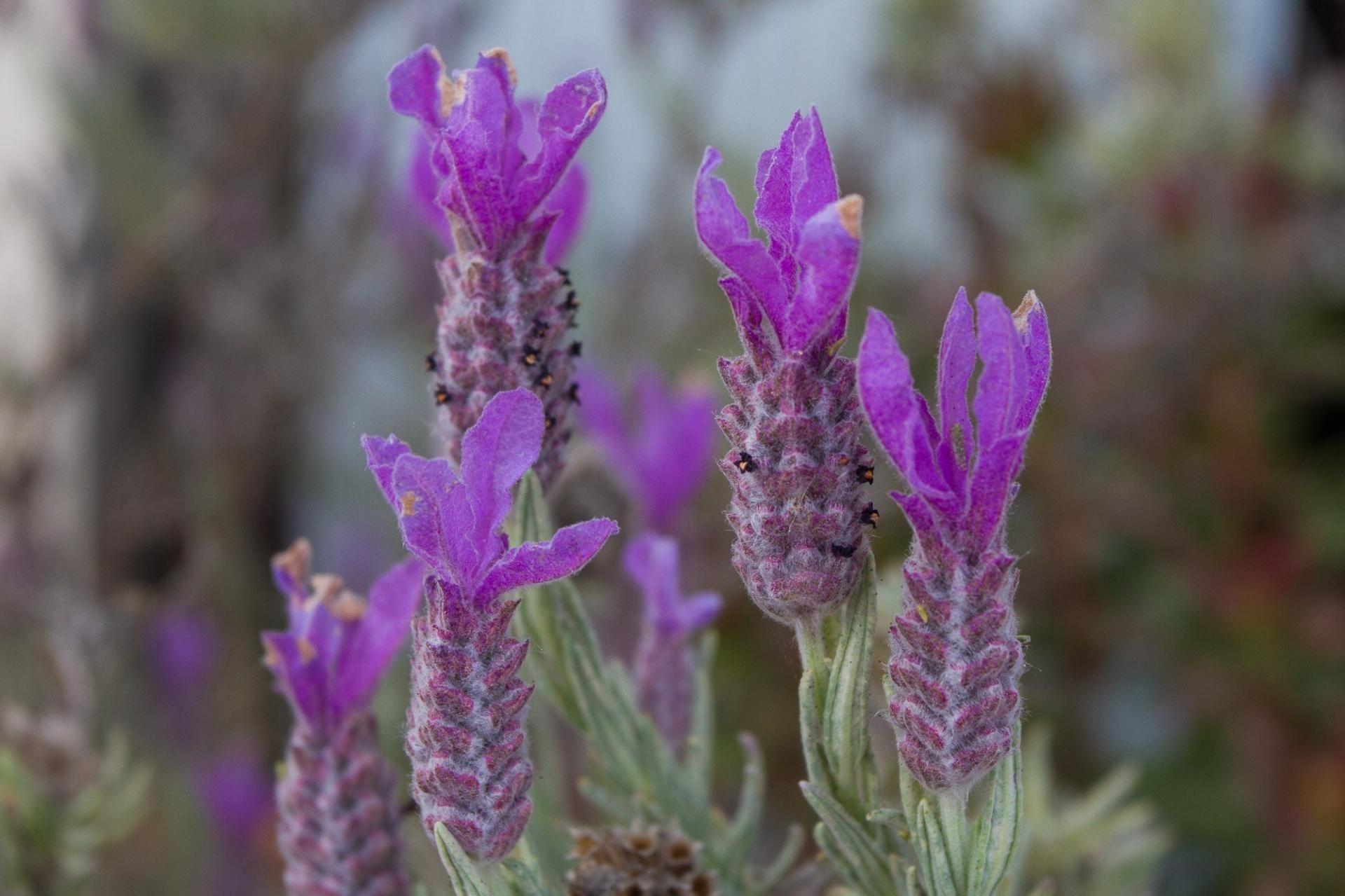
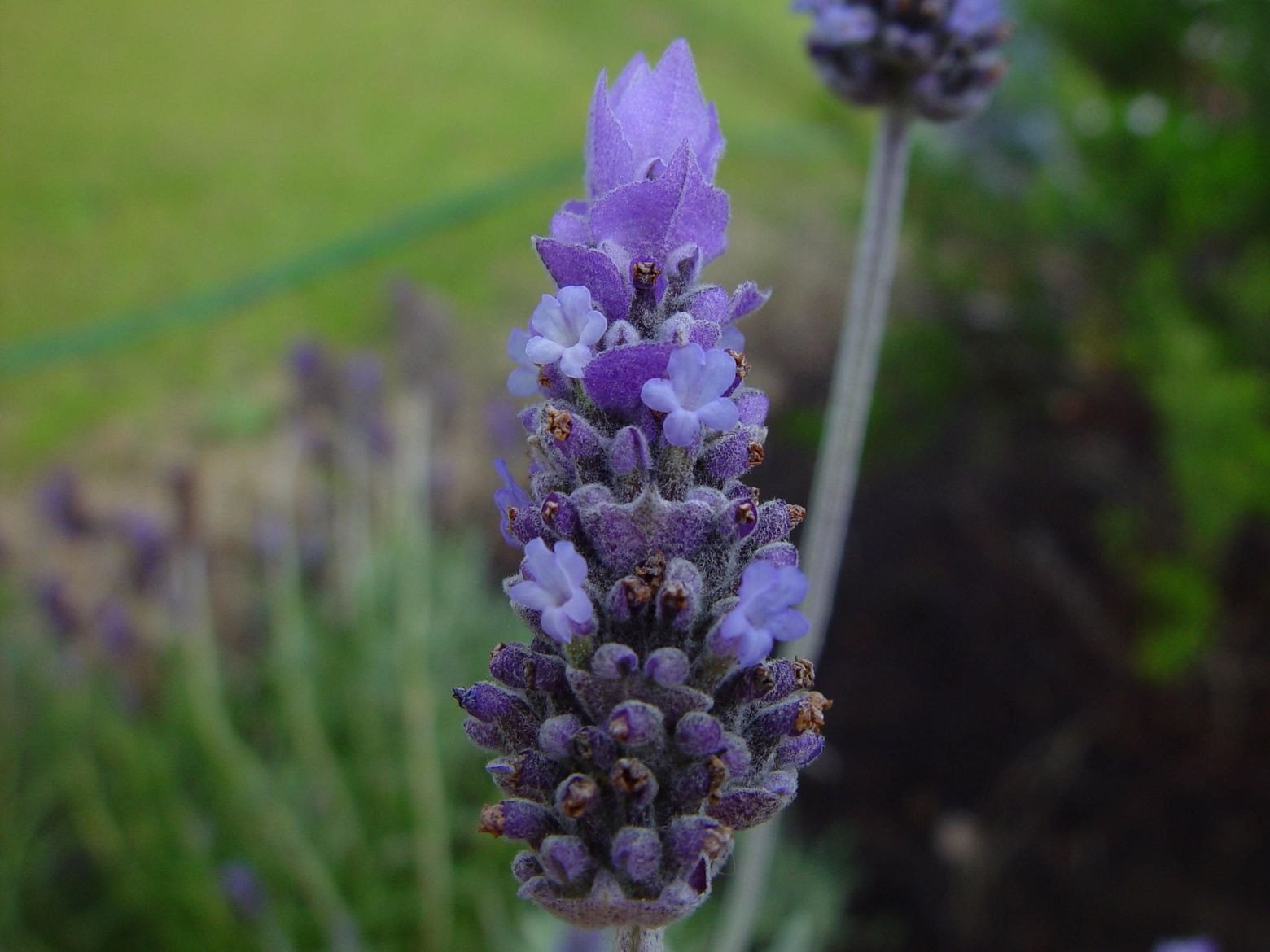
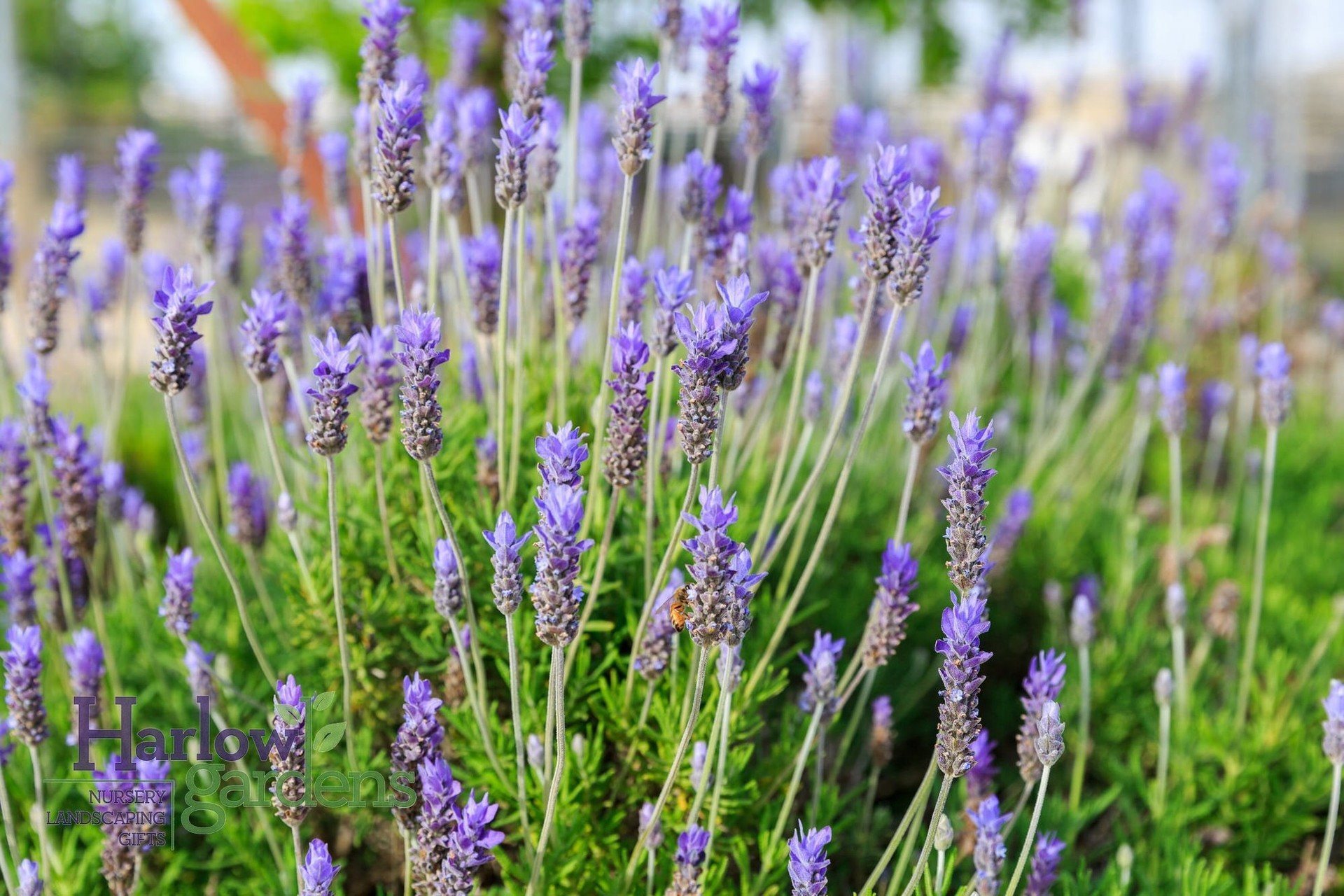





The flowers are small, collected in spike-shaped inflorescences or false whorls, which confidently rise above the bush. They are a two-lipped corolla up to 1 cm in size. Until recently, lavender flowers were only blue, light blue or purple. But thanks to the efforts of breeders, hybrid forms of culture in pink and white shades appeared. The aroma is emitted by lavender flowers, leaves and shoots.
The evergreen perennial blooms in May or July, depending on the species. However, the dates may shift due to the climatic characteristics of the growing region. After flowering, fruits are formed containing 4 oval-shaped seeds in a dense shell.When ripe, they acquire a uniform dark brown color. Lavender seeds retain a high level of germination for 5 years after collection.
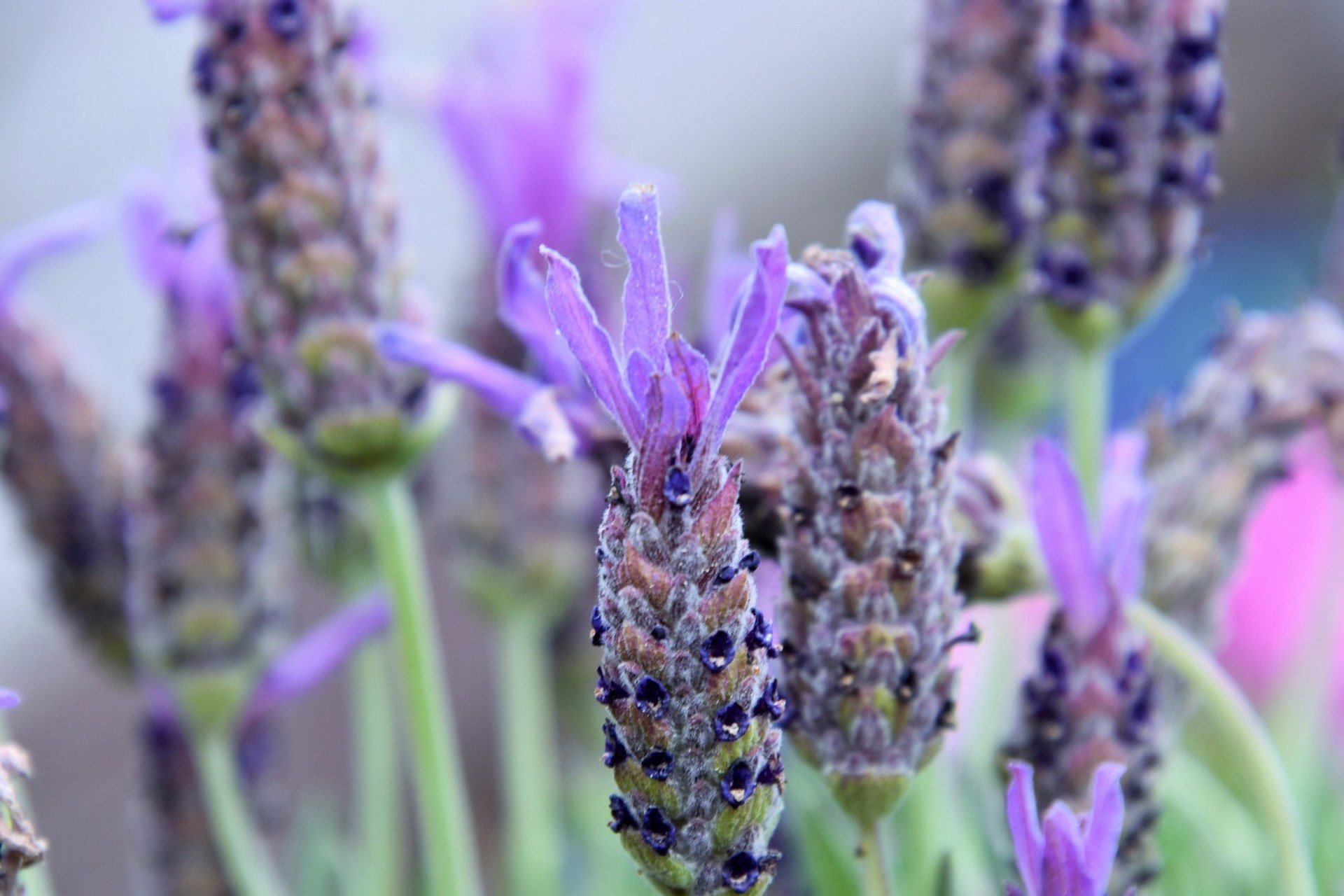
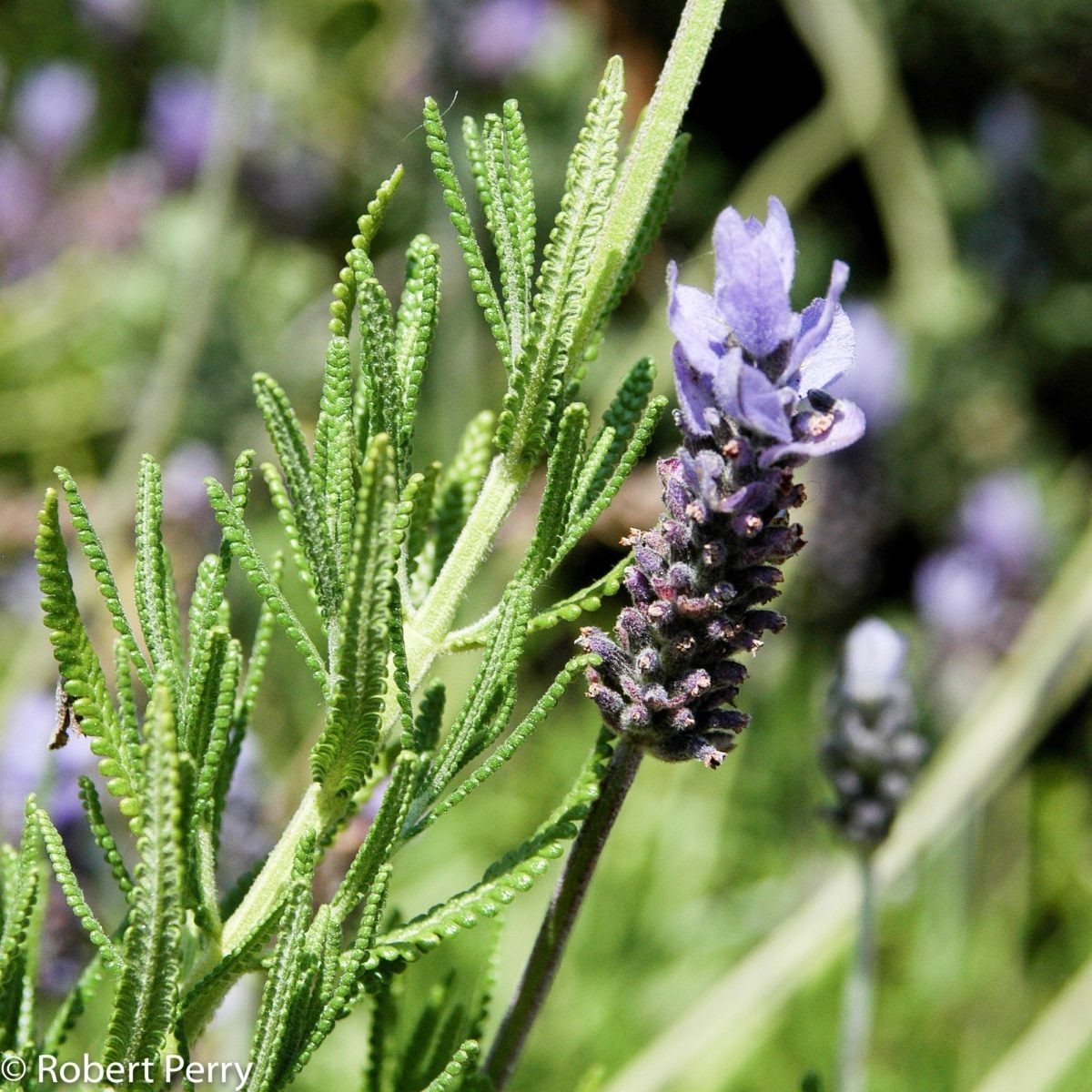
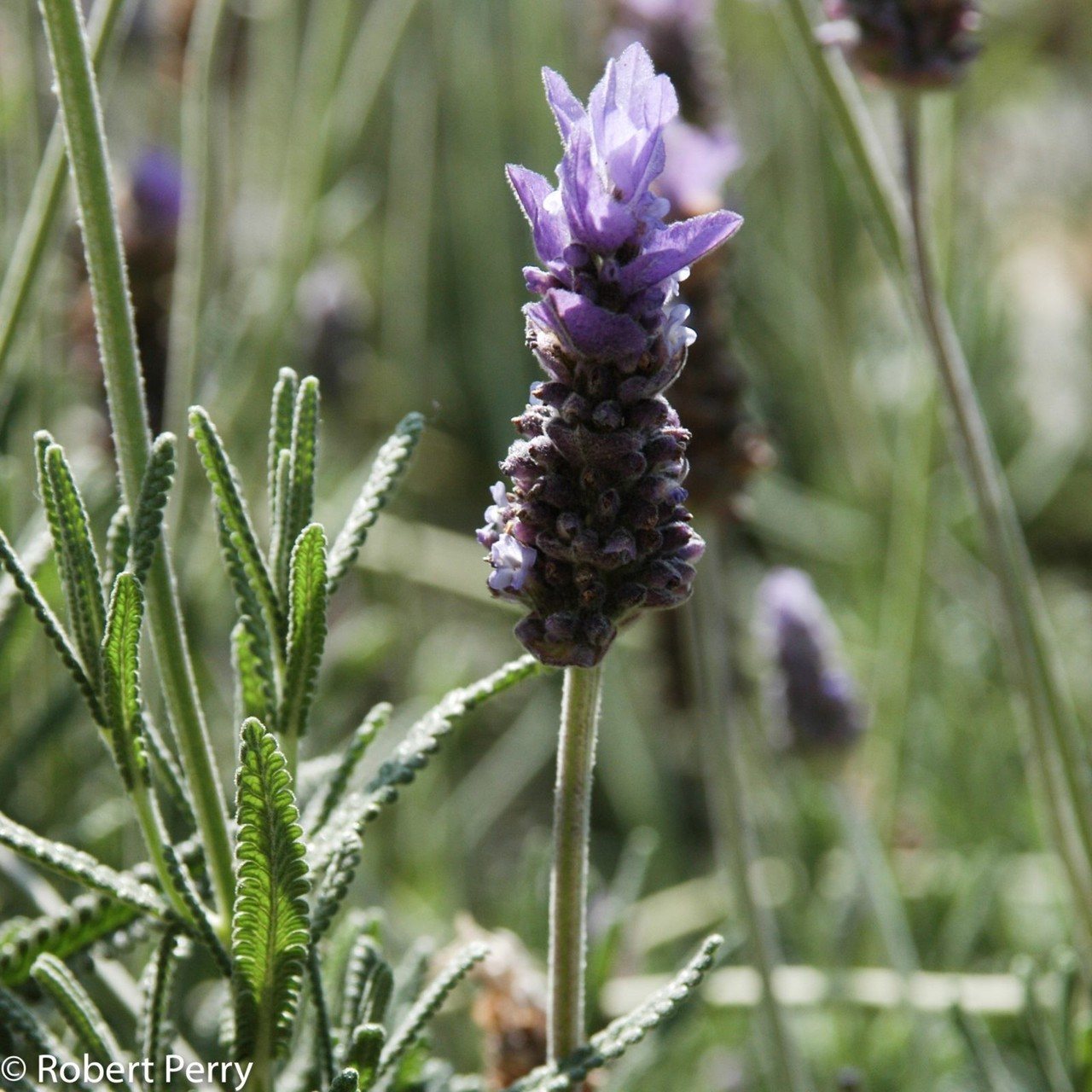
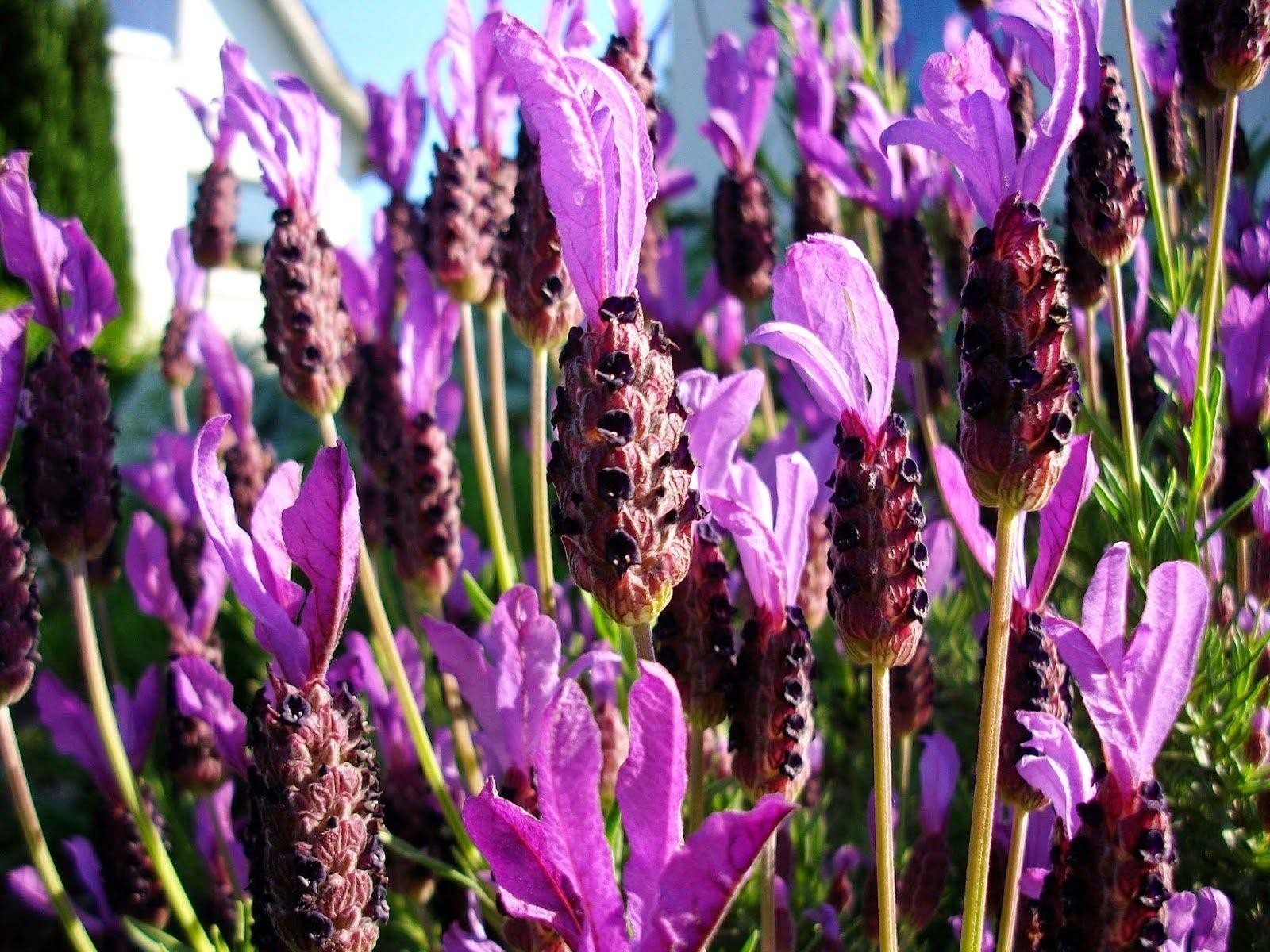
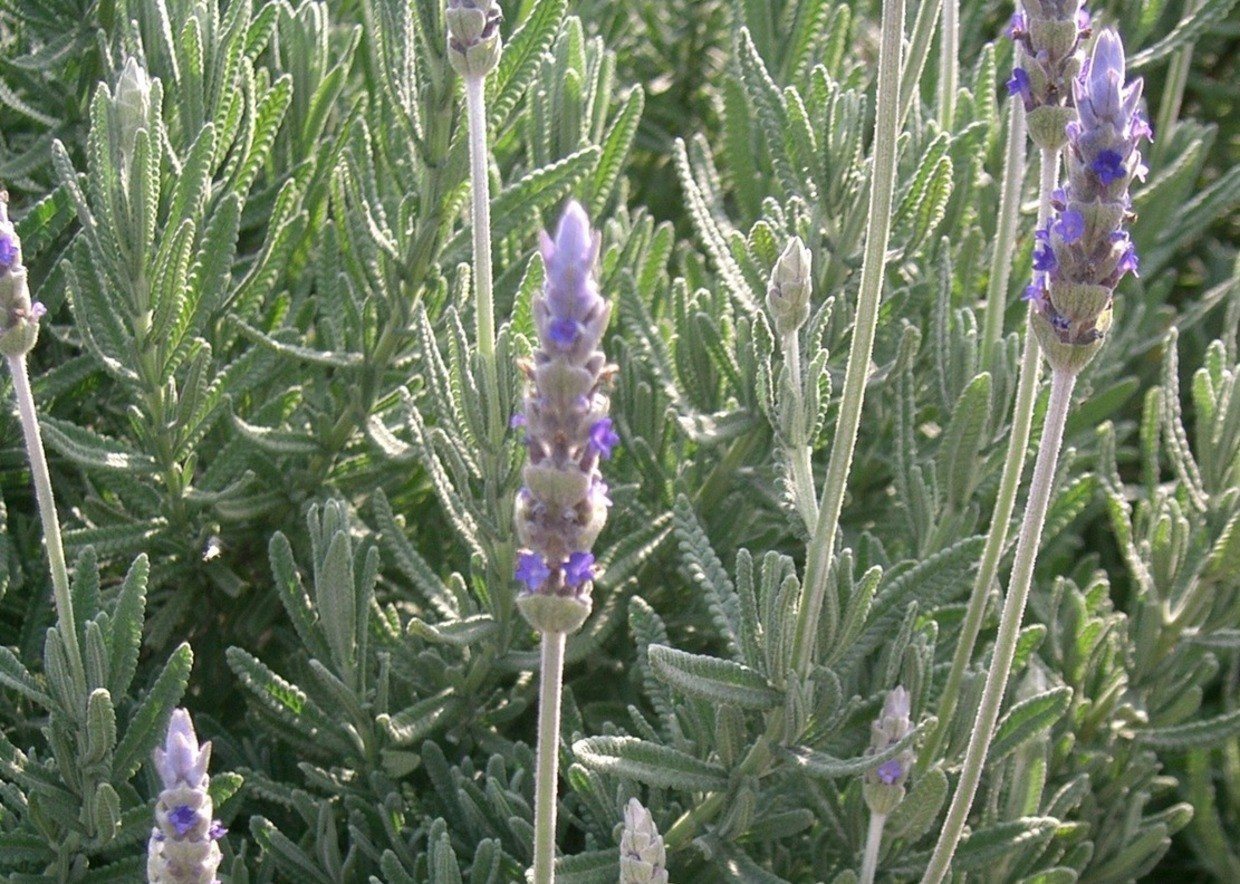





In one place, a perennial can grow up to 20 years, but in the 5th-6th year its decorative value decreases. Therefore, it is recommended to periodically renew lavender bushes.
Have you tried growing lavender?
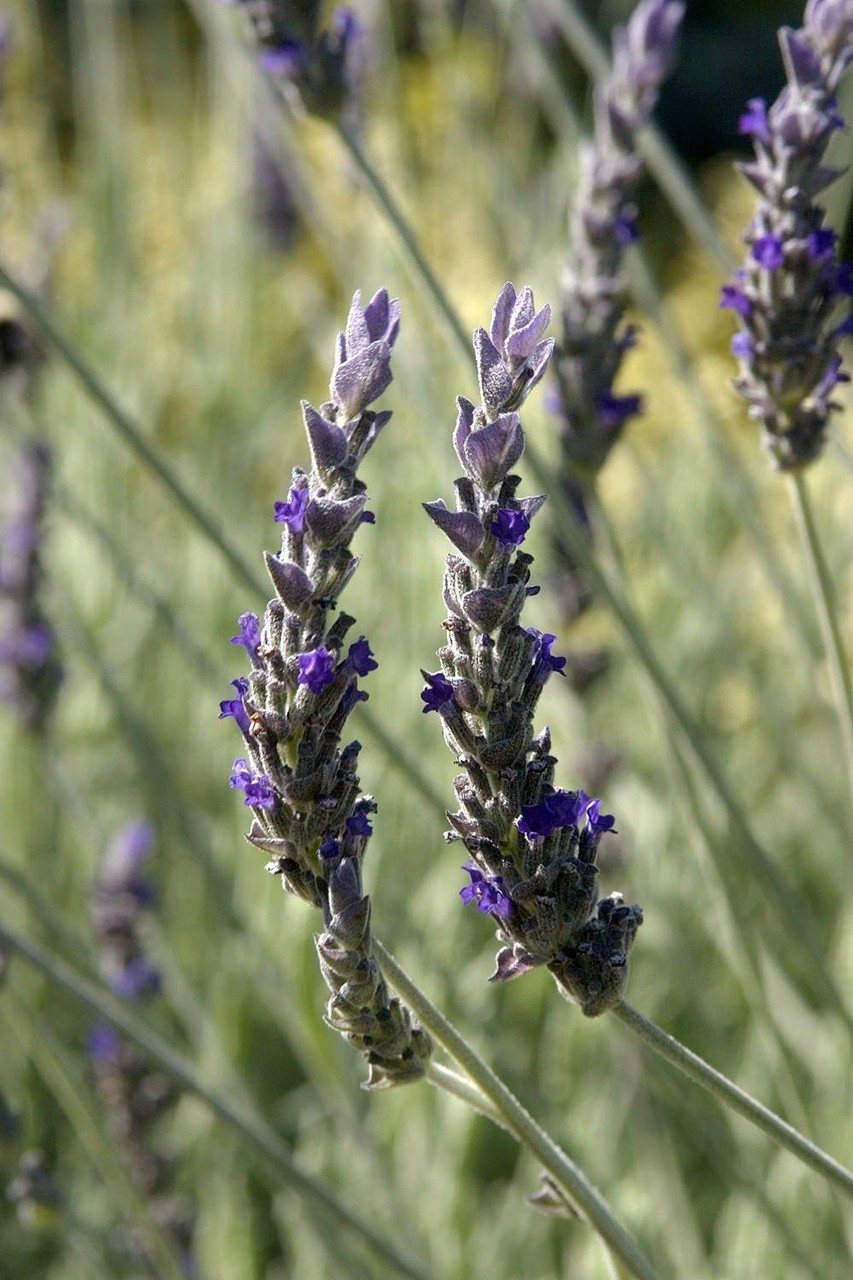
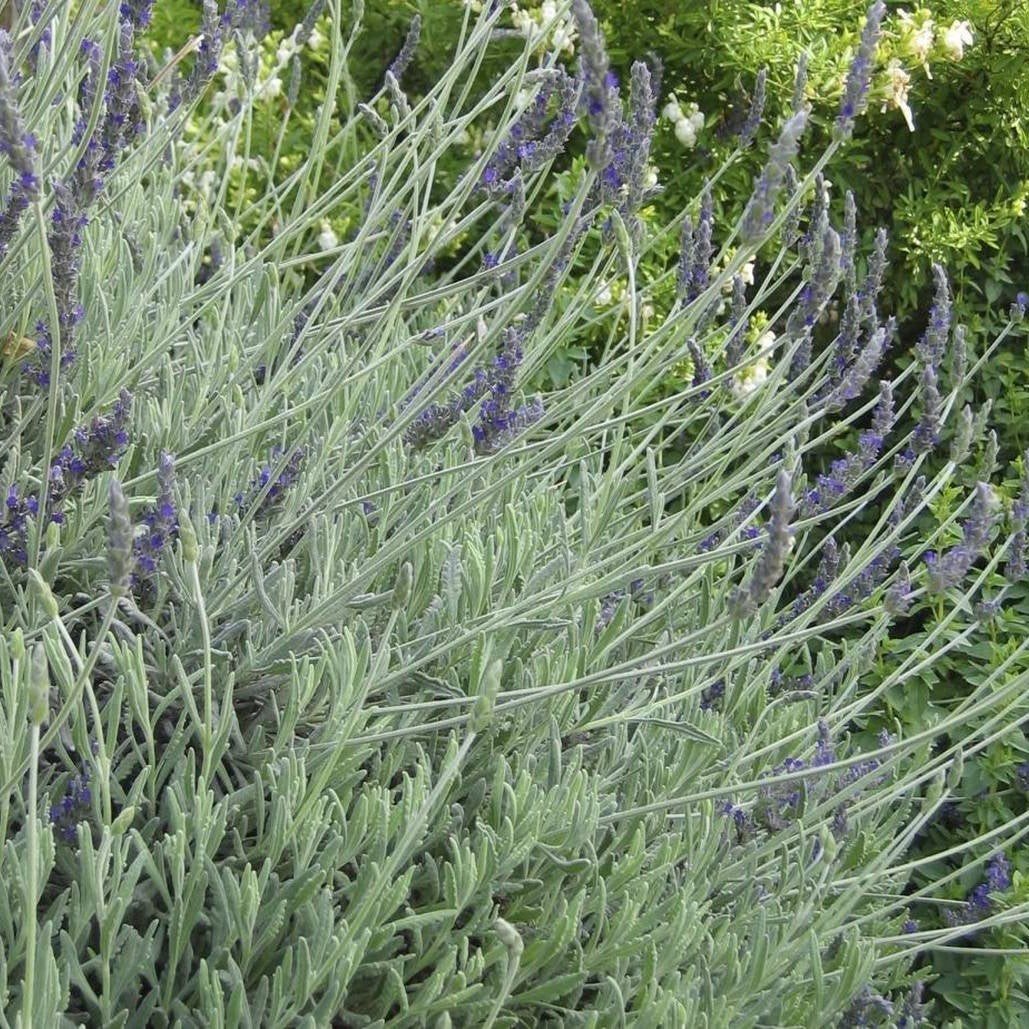
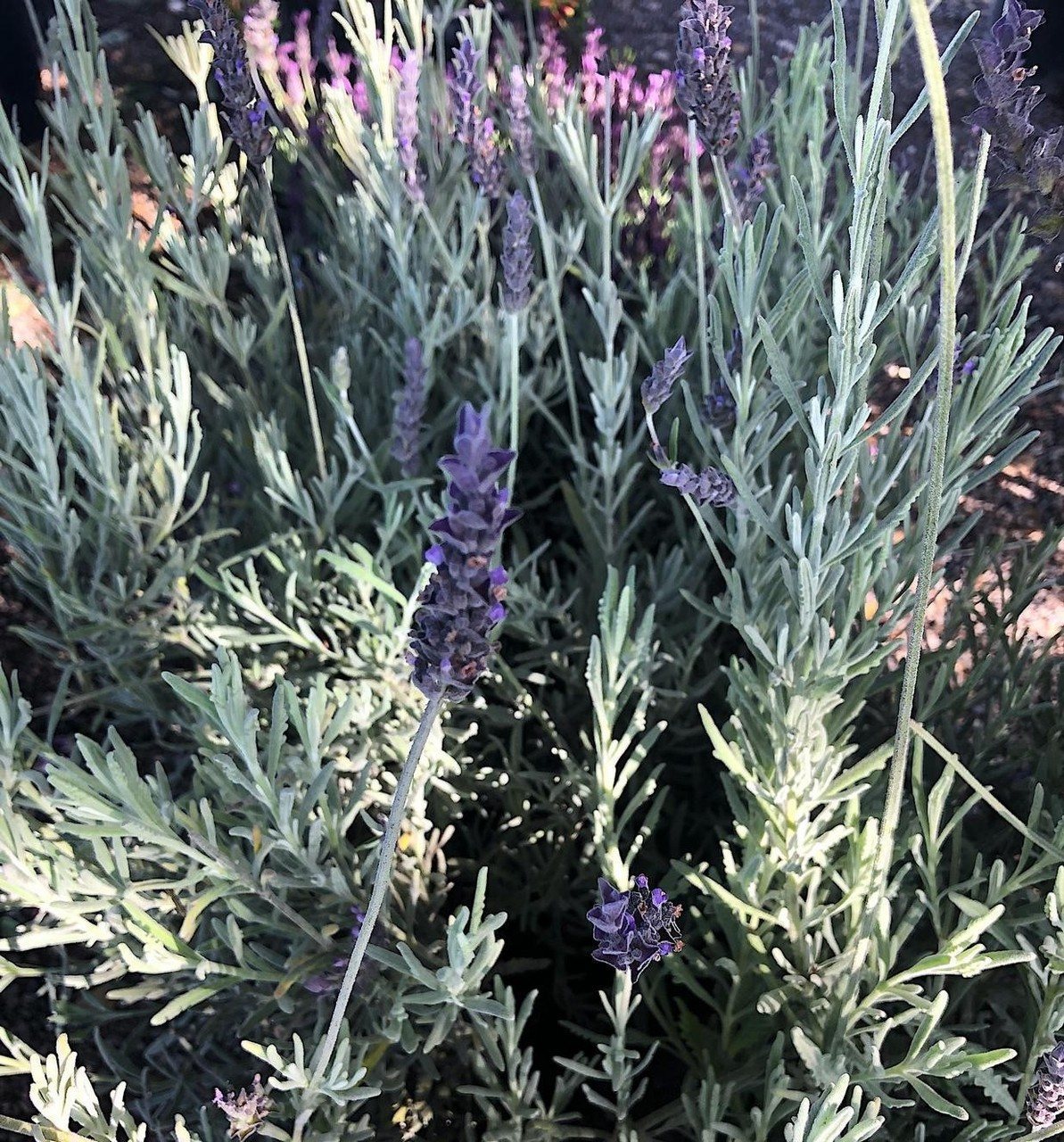
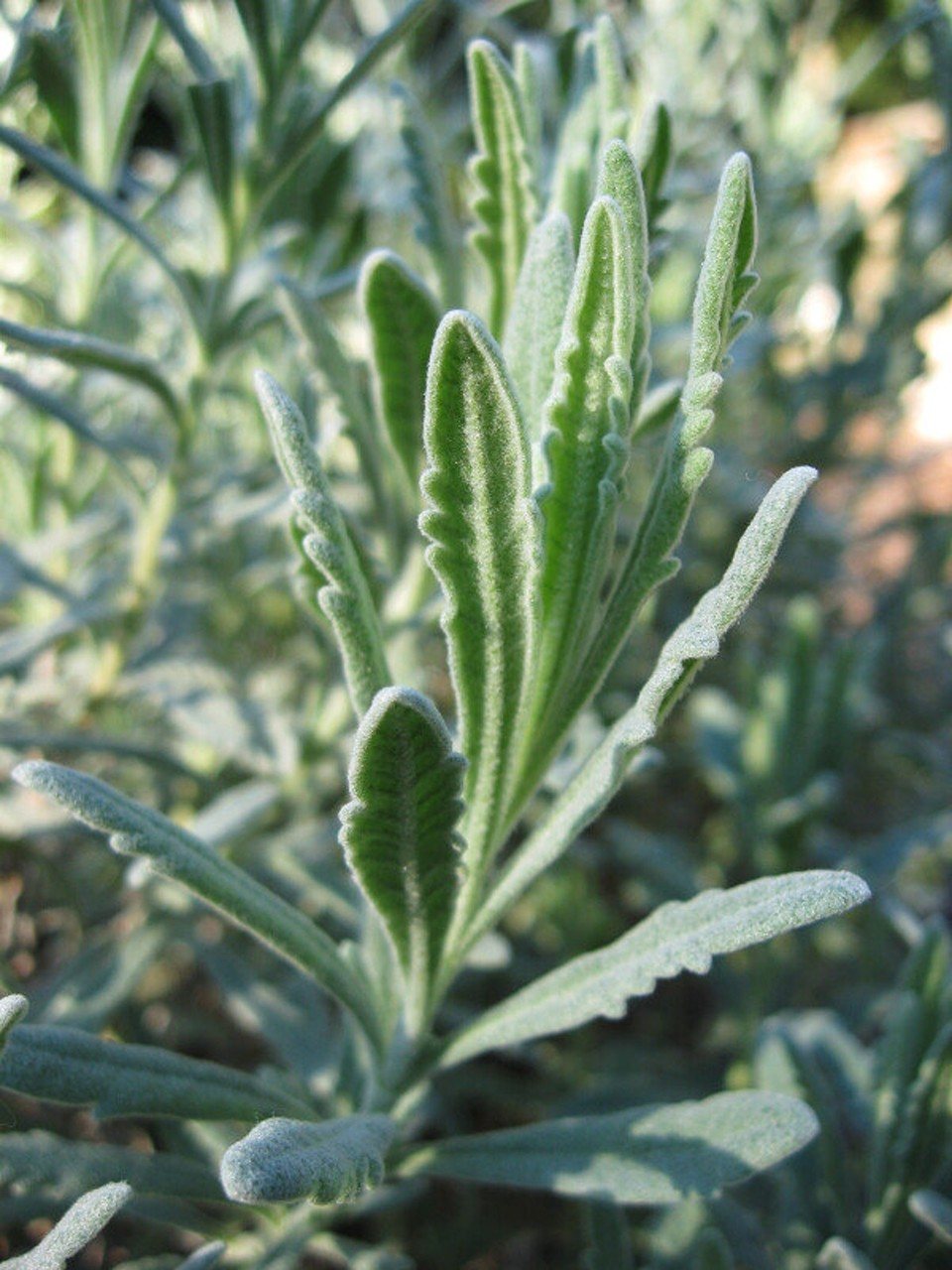
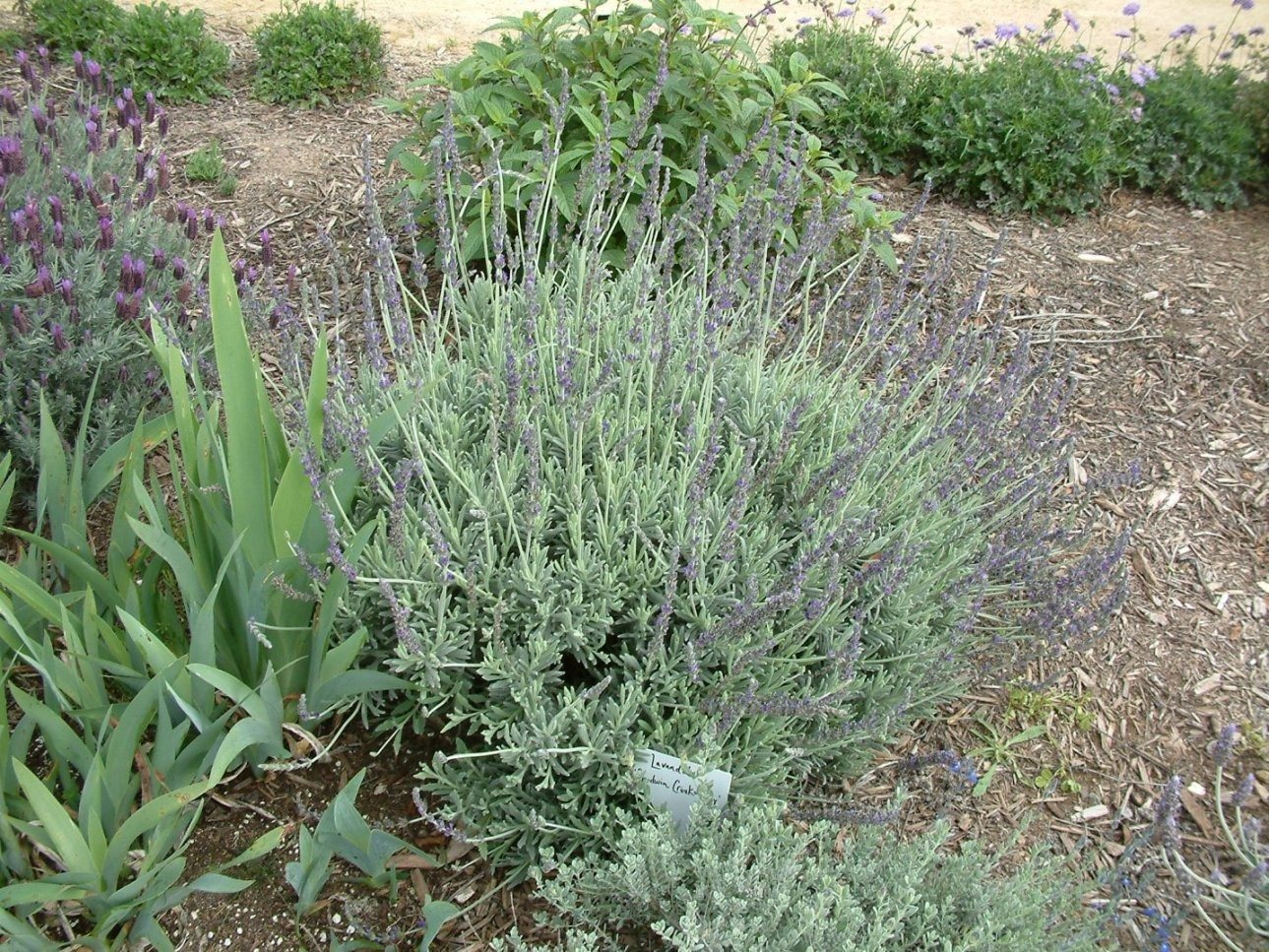





Yes. And now I’m growing it.
Yes, but something didn't work out...
No, but I would like to.
No, not interesting.
I just wanted to see it.
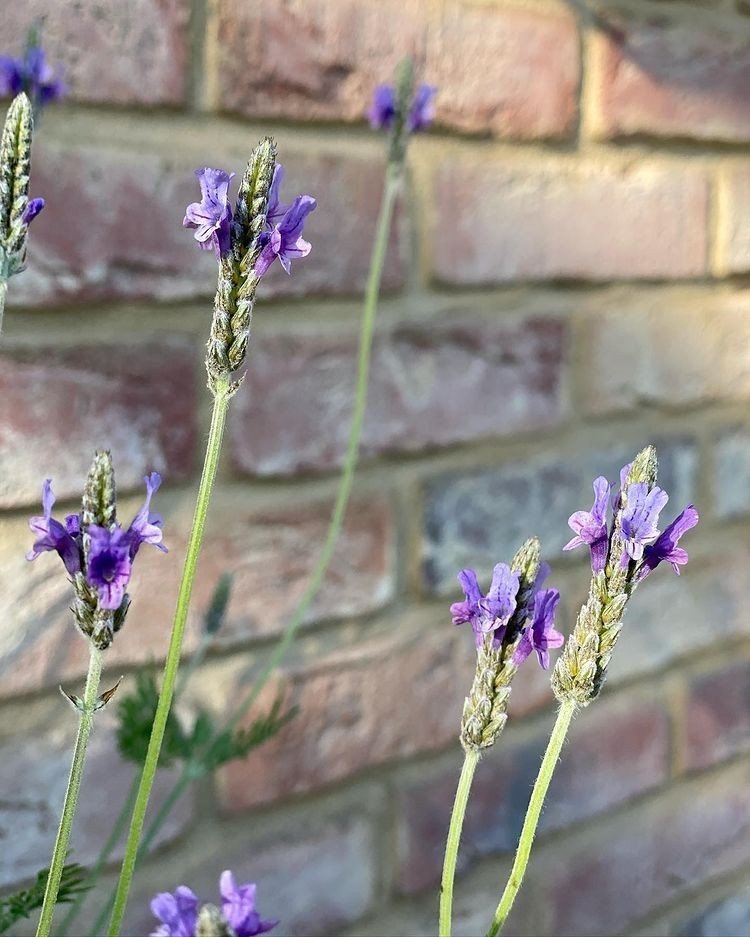
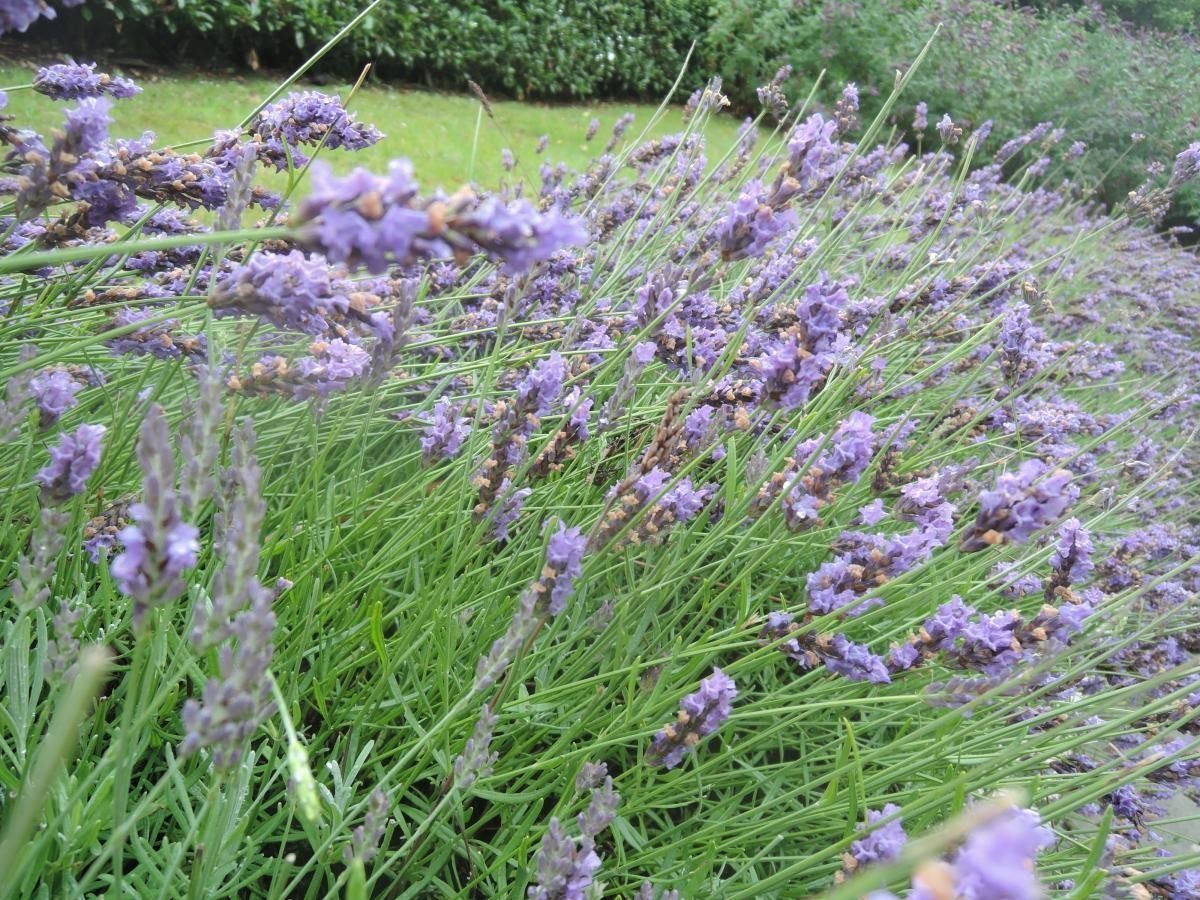
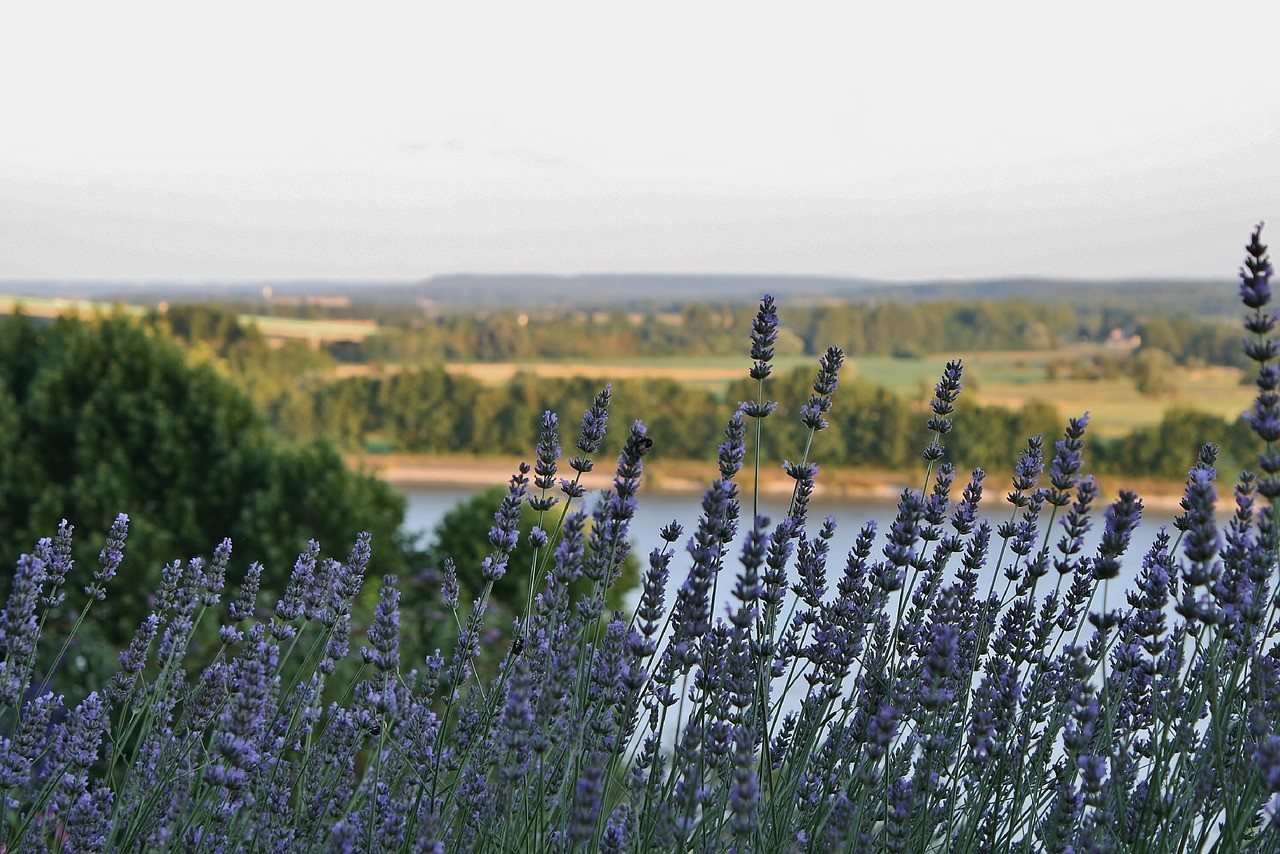
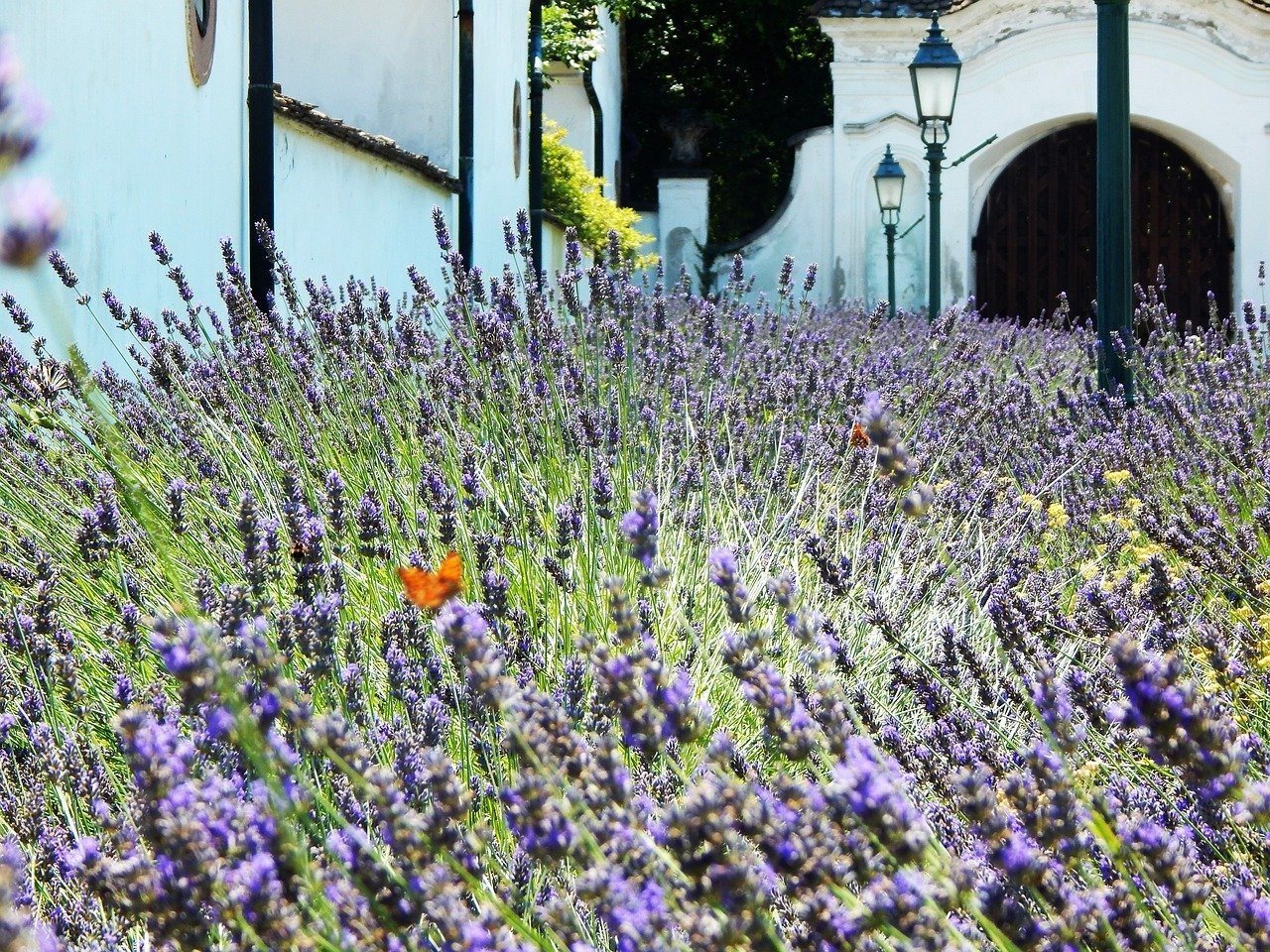
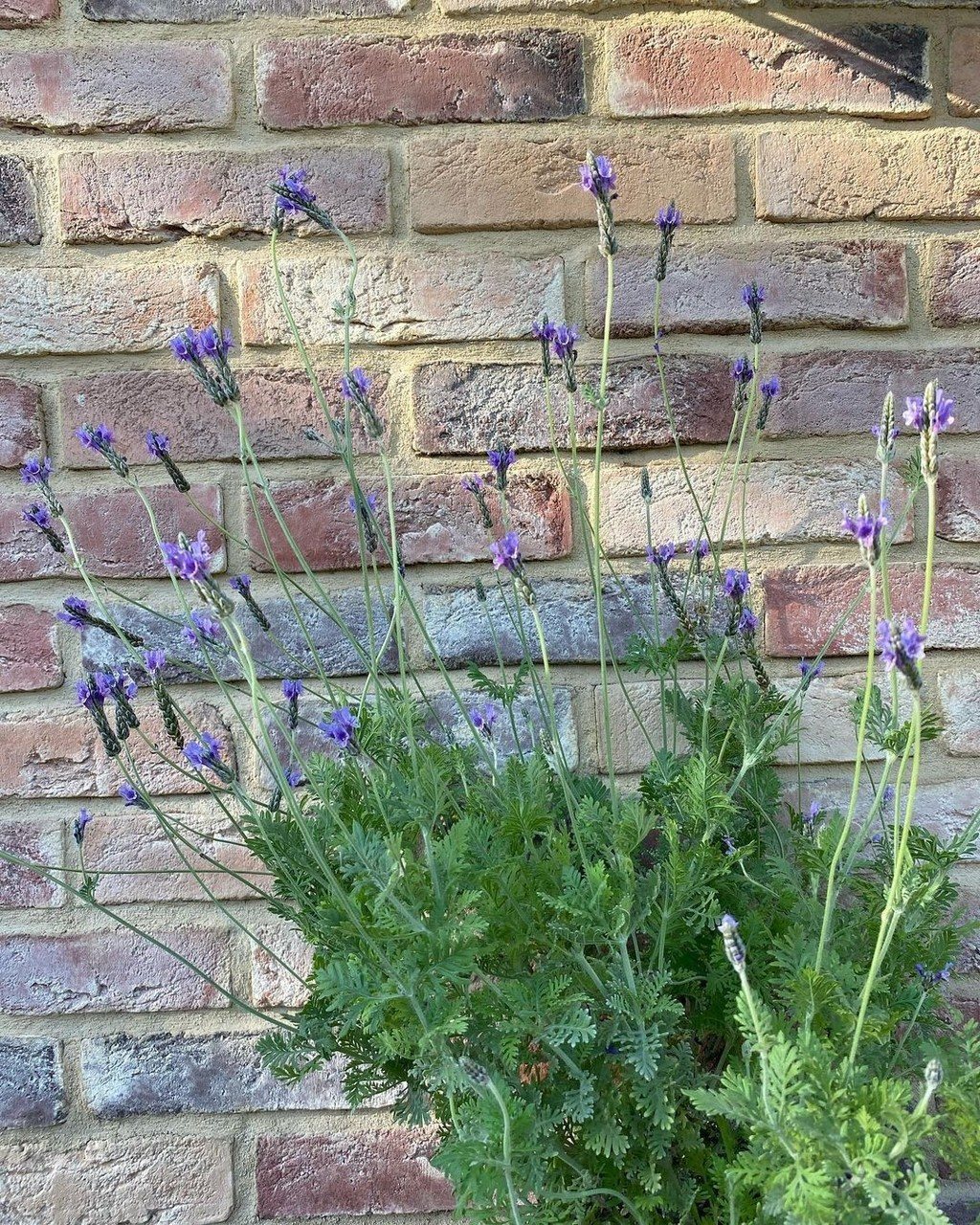





Voted:
Types of lavender and the most popular varieties
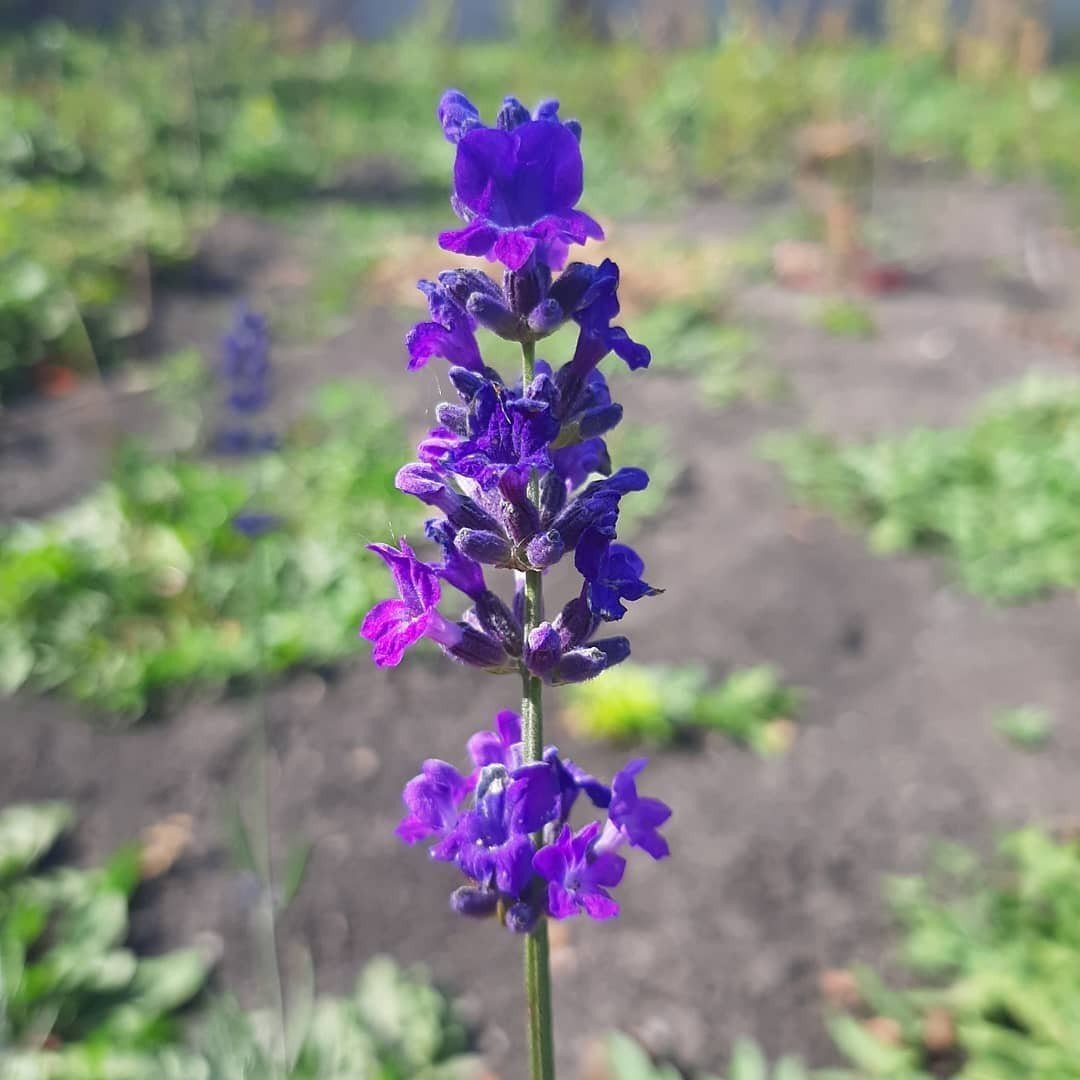
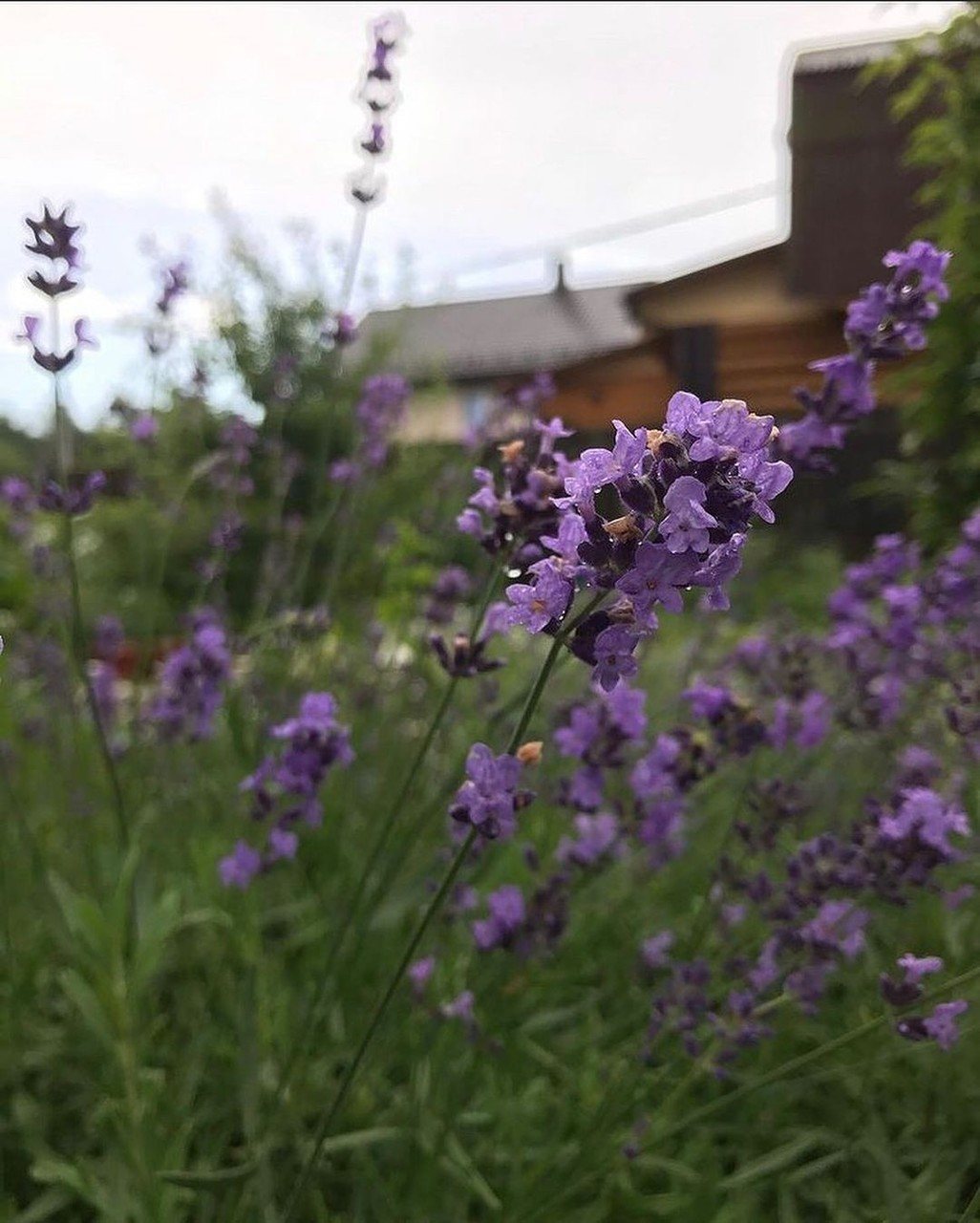

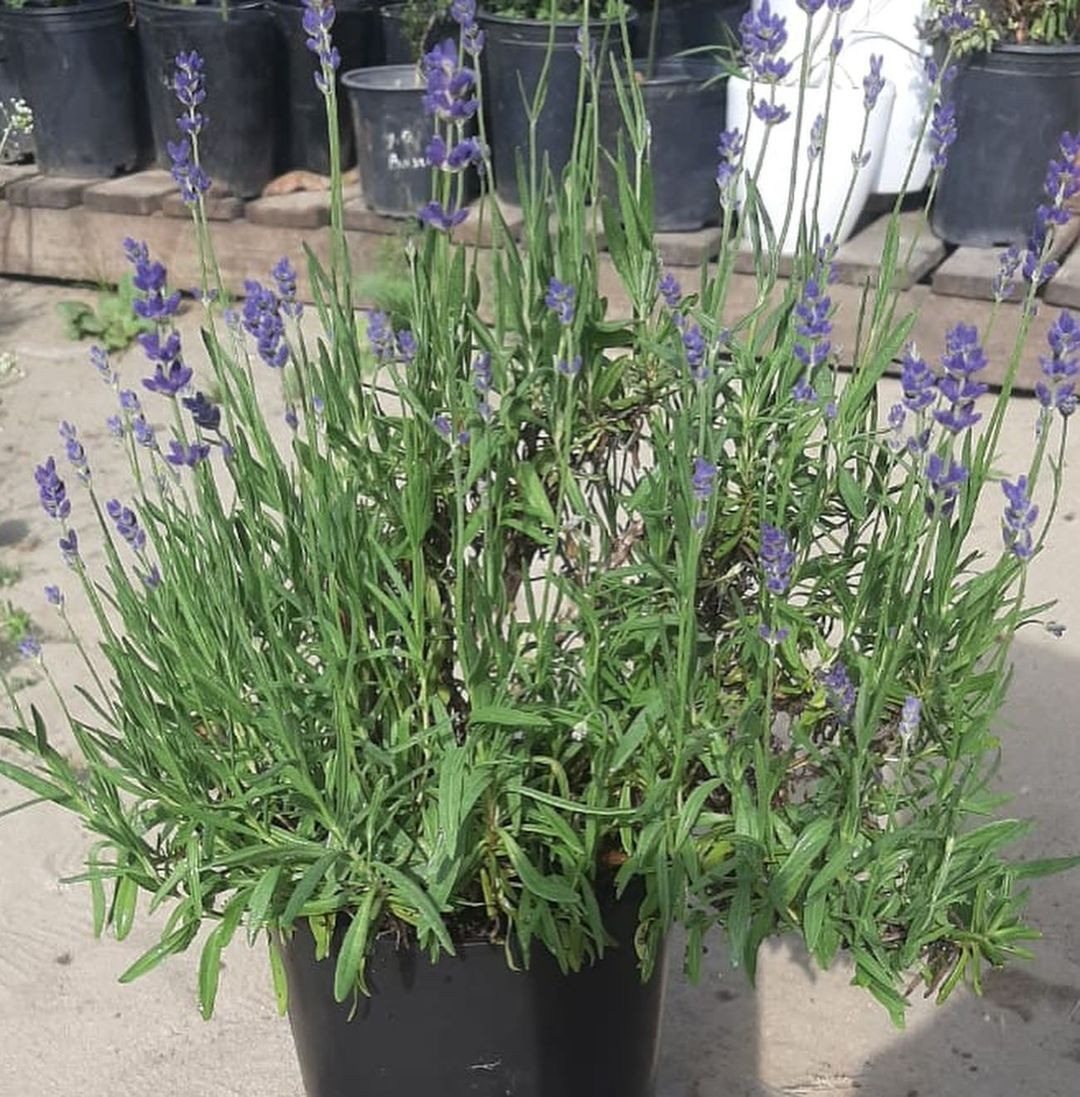
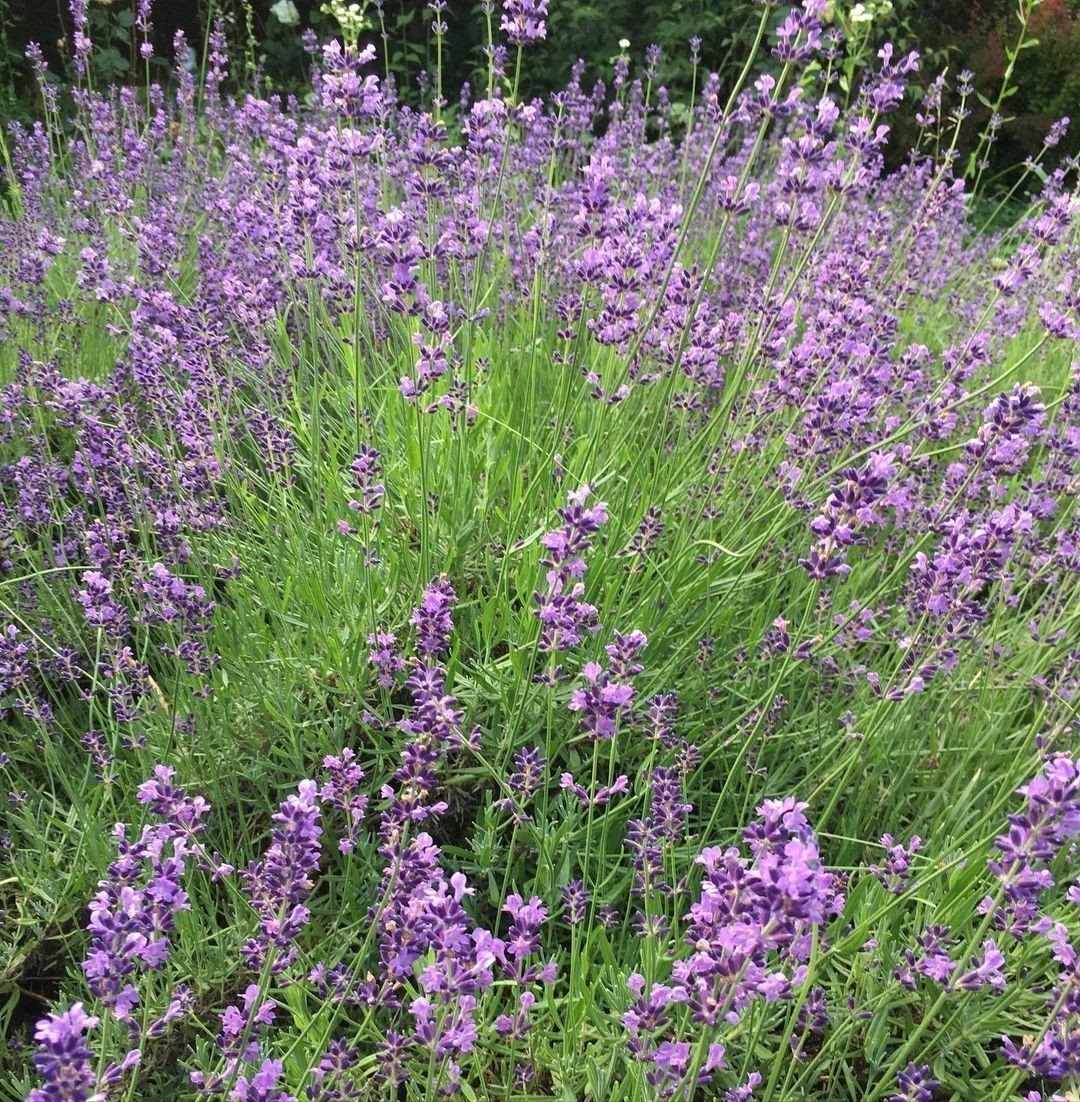





About 25 species of this flowering perennial grow under natural conditions. But only a few of them have found wide application in decorative floriculture. They also became the basis for the development of new varieties of lavender, characterized by their compact size, moderate length of shoots and long flowering. But in order not to make a mistake with the choice, it is necessary to consider the most common of them and study their features.
Narrow-leaved or English
Hidcote Blue
This is the most common variety of English lavender. Hidcote Blue is characterized by long and abundant flowering throughout the warm period of the year. The height of the herbaceous shrub reaches 60 cm, and the diameter of its growth is 2 times larger.It has a high vitality potential and increased frost resistance. The color of the inflorescences of this type of lavender is deep blue.
Platinum Blonde
One of the new varieties of decorative perennial. A distinctive feature of Platinum Blonde lavender is the bright light border along the edge of the leaves. The height of the perennial reaches 40 cm. The flowers are of a soft purple hue, which appear in June and decorate the bush until the end of September. The frost resistance of the variety is average, so when growing it in the central regions, light shelter for the winter is recommended.
Silver Mist
A low-growing variety of lavender, the height of which reaches 35-40 cm. Silver Mist blooms in early July and continues until the end of August. It has high frost resistance and does not suffer from temperatures dropping to -29 degrees. The flowers are lilac in color, which look very impressive against the background of silvery foliage. The growth diameter of the bush is 50 cm.
Munstead
This type of culture is very common in the southern regions. Munstead is characterized by moderate growth vigor. The height of the bush, as well as the diameter of the crown, is 40 cm. The leaves, despite the edge, have a rich green tint. And blue inflorescences in combination with them give the plant a sophisticated look. The variety requires good lighting, since when grown in partial shade its decorative effect is reduced.
Hidcote
Characterized by intensive growth of bushes. The height of lavender reaches 60 cm, and the diameter of the bushes is about 80 cm. The Hidcote variety is distinguished by abundant flowering, which begins in mid-summer and lasts for 60 days. The spike-shaped inflorescences are dark blue-violet in color, and the leaves are silver-green.The variety easily tolerates short-term drought.
Rosea
An exquisite variety of English lavender. Rosea is characterized by abundant flowering, which begins in July and continues until the end of August. The variety belongs to the category of low-growing crop species. The height of the perennial barely reaches 35 cm. The crown of the bush has a regular spherical shape. The color of the inflorescences is delicate, lilac-pink. Its intensity depends on the degree of illumination of the plant.
Elegance Ice
This variety is distinguished by its snow-white inflorescences. Lavender Ellagance Ice looks spectacular in combination with roses and other garden crops with a yellow tint. The height of its shoots reaches 40 cm. The flowers are collected in whorls of 6-10 pieces. They are located in the upper part of the stems at intervals of 0.5-2 cm. Flowering occurs in early July and continues for 2 months.
Elegance Pink
One of the varieties of pink English lavender, which was bred in Great Britain. Lavender Elegance Pink is valued for its high vitality and abundant flowering. The height of its bushes reaches 40 cm, and the diameter of their growth is about 60-70 cm. The crown of the perennial has a regular spherical shape. The flowers are very fragrant, collected in spike-shaped inflorescences, rich pink. The edges of the leaves are curved down, not serrated.
Alba
A white variety of perennial, the height of which reaches 50 cm and the width of 70 cm. Lavender Alba (Alba
characterized by high frost resistance, so it is not very susceptible to temperature changes. Blooms profusely from July to late August. Prefers sunny open places, protected from drafts.
Crimean Steppe
The variety was developed as a result of careful seed selection. Its author is Z. G. Maichenko.Crimean Steppe lavender is characterized by a high content of essential oils in the leaves, flowers and shoots. The height of the bush reaches 50-60 cm, and the growth diameter is about 70-80 cm. The variety is distinguished by its rich green tint of leaves and light lilac color of flowers.
Crimean Sineva
The variety was obtained on the territory of the Research Institute of Agriculture of Crimea. Breeders L.G. Romanenko, V.G. Zherebtsova, N.P. Visloukhova worked on its creation. The basis for Crimean Sineva lavender was the following species: Record, Mountain, Narodnaya, Stepnaya, Sovetskaya. As a result of careful selection of seeds from open pollination, a late frost-resistant variety was obtained. The height of the bush is up to 65-70 cm. The color of the flowers is purple. The mass fraction of essential oils in the above-ground part of the plant is 1.85%.
Crimean Vdala
This variety of crop was obtained by crossing clone C-336 with the Hemus variety. Breeders V.G. Zherebtsova and A.P. Merkuryev worked on its creation. The height of Vdala lavender bushes reaches 55-60 cm, and the growth diameter is about 70 cm. The inflorescences are purple in color. The essential oil content of the plant is 2.35%.
Broadleaf or French
This type of culture has an intense aroma. The height of its bushes reaches 1 m, and the diameter of their growth ranges from 0.8-1 m. The leaves are lanceolate, mainly located in the lower part of the shoots. The main difference between broadleaf lavender is that several flower stalks can form on one stem.
Tomato variety Sterlet F1: description and characteristics, reviews and photos
Butterfly
This variety was named because of the structural features of the flowers, which resemble butterflies. In Butterfly lavender, the height of the bushes reaches 50 cm, and the size of the buds is about 3-4 cm.The flowers are a spike-shaped inflorescence, at the top of which there are translucent delicate petals. The color of the buds of this variety is light lilac.
Delight
This variety appeared thanks to the efforts of Russian breeders. The height of its bushes reaches 60 cm, and the diameter is about 80 cm. The plant is highly branched, with strong, densely leafy shoots. The inflorescences are spike-shaped, 5-8 cm long, purple in color. The aroma of Uslada lavender is moderate. Blooms profusely for 2 months.
Purple Haze
A miniature variety of broadleaf lavender that can be grown at home. The bushes are 20 cm high and about 30 cm in diameter. The Lilac Fog variety is characterized by resistance to frost and drought. Its inflorescences have a pink-lilac hue. The first buds on the plant open in mid-July.
Provence
This variety of broad-leaved lavender is highly decorative and highly resistant to adverse external factors. The height of the bushes reaches 90 cm, and the diameter of their growth is about 120 cm. The plant is evergreen, so the foliage retains a gray-green tint all year round. Provence lavender blooms for three months, starting at the end of June. The color of the flowers is dark purple. The variety can withstand drought.
Elegance
Fred Booty
Low-growing compact variety of broad-leaved lavender. Its distinctive feature is the light blue flowers that open in mid-summer. The height of Fred Buti lavender bushes varies between 36-40 cm. The plant prefers sunny open areas. In this case, it forms a lush, dense crown and many flower stalks.
Dutch
This lavender is derived from broad-leaved and narrow-leaved species. Unlike its ancestors, it has larger flowers and long spike-shaped inflorescences. Dutch lavender is also called hybrid lavender.
The perennial is characterized by increased branching of bushes. The diameter of their growth sometimes reaches 2 m. In terms of flowering time, Dutch lavender is considered late, since it opens its first buds only in the second half of July. The species is considered demanding and does not tolerate temperature changes.
Arabian Knight
A variety of Dutch lavender with an average growth rate. The height of the bushes reaches 65 cm, and their diameter is about 80 cm. A feature of the Arabian Night lavender is its large dark lilac flower stalks, which are ideally combined with silver-gray foliage. The first buds on the plant open at the end of July. The flowering duration of the variety is 35 days.
Grosso
This variety of Dutch lavender is characterized by a high content of essential oils. The height of the plant reaches 90 cm, and the growth diameter is about 110 cm. The buds have a blue-violet tint. The Grosso variety blooms at the end of July and continues until the beginning of September. The bushes are dense, consisting of numerous shoots, round in shape.
Souryers
An original variety of Dutch lavender with light purple buds.The height of the plant reaches 50 cm, and the growth diameter is about 60 cm. The bushes have a regular spherical shape. Lavender Souryers blooms at the end of July, and regularly forms flower stalks over 30-40 days. The variety is demanding in terms of care and growing conditions. Any errors in agricultural technology have a negative impact on the decorative appearance of the plant.
Richard Gray
An original variety of Dutch lavender. It is characterized by elongated silver-gray leaves and light purple inflorescences. Lavender Richard Gray exudes a rich aroma. The height of its bushes reaches 60 cm, and the same diameter. The plant has a spherical dense crown consisting of numerous shoots. The frost resistance of this variety of lavender is average. The plant can withstand temperatures as low as -24 degrees.
French
Heat-loving lavender, the height of the bushes of which reaches 1.3 m, and the diameter of their growth is 1.5 m. However, new varieties based on it are compact and have moderate growth vigor. French lavender has large leaves, and the size of the inflorescences is much smaller compared to other types of crops, but this does not reduce its decorative value. Flowering begins in May and continues for 4-5 weeks, and if conditions are favorable, it repeats in August.
Why do avocado leaves dry out, turn black and fall off at home?
Yellow Vale
Low-growing variety of French lavender. Suitable for growing in the southern regions of the country in open ground and as a houseplant. The height of Yellow Vale bushes reaches 40 cm, and the same diameter. The leaves of the perennial are green-yellow in color. The buds are dark purple with crimson bracts. The first flowering occurs in May and lasts about 4 weeks.The bush blooms again at the end of July-beginning of August, but not so abundantly.
Rocky Road
A low-growing herbaceous shrub, up to 45 cm high and a bush growth diameter of about 60 cm. The Rocky Road variety was recently bred, but has already managed to gain popularity among flower growers. The color of its buds is bluish-purple. Flowering lasts about 30 days. The variety is heat-loving and can withstand temperatures down to only -5 degrees.
Taira
A new variety with exquisite flowers that exude a pleasant aroma. The height of its bushes reaches 60 cm. The flowers are blue in color with cream bracts. The length of the spike-shaped inflorescences is about 10-15 cm. The bushes of lavender Tiara are dense, compact, spherical, the diameter of their growth is about 70-80 cm. The leaves are narrow, small, initially bright green, and then acquire a silvery tint.
Helmsday
The variety is heat-loving. The height of its bushes reaches 35-40 cm, and the diameter is about 60 cm. Helmsday lavender has lilac-burgundy inflorescences. The first buds on the perennial open in May. Flowering duration is about 4 weeks. The variety is demanding on lighting; with a lack of light, it increases the green mass to the detriment of the formation of buds.
Bandera Pink
A miniature variety of French lavender. It is ideal for home growing. The plant reaches a height of 20-25 cm. It has a lush rounded crown and forms a large number of peduncles. The first buds open at the end of July. If conditions are favorable, flowering lasts until the end of summer. Pink buds with “ears”.
Serrated
Under natural conditions, this type of crop grows in Spain and North America. It is thermophilic, the critical temperature for it is -5 degrees.In this case, irreversible processes begin in the tissues, which leads to the death of the plant. The leaves are silver in color, the flowers are mostly large, blue, with a slight aroma. The height of the plant is about 1 m. The buds are collected in spike-shaped inflorescences, 20 pieces per one.
Royal crown
The most common variety of jagged lavender. It got its name because of the large bracts and purple flowers at the top of the peduncles, which in appearance resemble a crown. The variety Royal Crown was awarded the British Horticultural Society Award. The height of its bushes reaches 50 cm. The crown of the perennial is dense and spherical.
Agnata
A variety of jagged lavender, characterized by compactness and a dense spherical crown. The height of the perennial reaches 30-35 cm. Agnata lavender blooms in July and continues to form flower stalks for 35 days. The buds have a purple hue and exude a rich, pleasant aroma. The variety prefers sandy loam soils with a neutral acidity level, tolerates drought well, and requires regular pruning.
This variety of jagged lavender features exquisite, scalloped foliage that ranges in color from silver to gray. Its spike-shaped inflorescences are dark purple in color. The height of the bushes of the Goodwin Creek Gray variety reaches 60 cm, and the diameter is about 80 cm. The variety prefers well-lit areas and does not tolerate stagnant moisture in the soil.
Multi-notch
This type of culture is significantly different in appearance from others. It has lacy, deeply lobed leaves of a silvery-green hue, which consist of narrow segments. The height of the plant is about 90 cm, but the flower stalks reach a length of 1.5 m.Multi-cut lavender has a rich aroma that includes notes of oregano that entice butterflies.
The flowers are predominantly blue-violet. They are shaped like a trident. The length of the inflorescences of this species reaches 20 cm.
Normandy
This variety of lavender is characterized by a spherical crown of bushes. The height of the plant reaches 50-60 cm, and the growth diameter is about 80 cm. The color of the buds is blue-violet. The Normandy variety blooms in early July and continues until mid-August. The variety is suitable for cutting. It retains a rich, pleasant aroma not only in fresh but also in dried form.
Southerner
This crop variety forms dense bushes with numerous shoots and a compact crown. The height of the plant is about 60 cm. The inflorescences are about 11-13 cm long, blue-violet in color. They exude a pleasant rich aroma. Yuzhanka lavender blooms in June and lasts about 30 days.
House conditions
- To successfully grow lavender in an apartment, it is necessary to create conditions as close as possible to its usual habitat. Therefore, it is recommended to familiarize yourself with the basic requirements of the culture in advance in order to avoid problems in the future.
- Teppeki insecticide: instructions for use to protect plants from pests
- Temperature
During the active growing season, the optimal maintenance regime for lavender is considered to be +20-25 degrees, and during dormancy, which occurs in the autumn-winter period, +12-15 degrees. If the temperature rises or falls, the development of the perennial is suspended.
Humidity indicators
Lavender reacts poorly to increased levels of soil and air humidity. Therefore, it is better to underfill it than to overfill it. You can spray the plant only on hot summer days.The optimal level of air humidity for lavender is considered to be between 55-60%.
- Lighting
- Lavender requires good lighting throughout the year. Therefore, it needs to be kept on the windowsill. The duration of daylight should be at least 10 hours.
- In winter, the plant needs lighting in the evening. To do this, you need to install the lamp at a height of 25-30 cm from the flower. With a lack of light, lavender shoots stretch out and the bushes become loose.
Where to keep
For perennials, the best option is windows oriented to the south and east. And in the summer, it can be taken out to a well-lit balcony, loggia, or street. The plant easily tolerates direct sunlight after adaptation to it.
Home care
- Lavender requires proper care. Only in this case the plant will be able to delight with the healthy appearance of the bushes and lush flowering.
- Priming
- Lavender requires a loose nutrient substrate with good aeration. It is important that the soil has a neutral acidity level. To prepare the correct soil mixture for this plant, you need to mix turf, sand, humus and leaf soil in equal proportions.
- Tara
- When choosing a container for lavender, you need to take into account that its root system develops only with sufficient free space. Therefore, the diameter of the pot should be at least 30 cm, and its volume should be from 2 to 3 liters. When planted in a small container, the plant loses its decorative effect and forms small inflorescences.
- Also, when choosing containers for lavender, you should give preference to light-colored pots. This will prevent overheating of the root system in the hot summer.
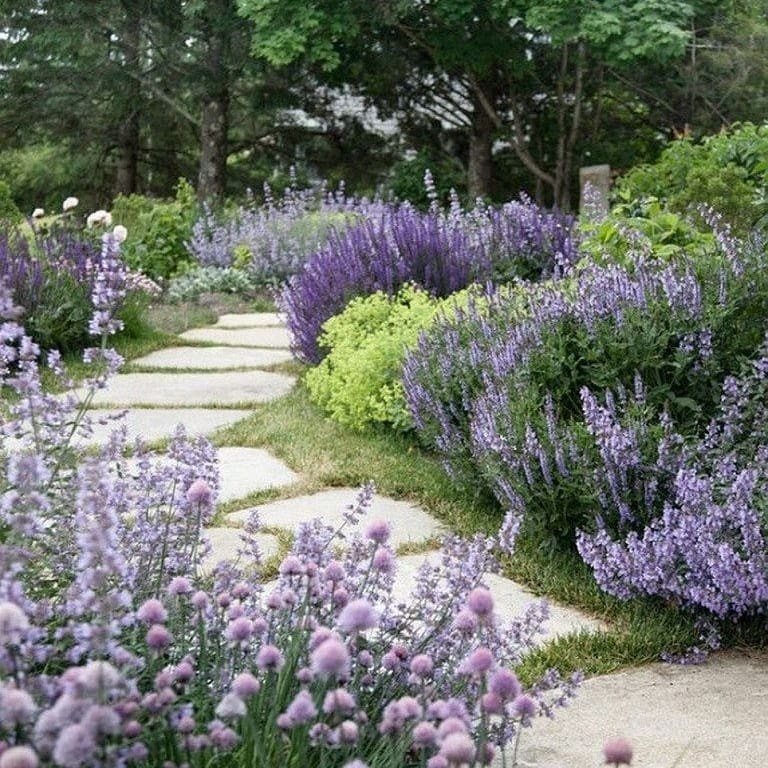
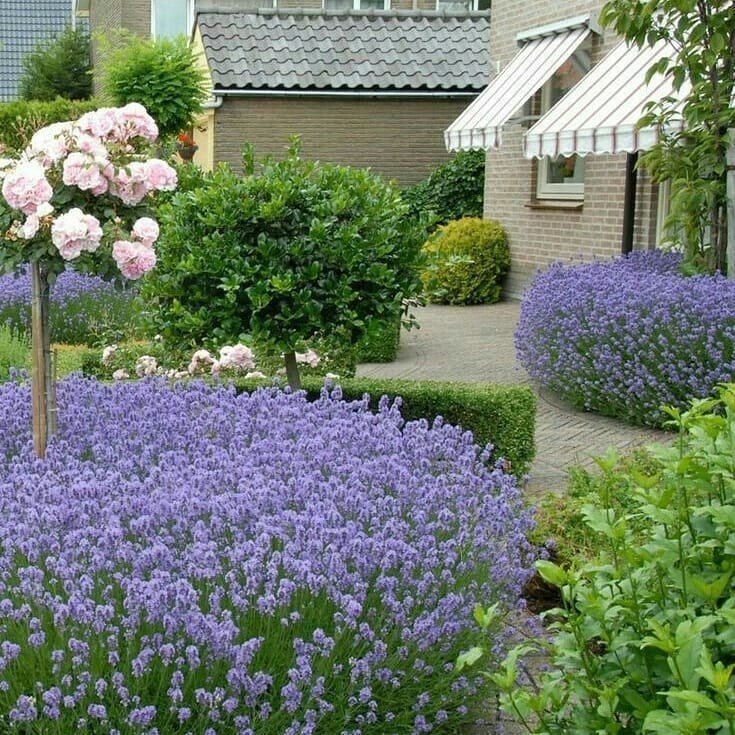

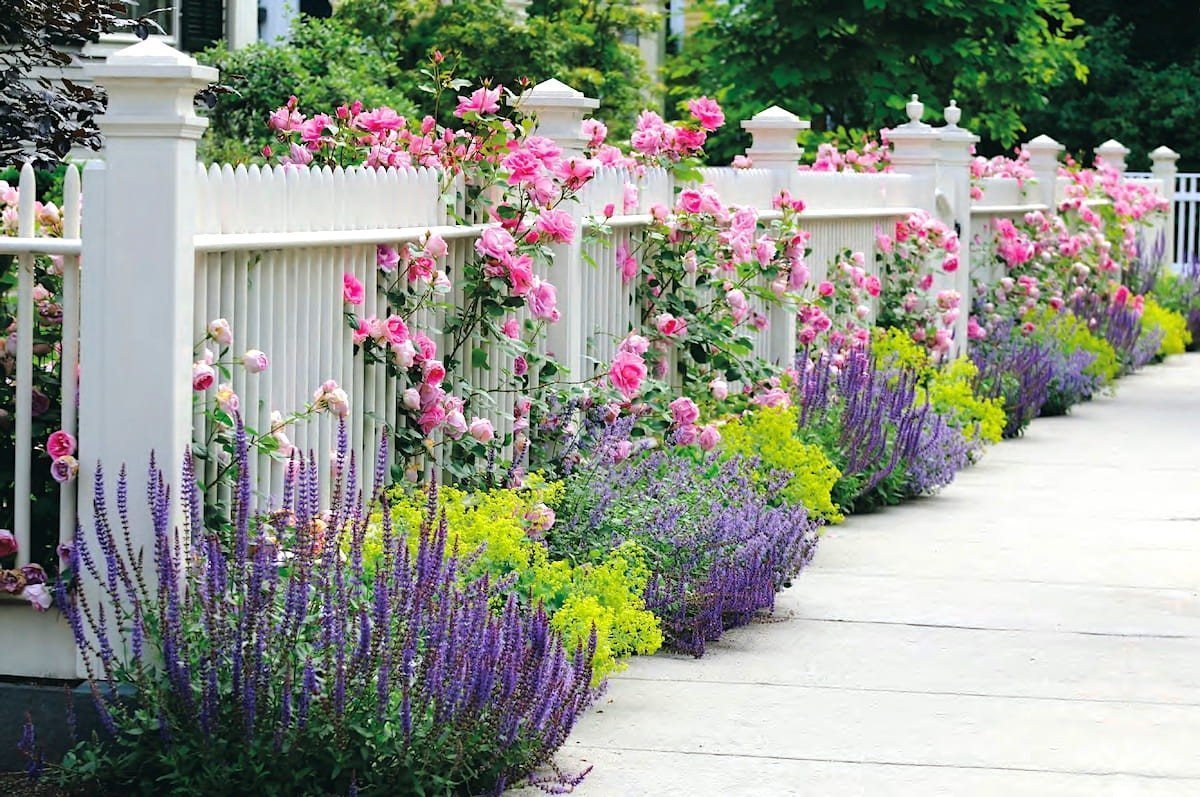
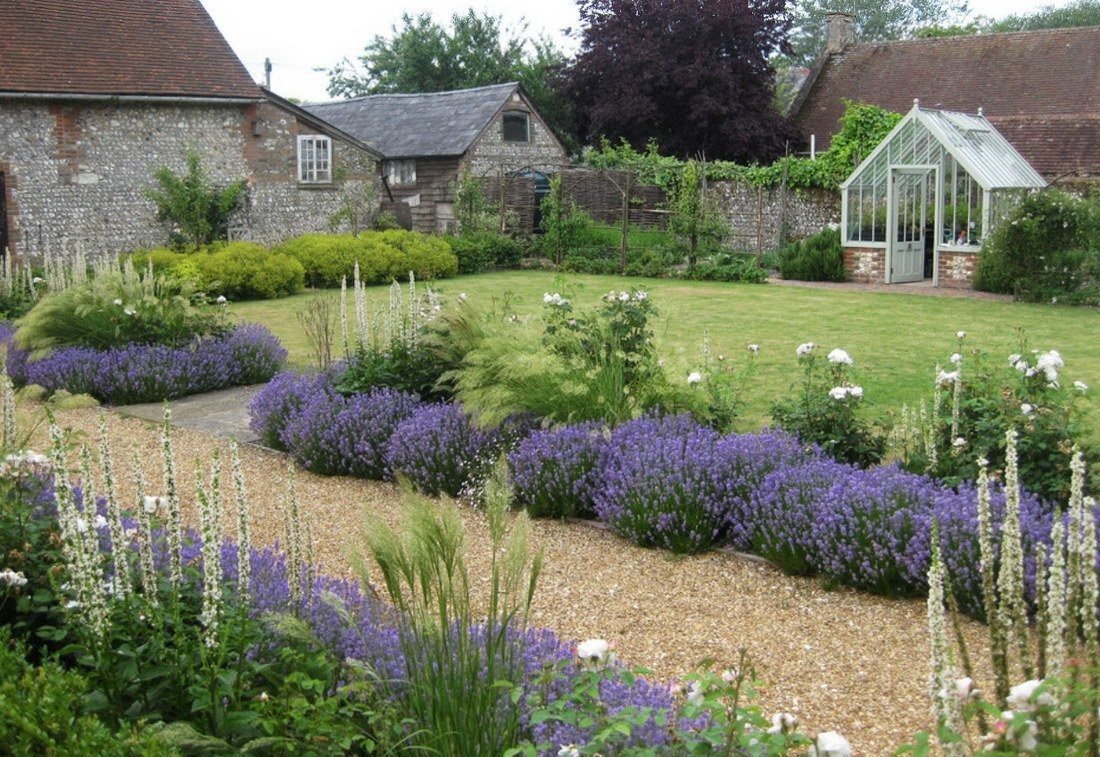
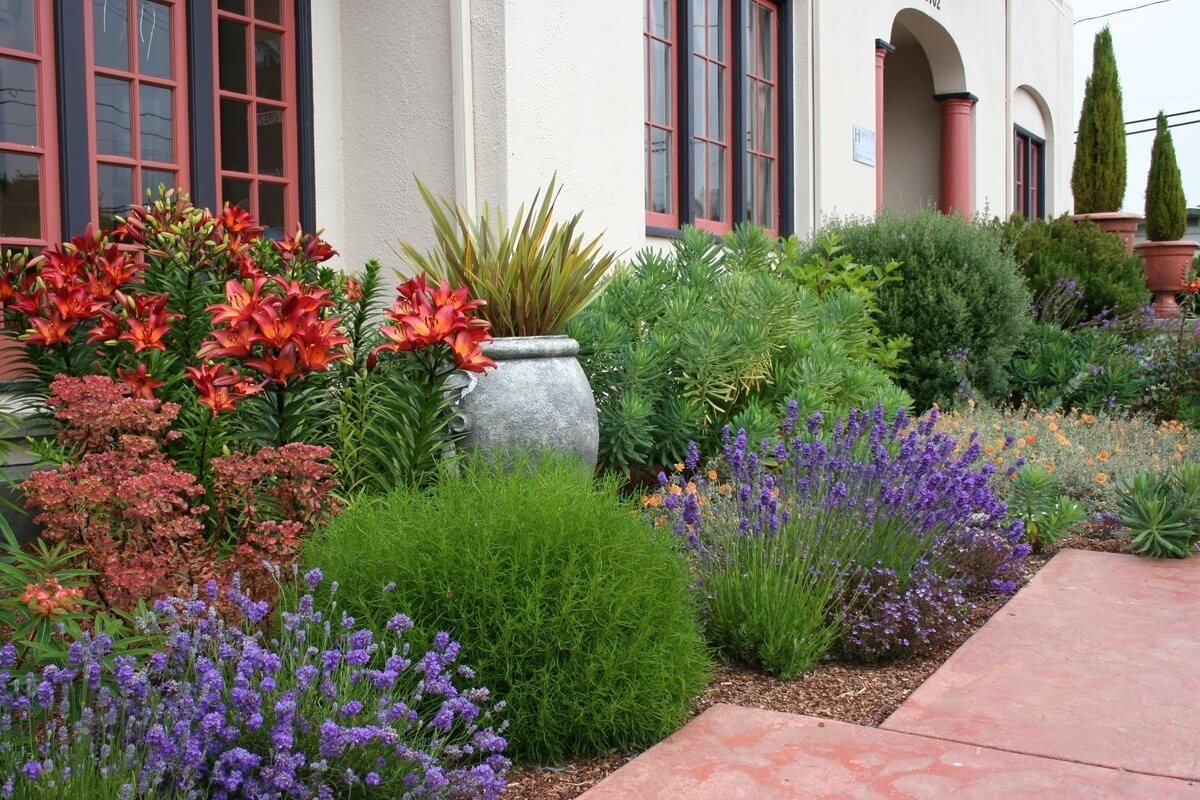
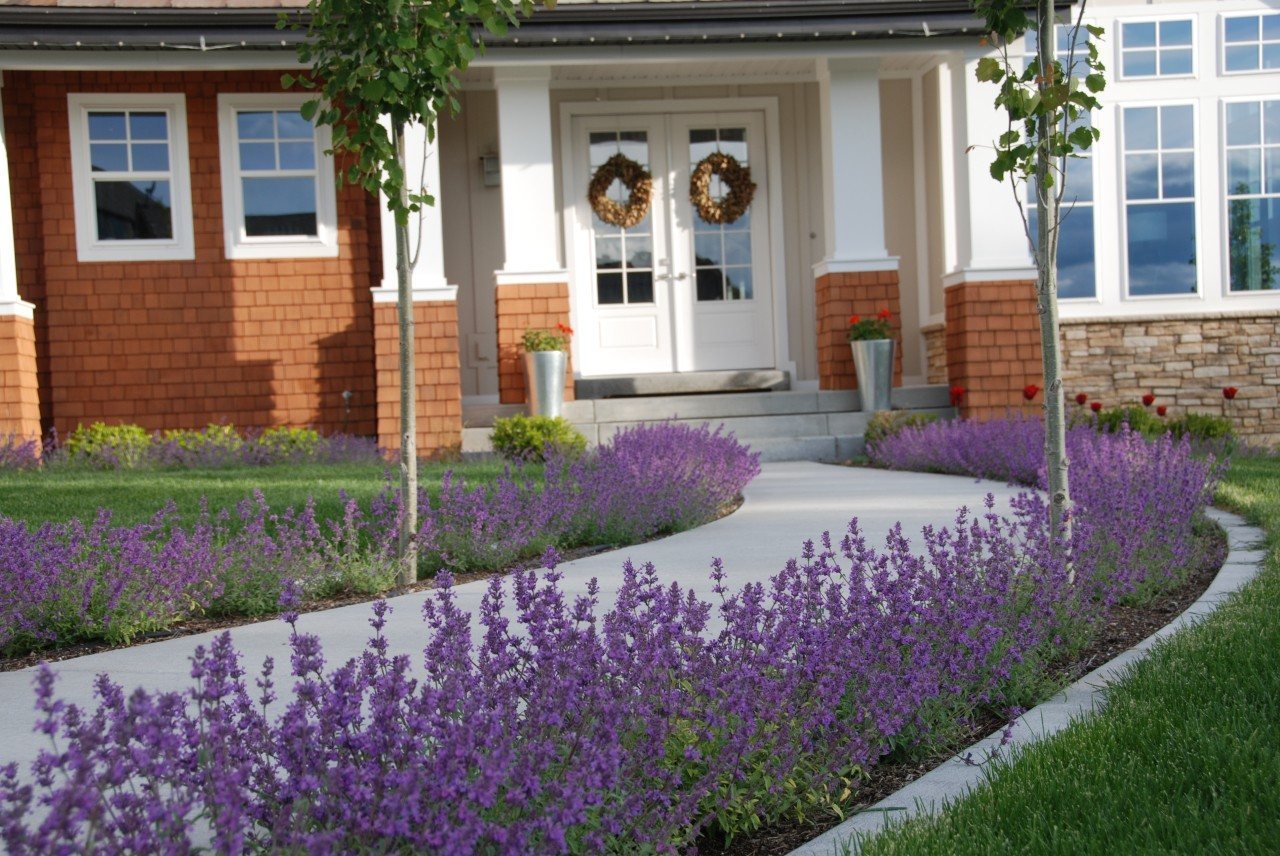
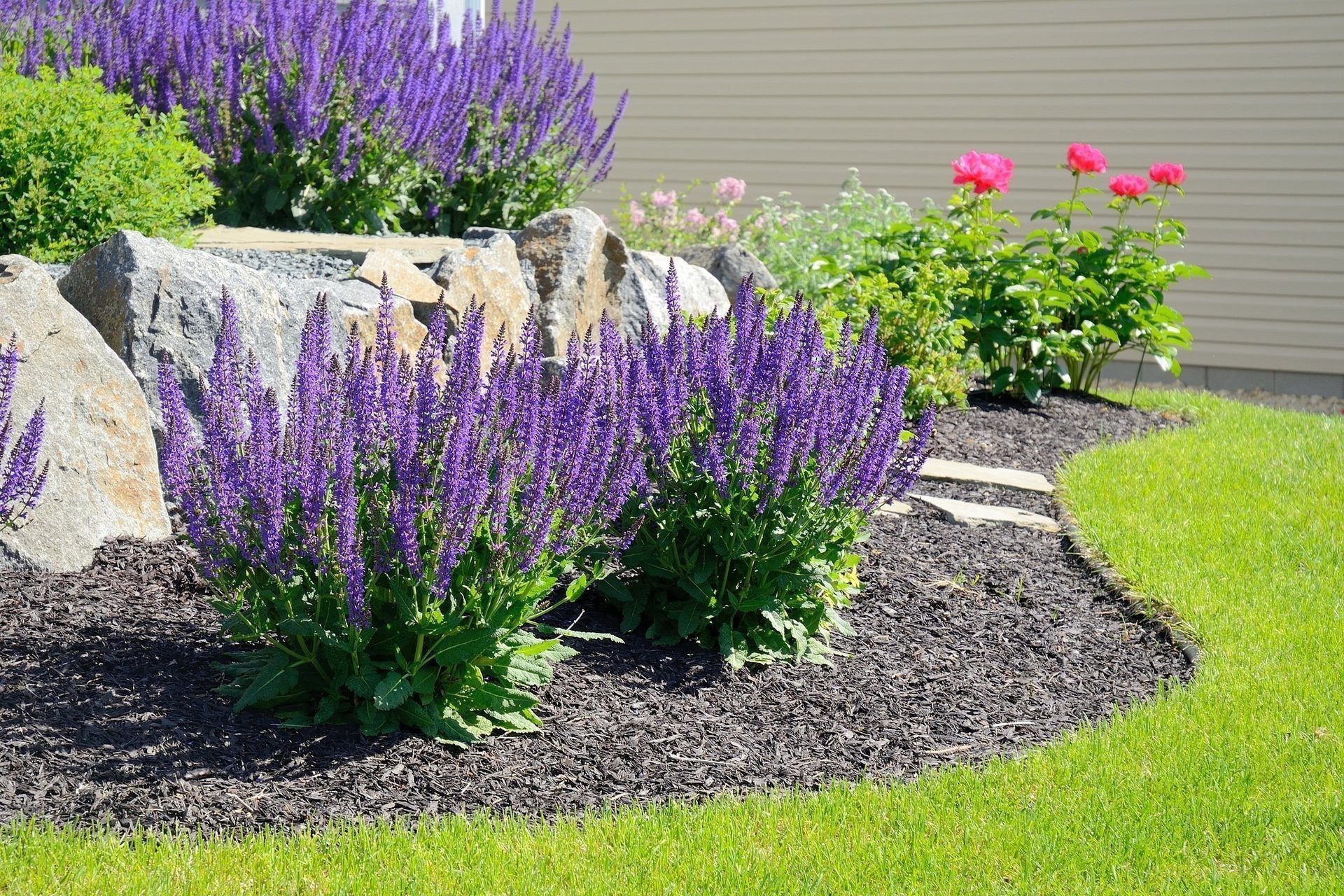
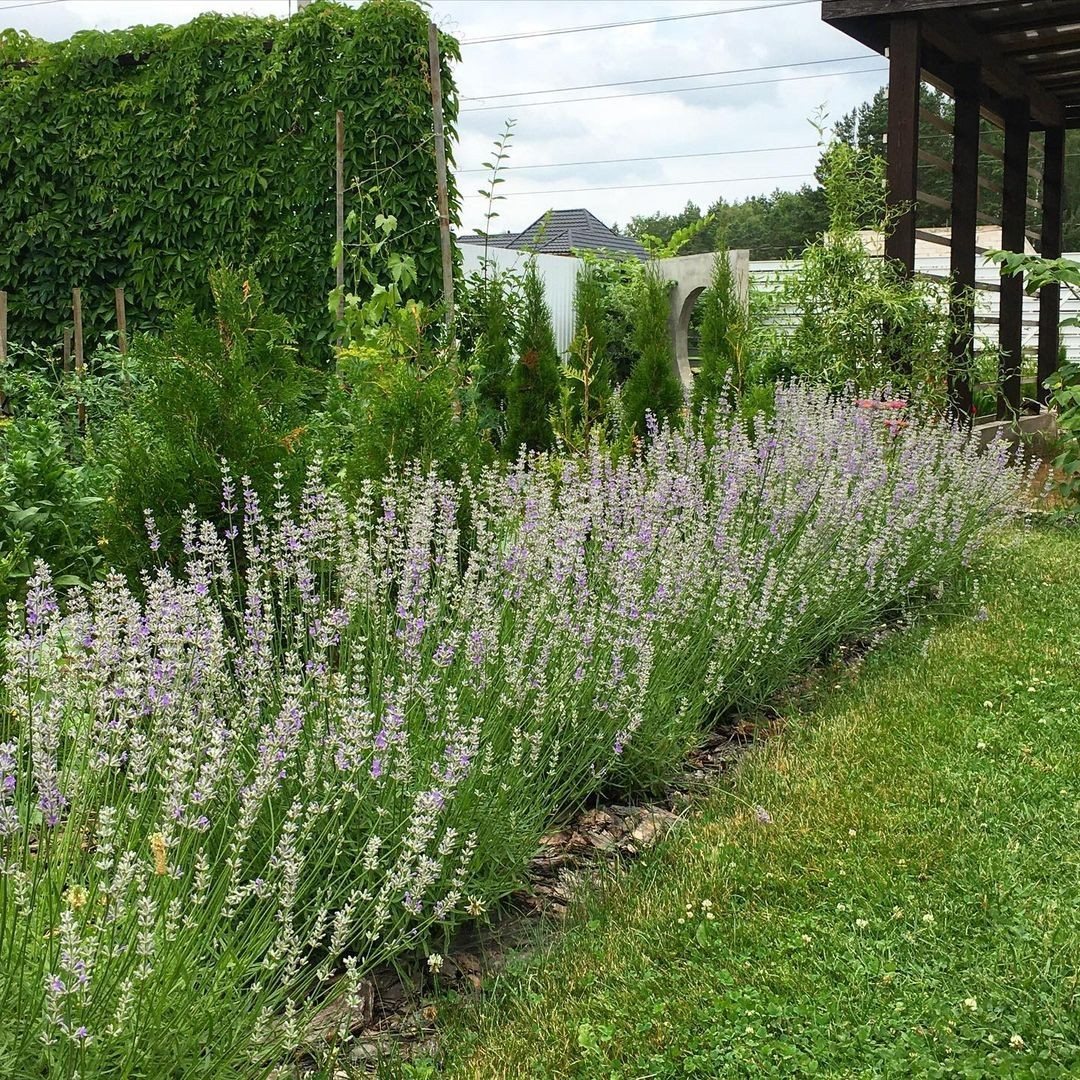
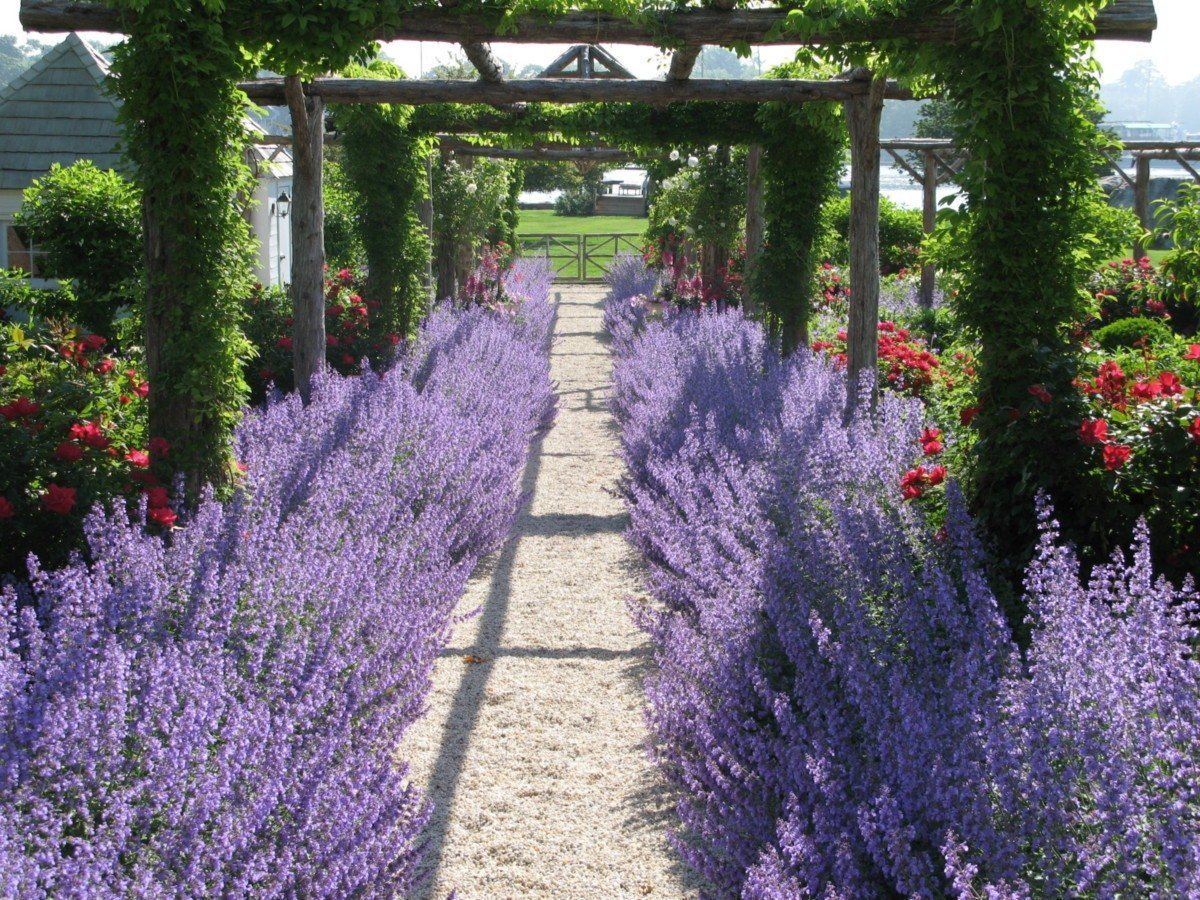










Watering
Lavender needs moderate watering during the growing season and sparingly during dormancy. Humidify with settled water at room temperature. Between waterings, the top layer of soil should have time to dry out. After moistening, the water in the pan must be left for half an hour to saturate the soil, and after the time has elapsed, the remaining liquid must be poured out.
But, despite lavender’s intolerance to stagnant moisture, the earthen clod in the peas should not be allowed to dry out completely, otherwise it will not be possible to revive the plant.
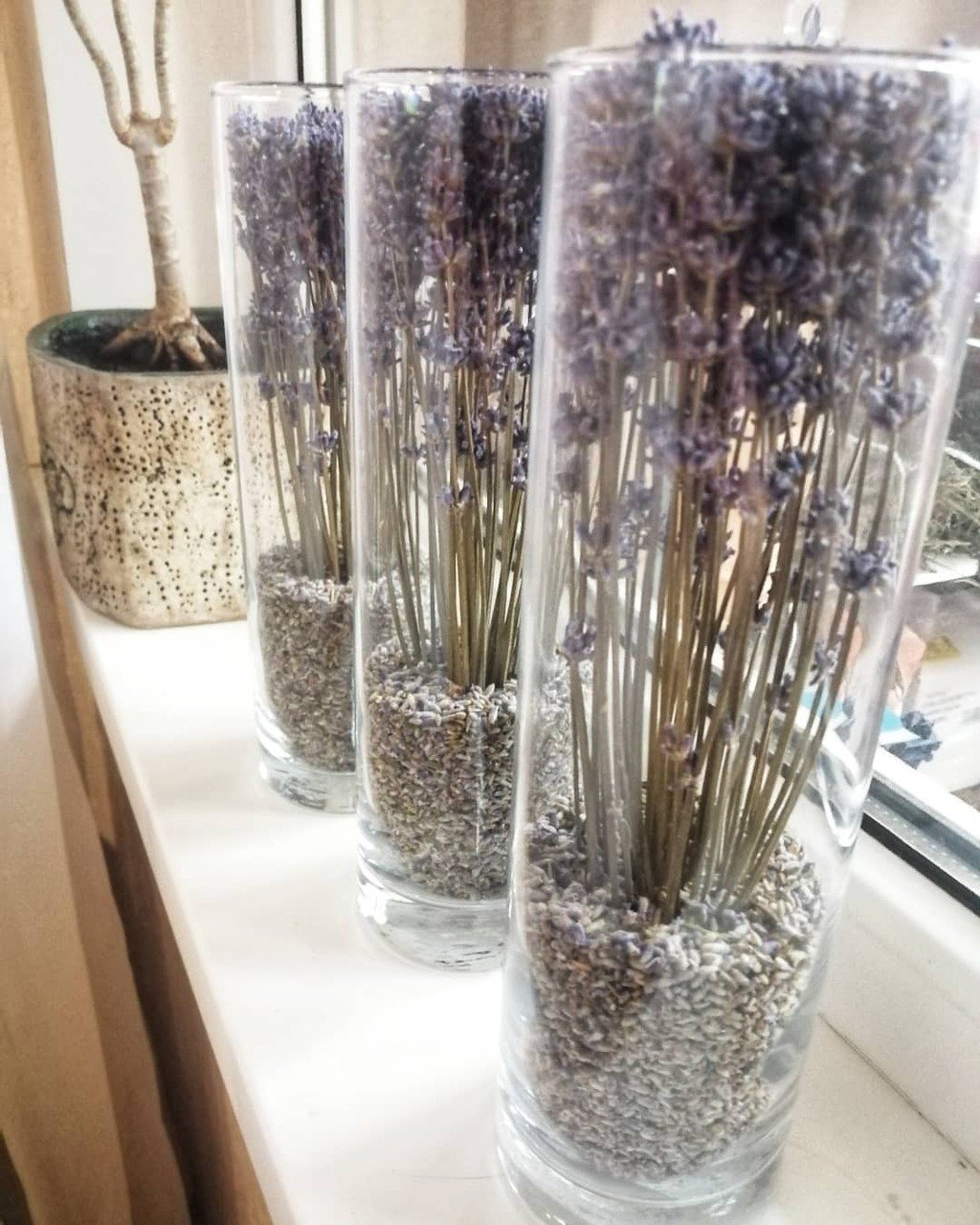
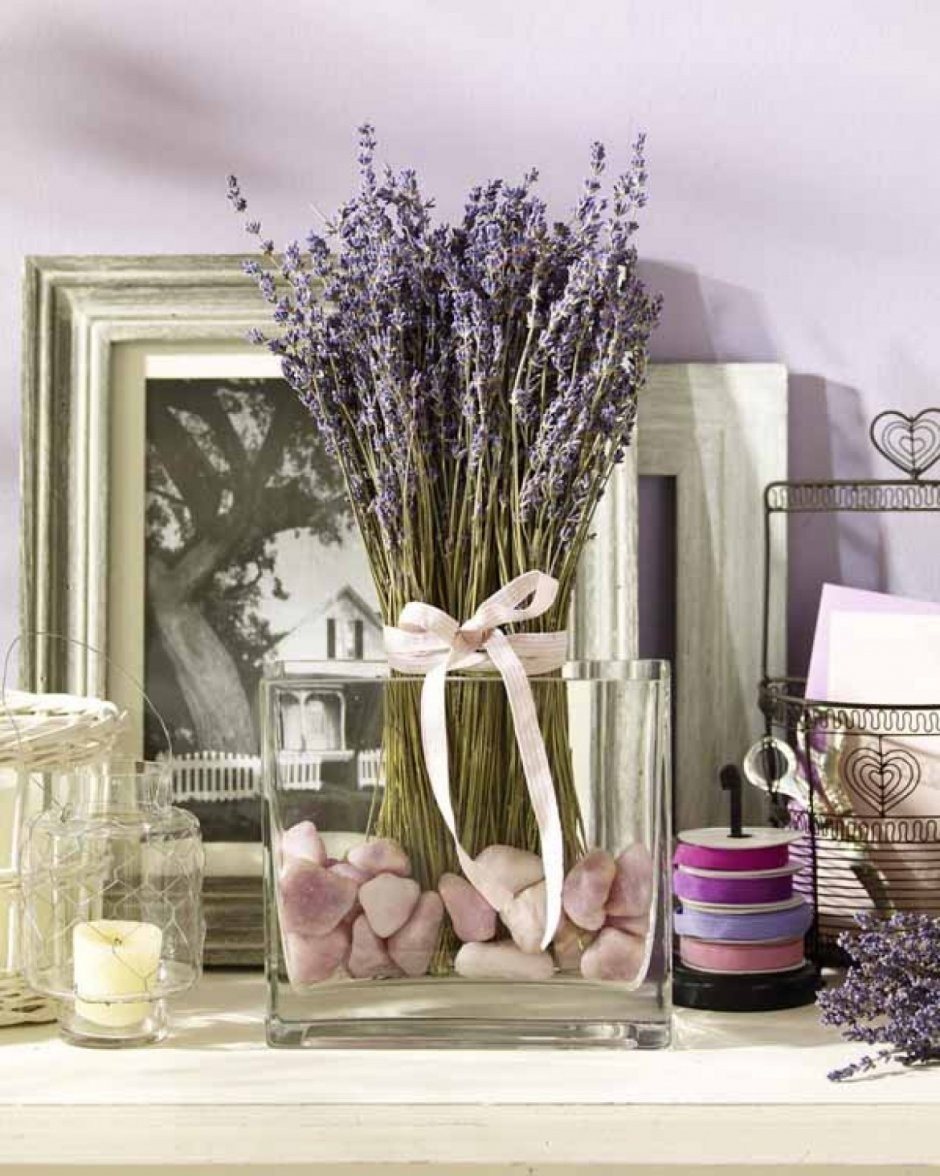
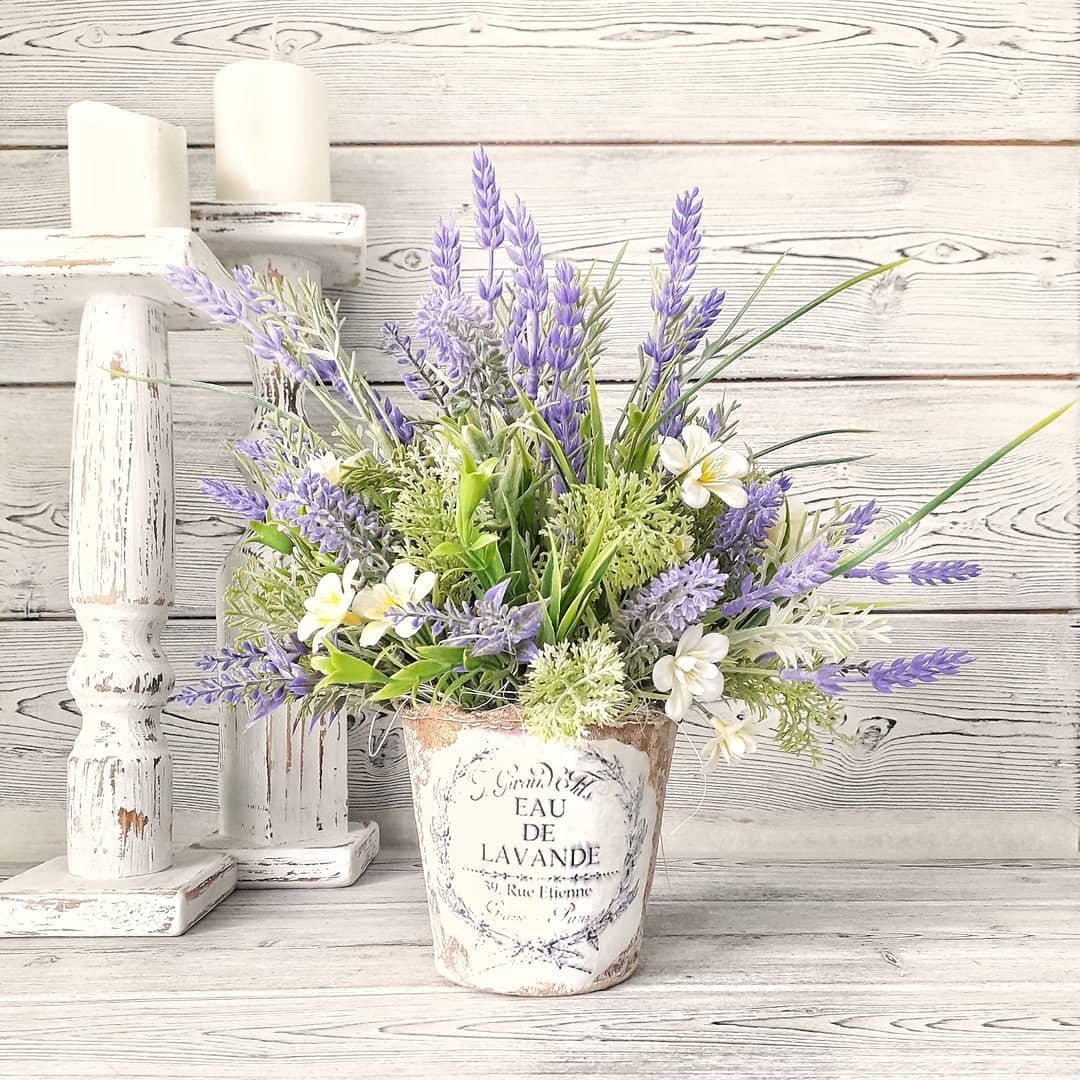
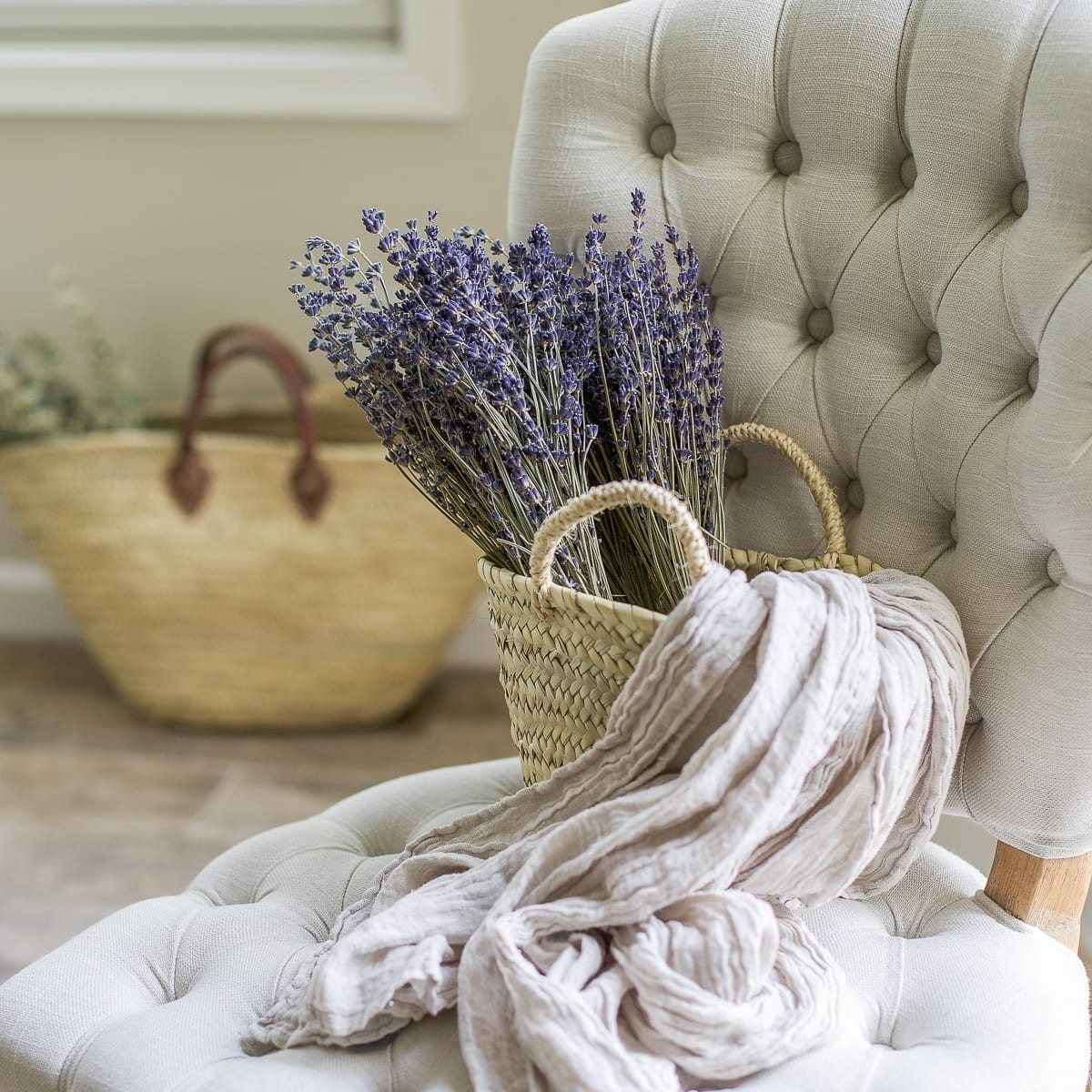
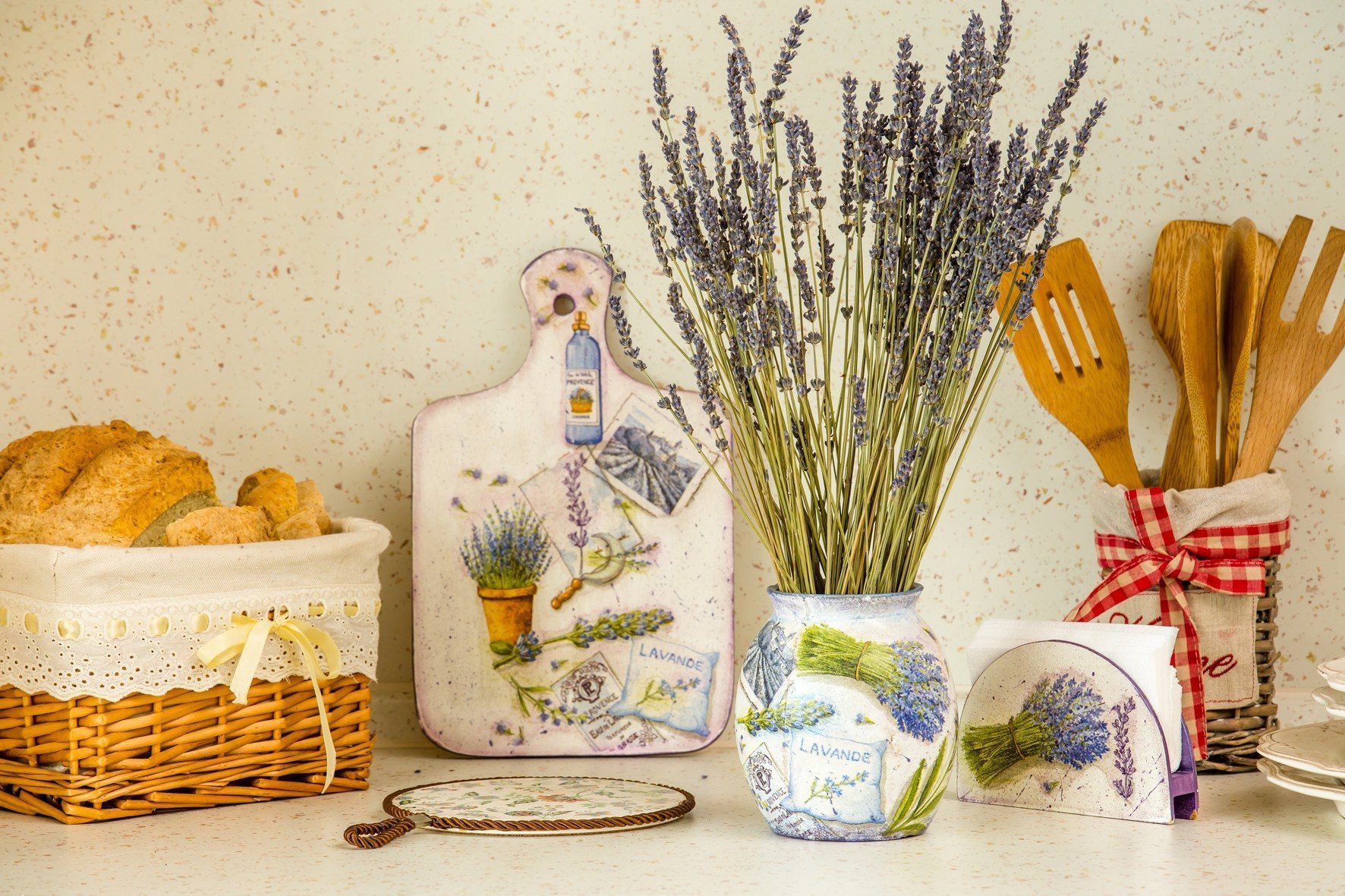

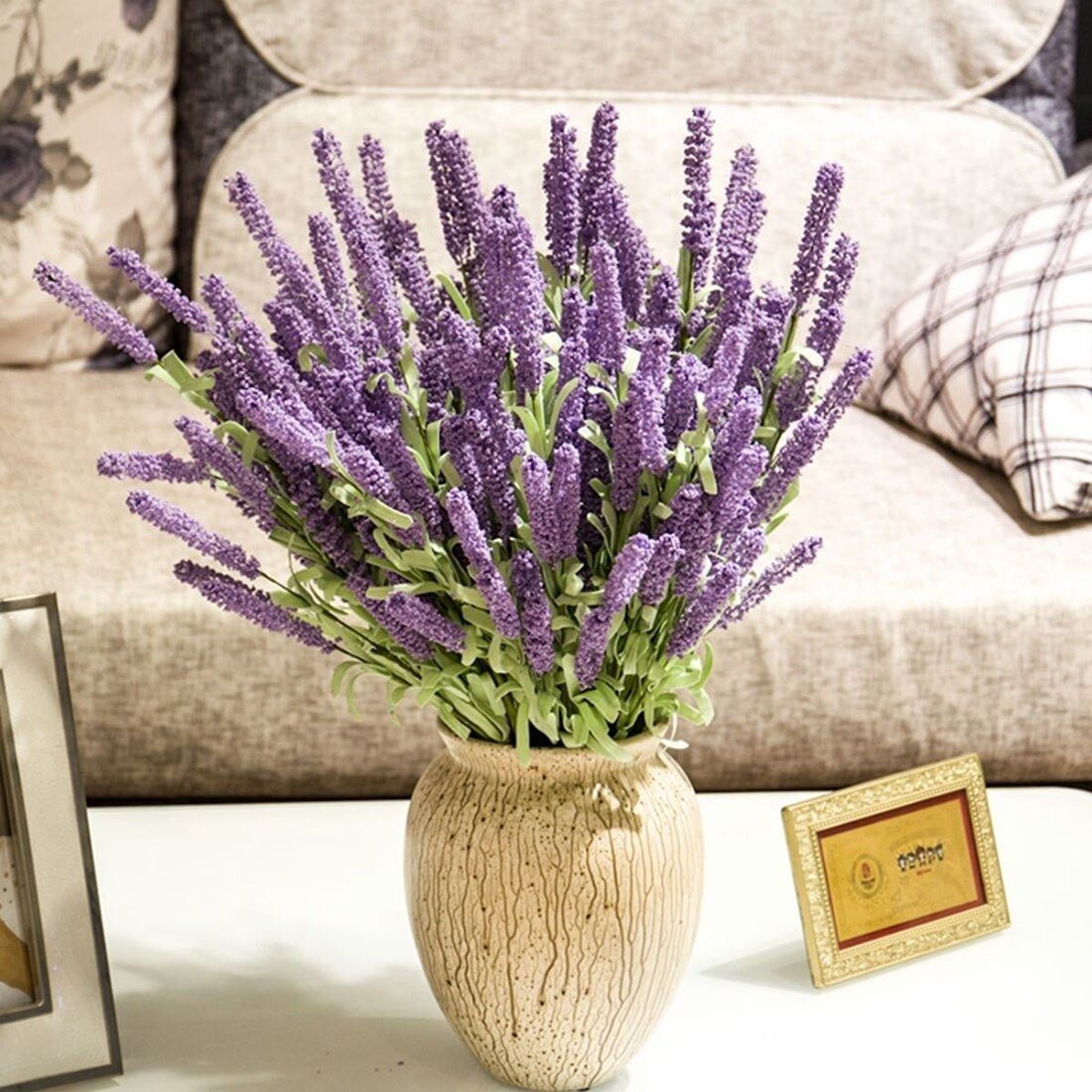
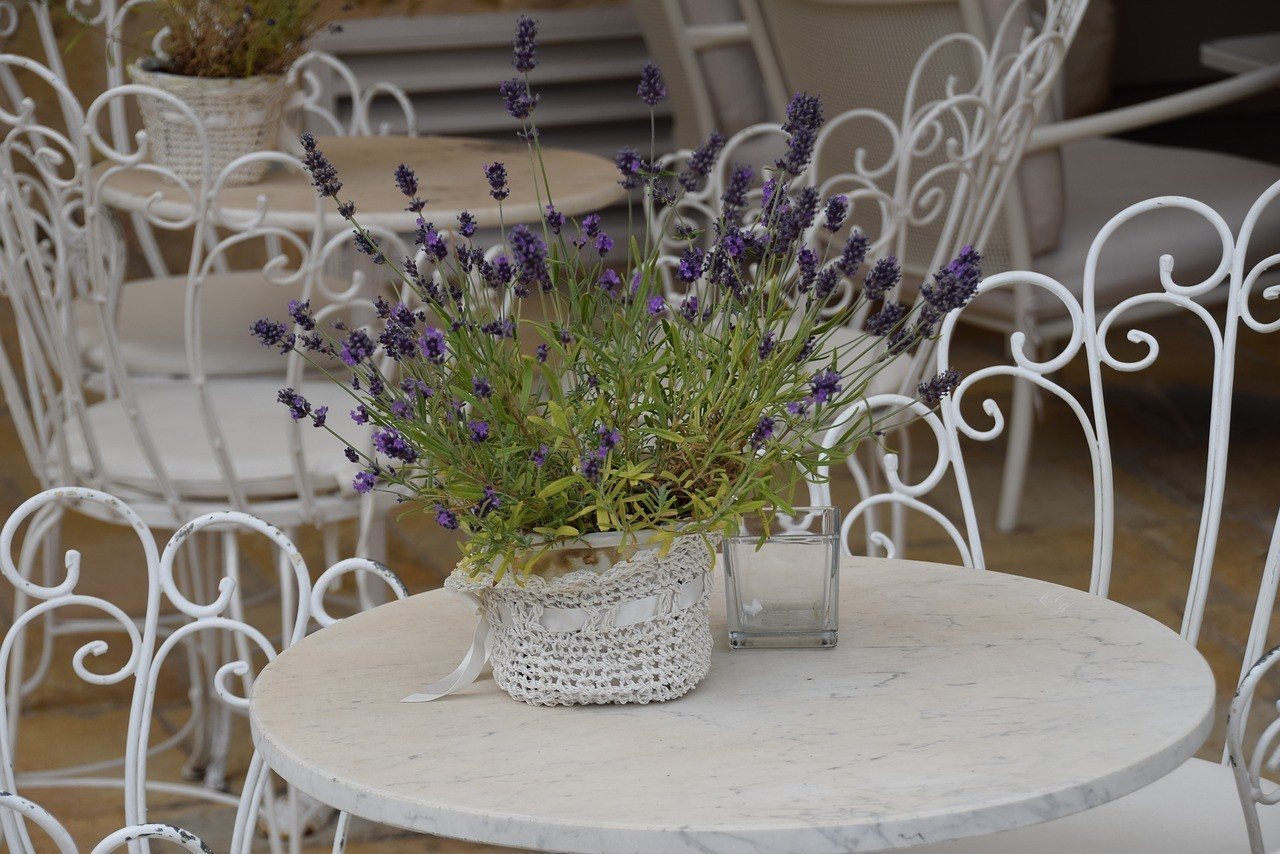
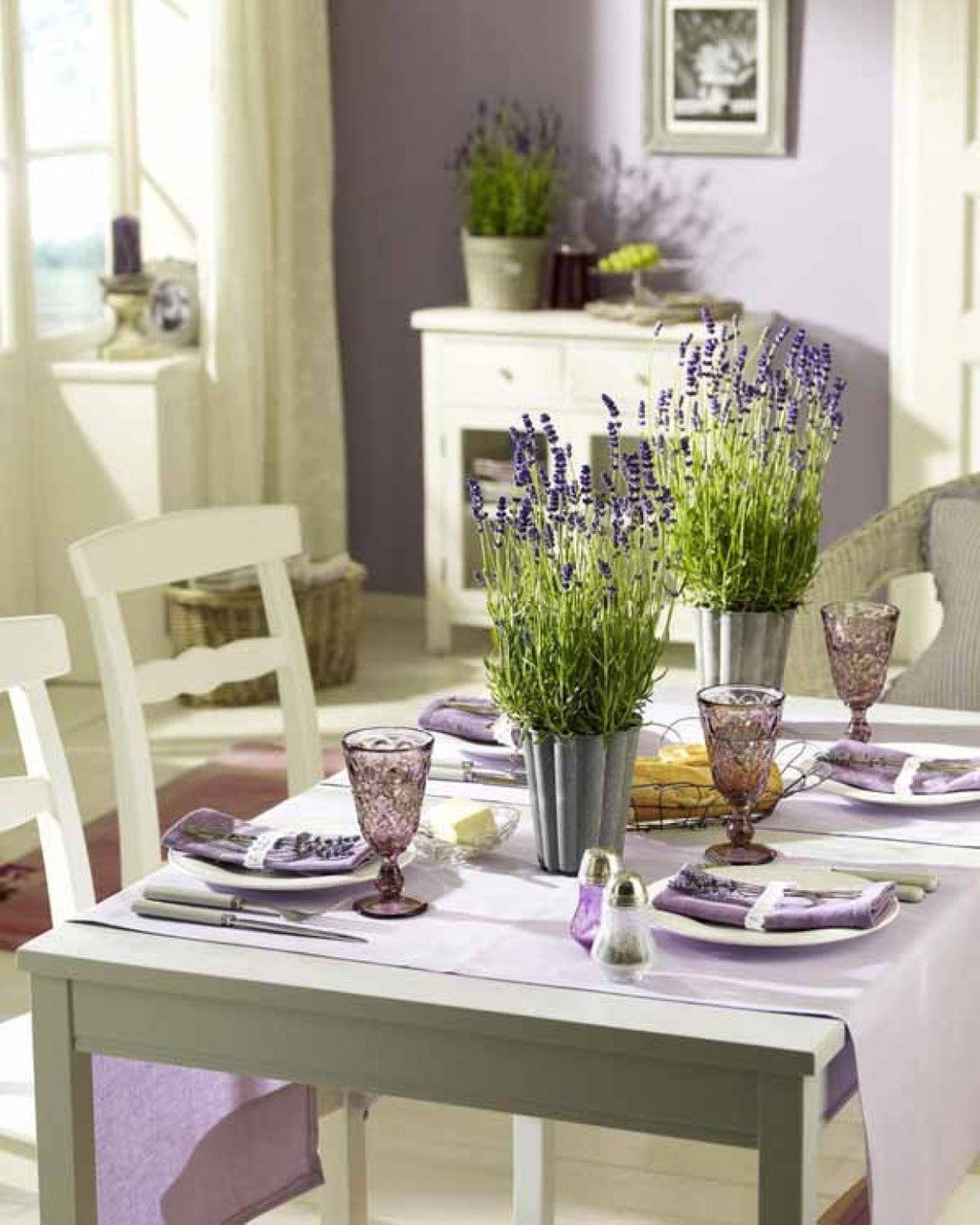
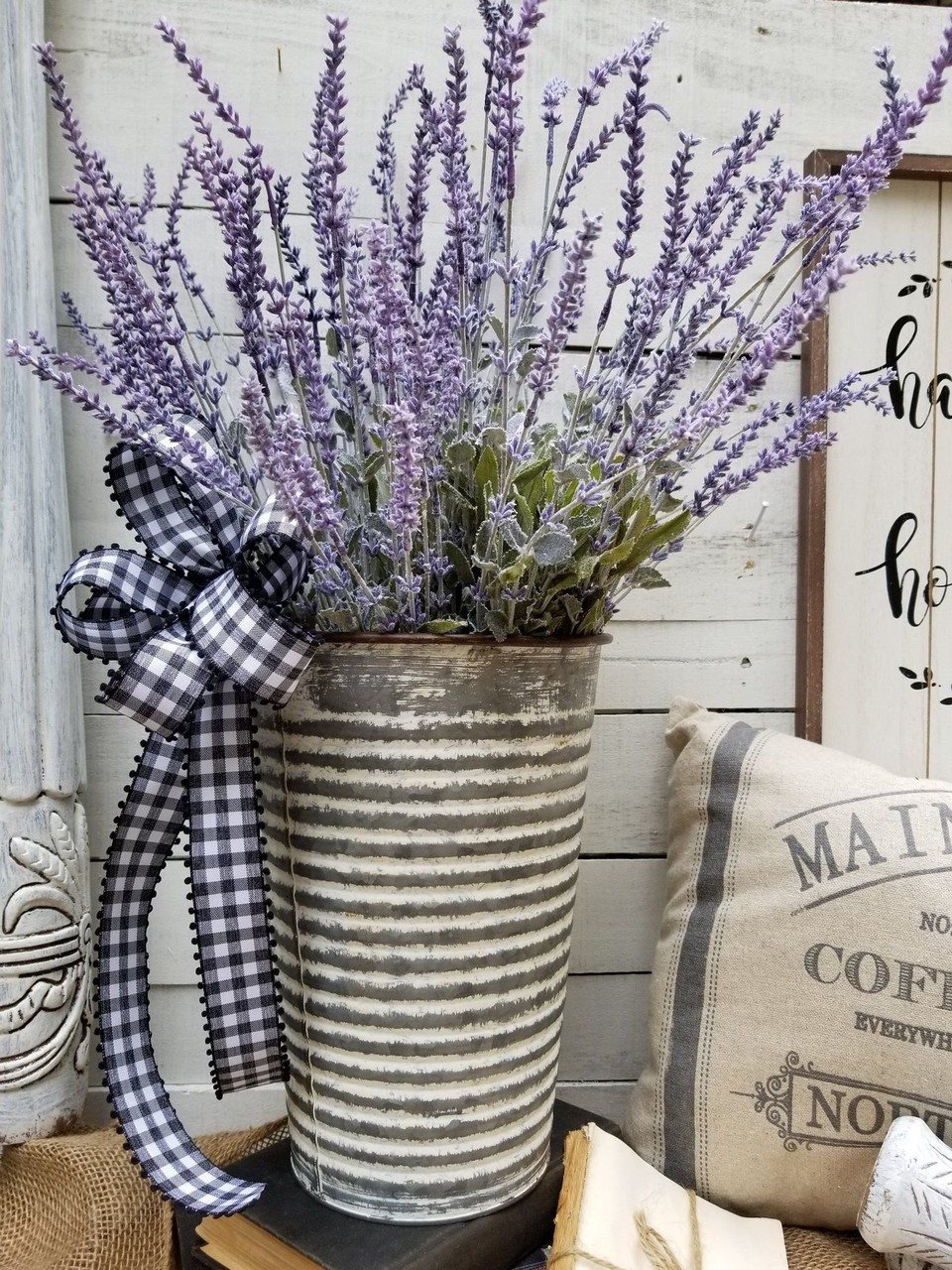










Fertilizer
During the active growing season, homemade lavender needs regular feeding. To do this, you can use mineral fertilizers for flowering crops. The frequency of their use is once every 14 days. You can purchase fertilizers at any specialized store. It is recommended to give preference to products with a high content of phosphorus and potassium.
You cannot use organic matter to feed lavender, as in this case the plant actively increases green mass to the detriment of flowering.
Trimming
To maintain the high decorative value of the plant, indoor lavender must be periodically pruned. The first time the procedure should be carried out in the spring, shortening the shoots by 1/3 of the length. The second time pruning is recommended at the end of flowering. During this period, you need to remove the peduncles with the upper leaves. It is impossible to cut off the shoots of the plant at the level of the lignified part, as this will lead to a significant weakening of the bushes and may cause their death.
It is also necessary to carry out sanitary pruning of indoor lavender throughout the year. It involves clearing the crown of outdated shoots.
Transfer


